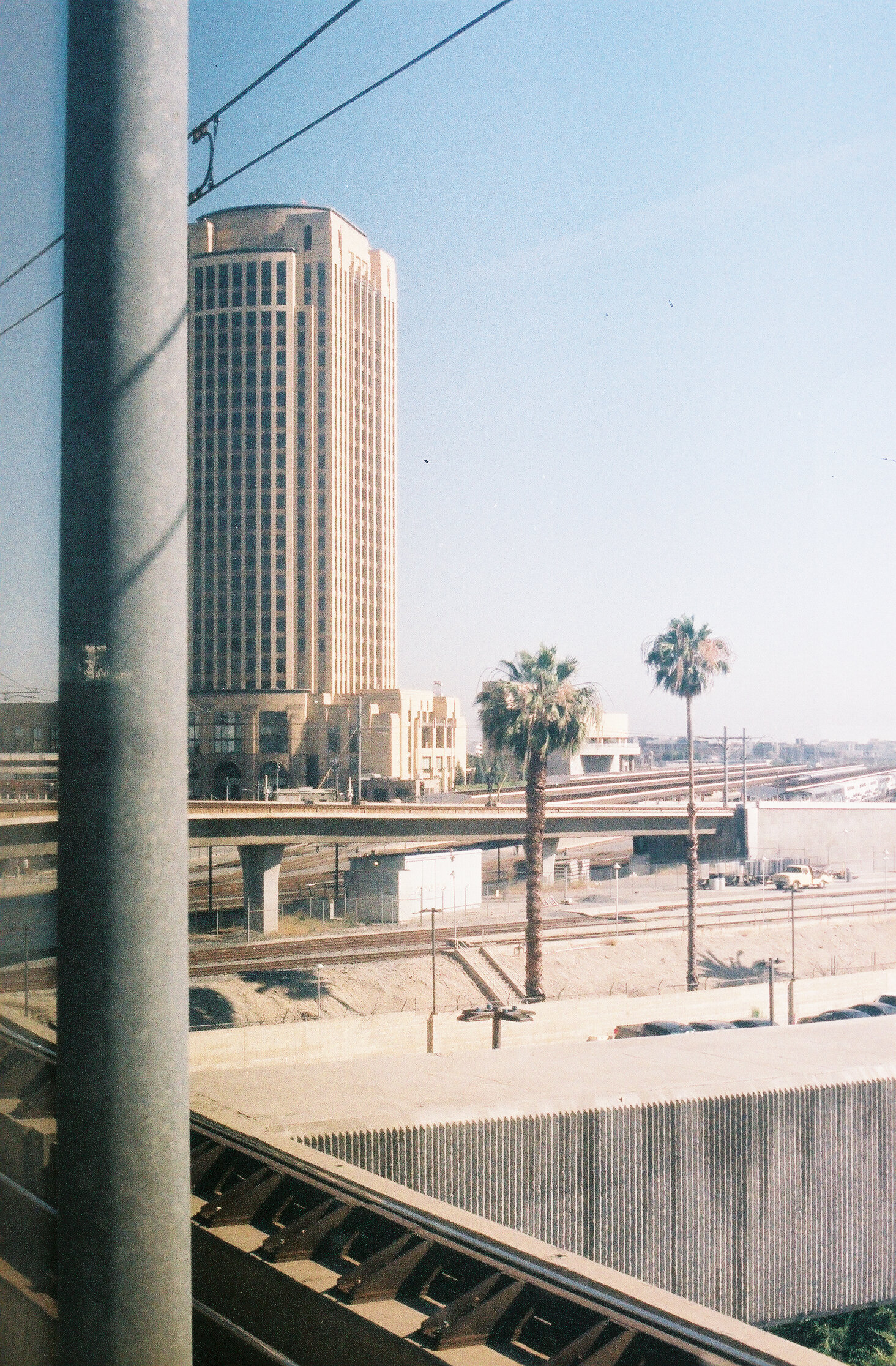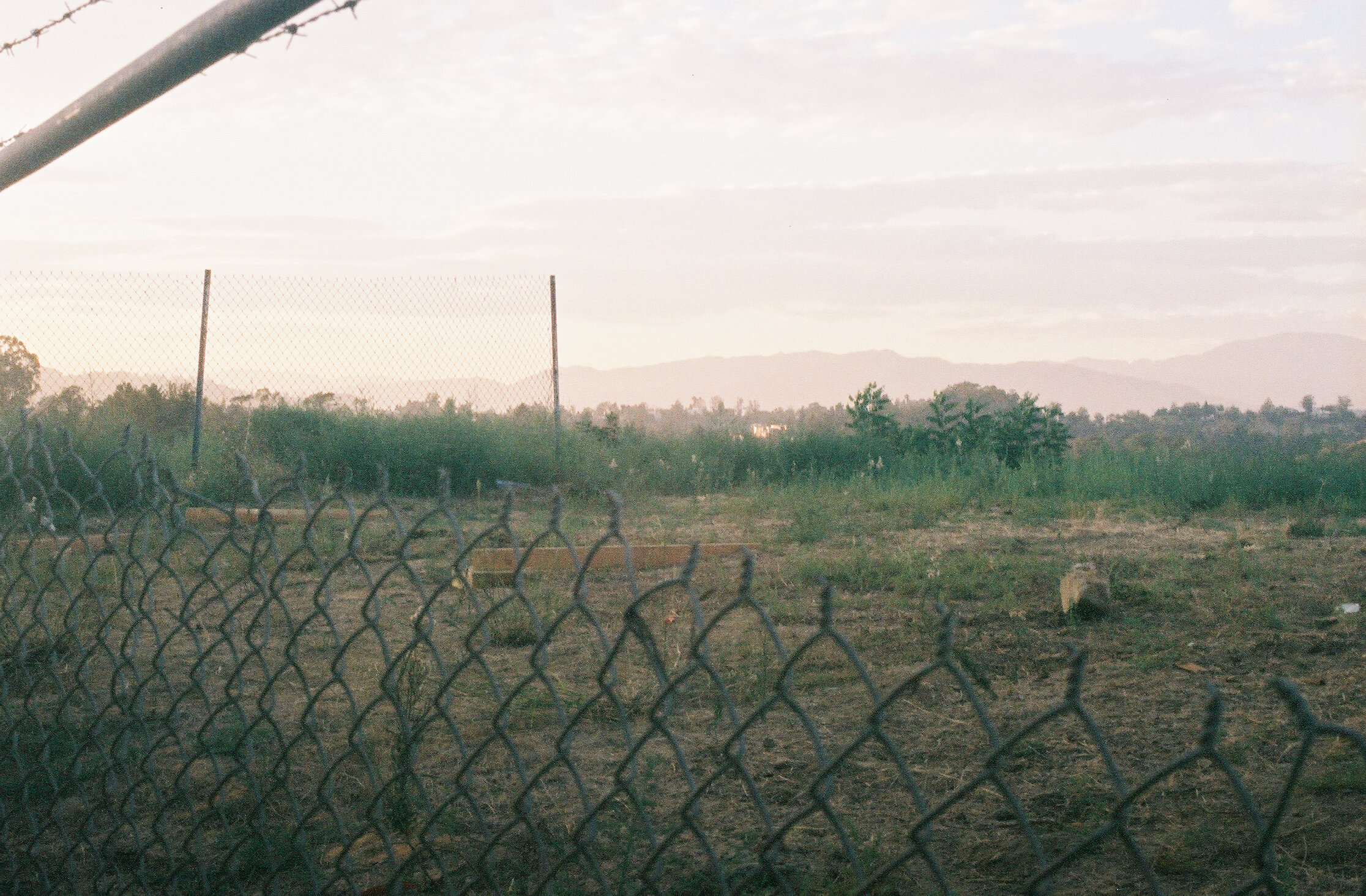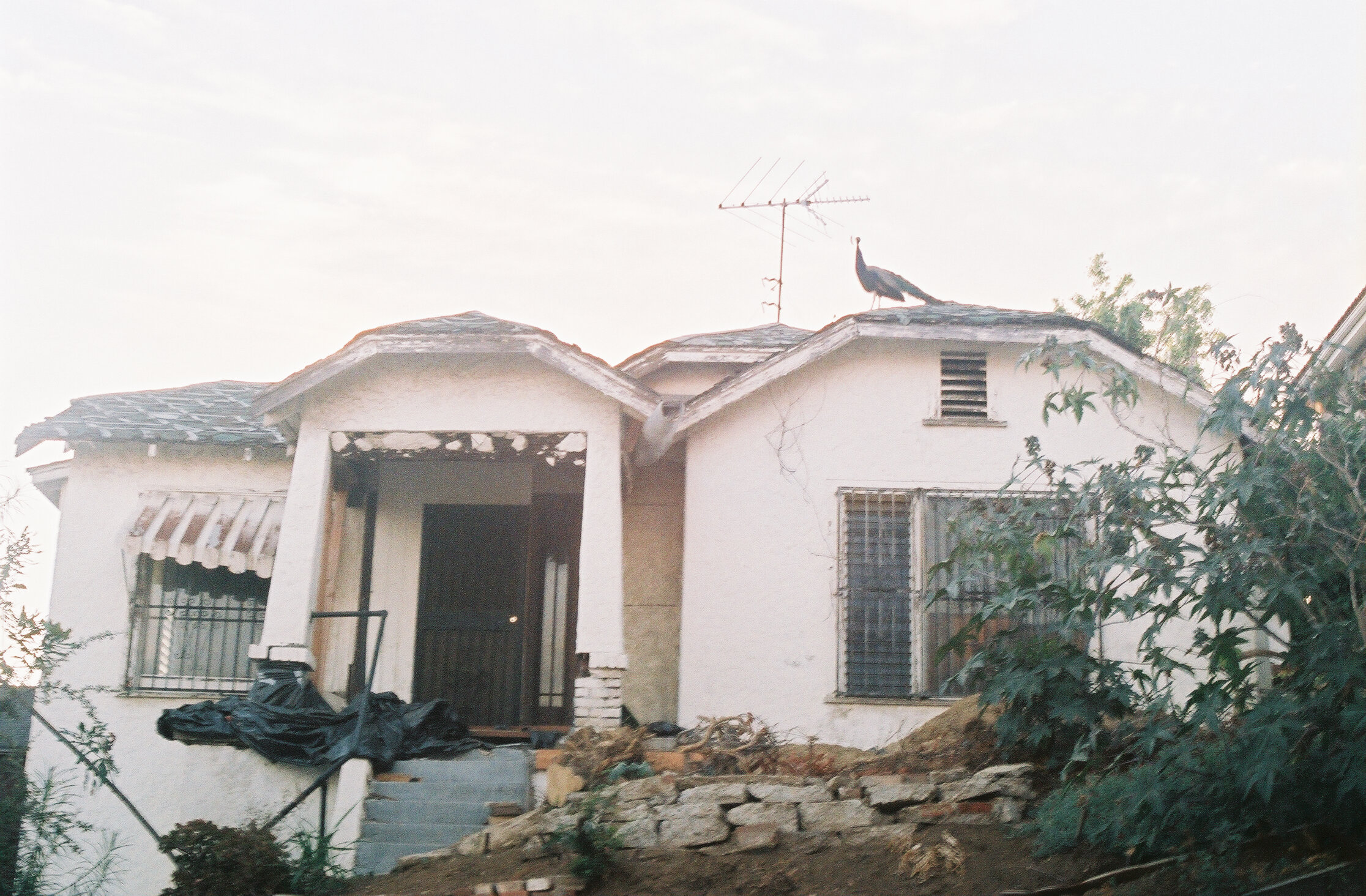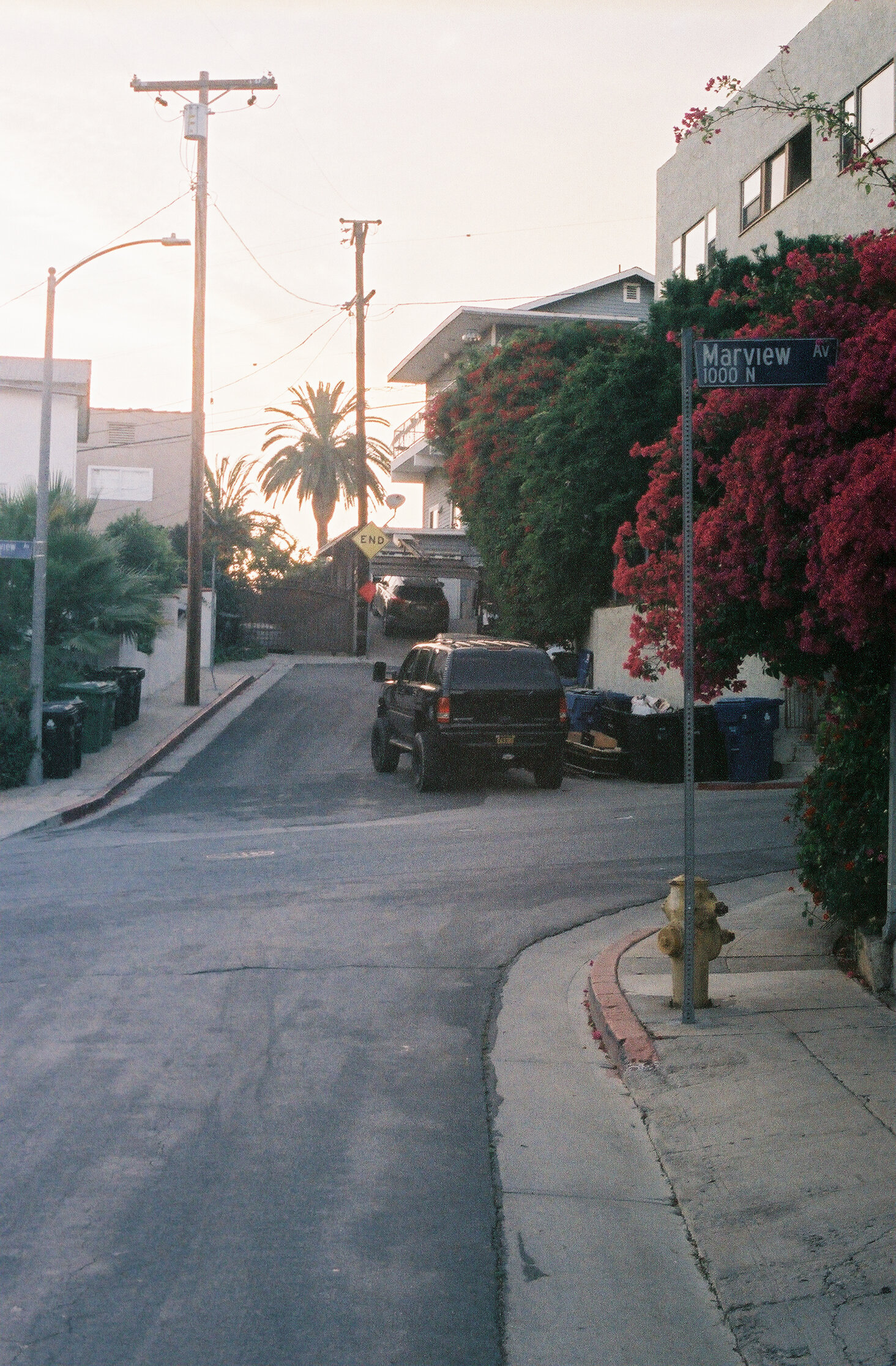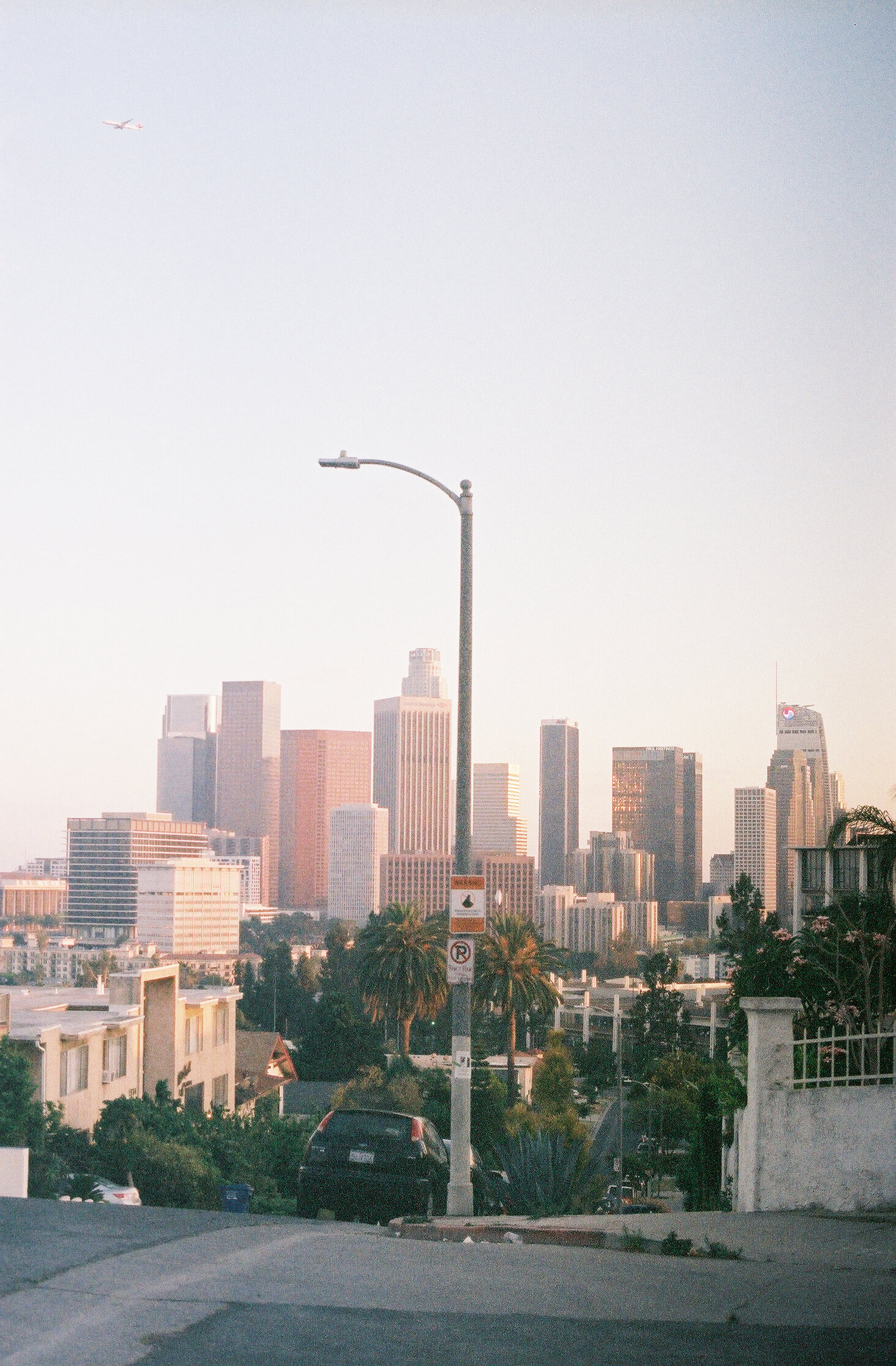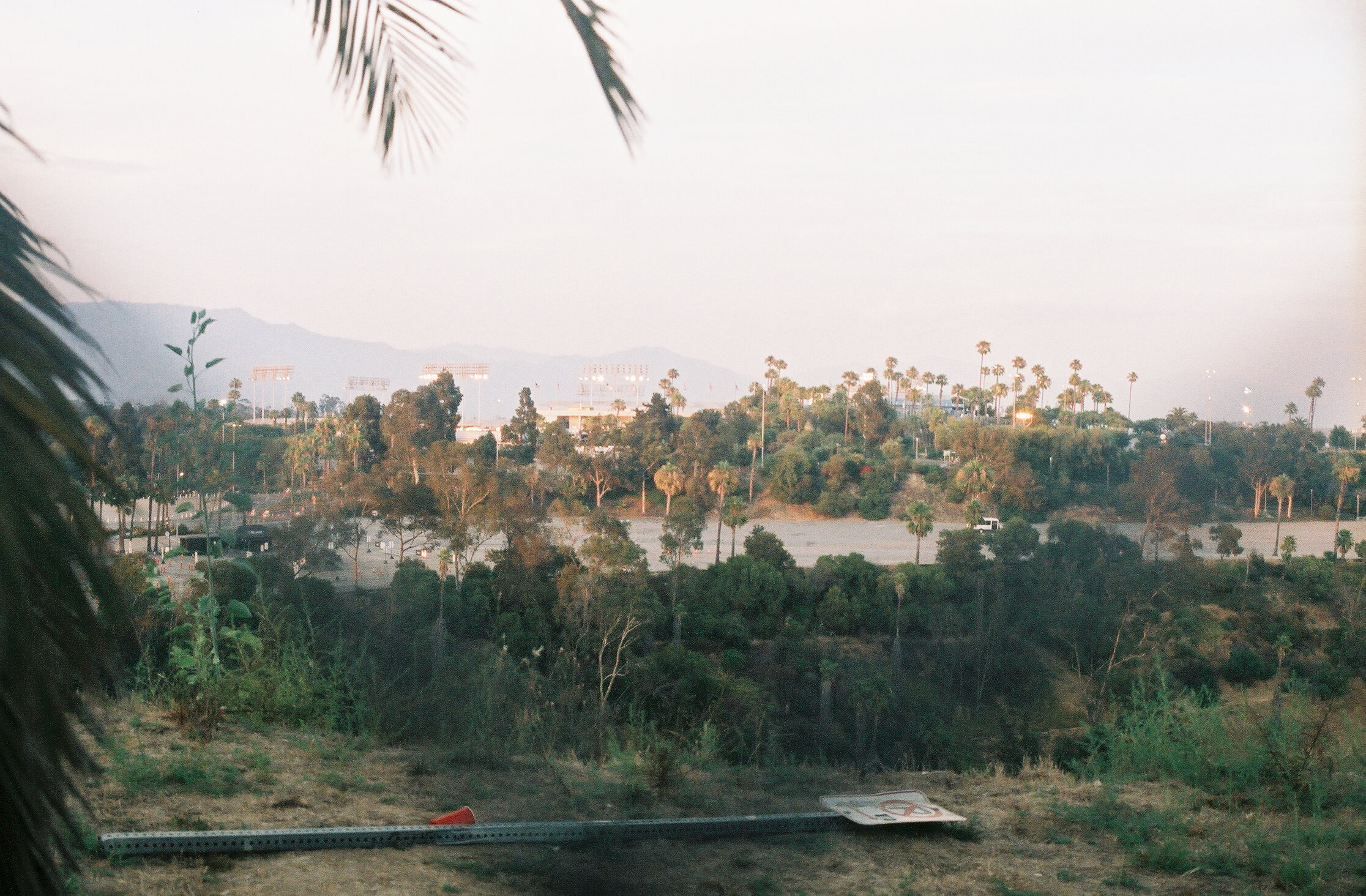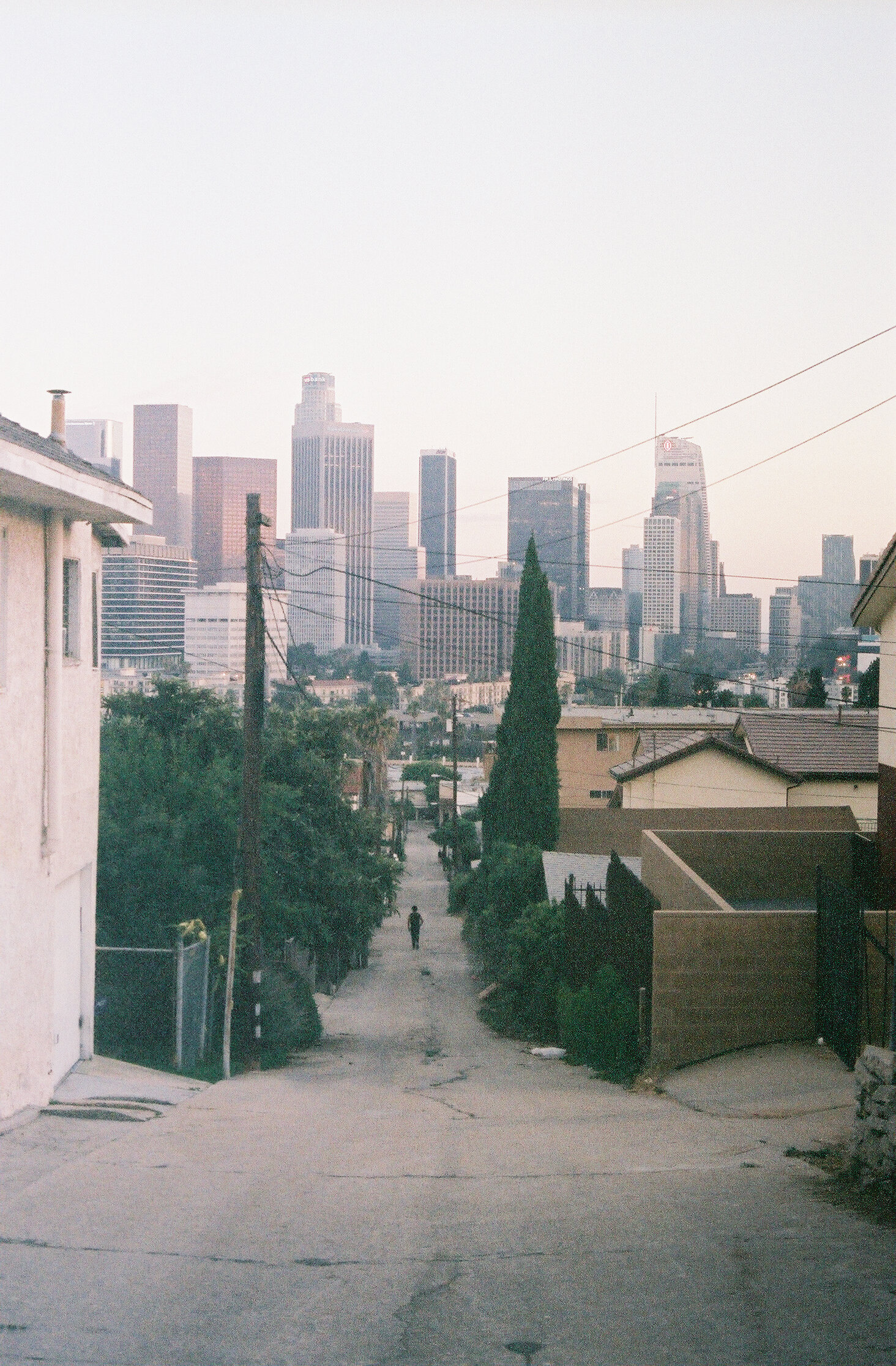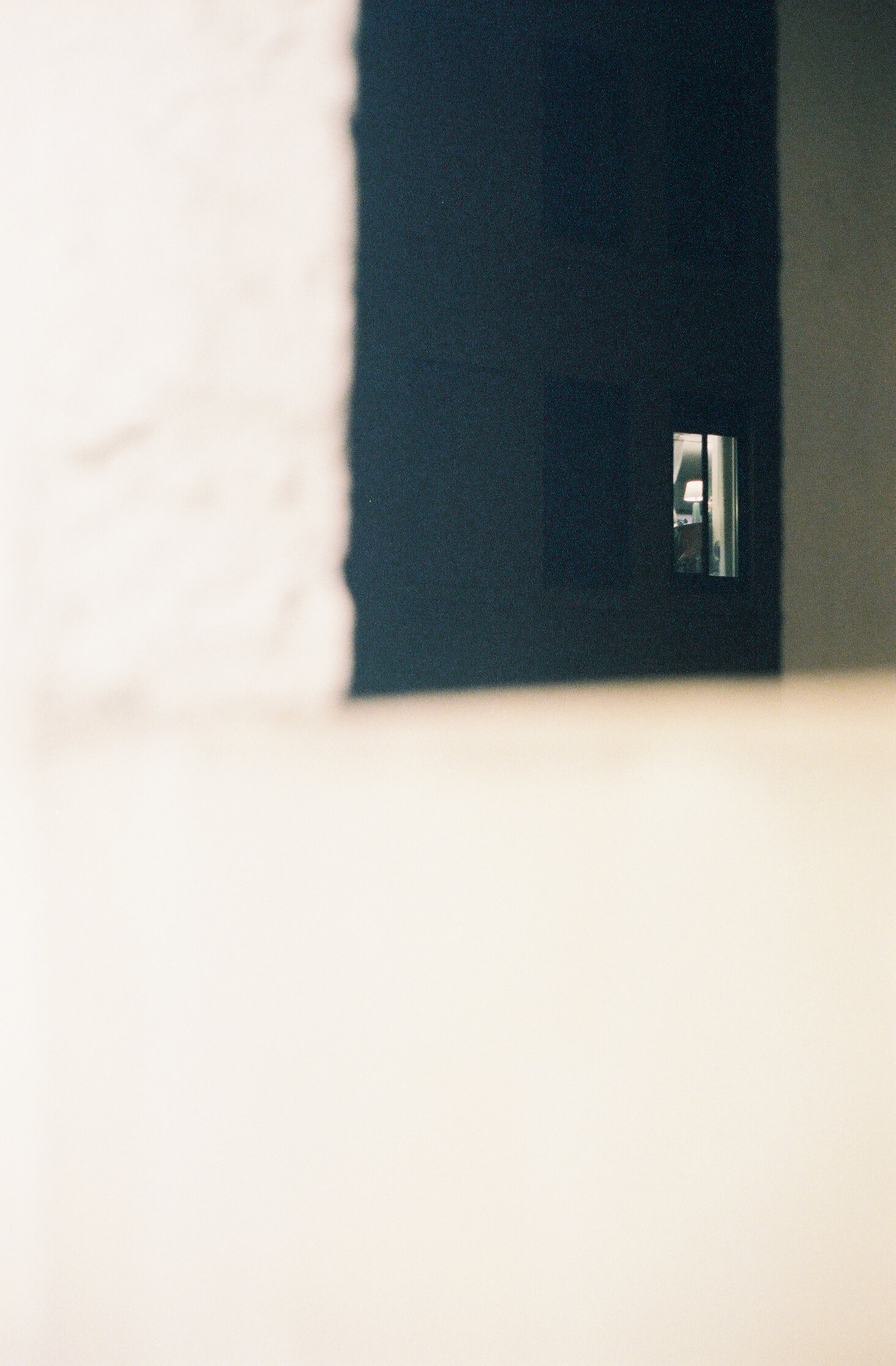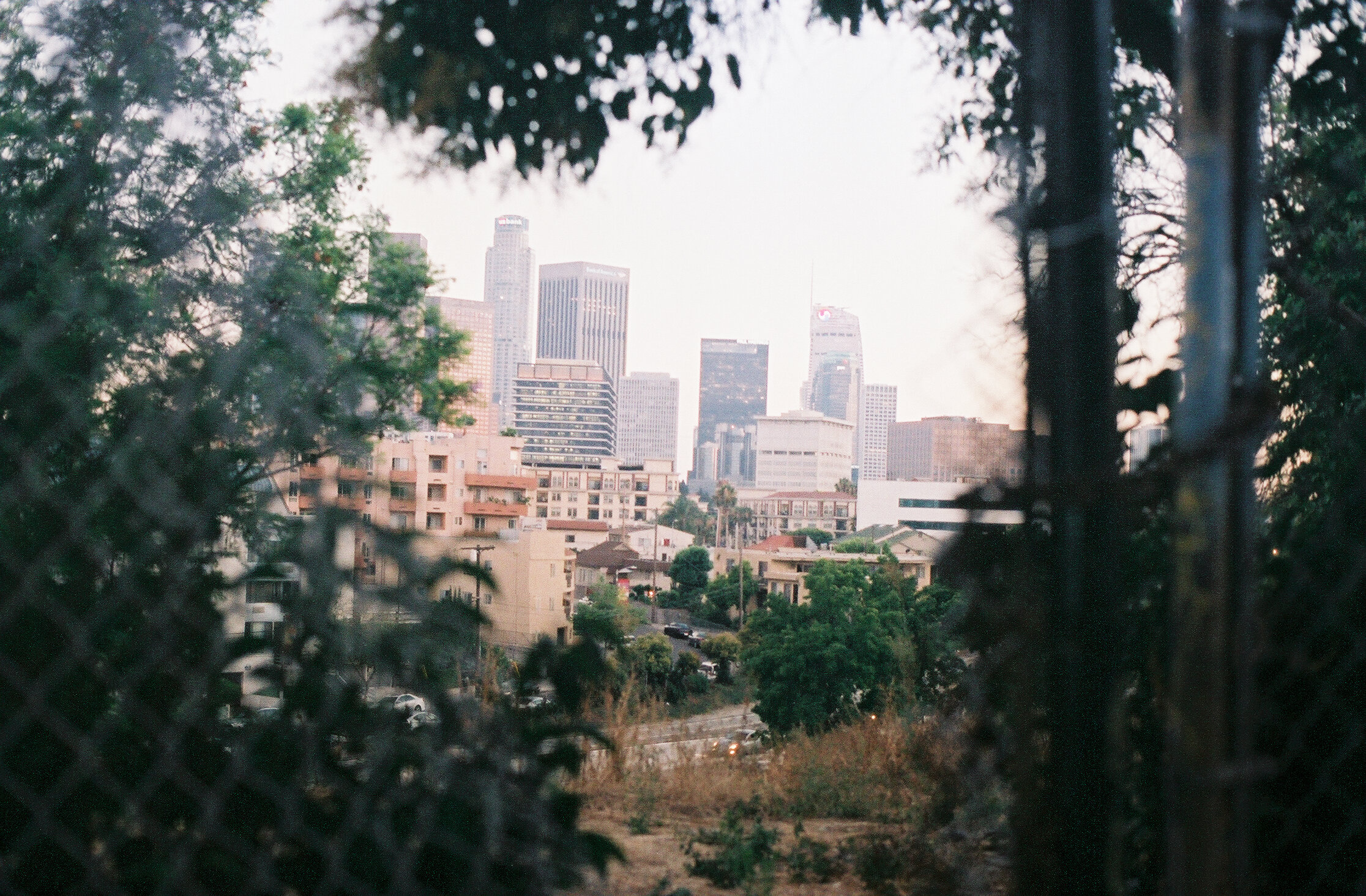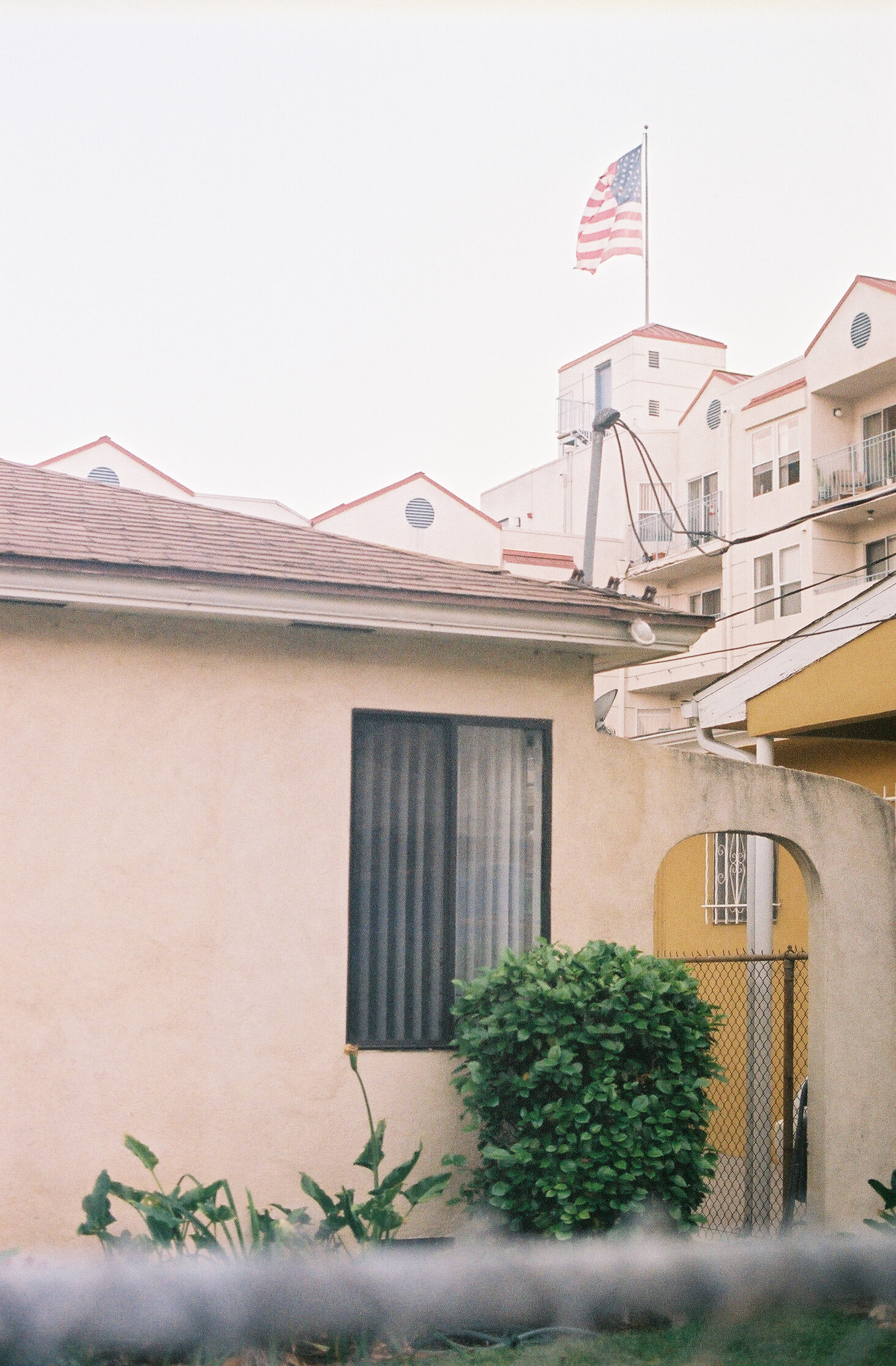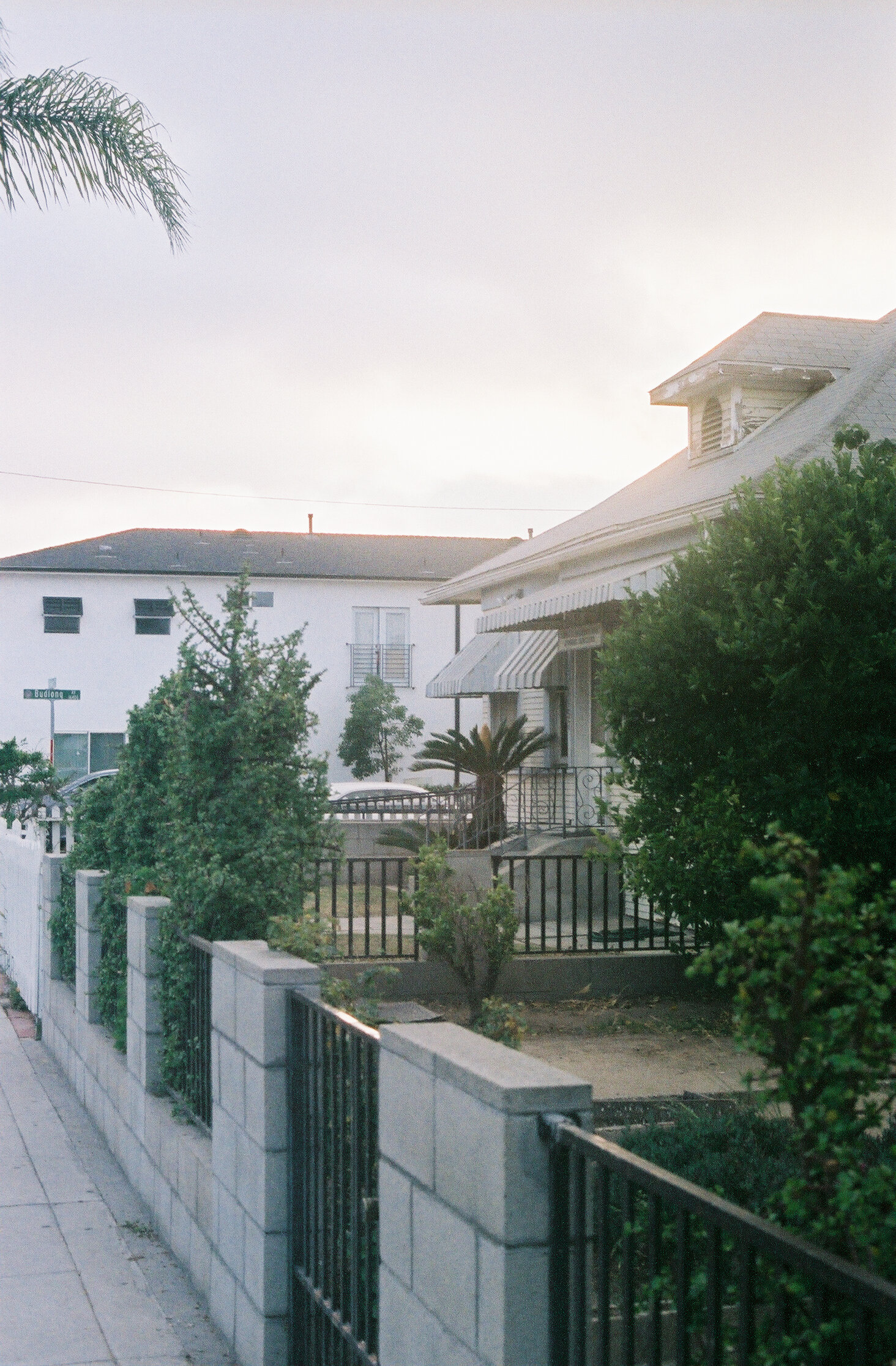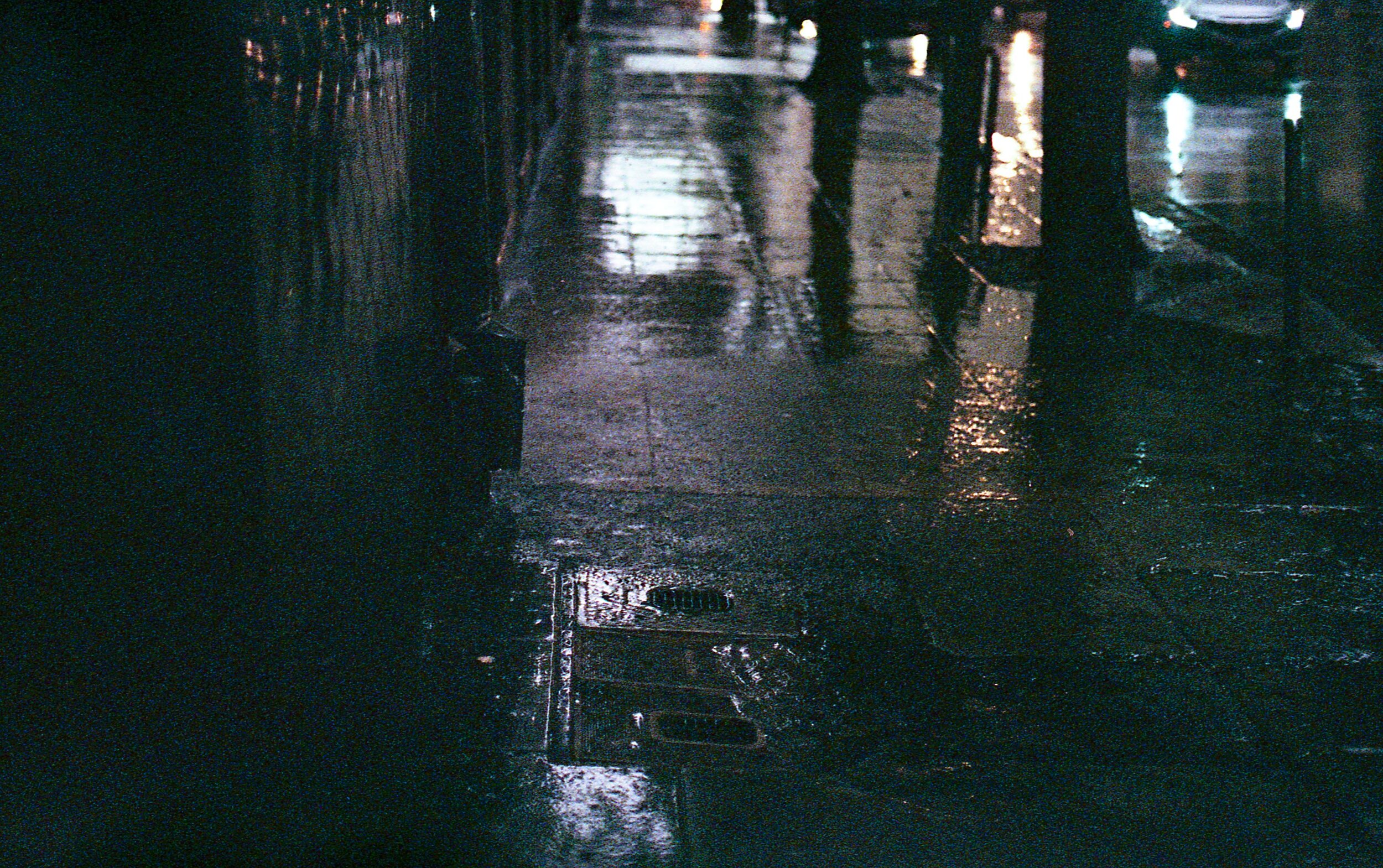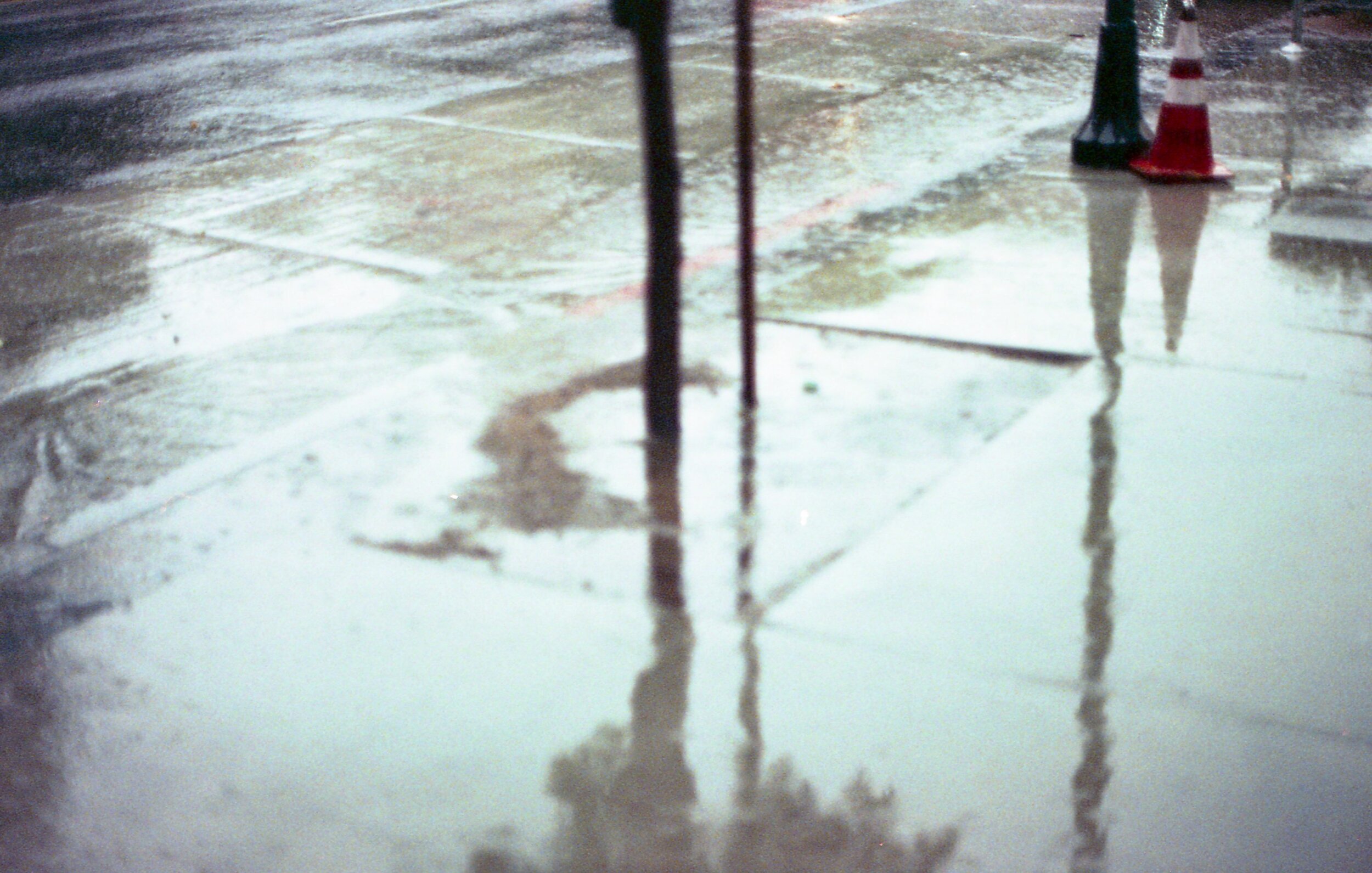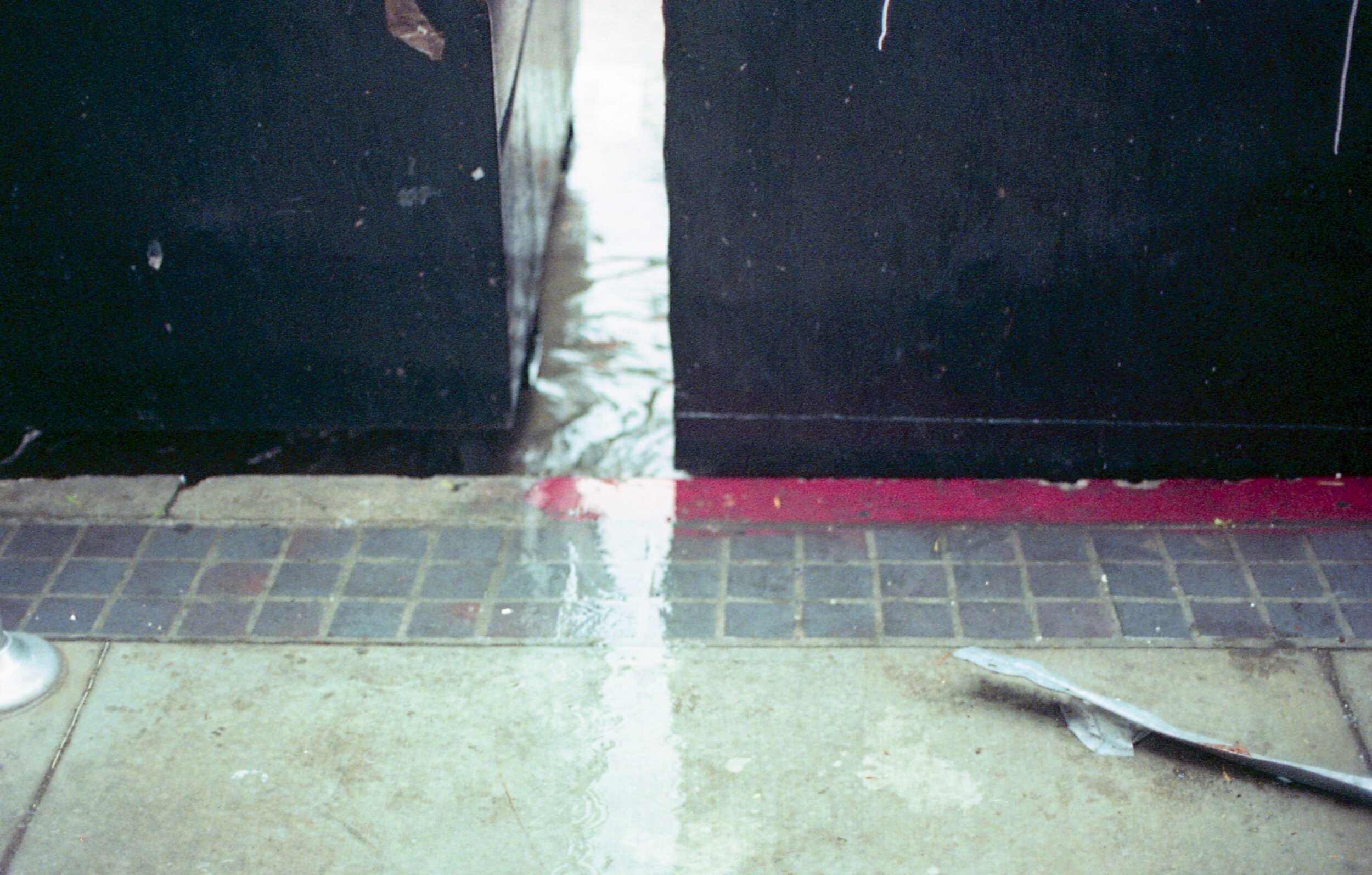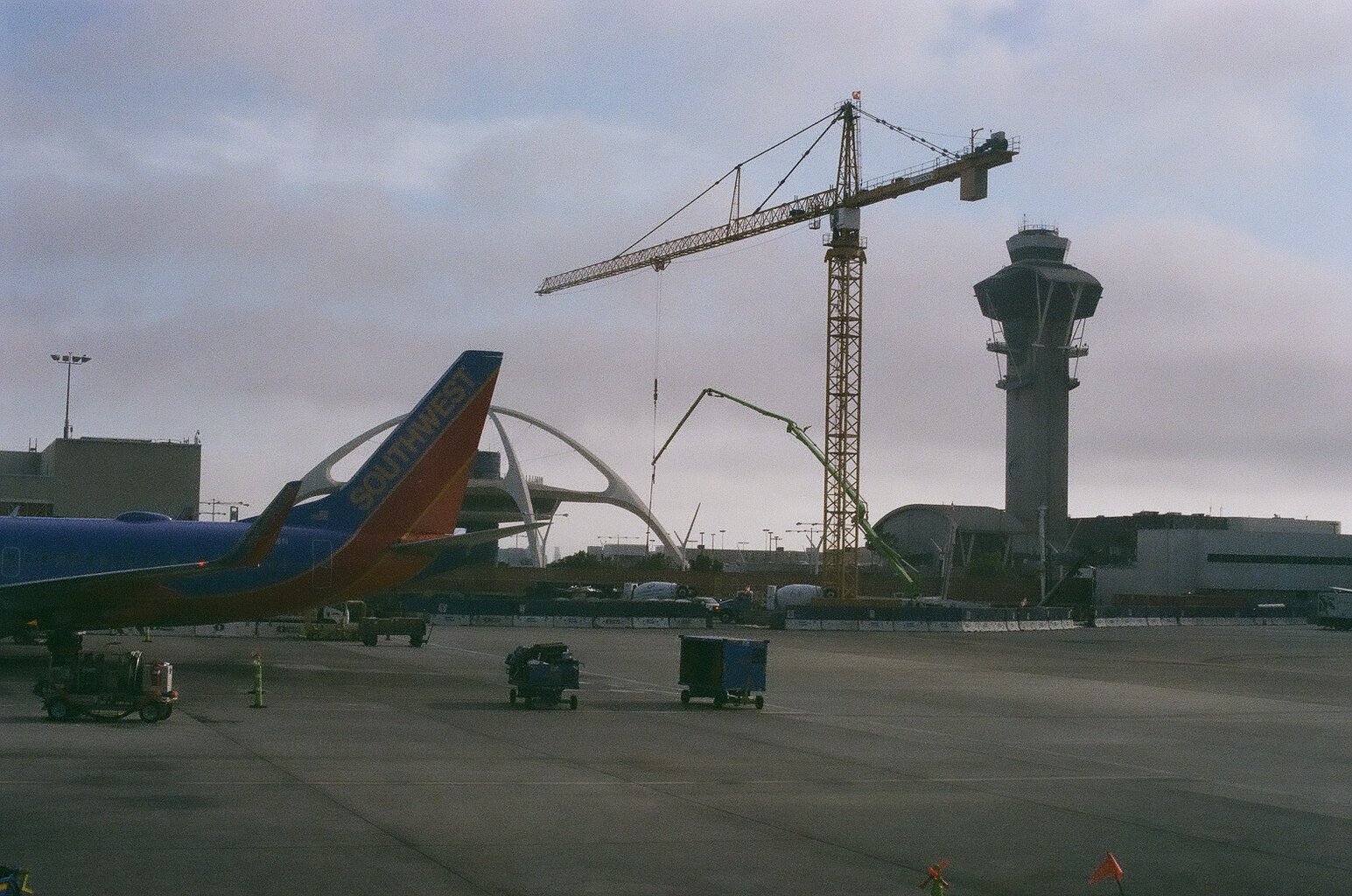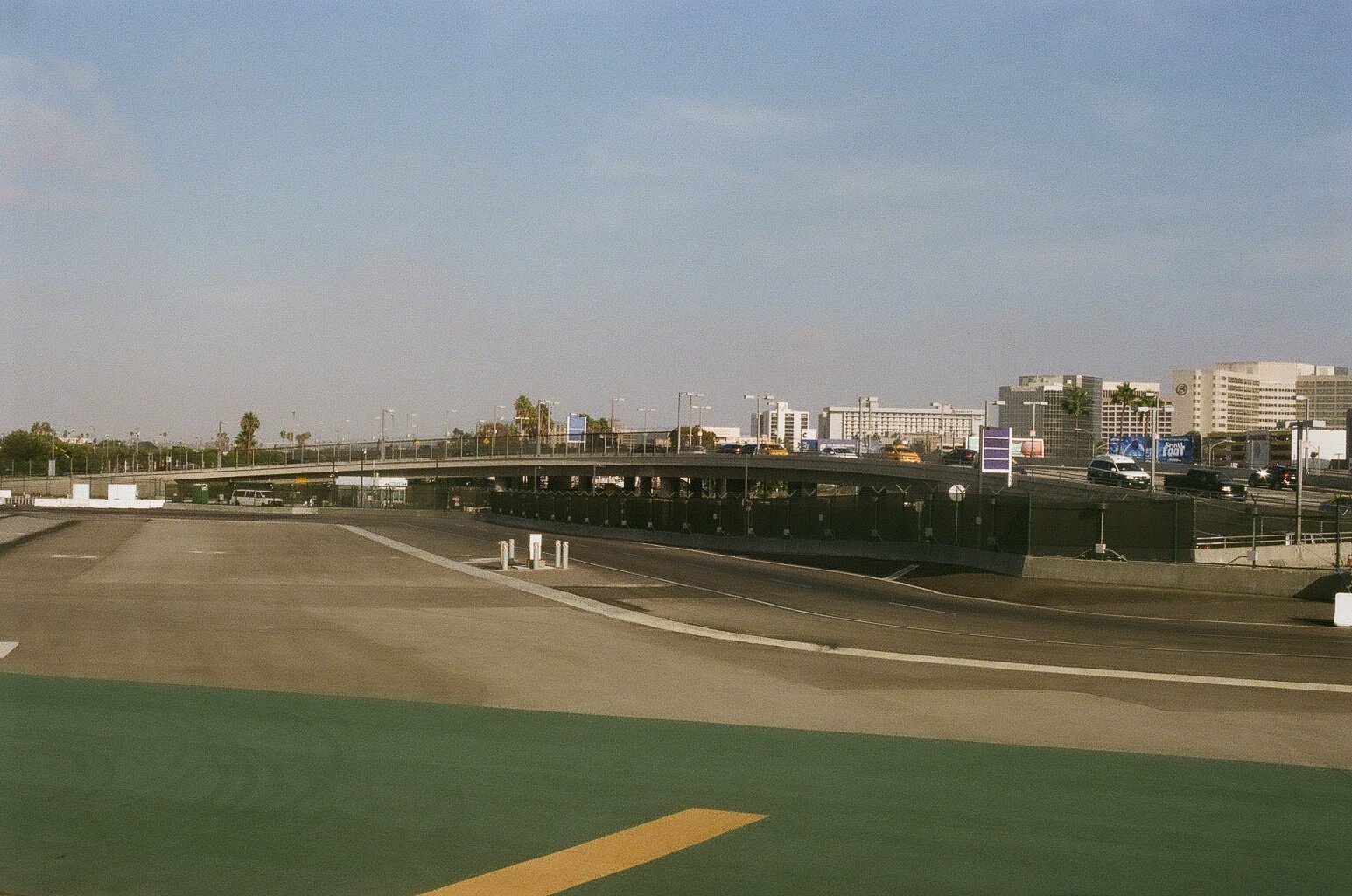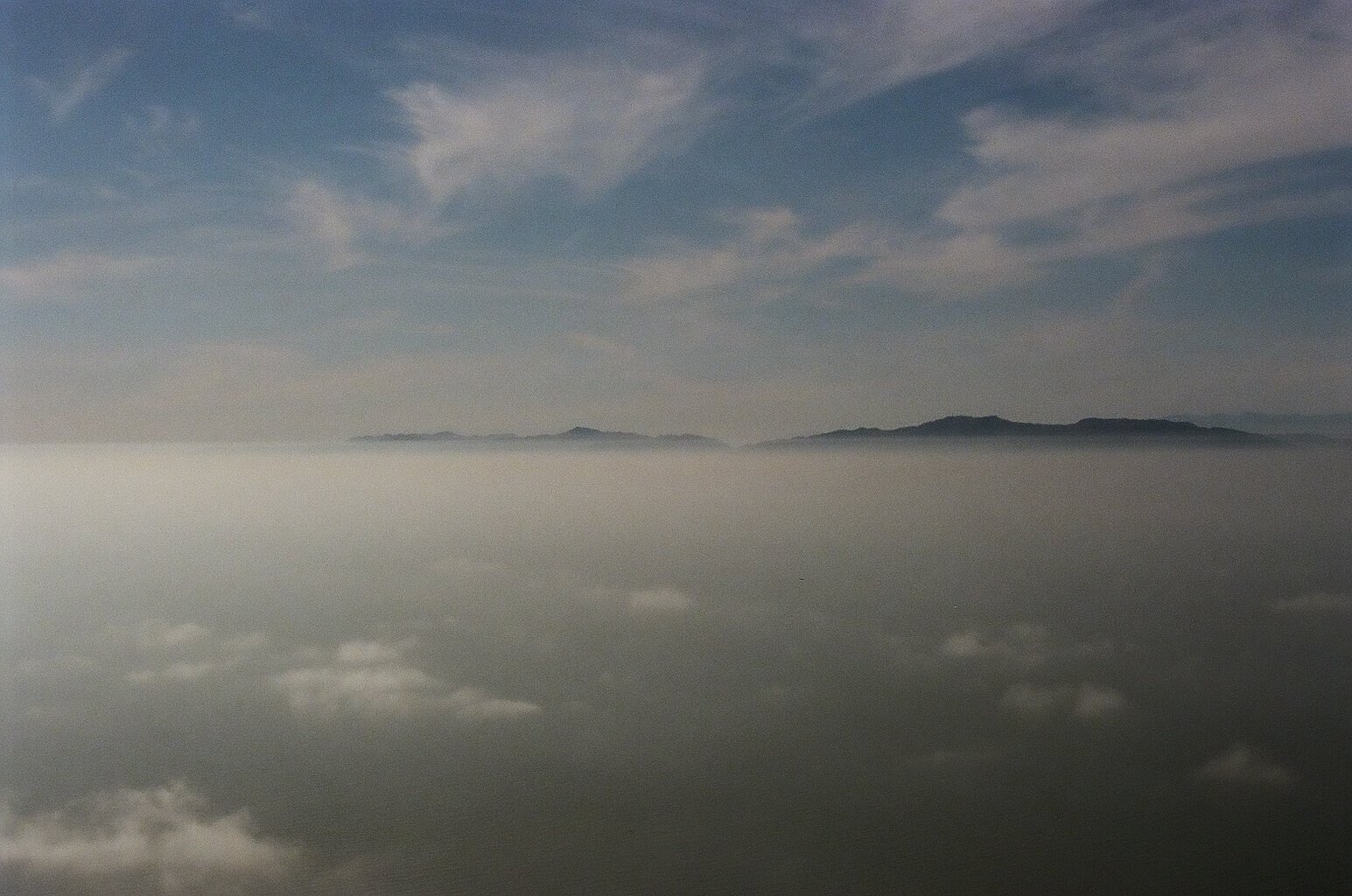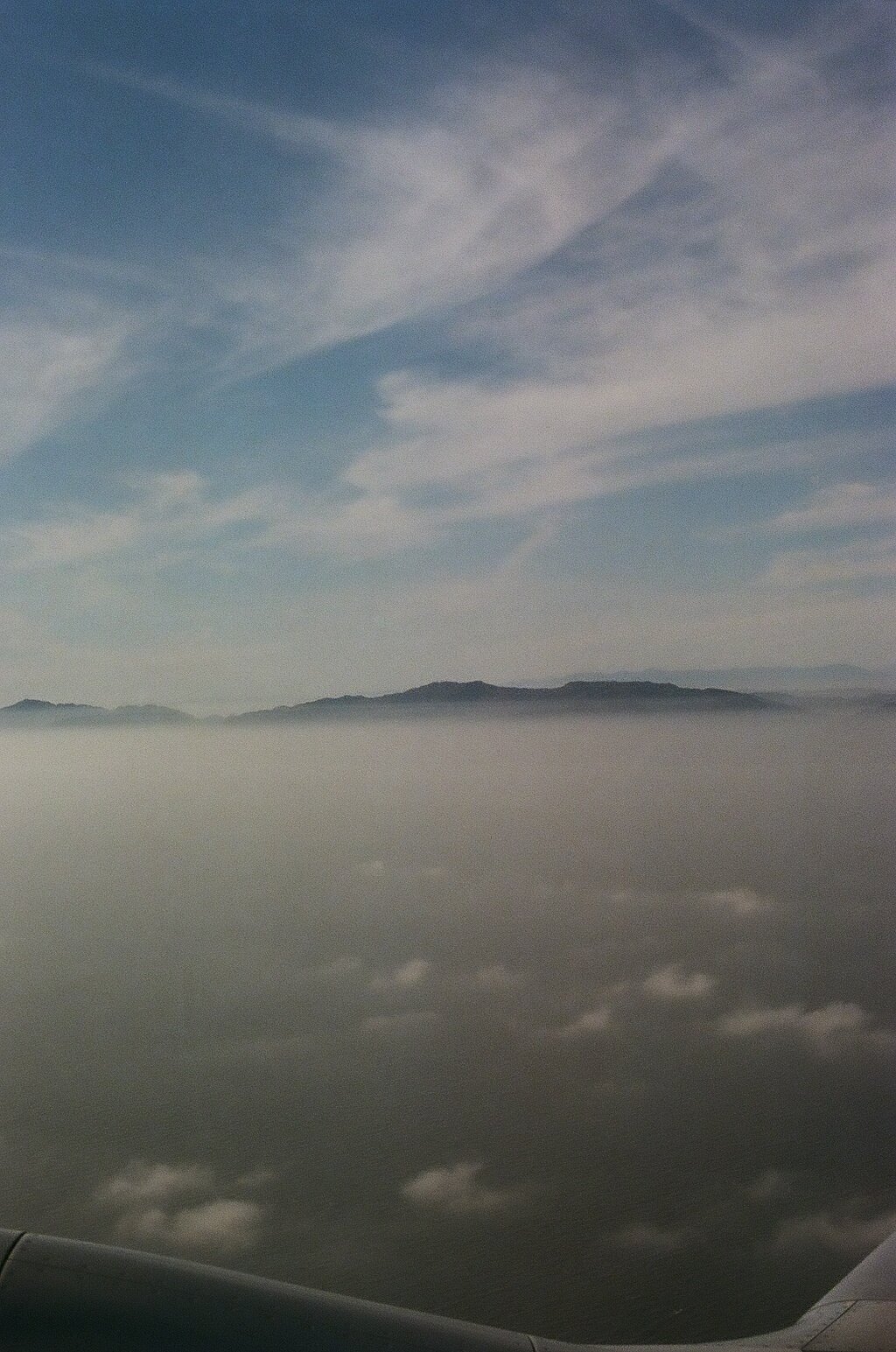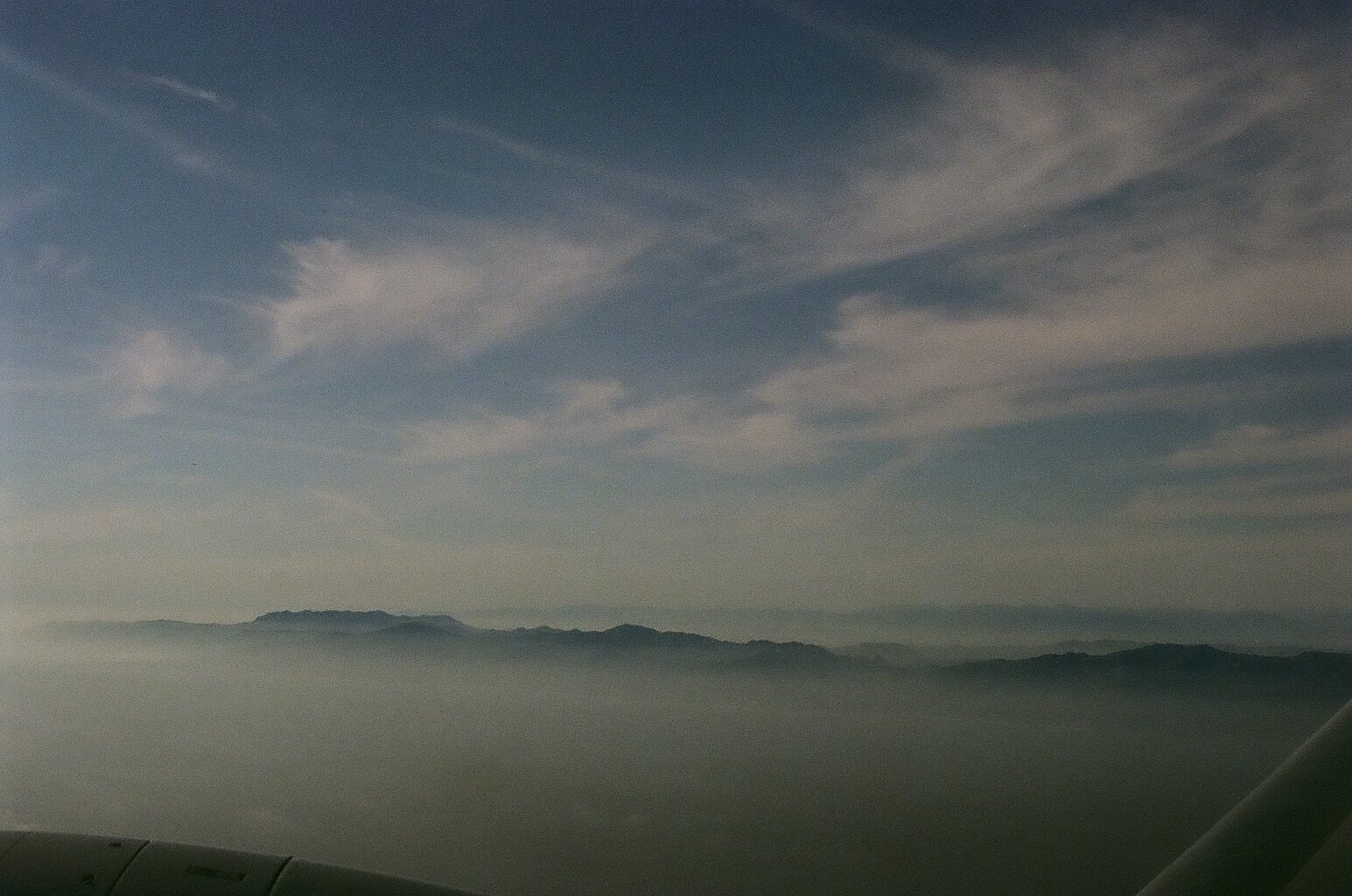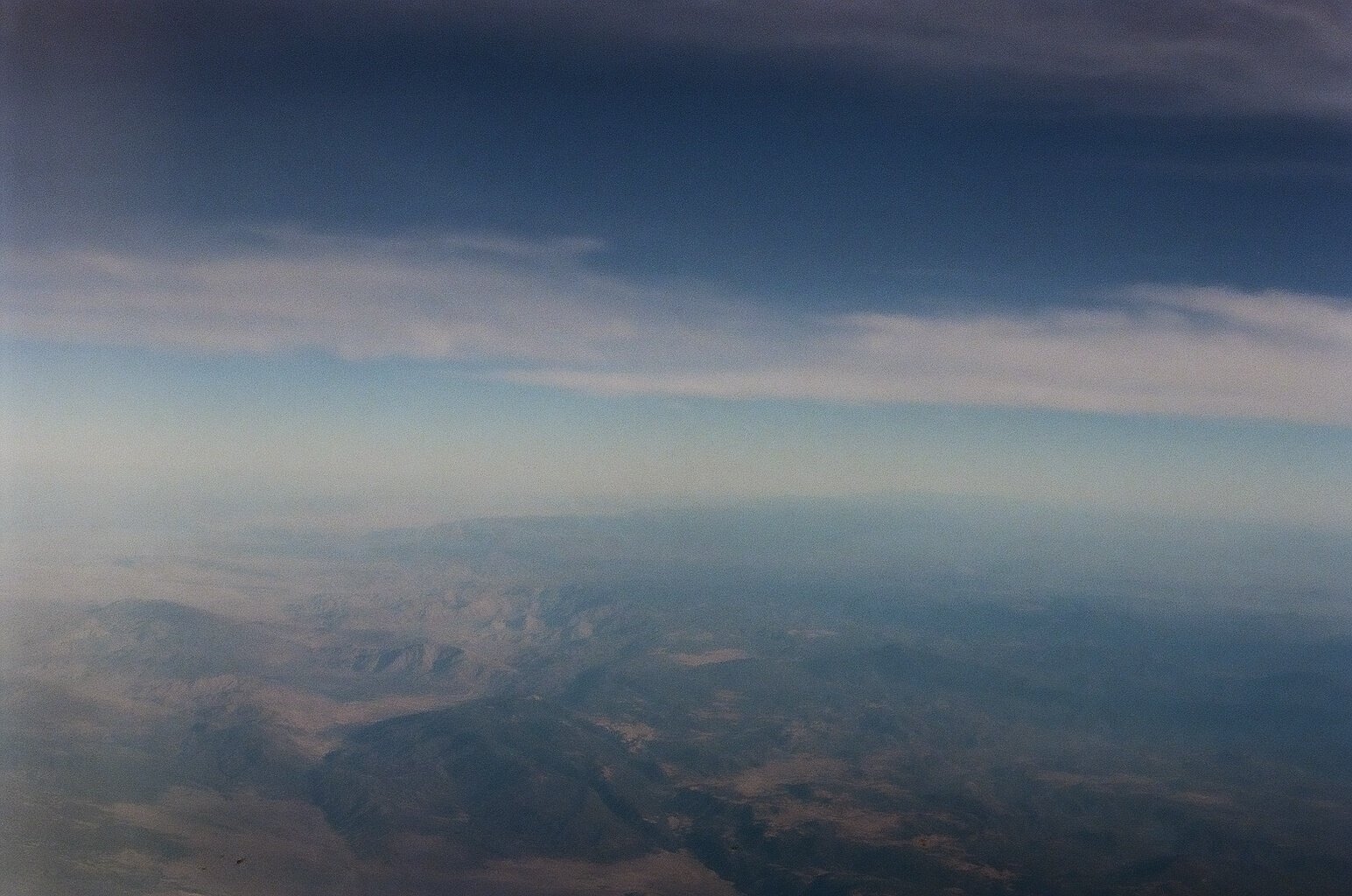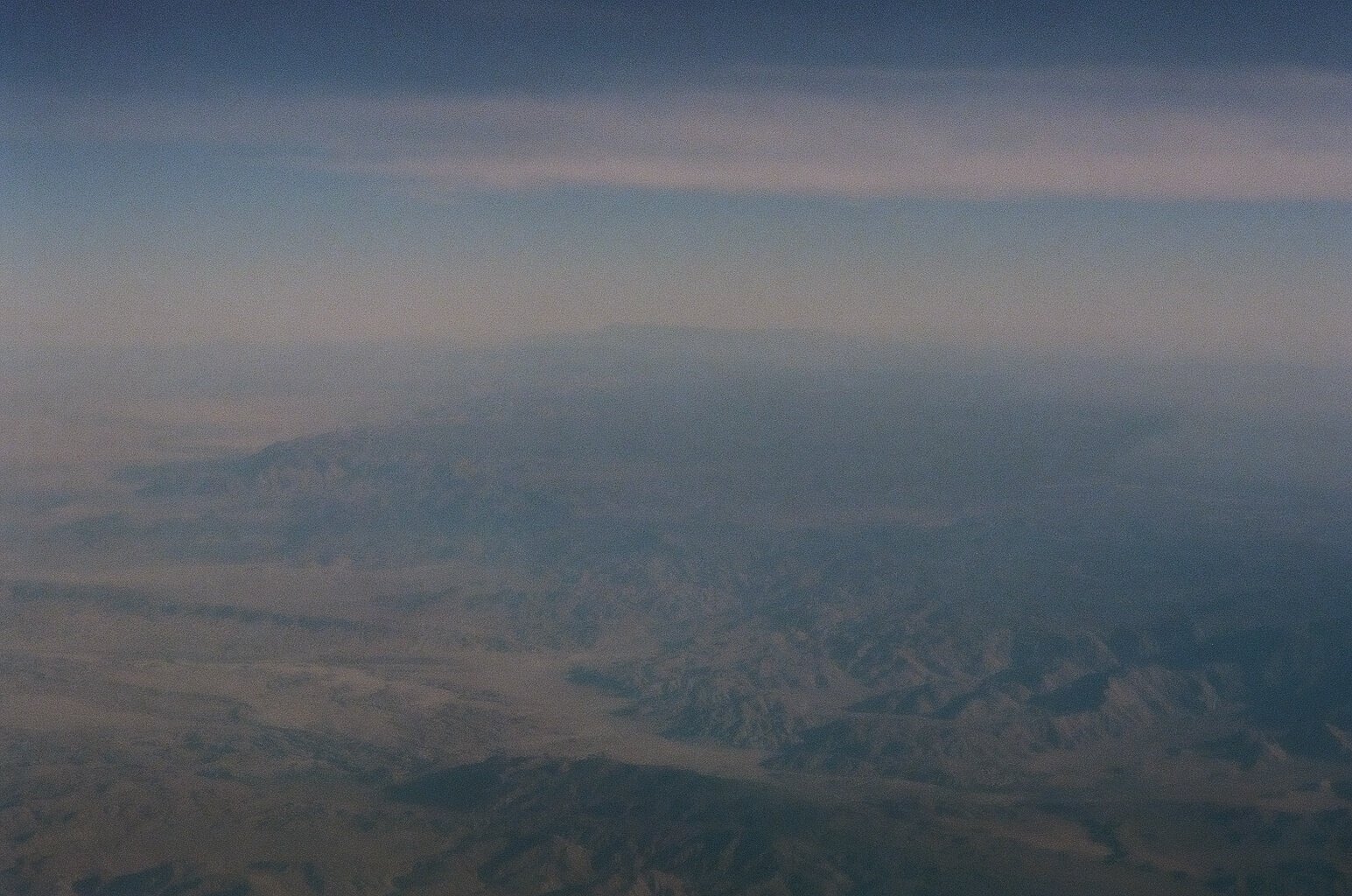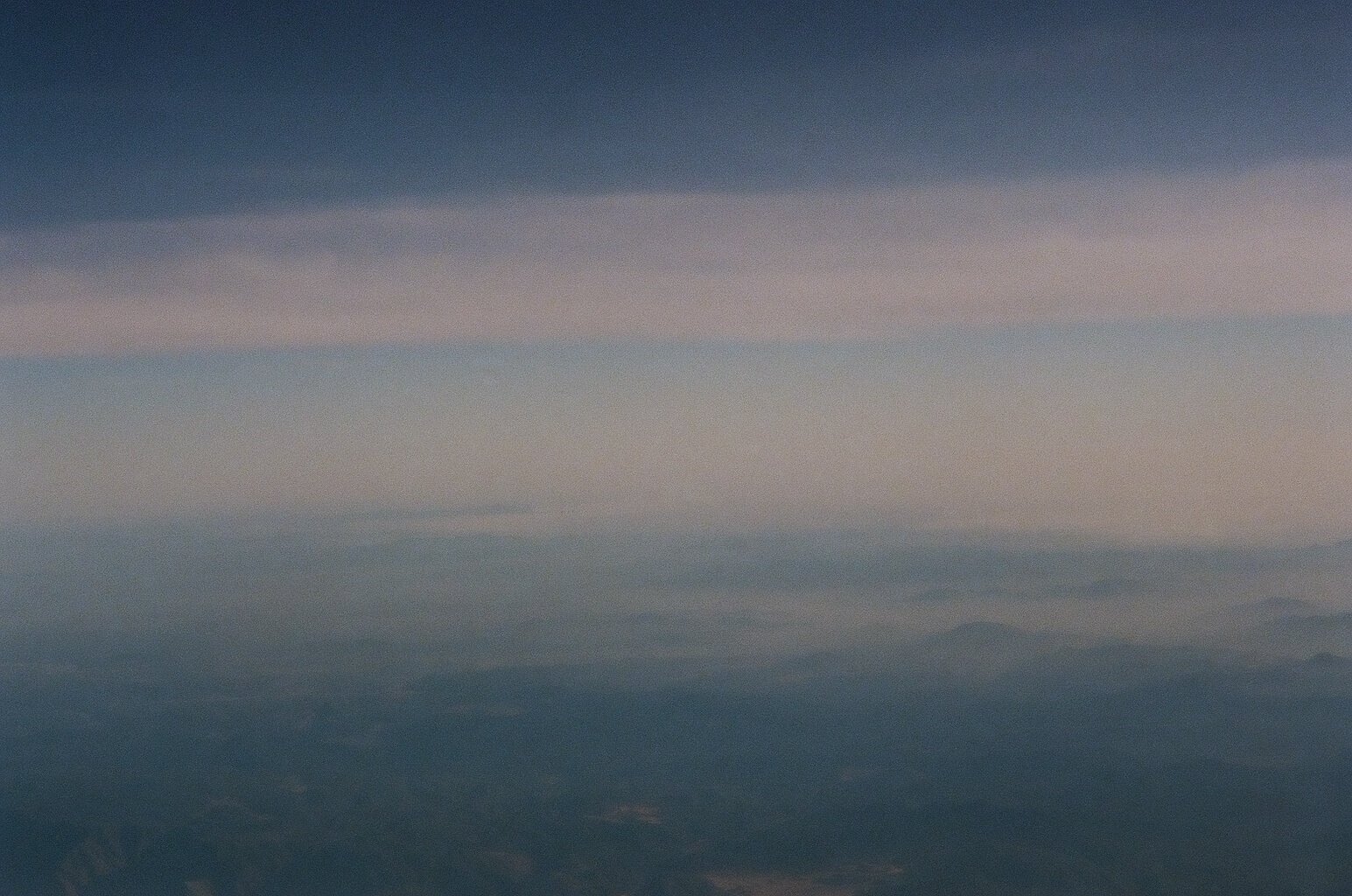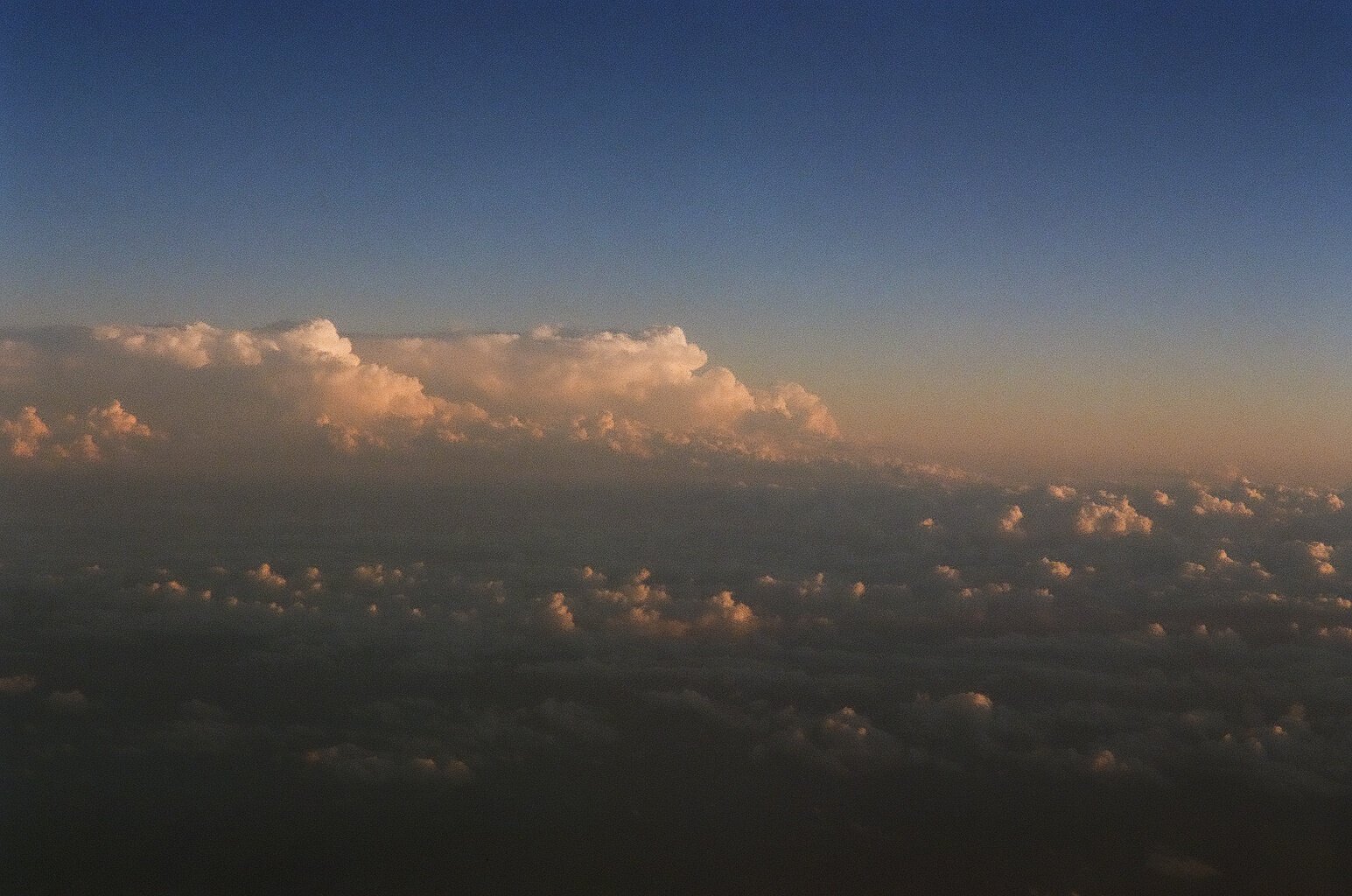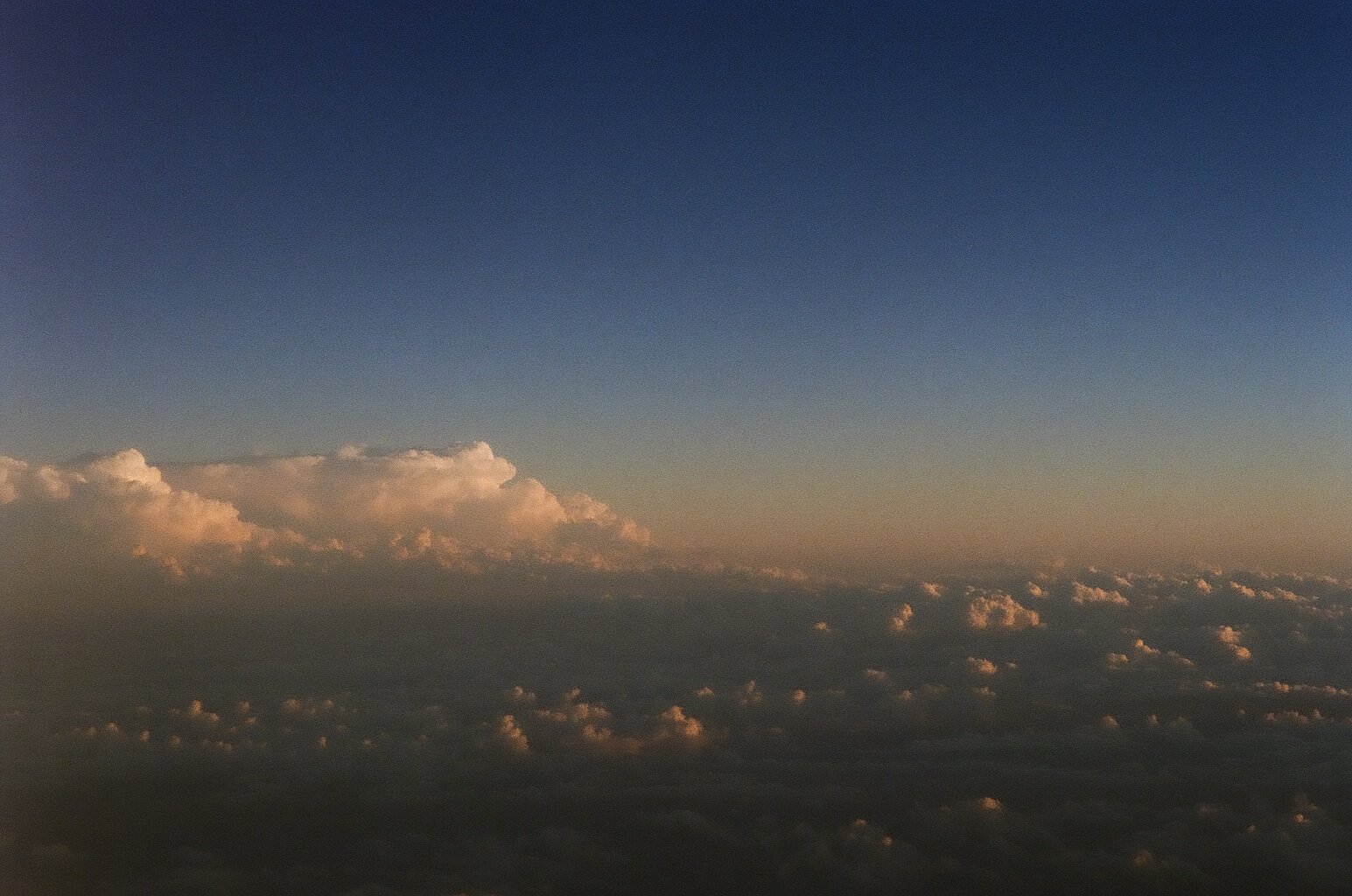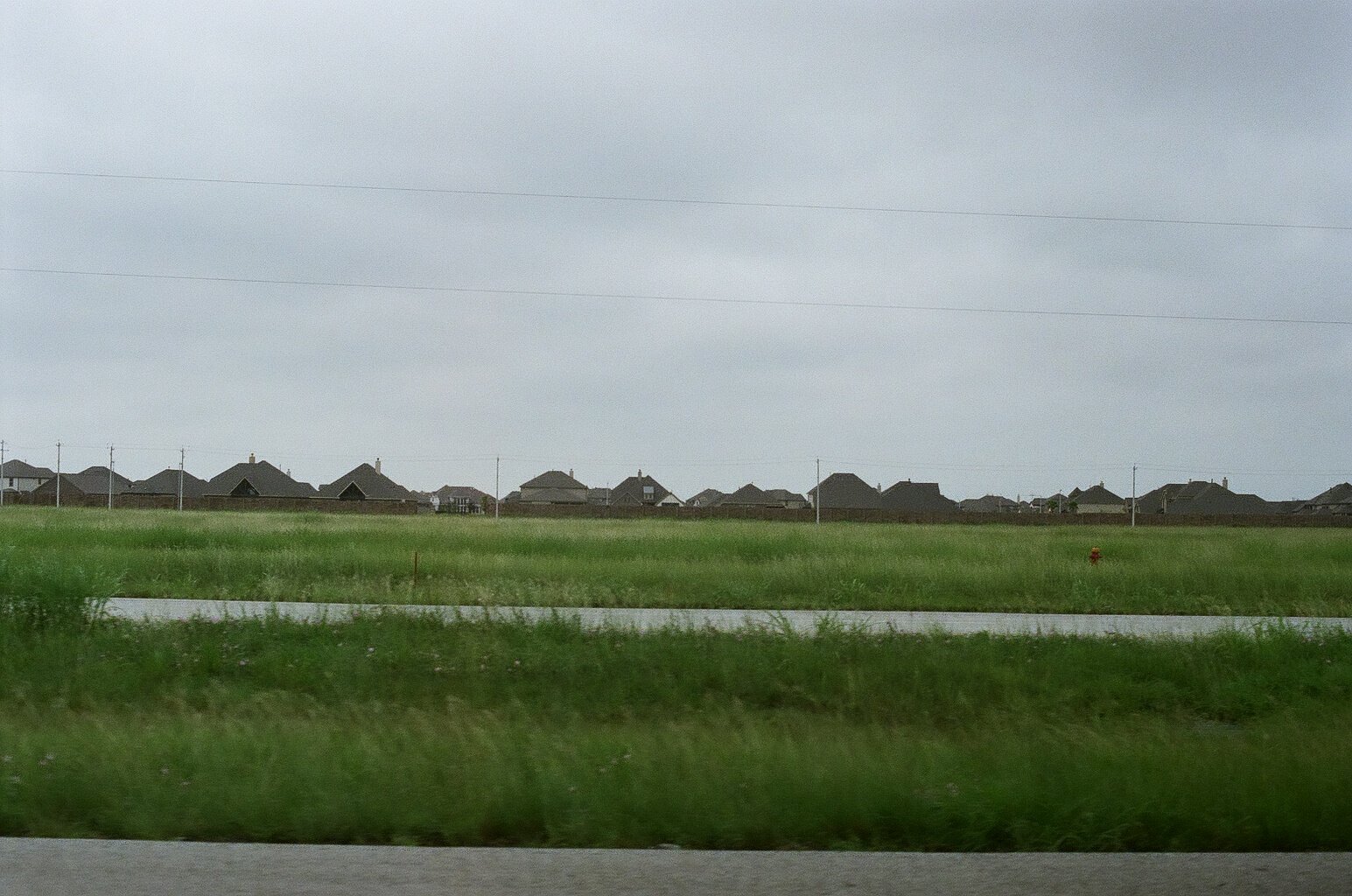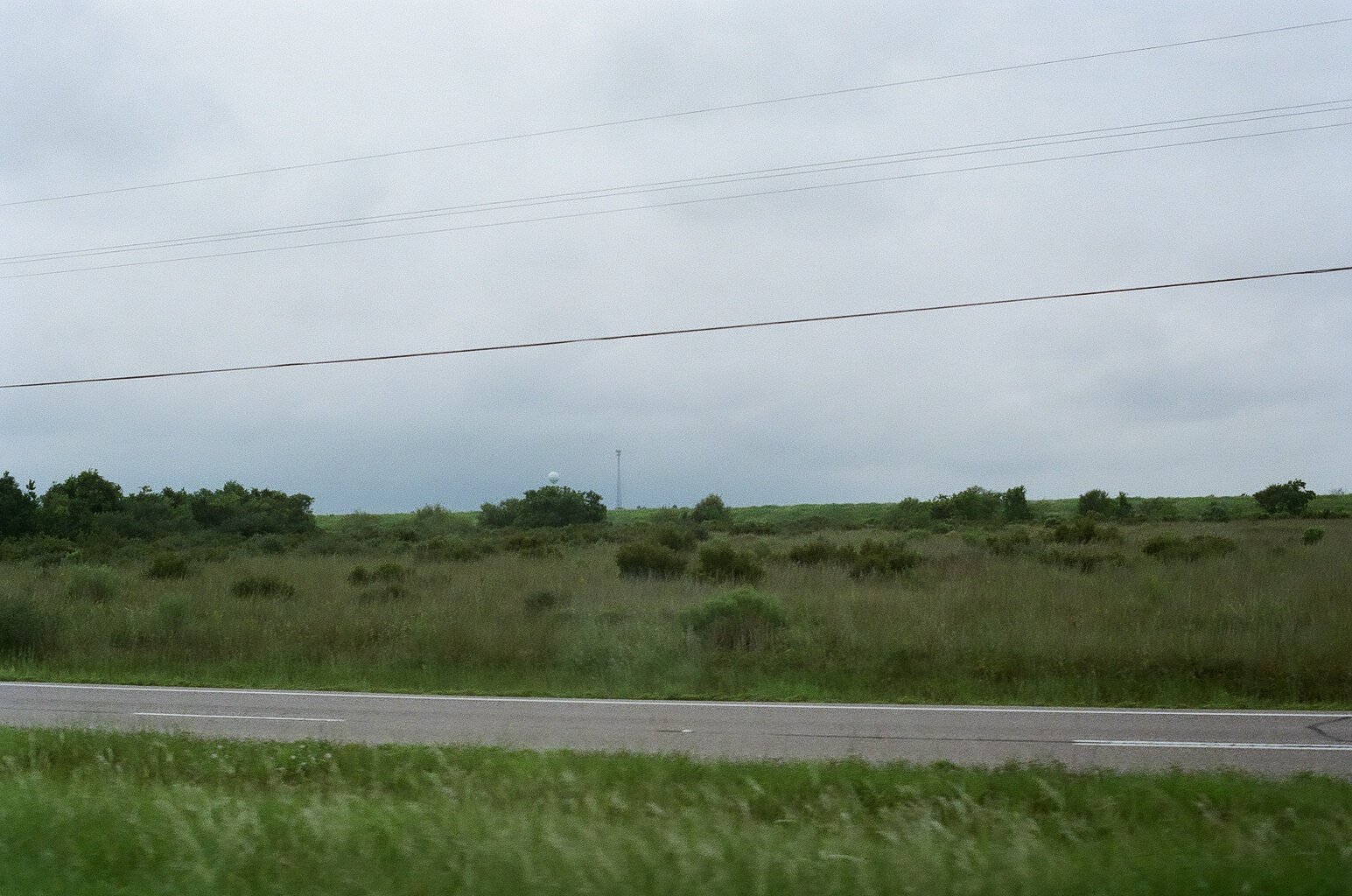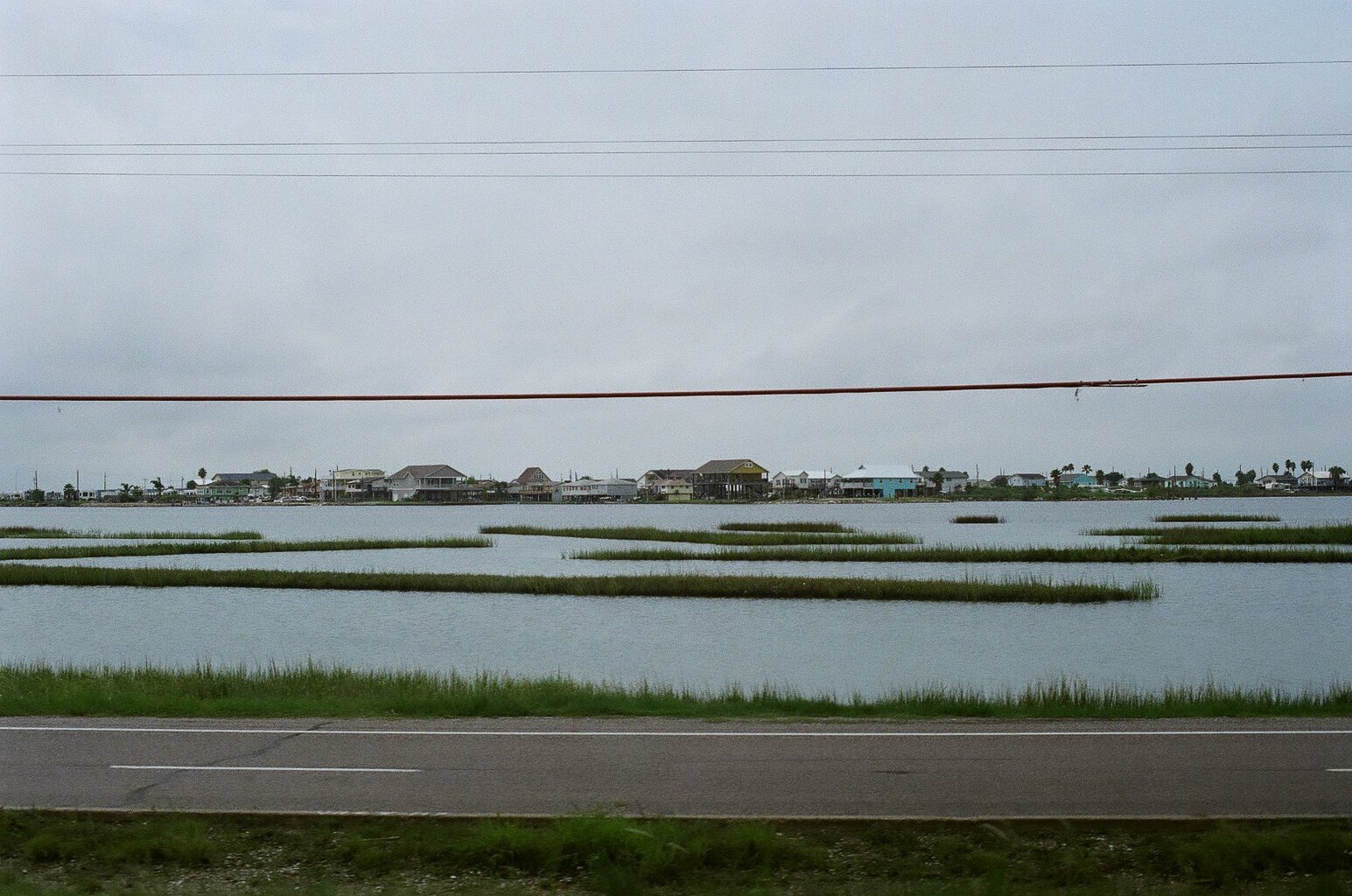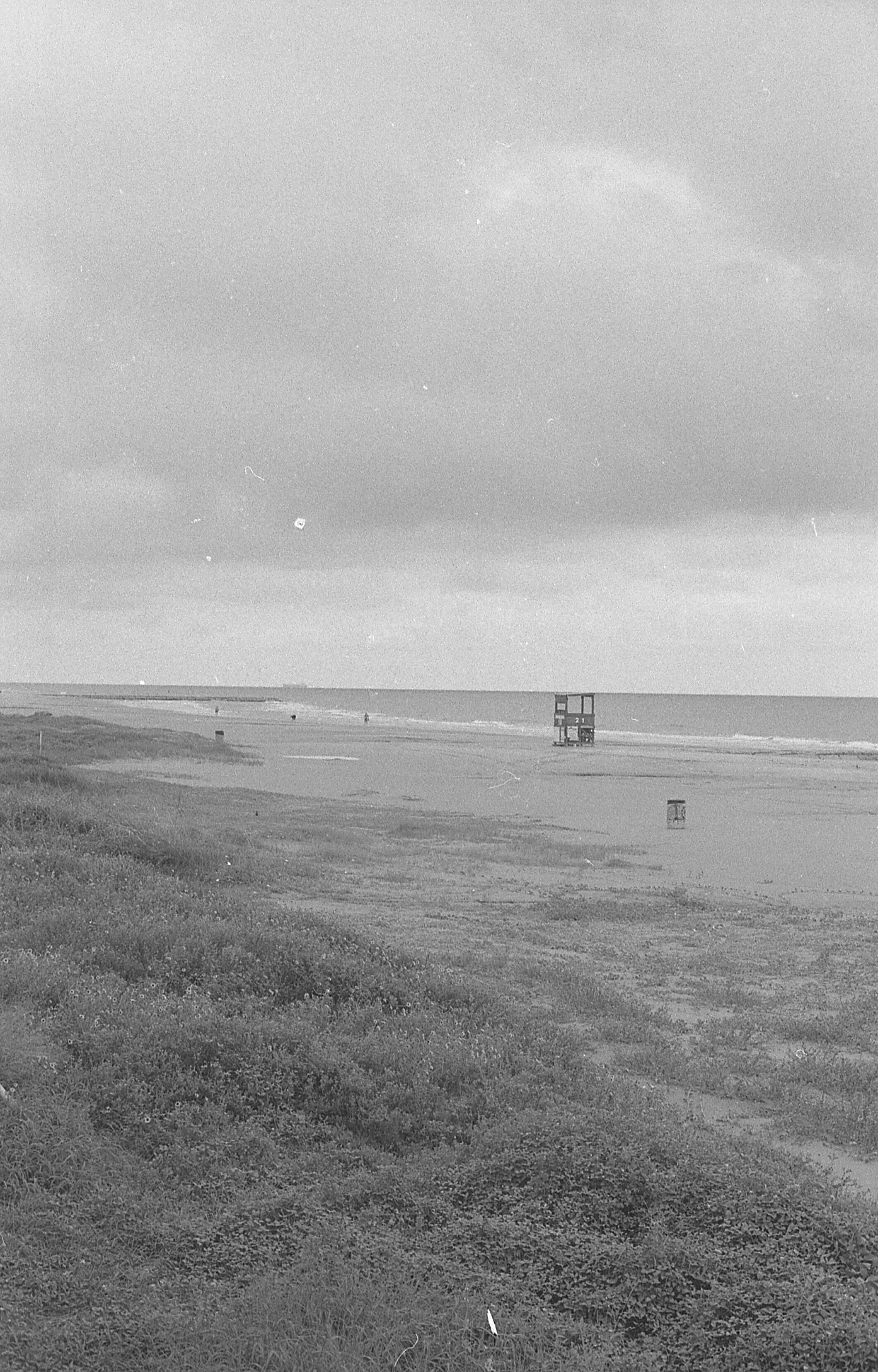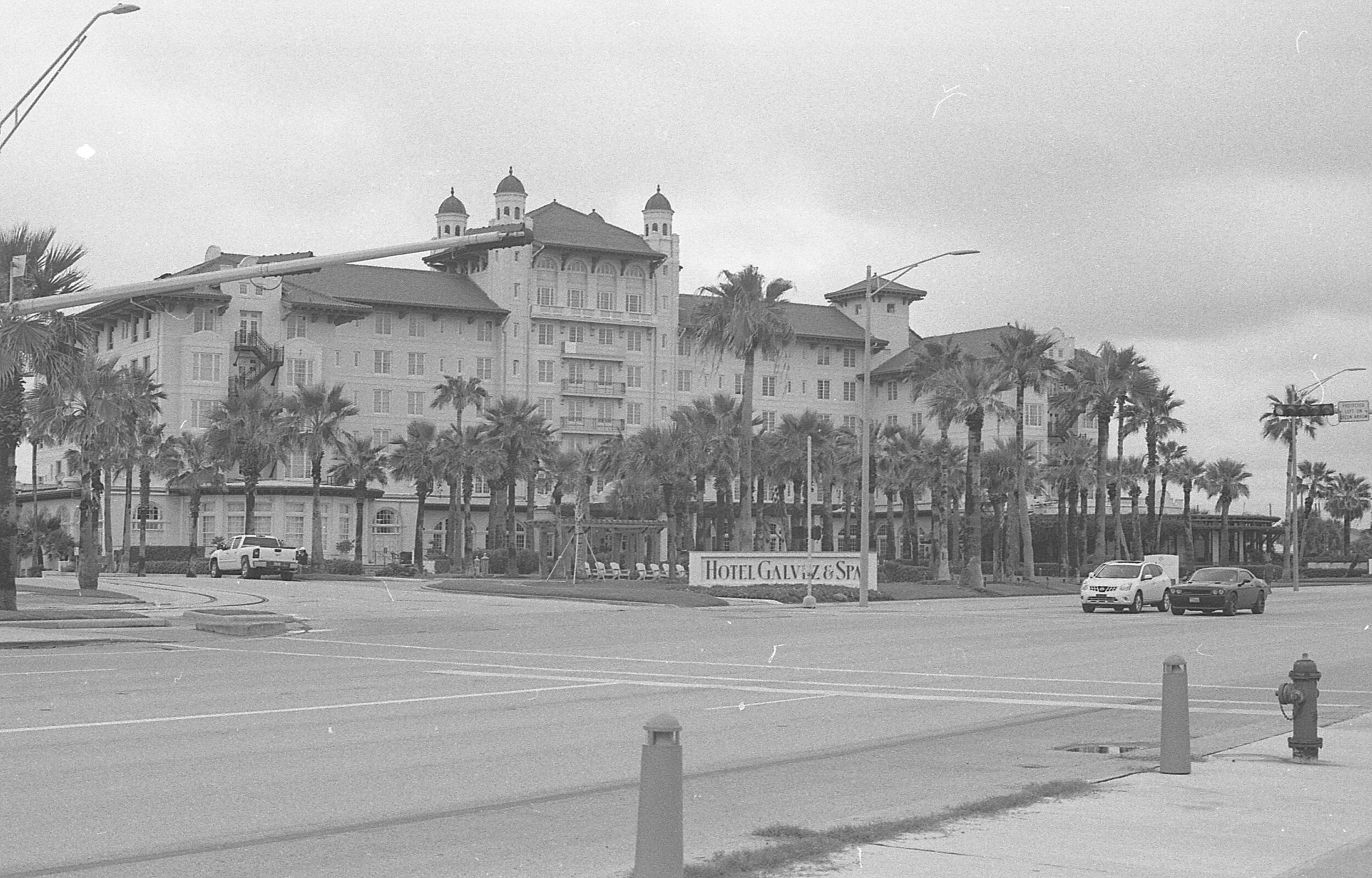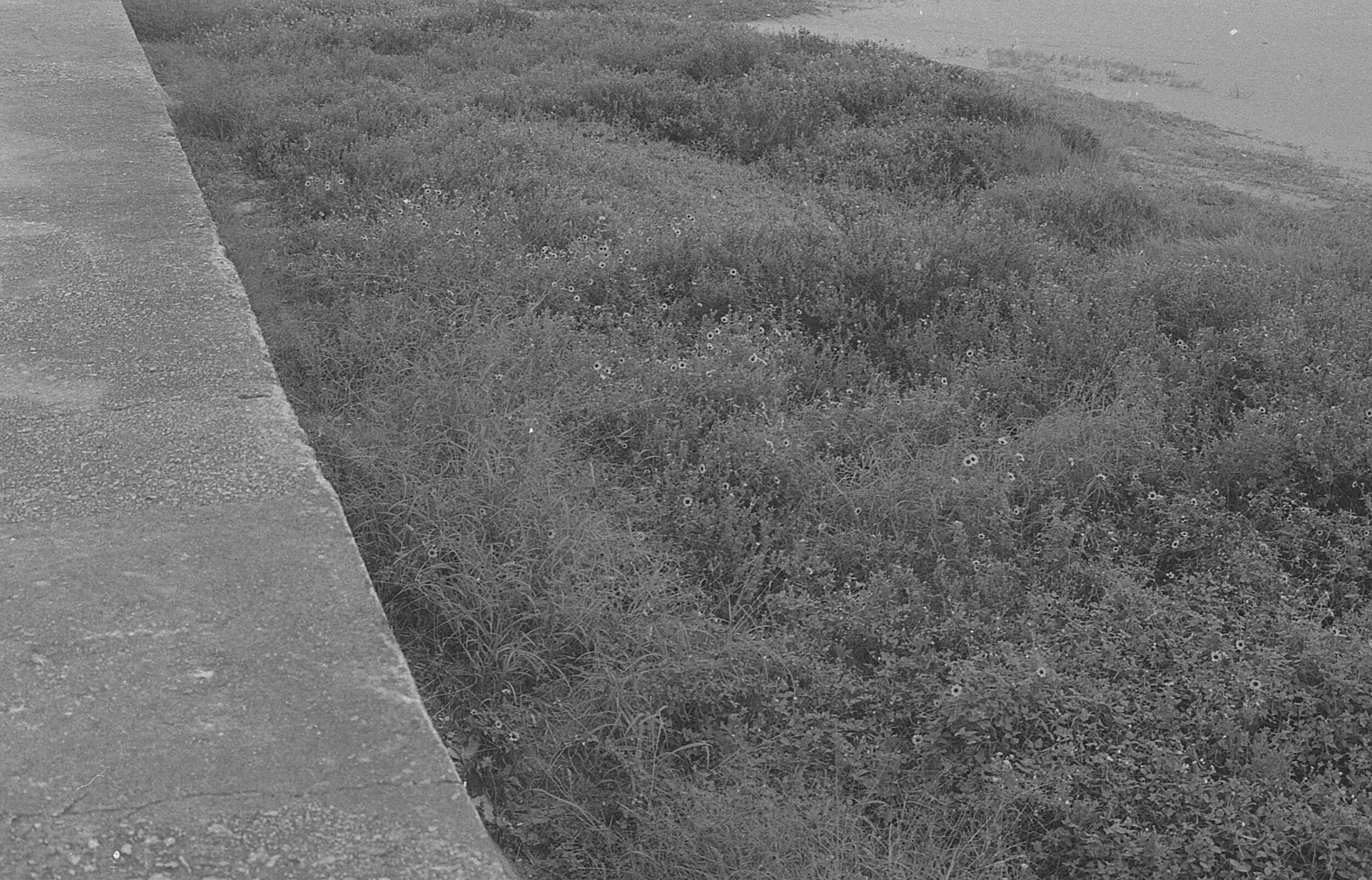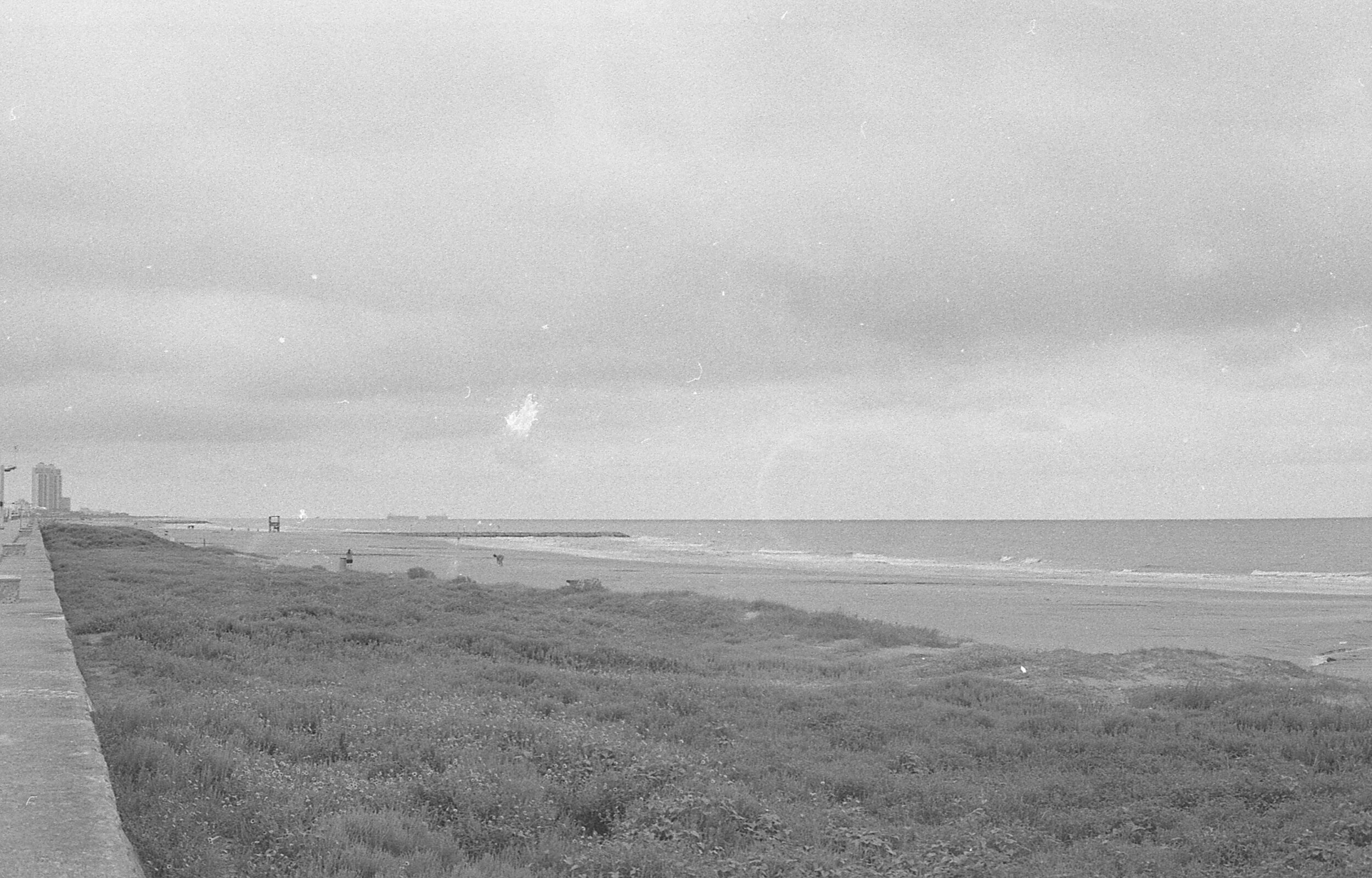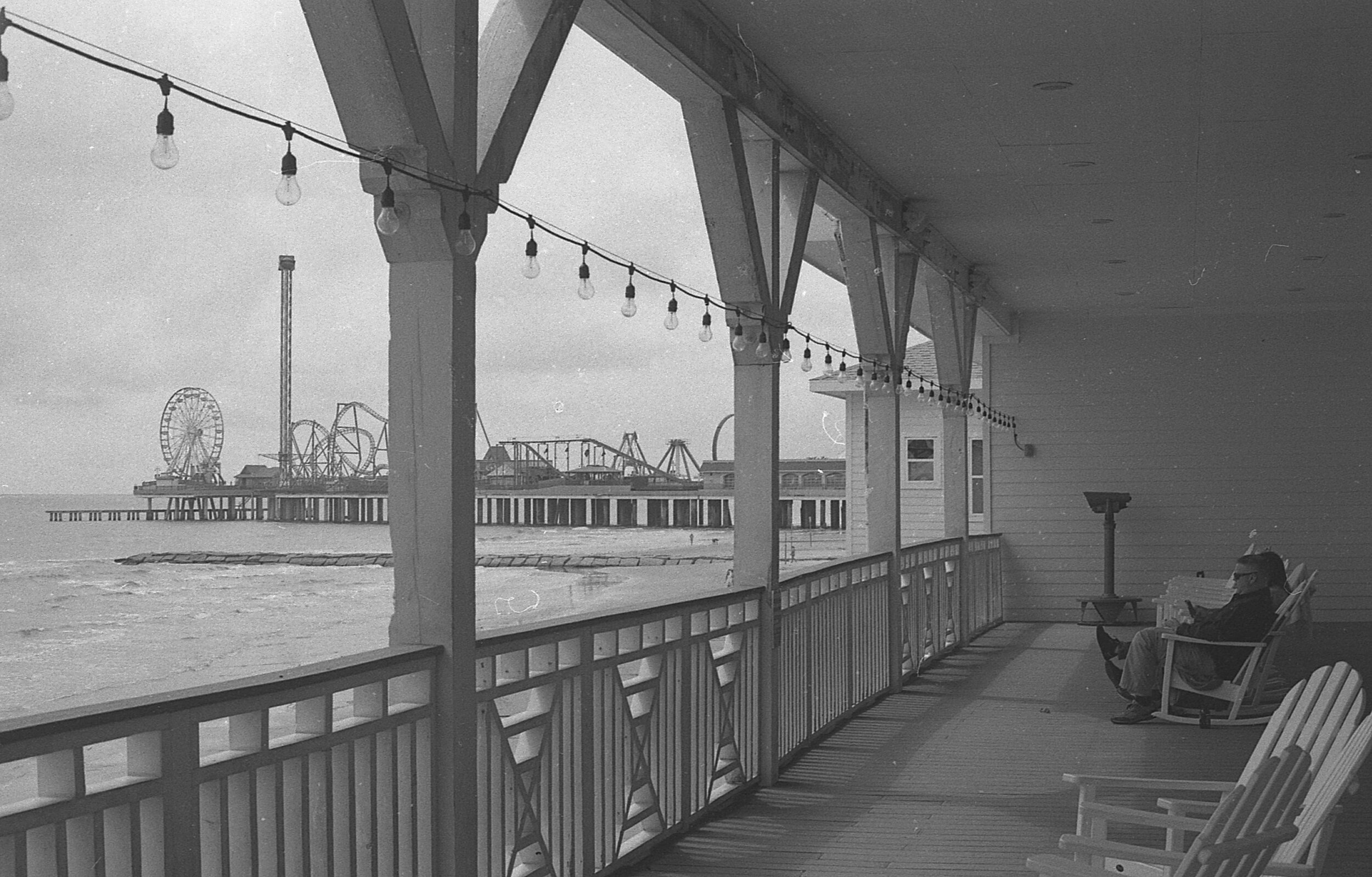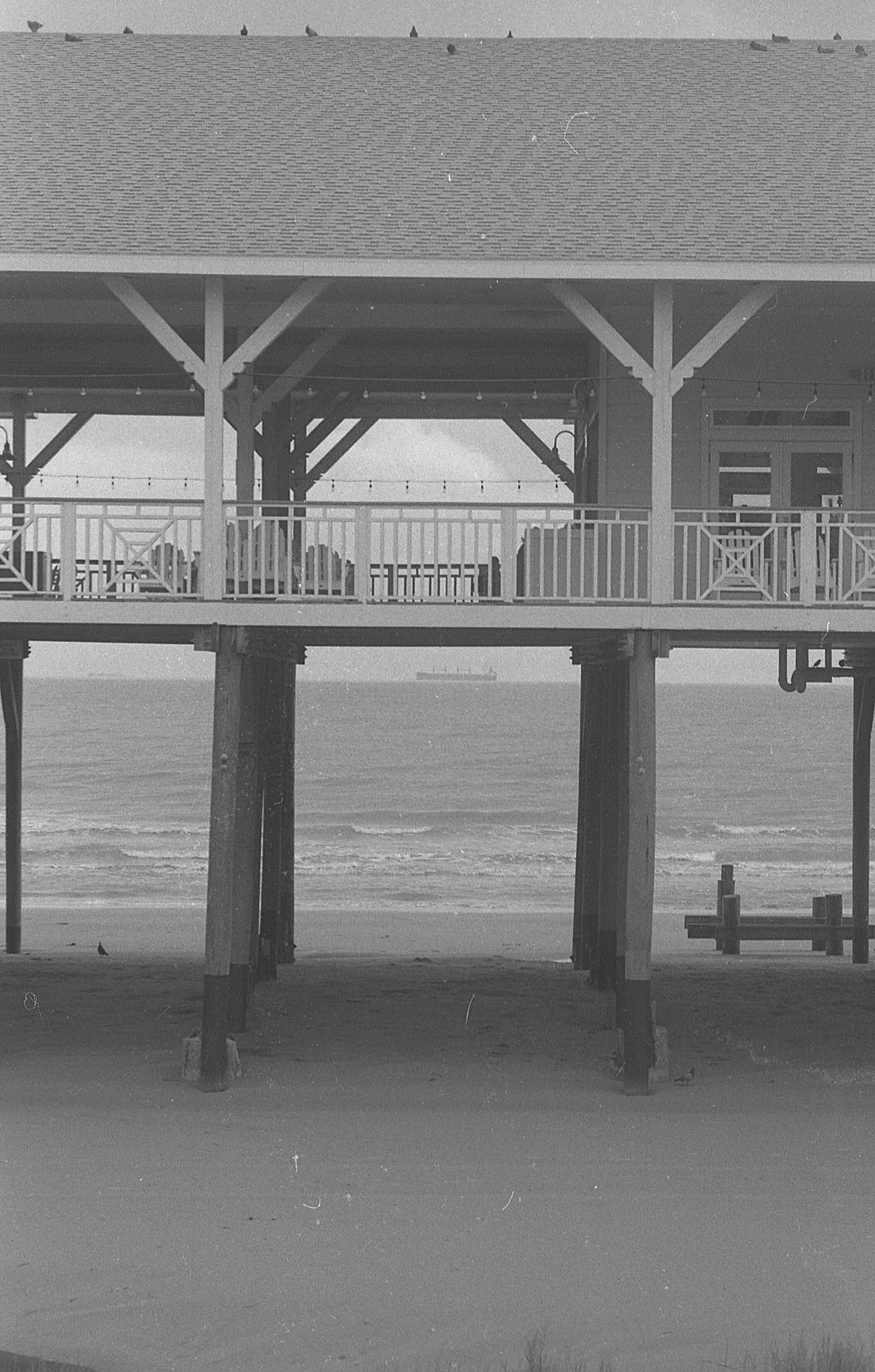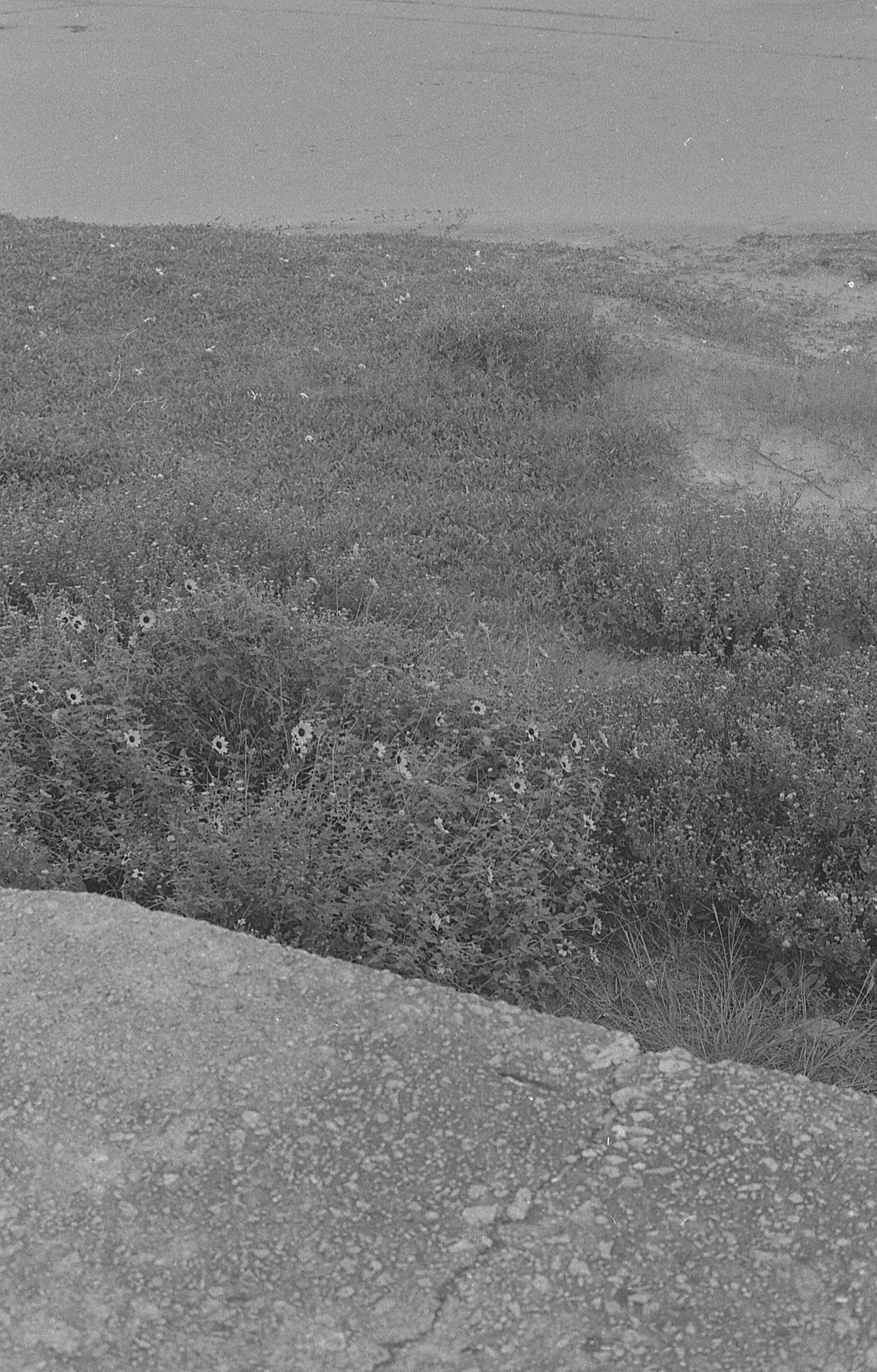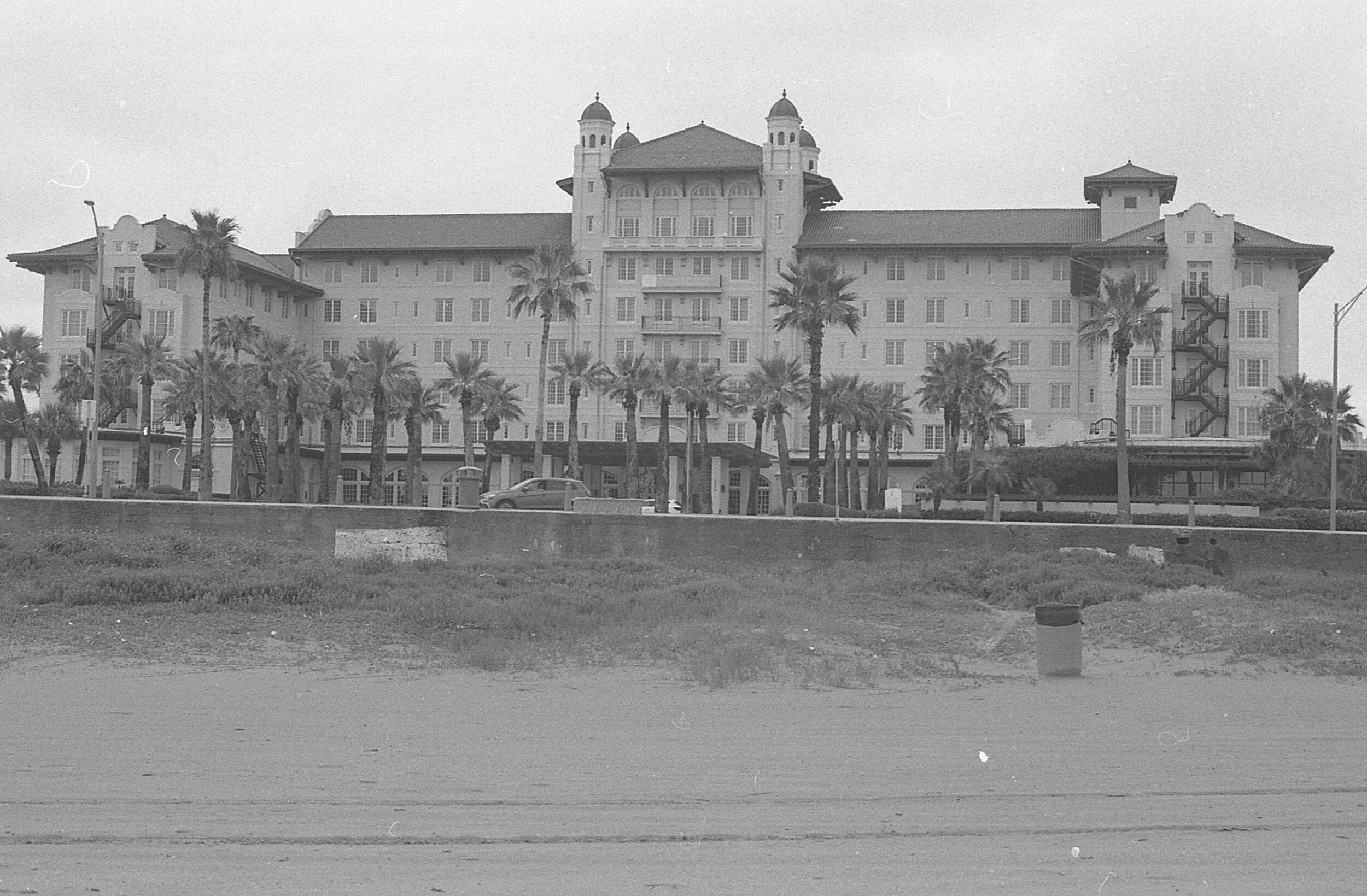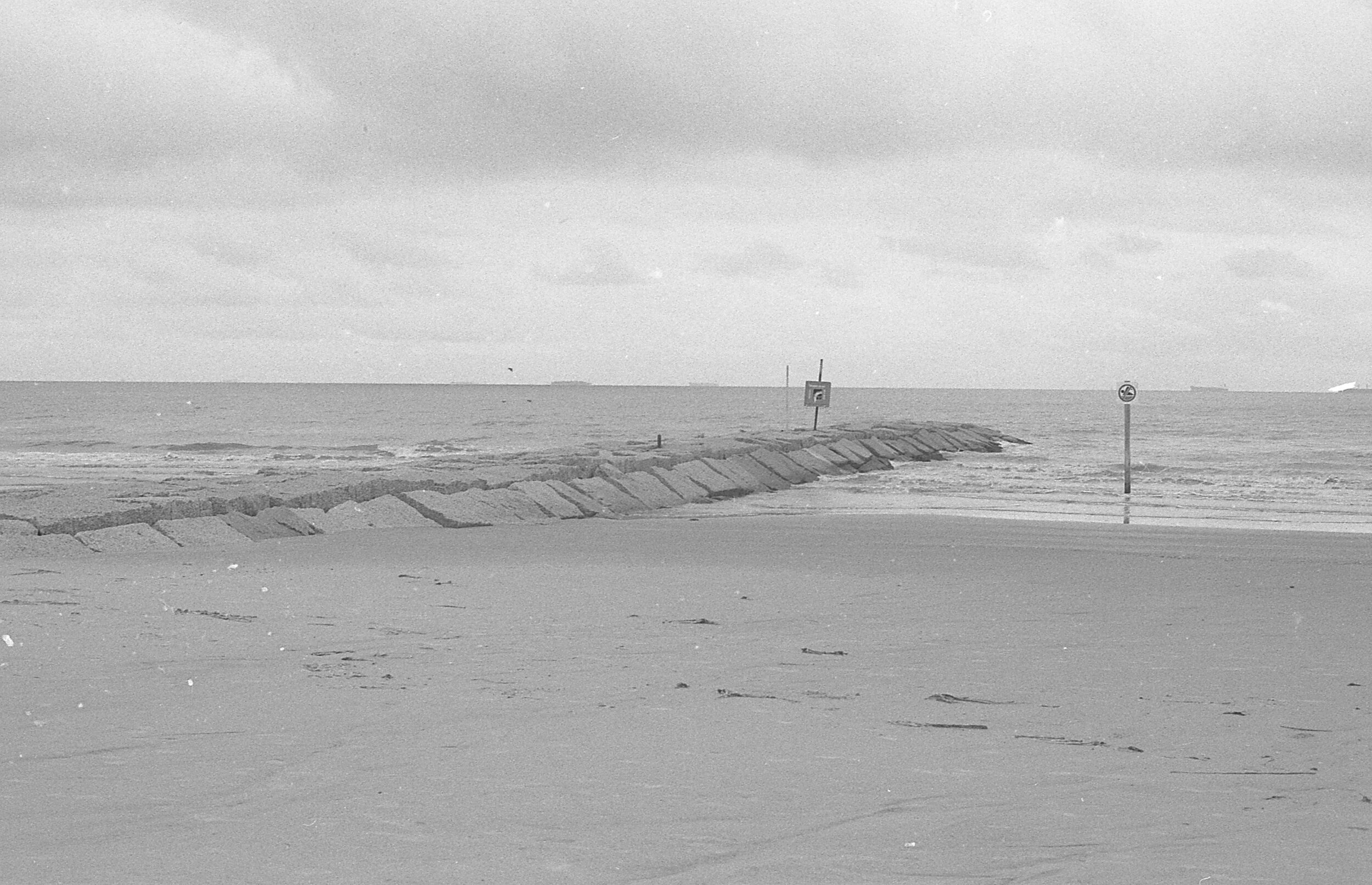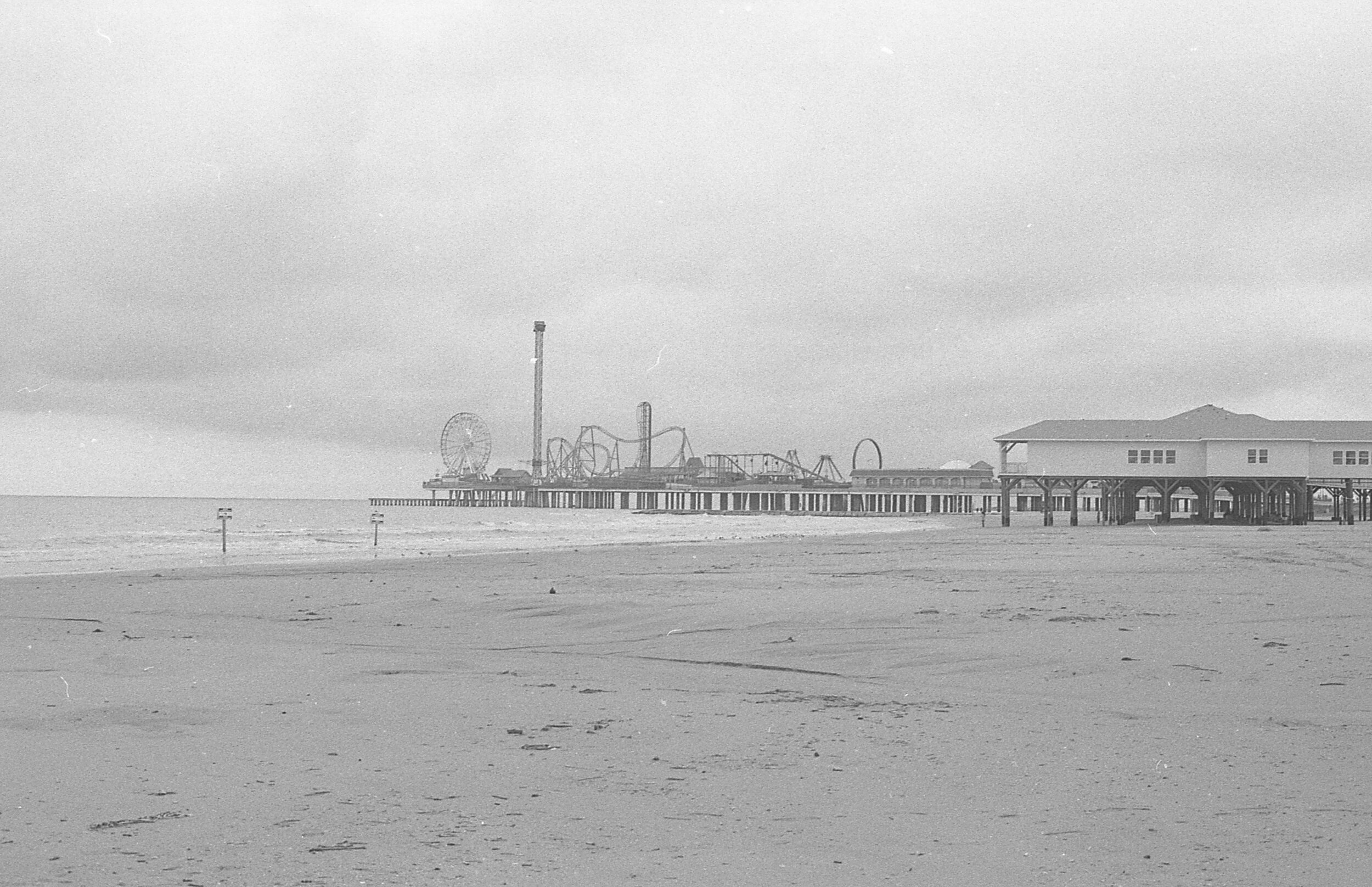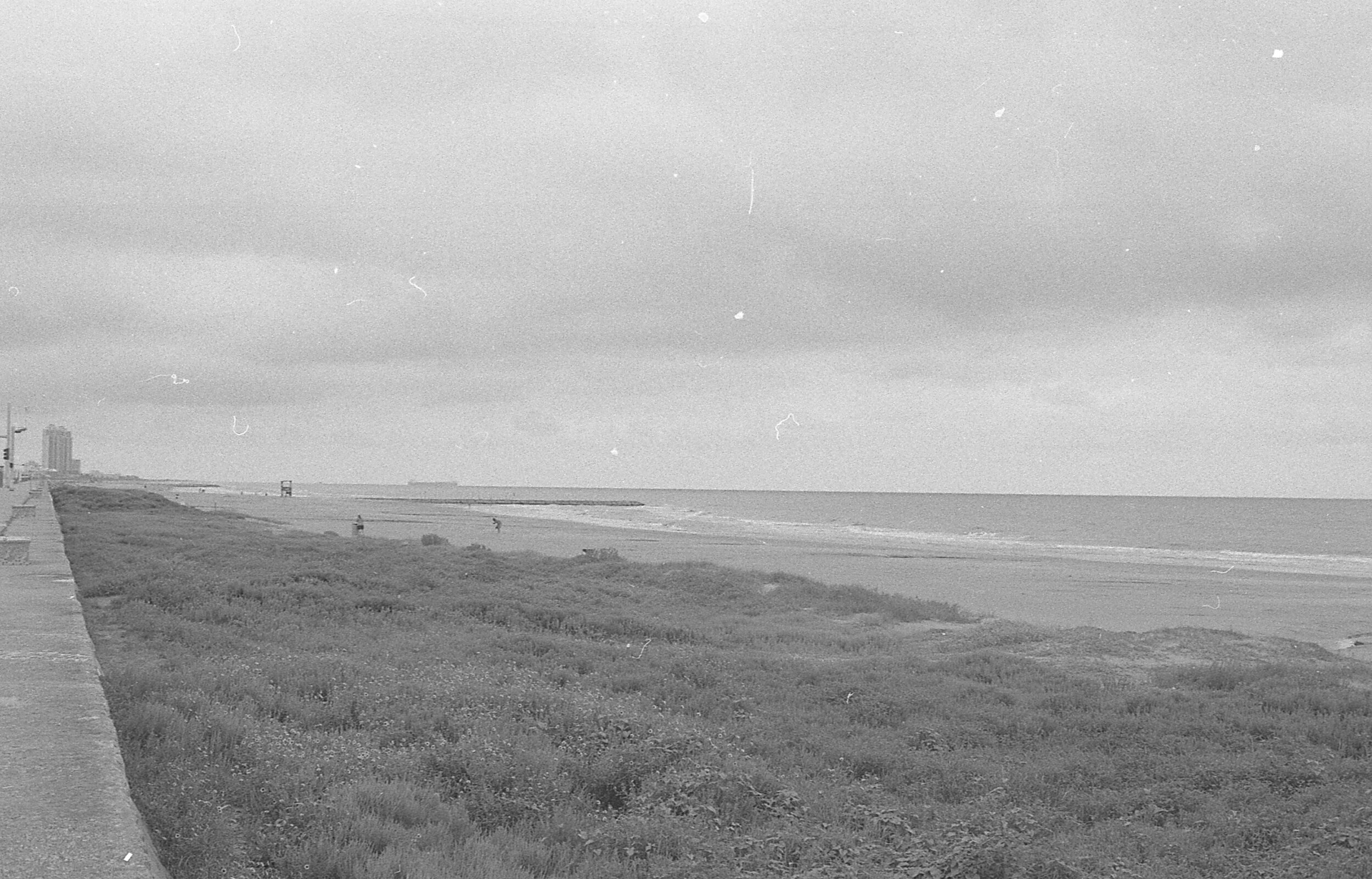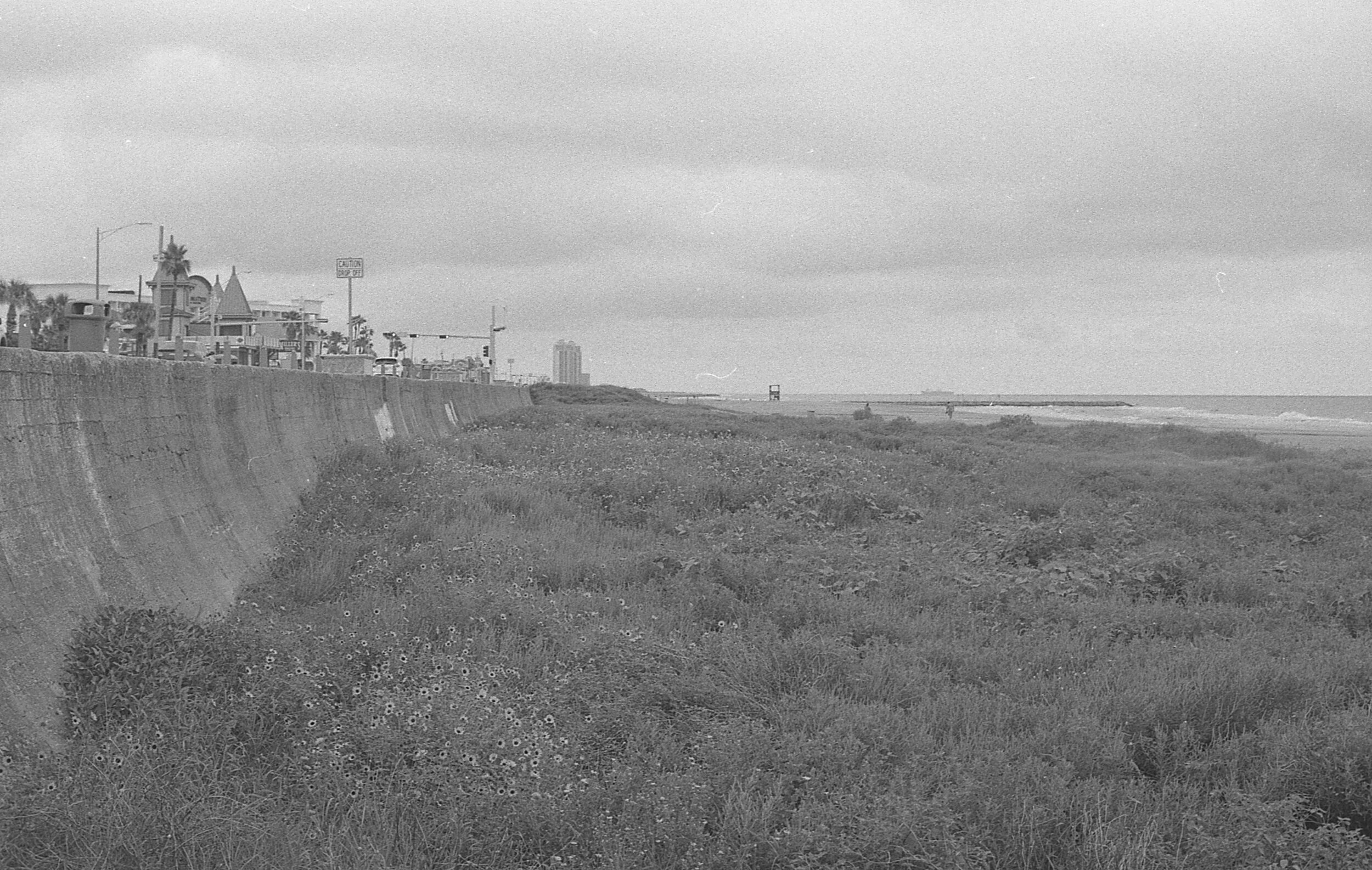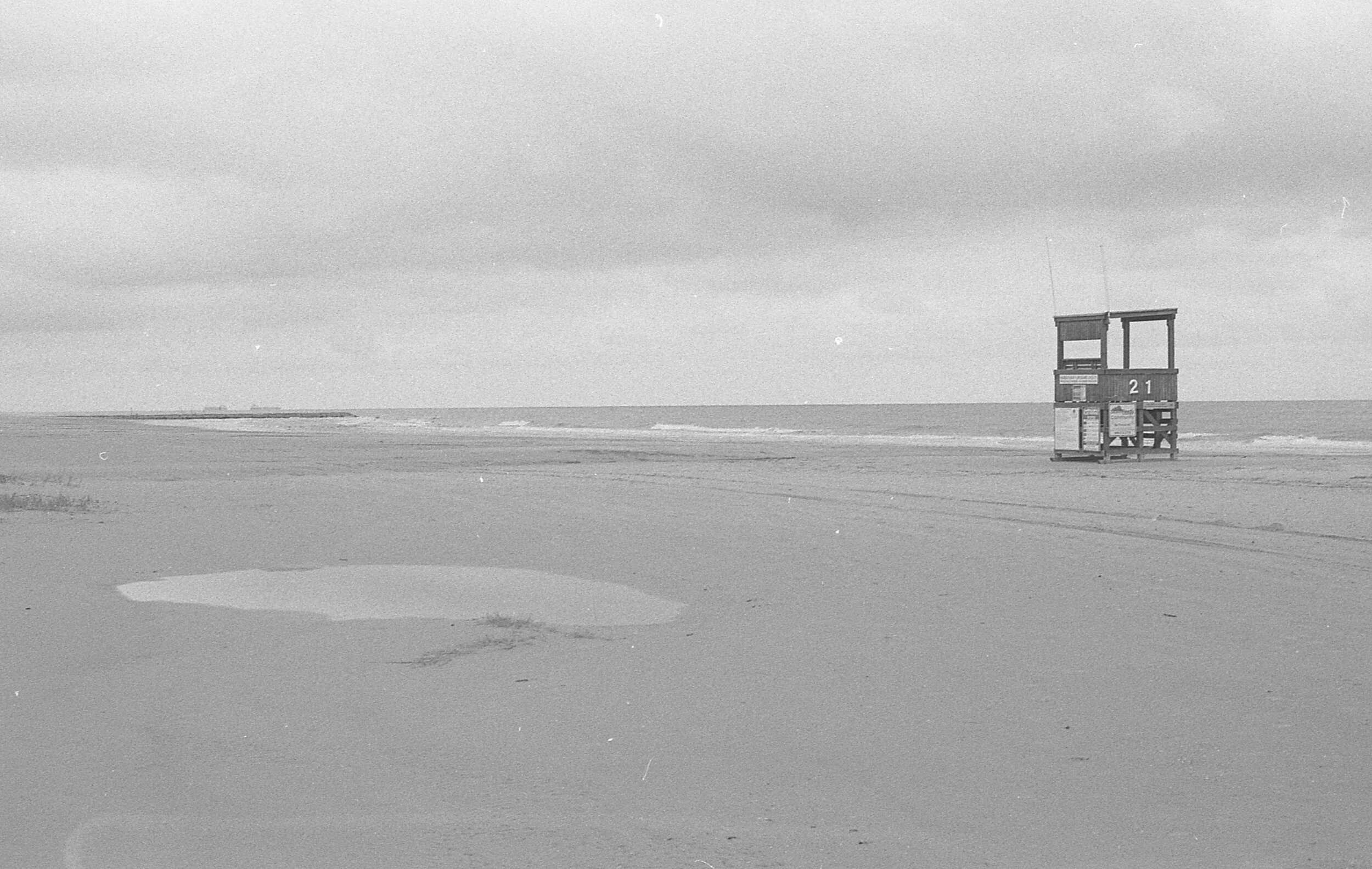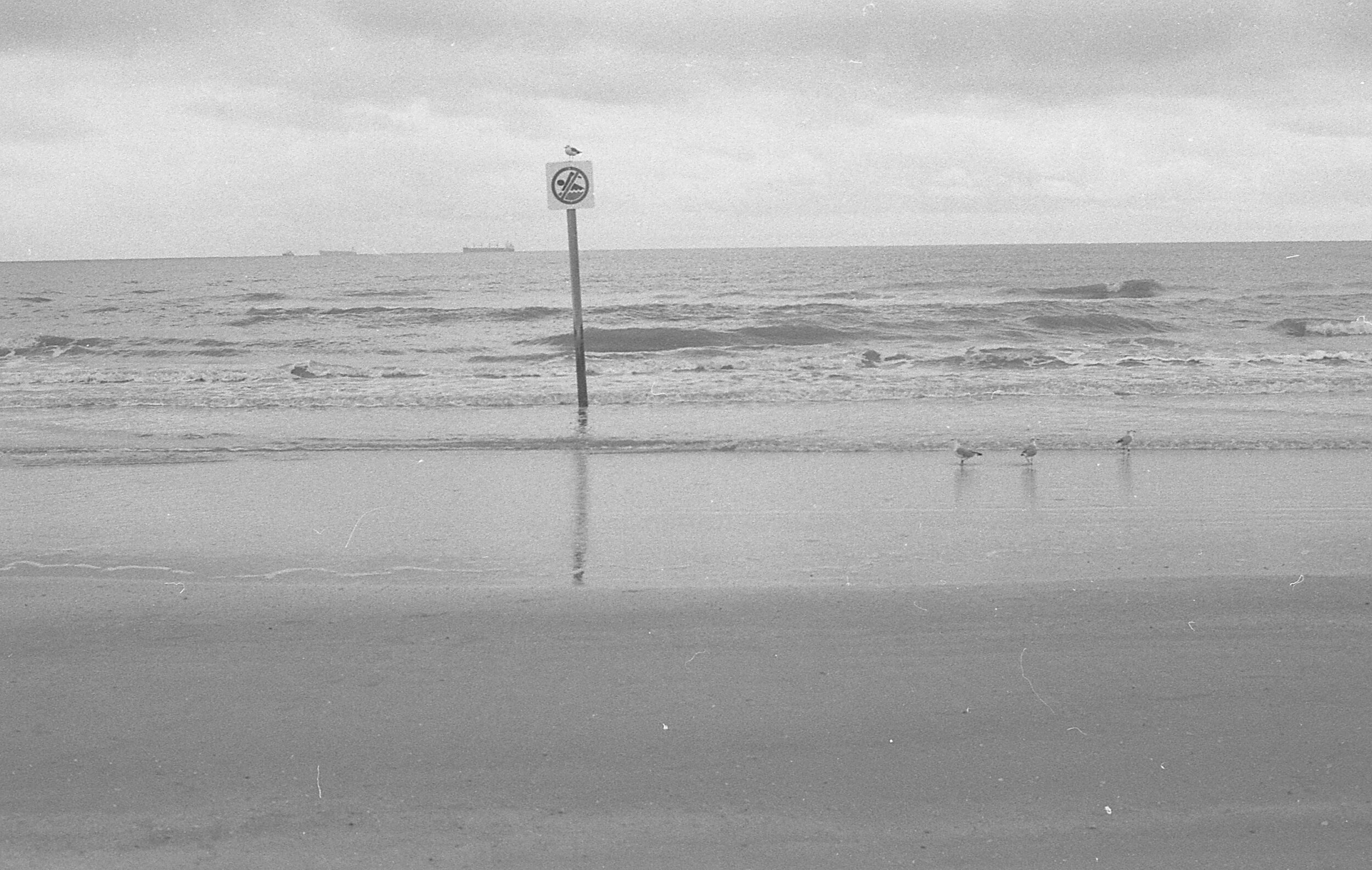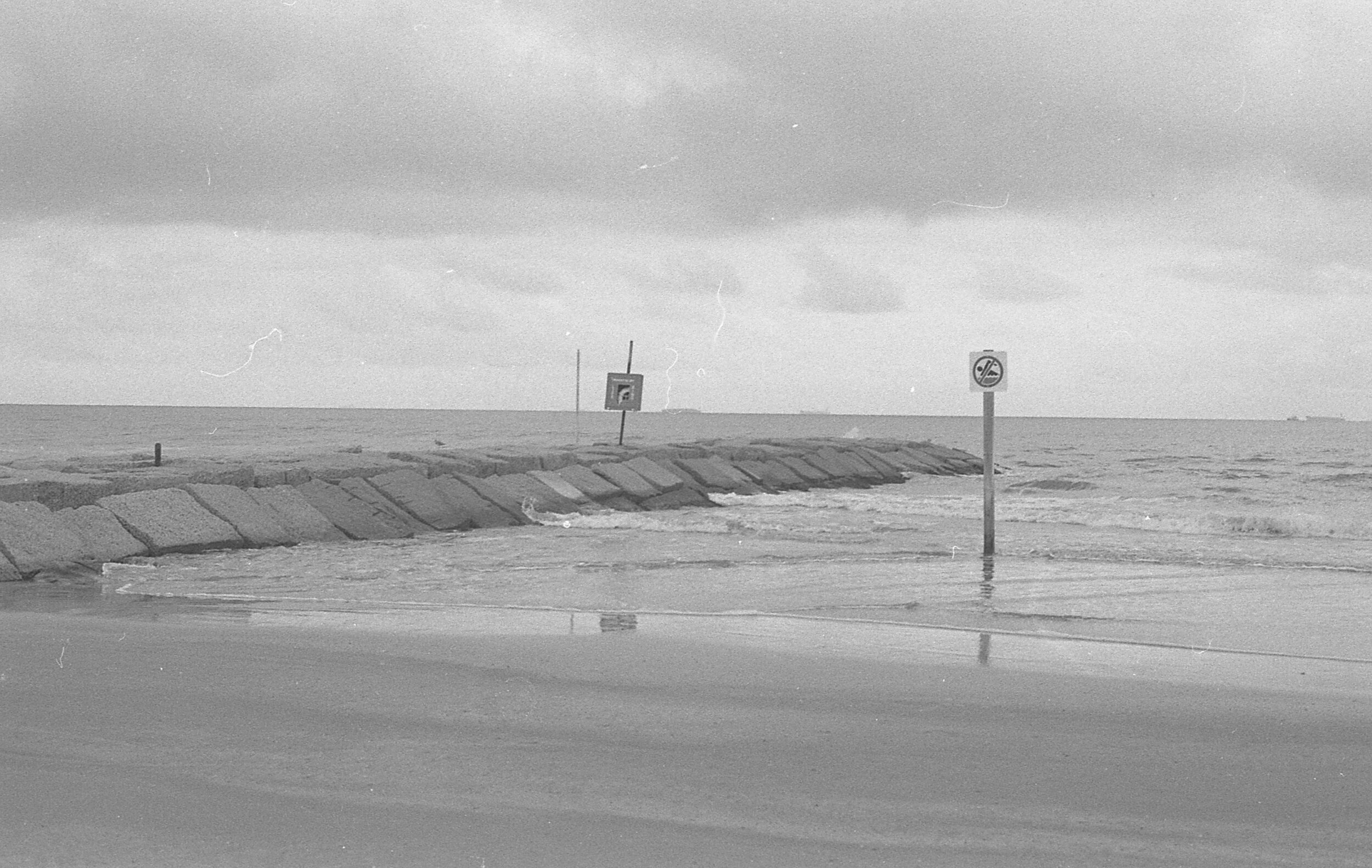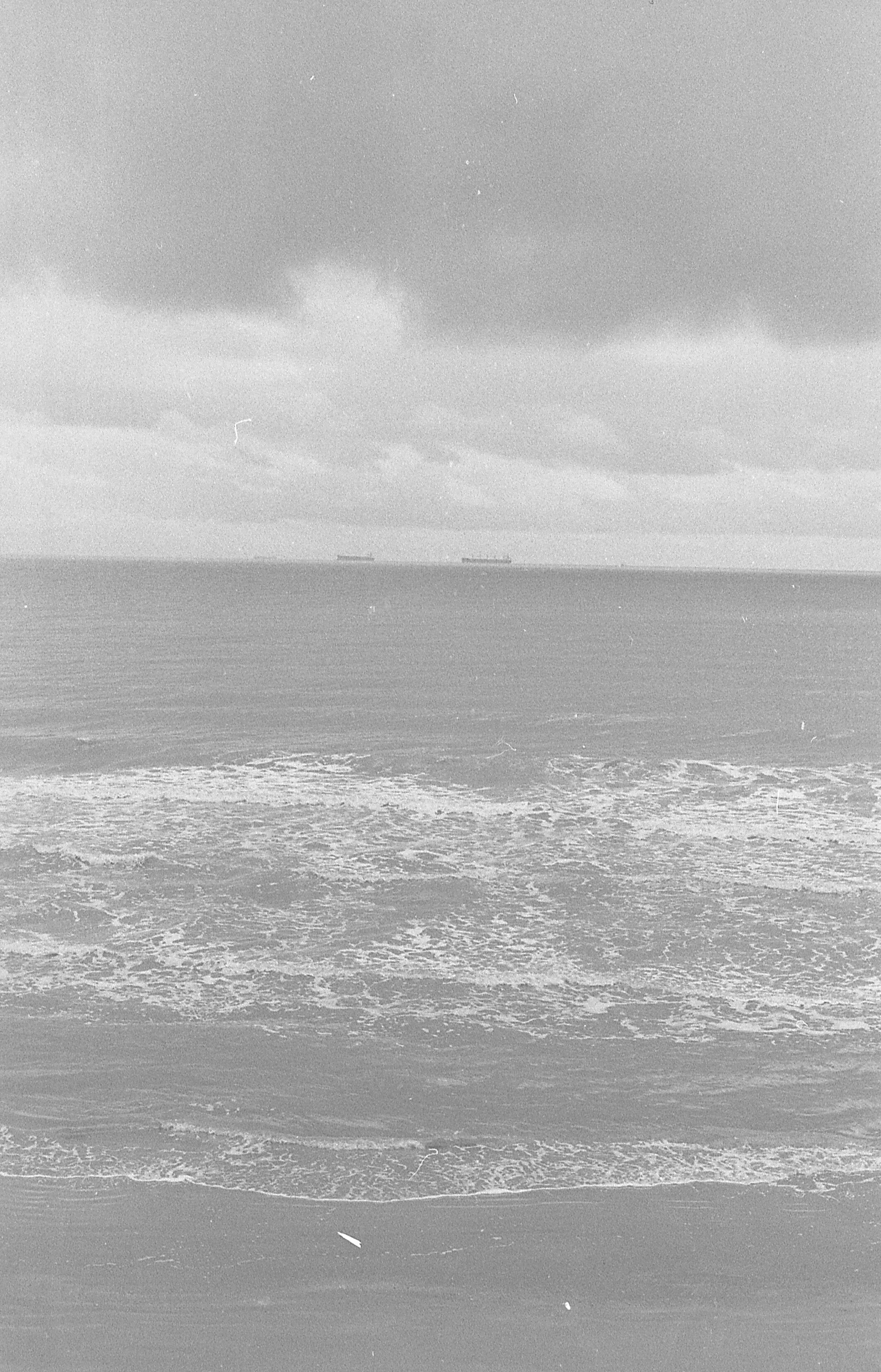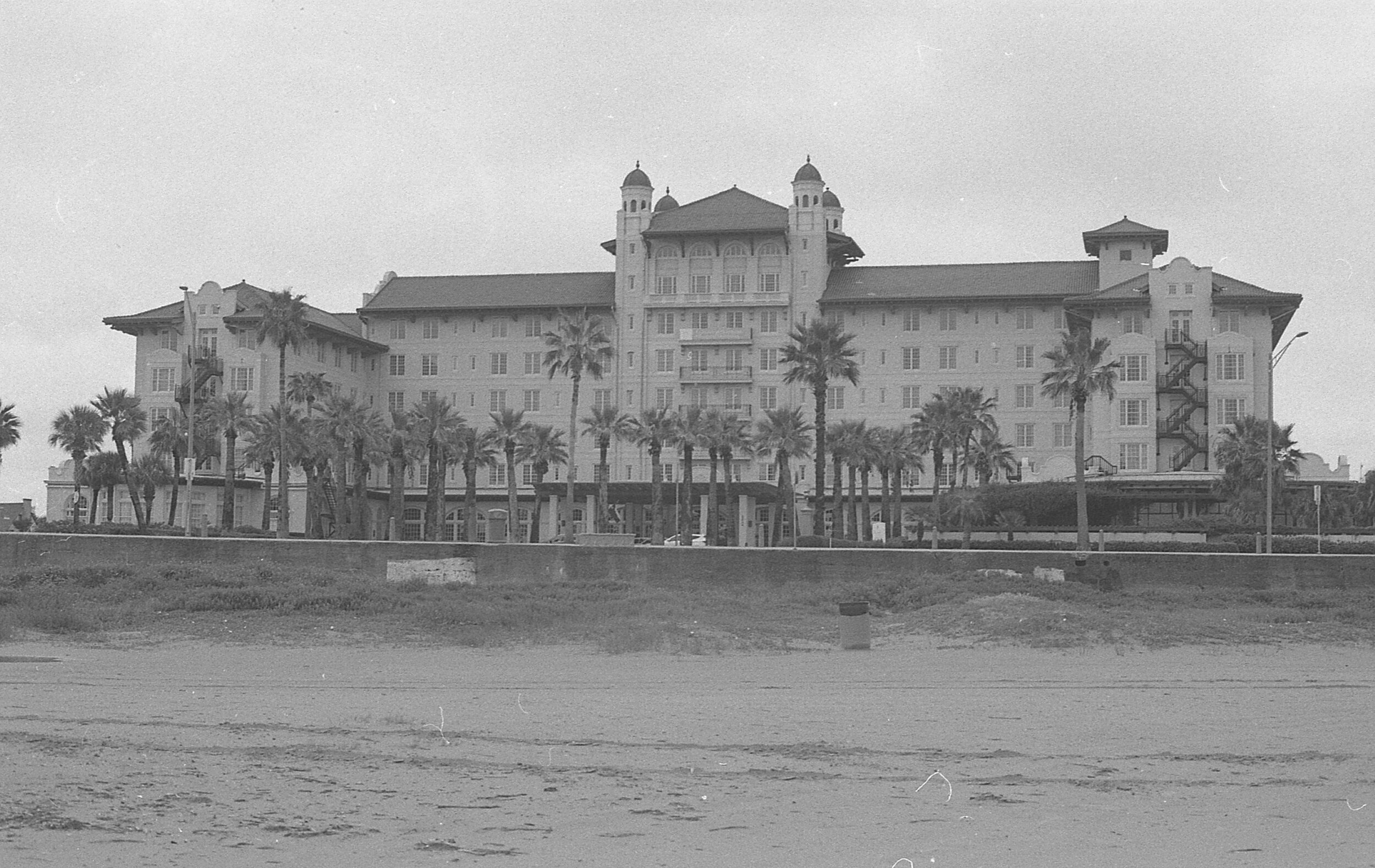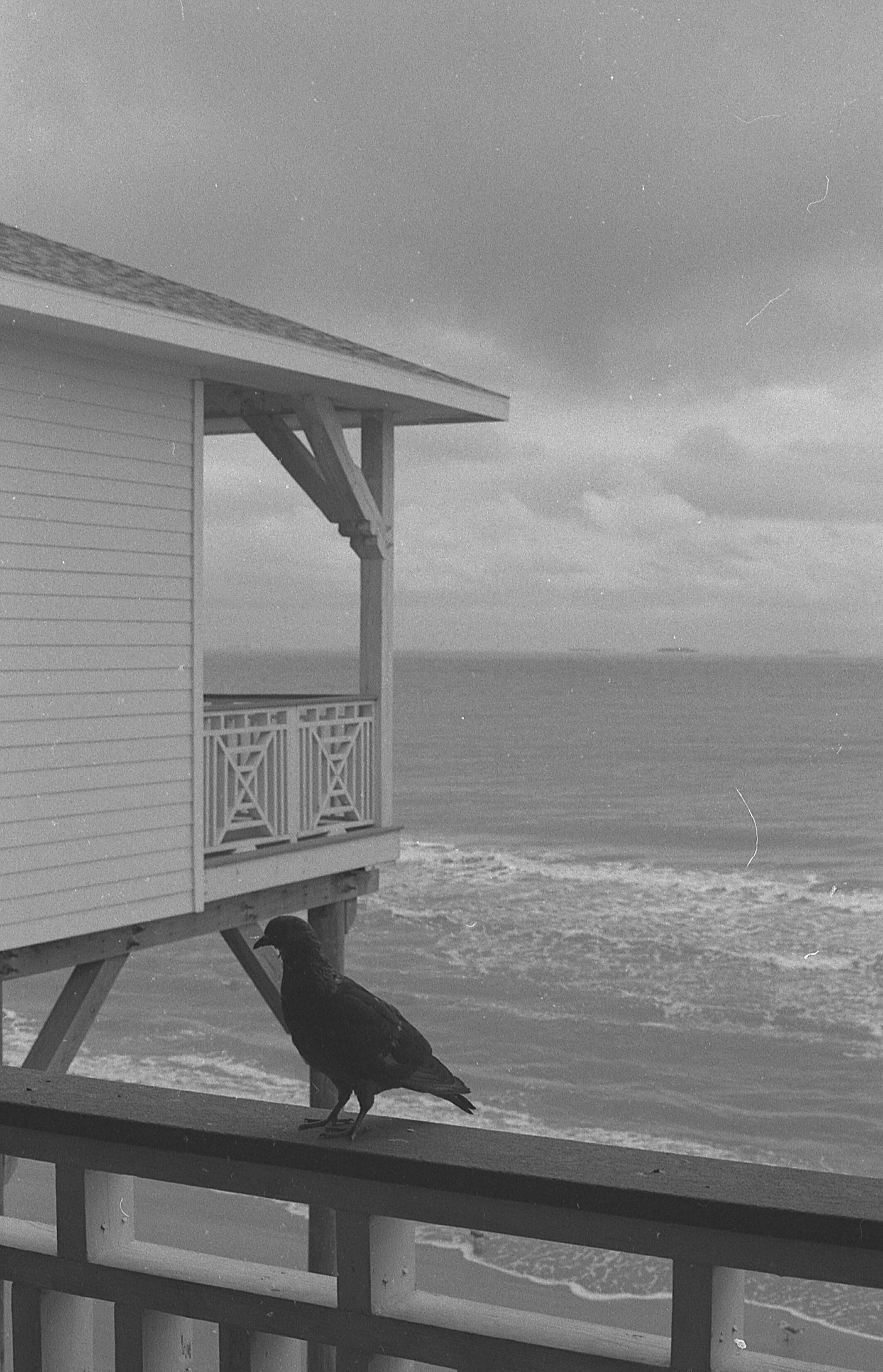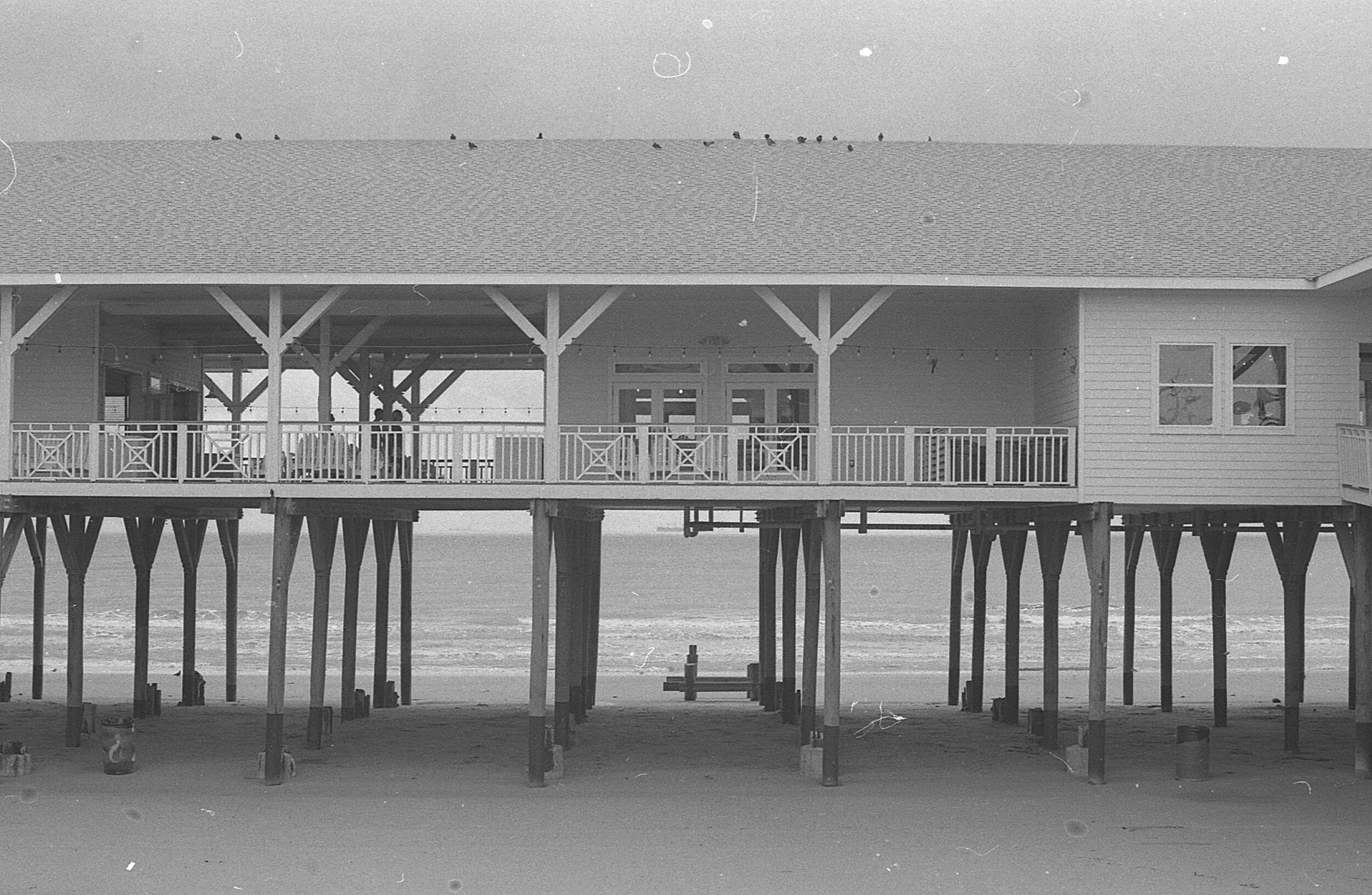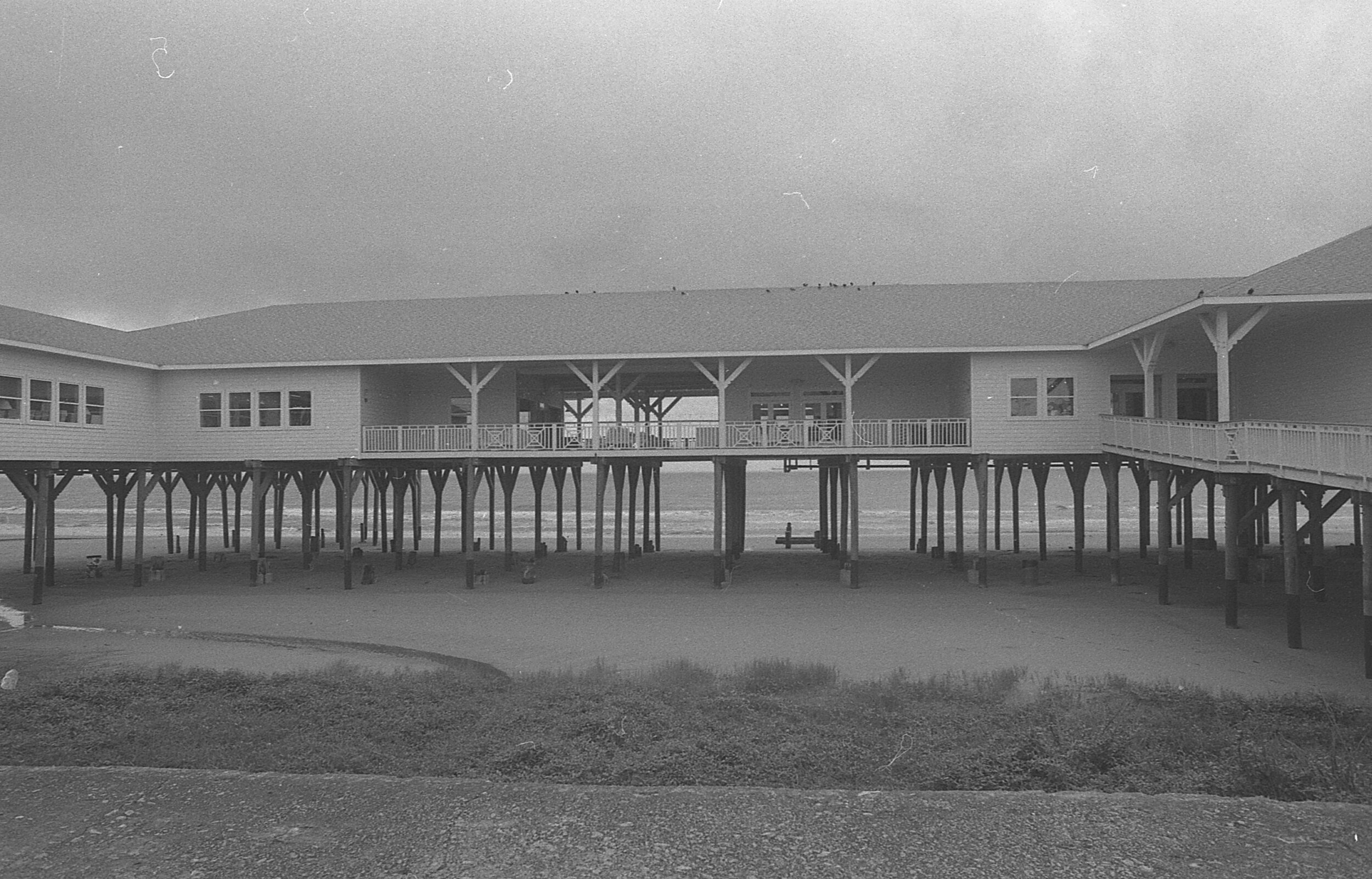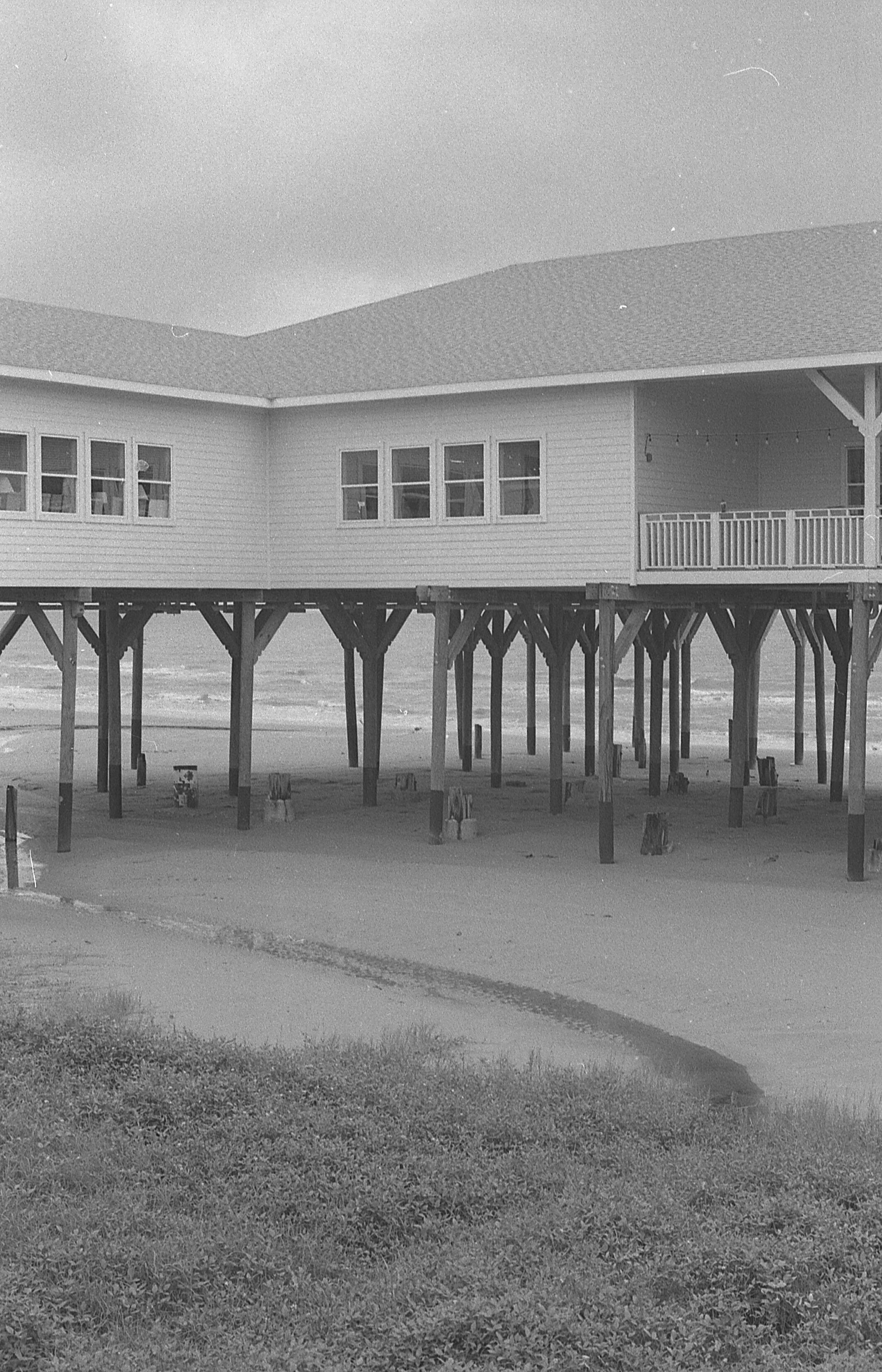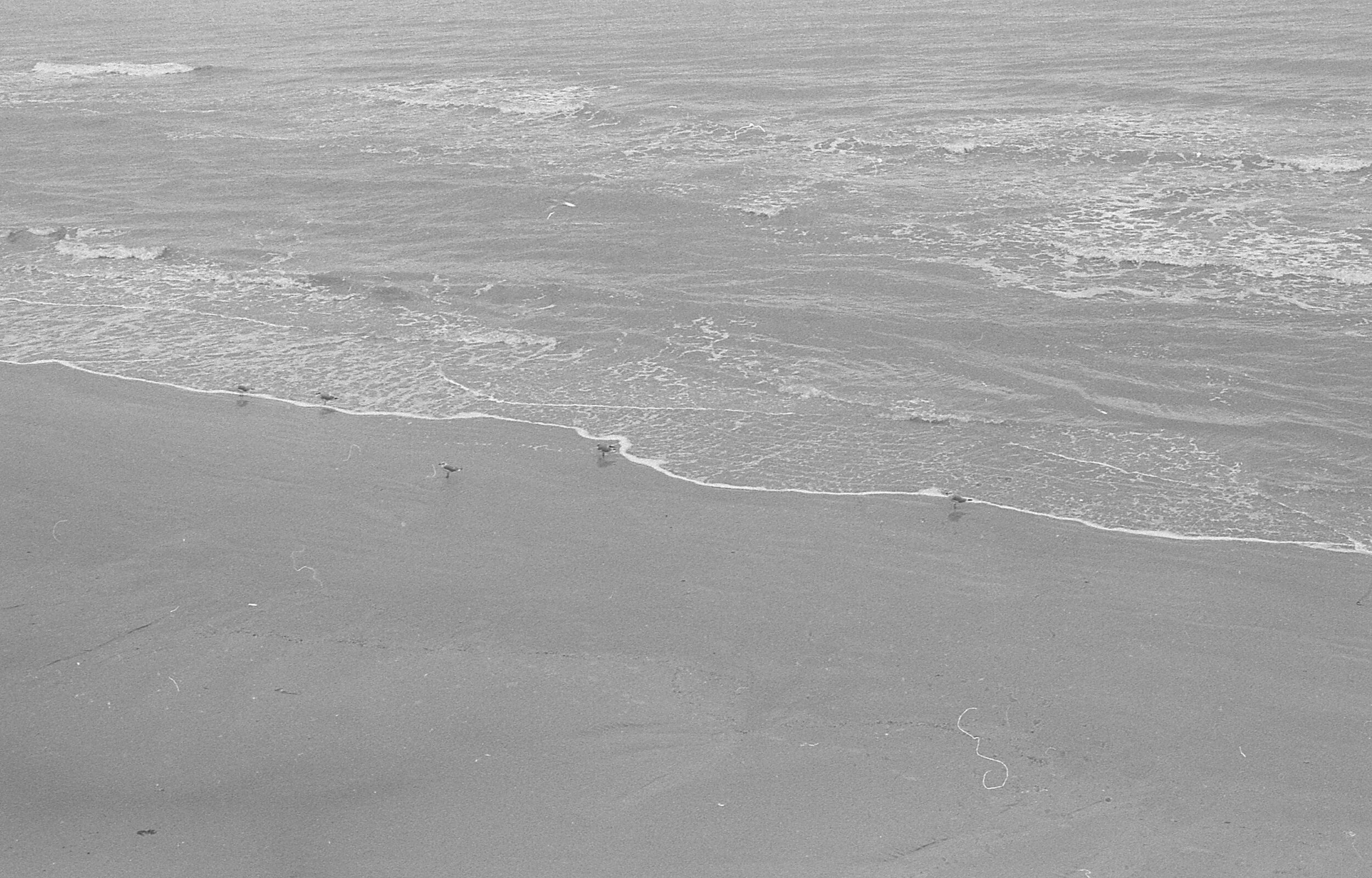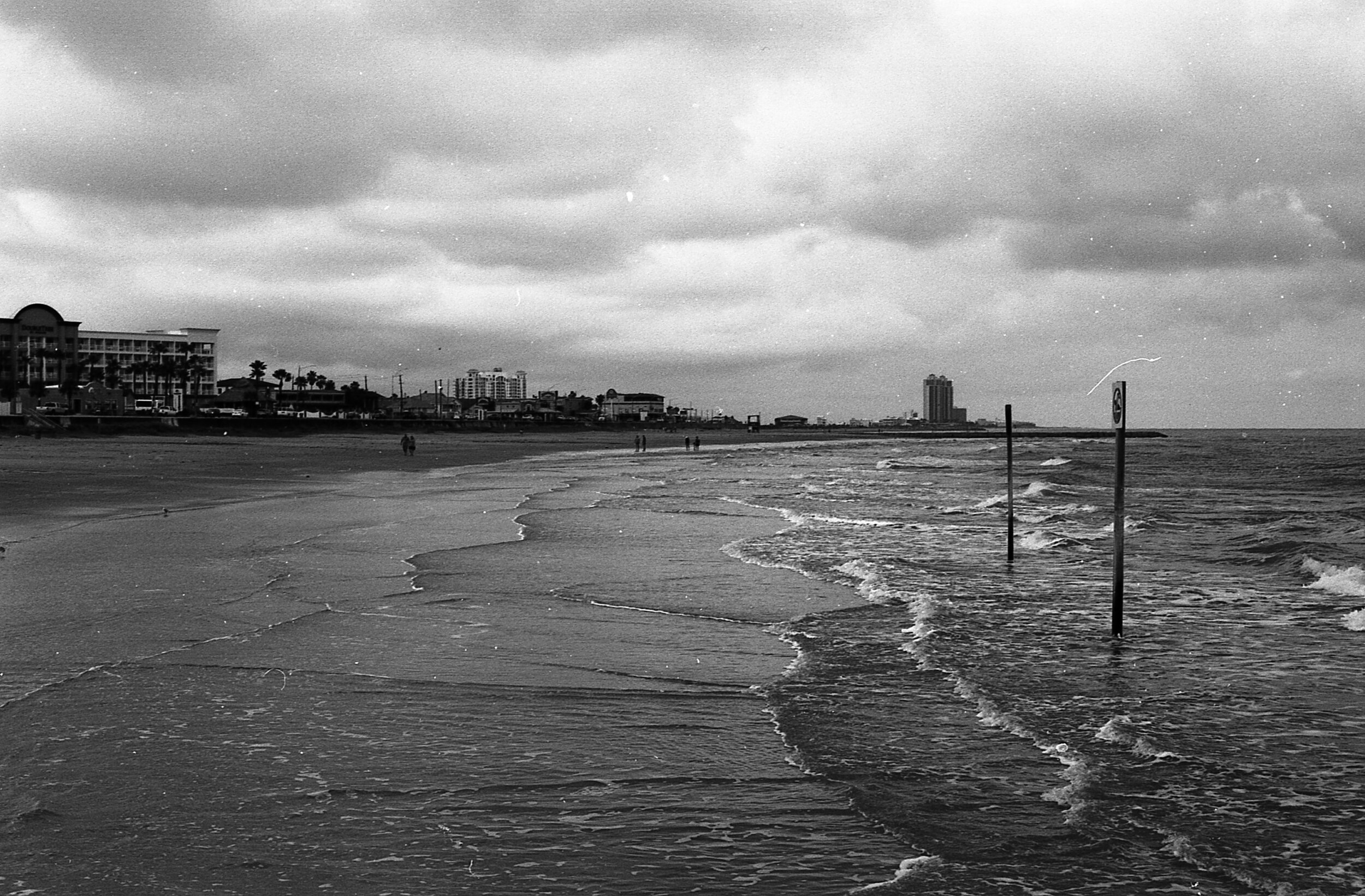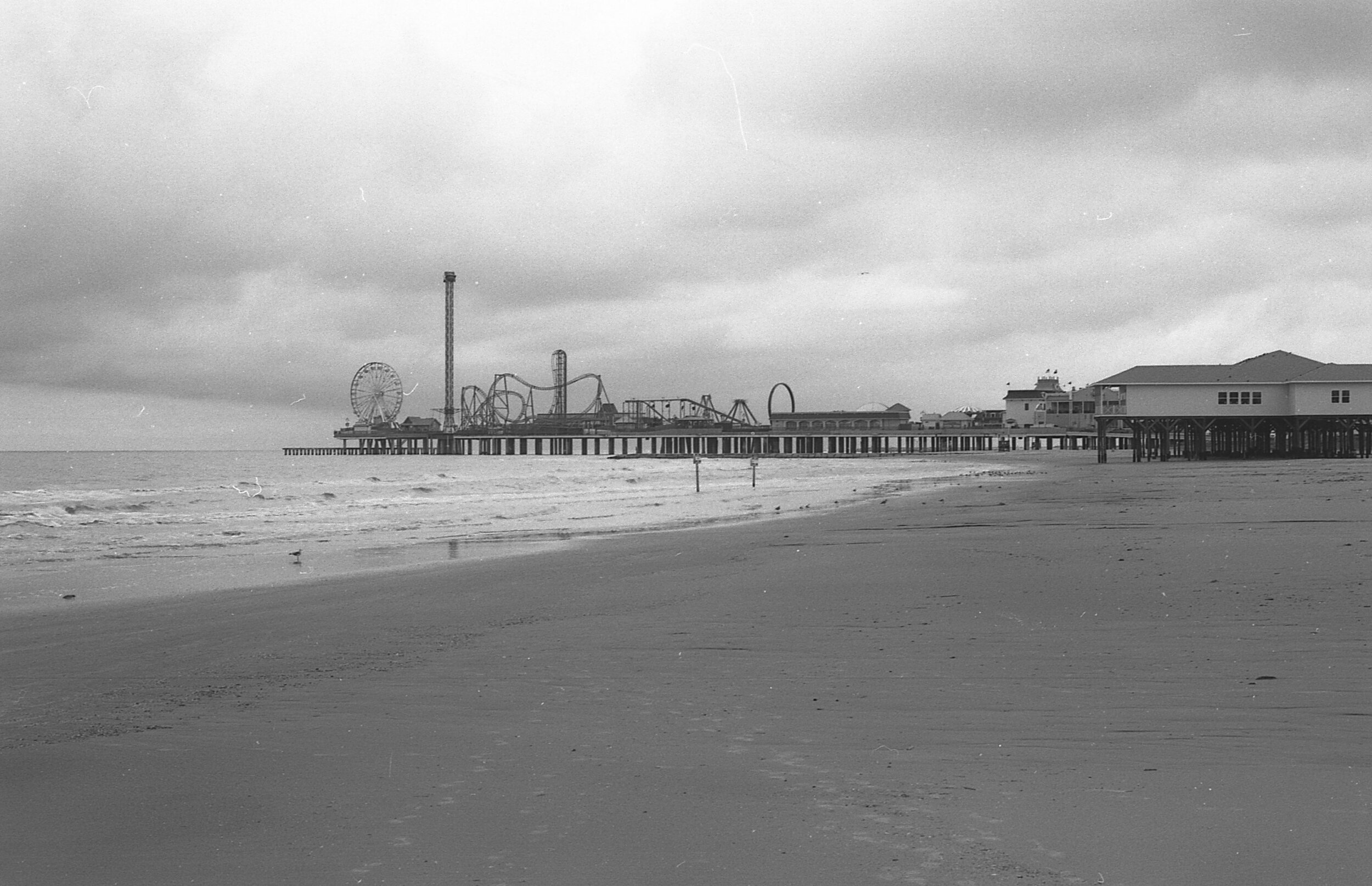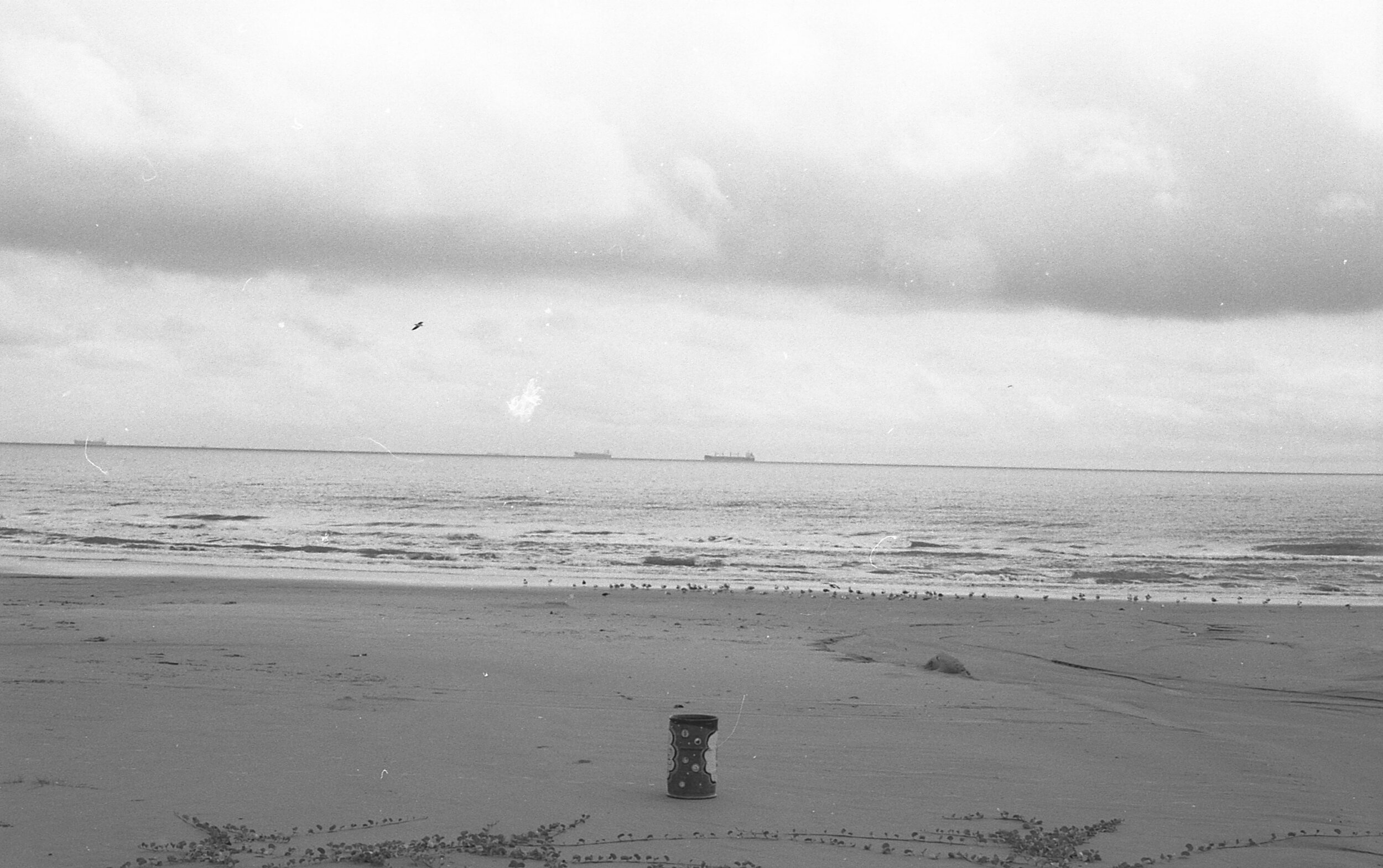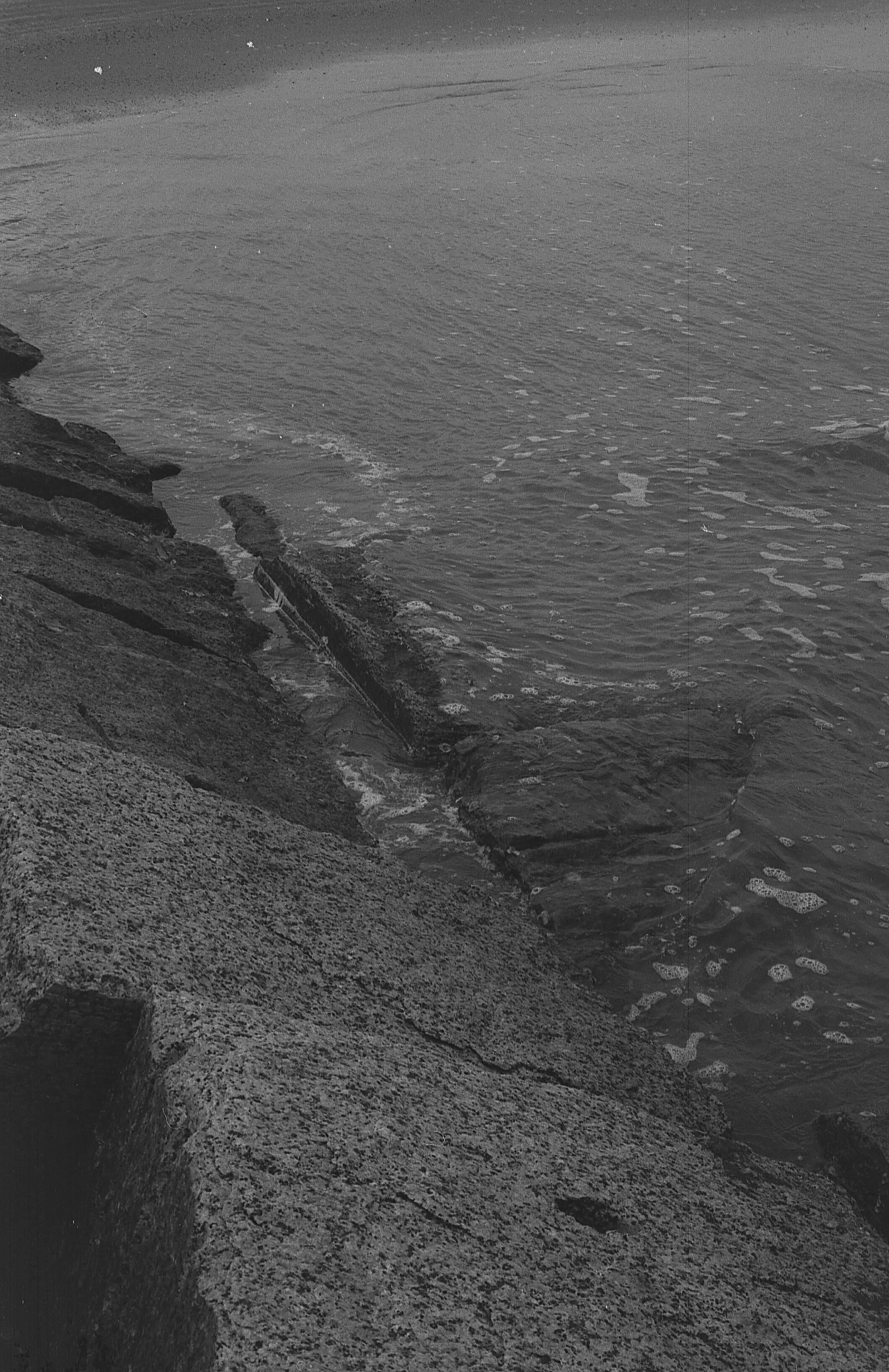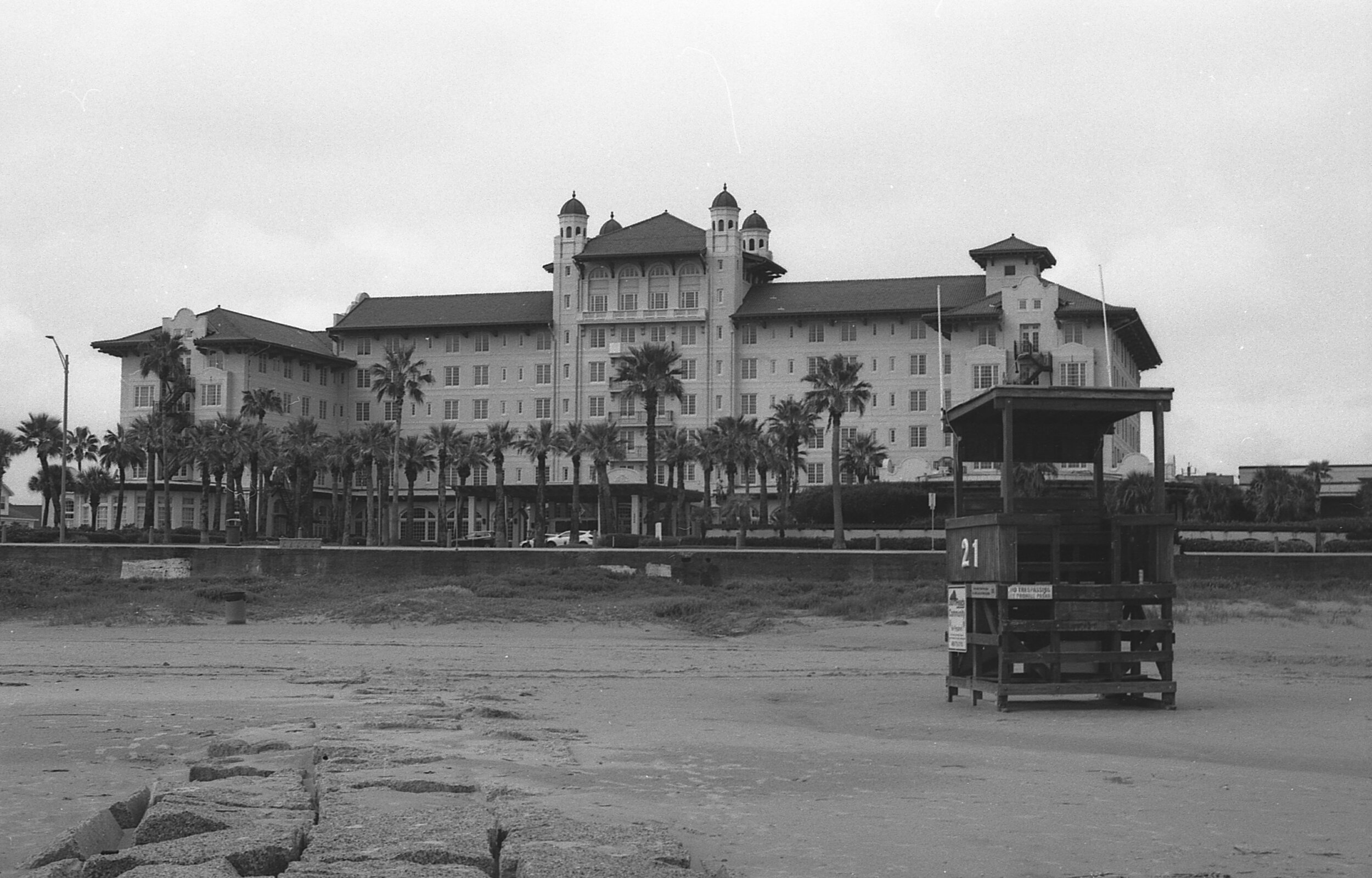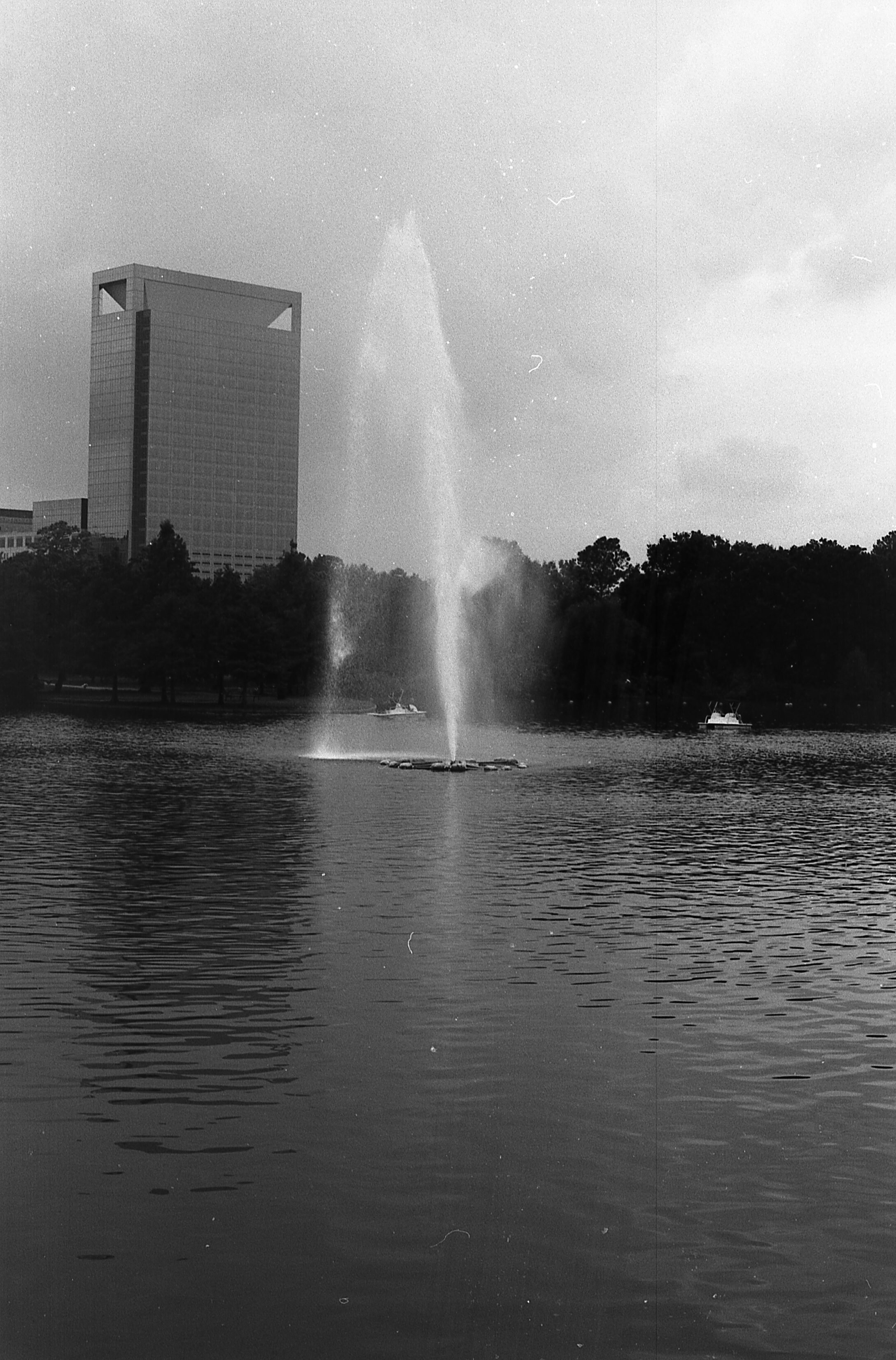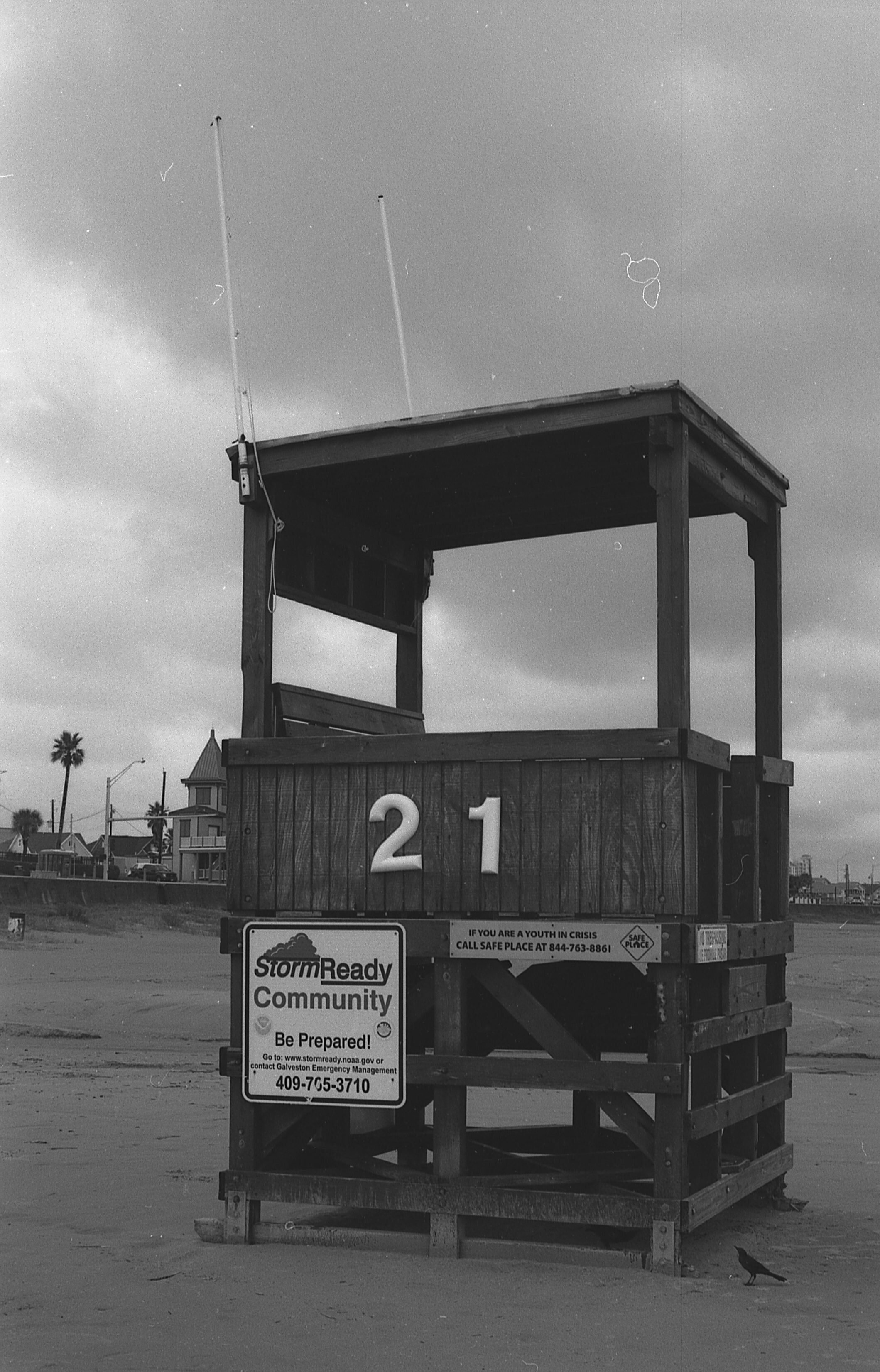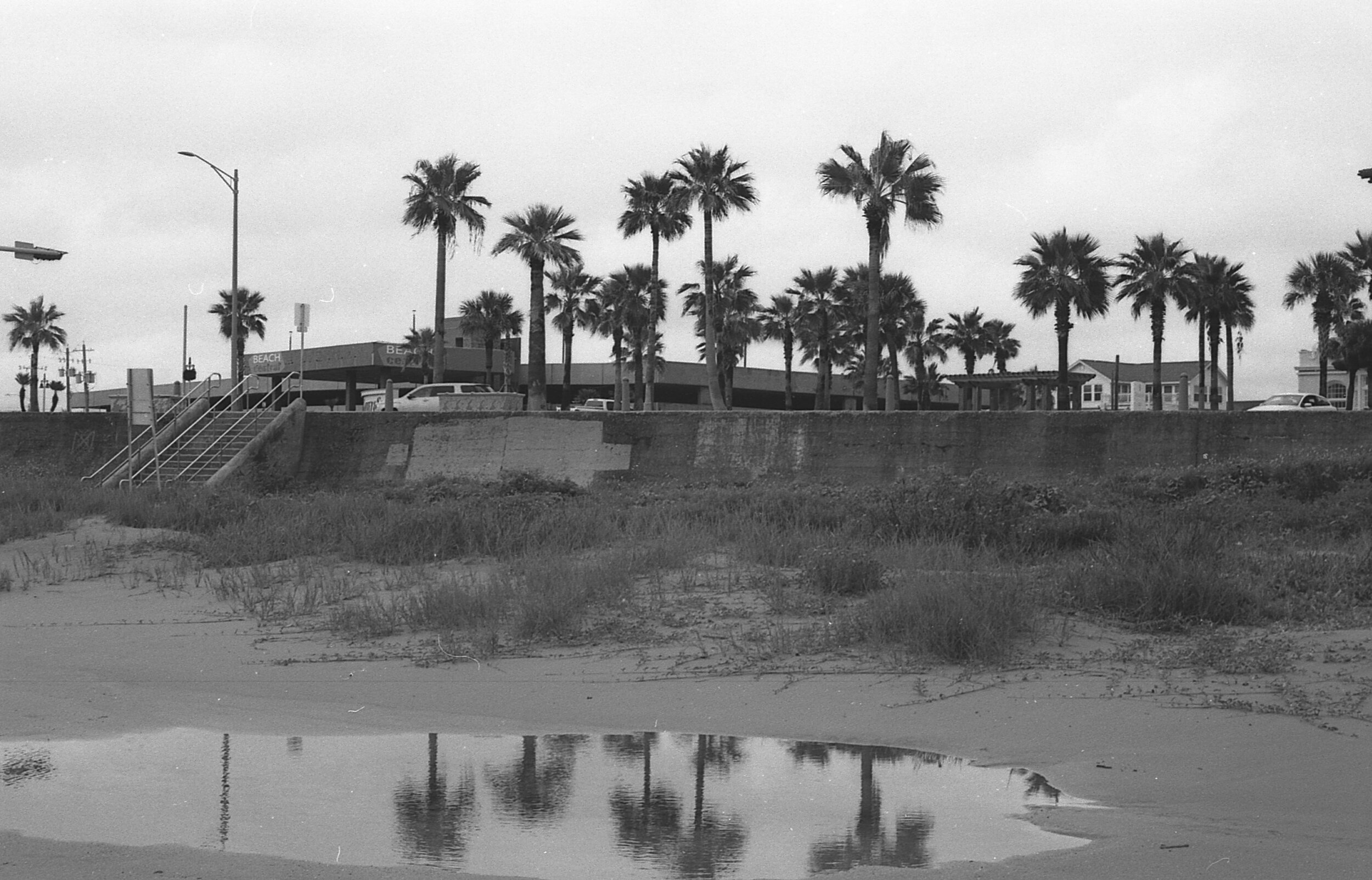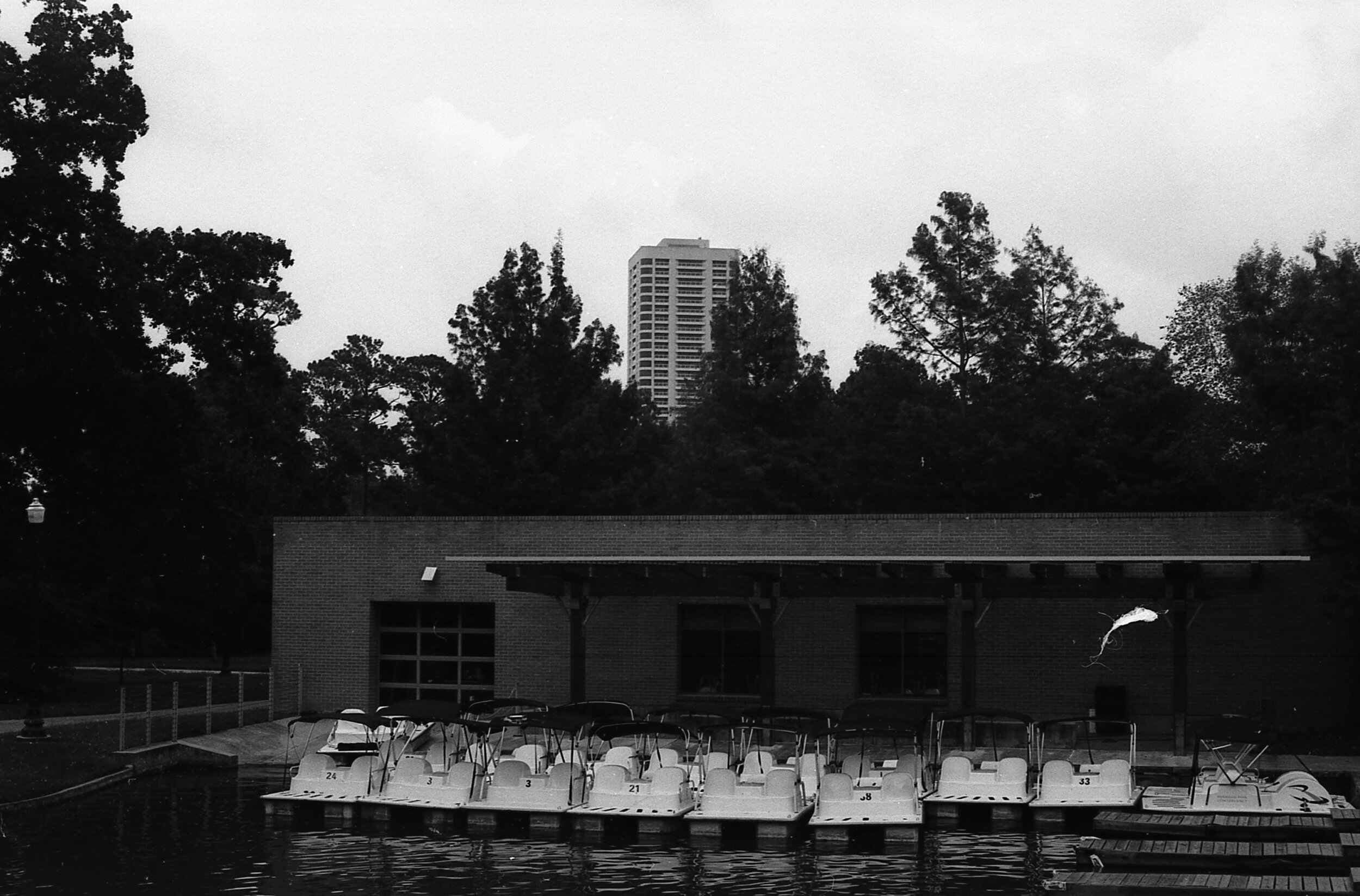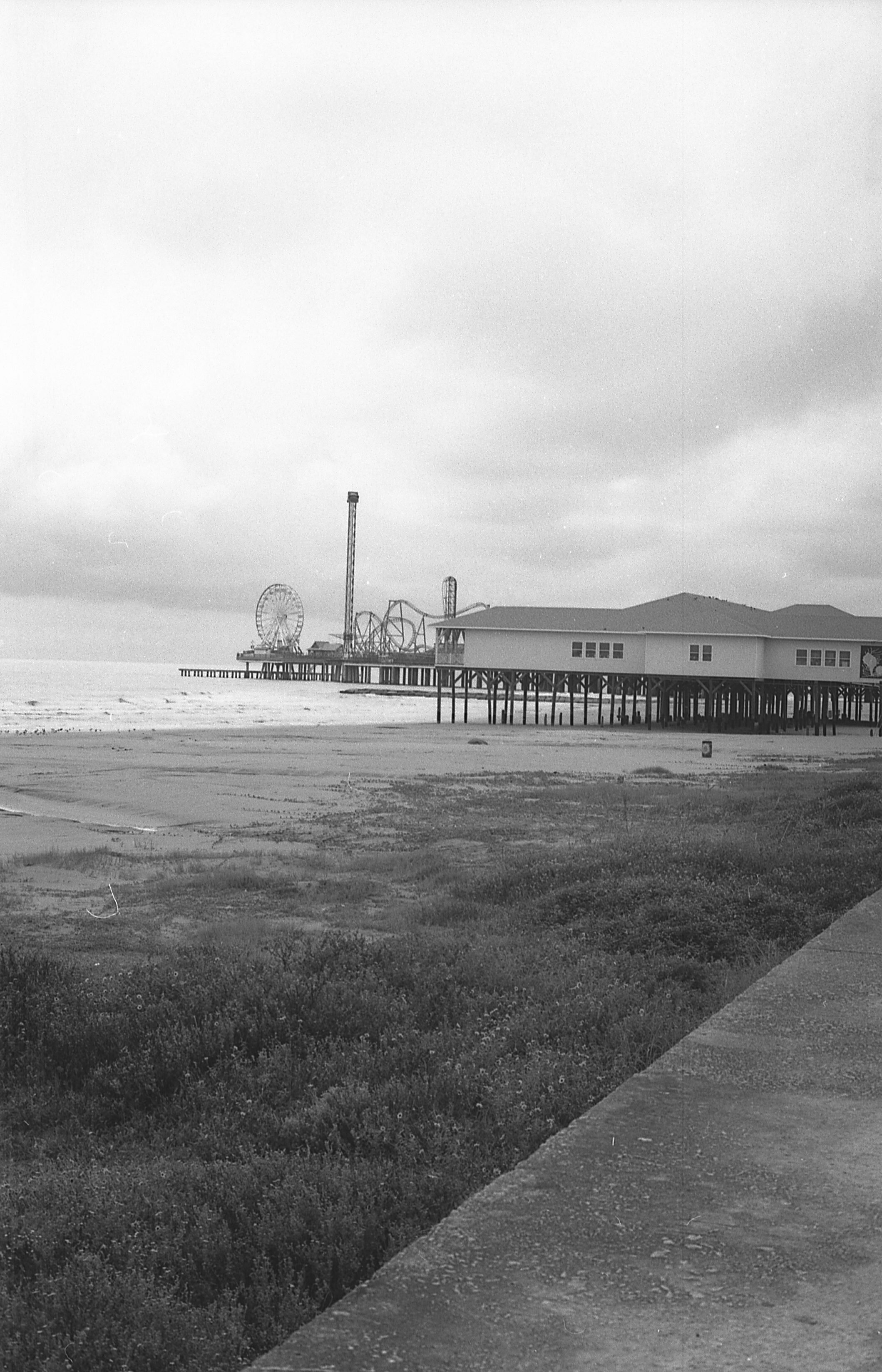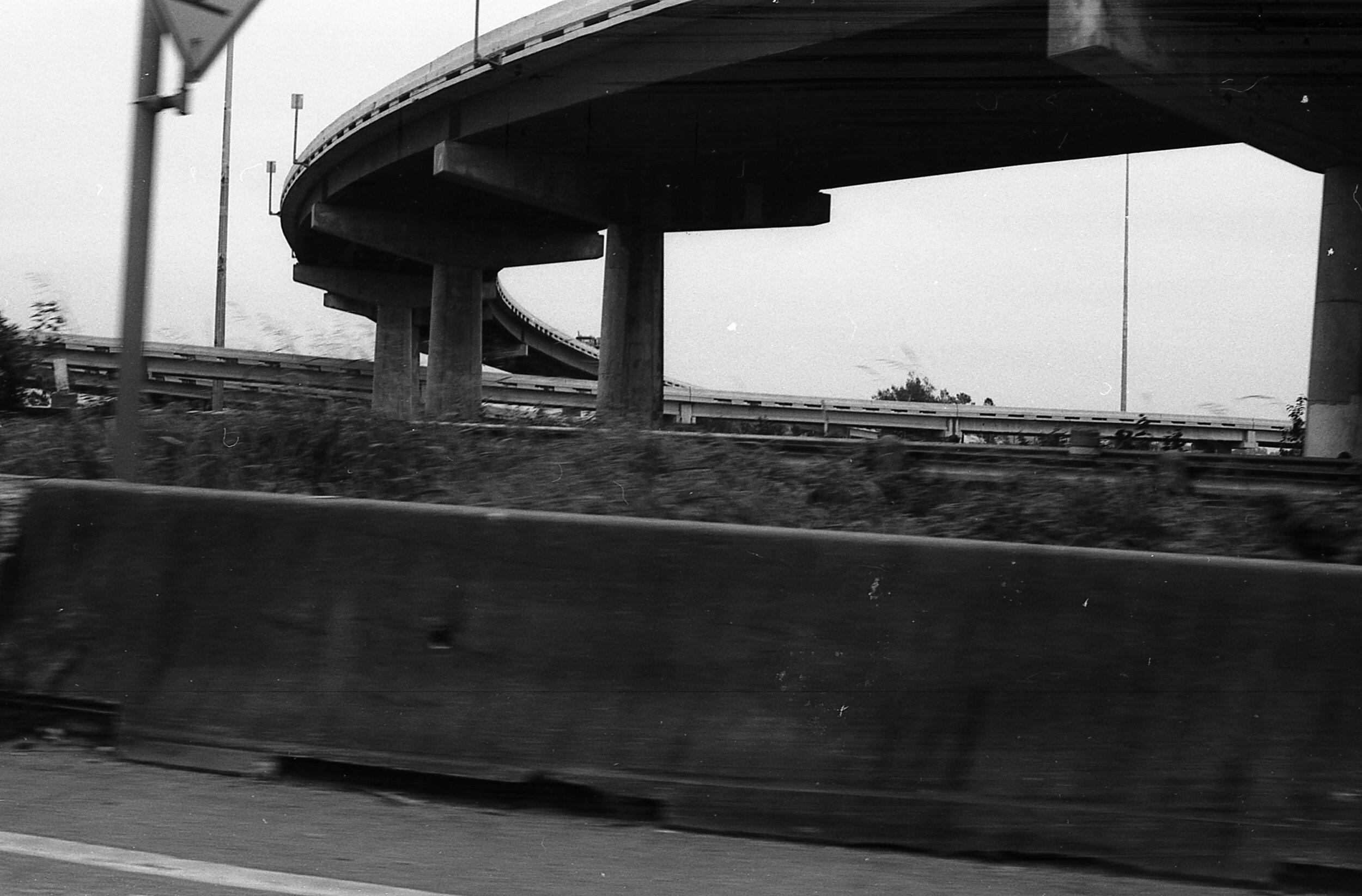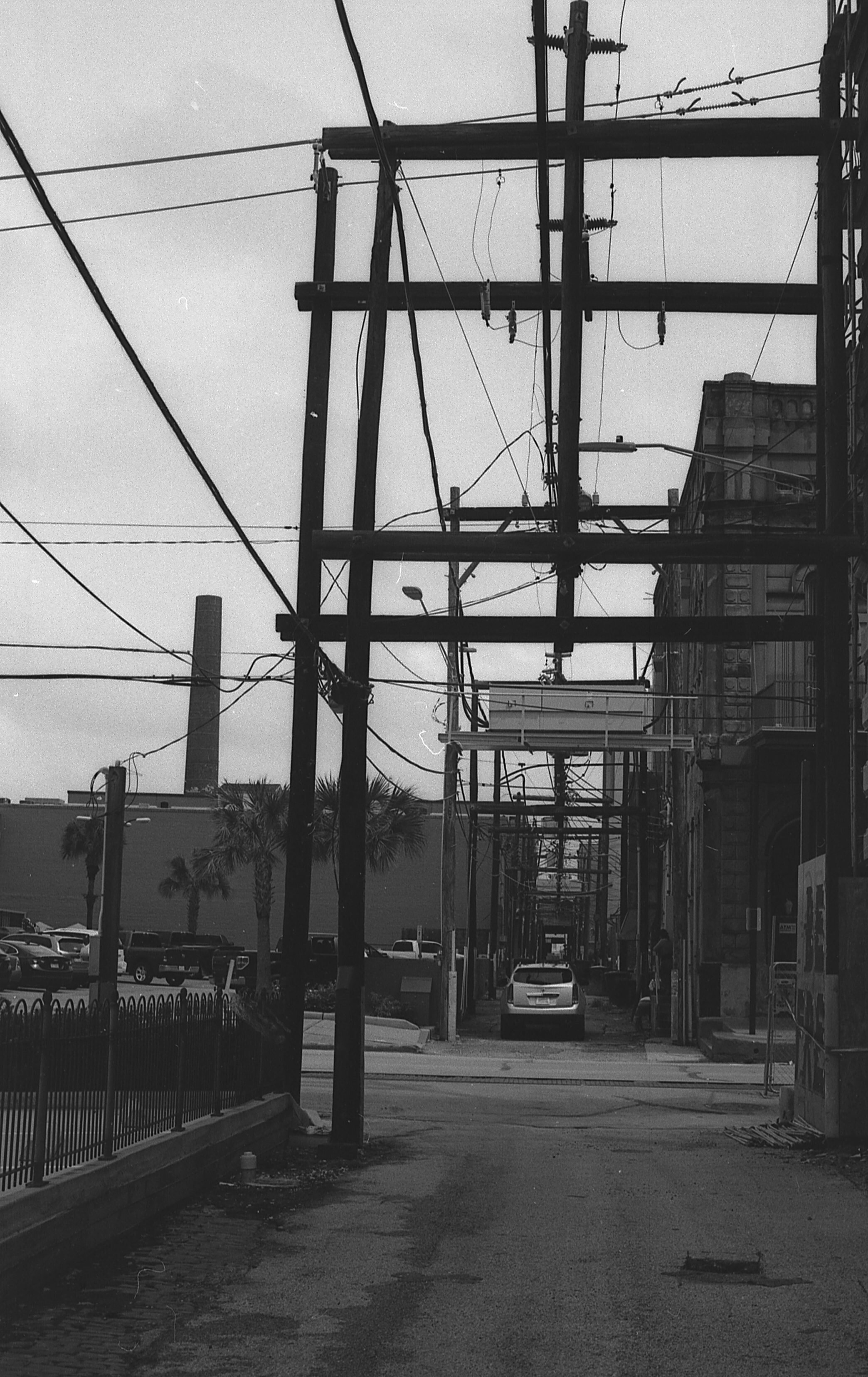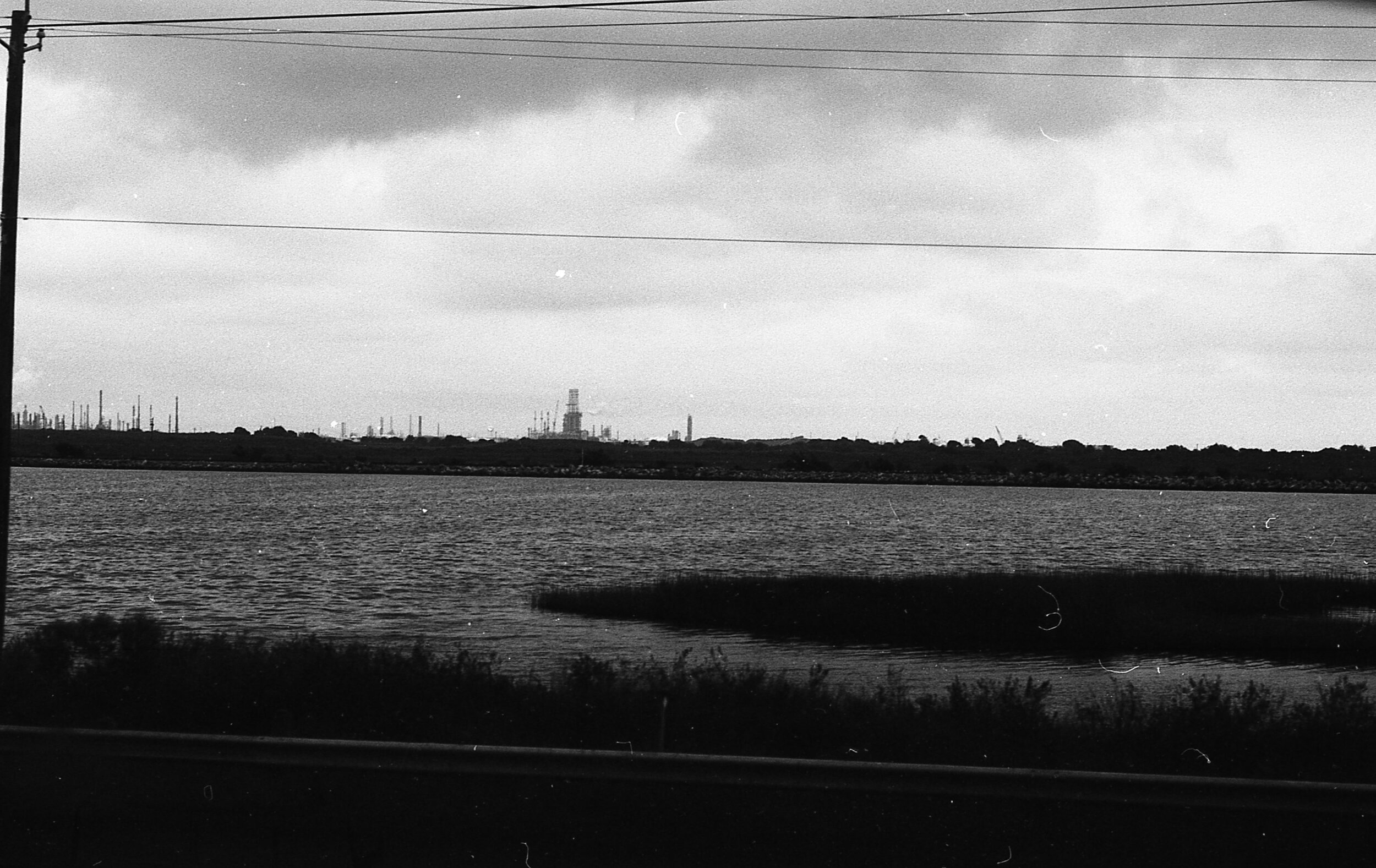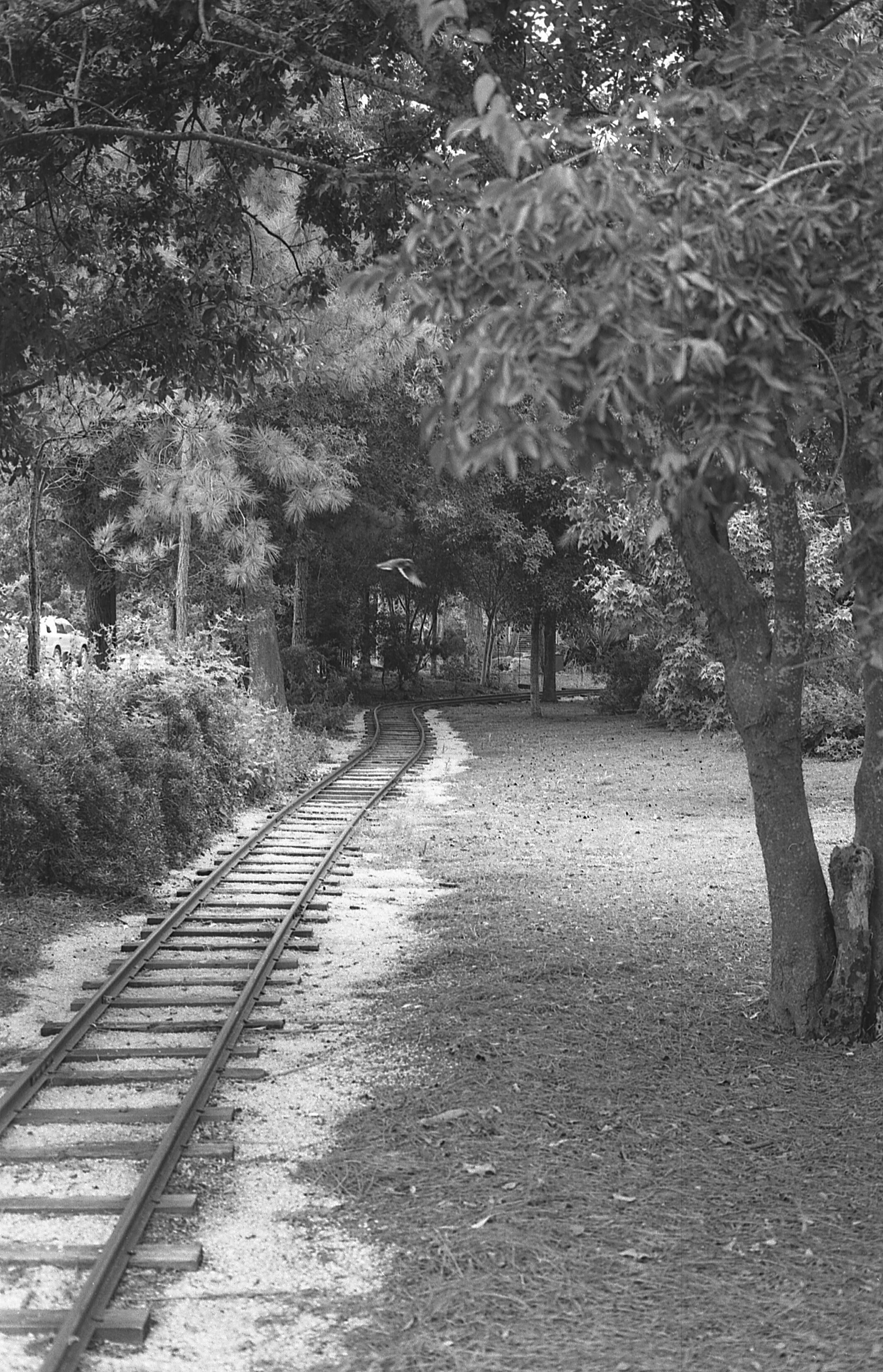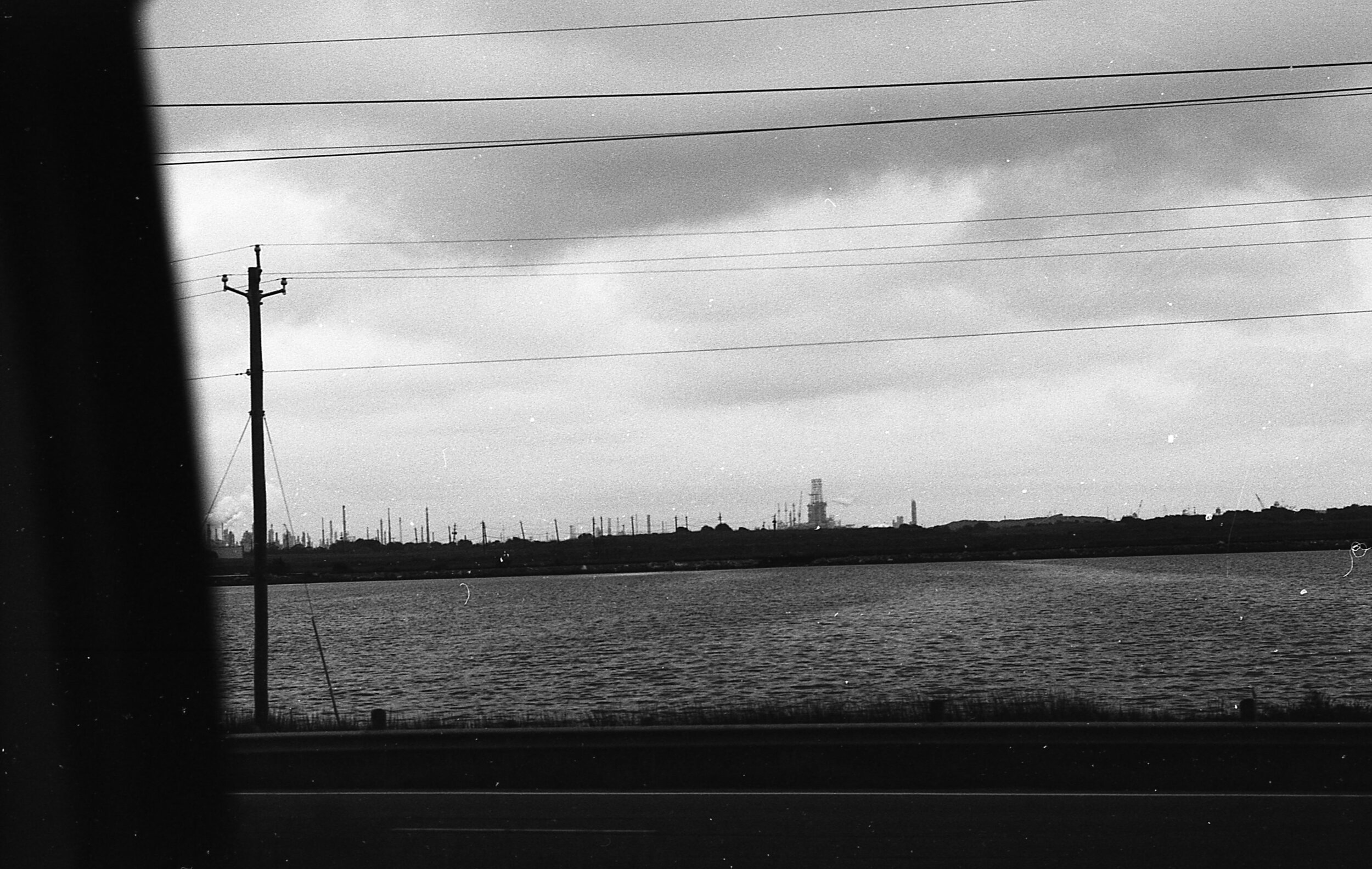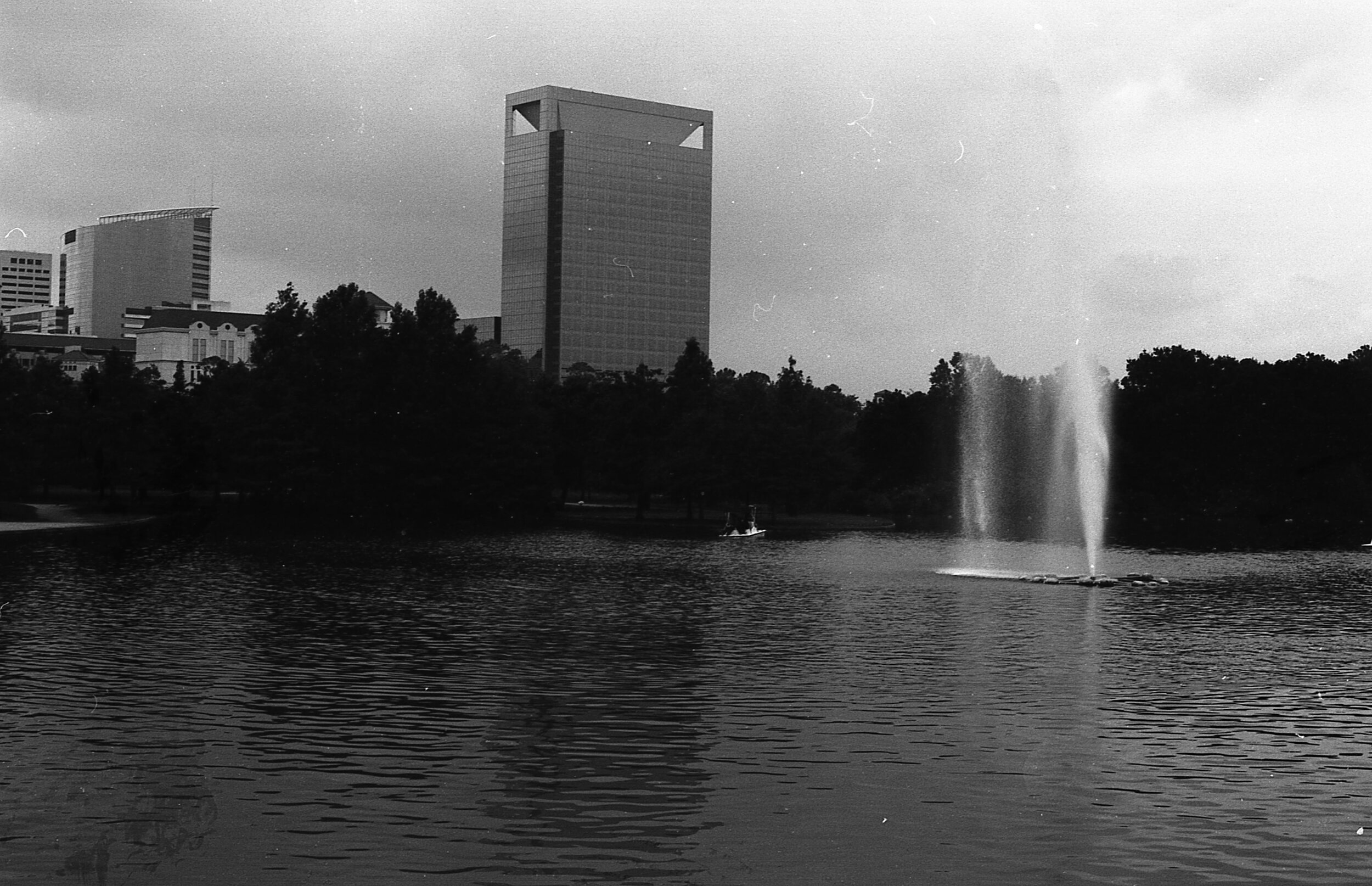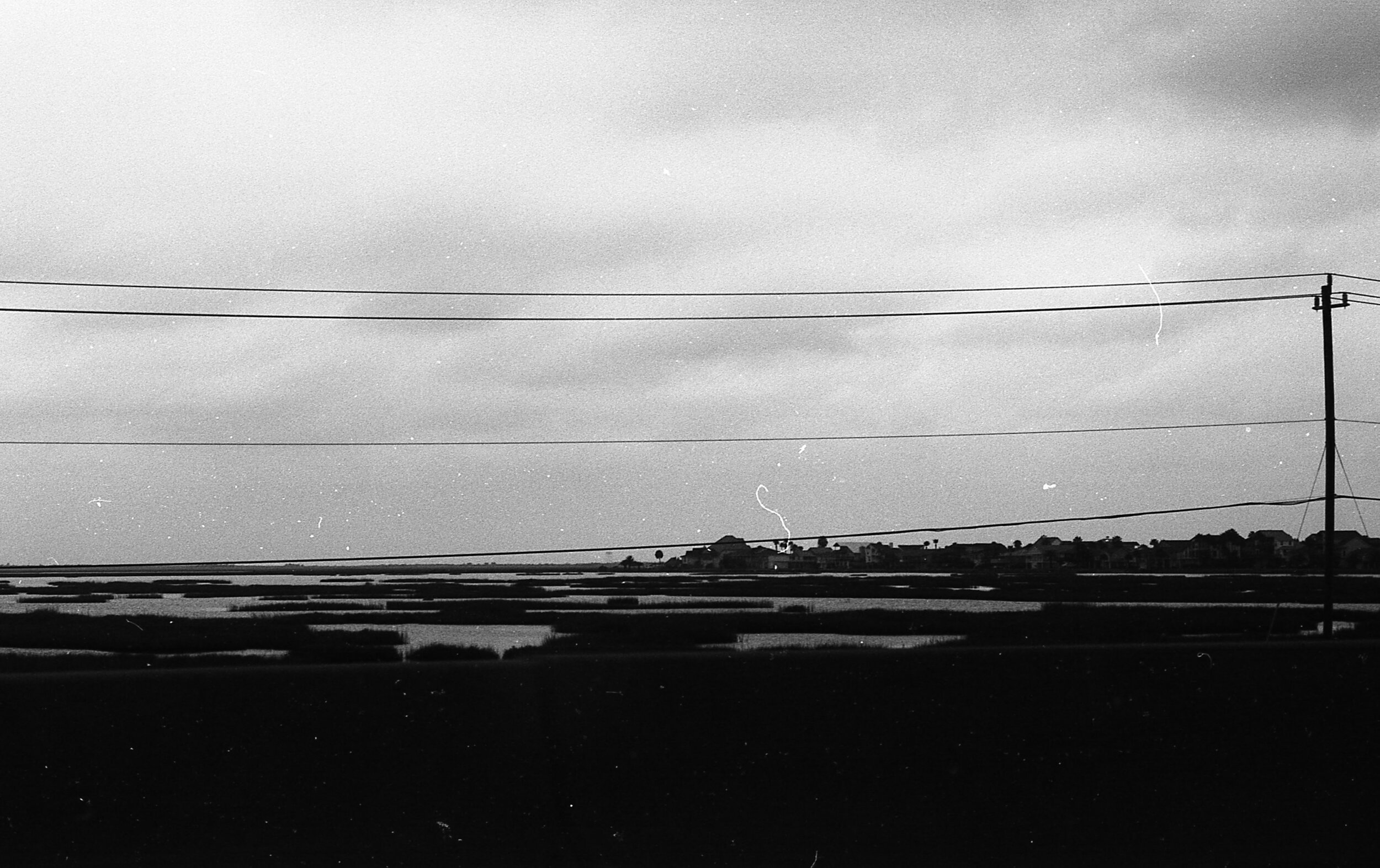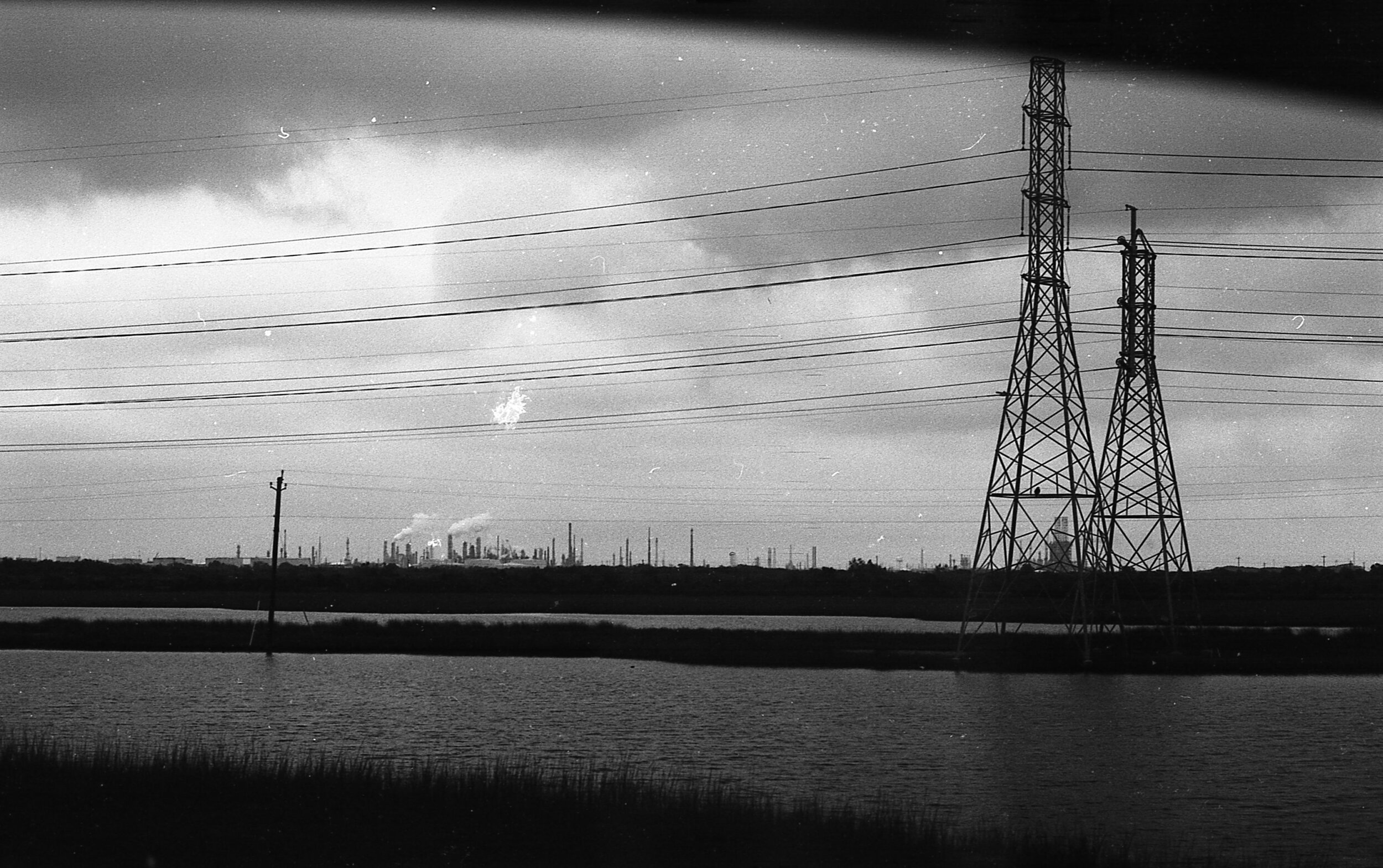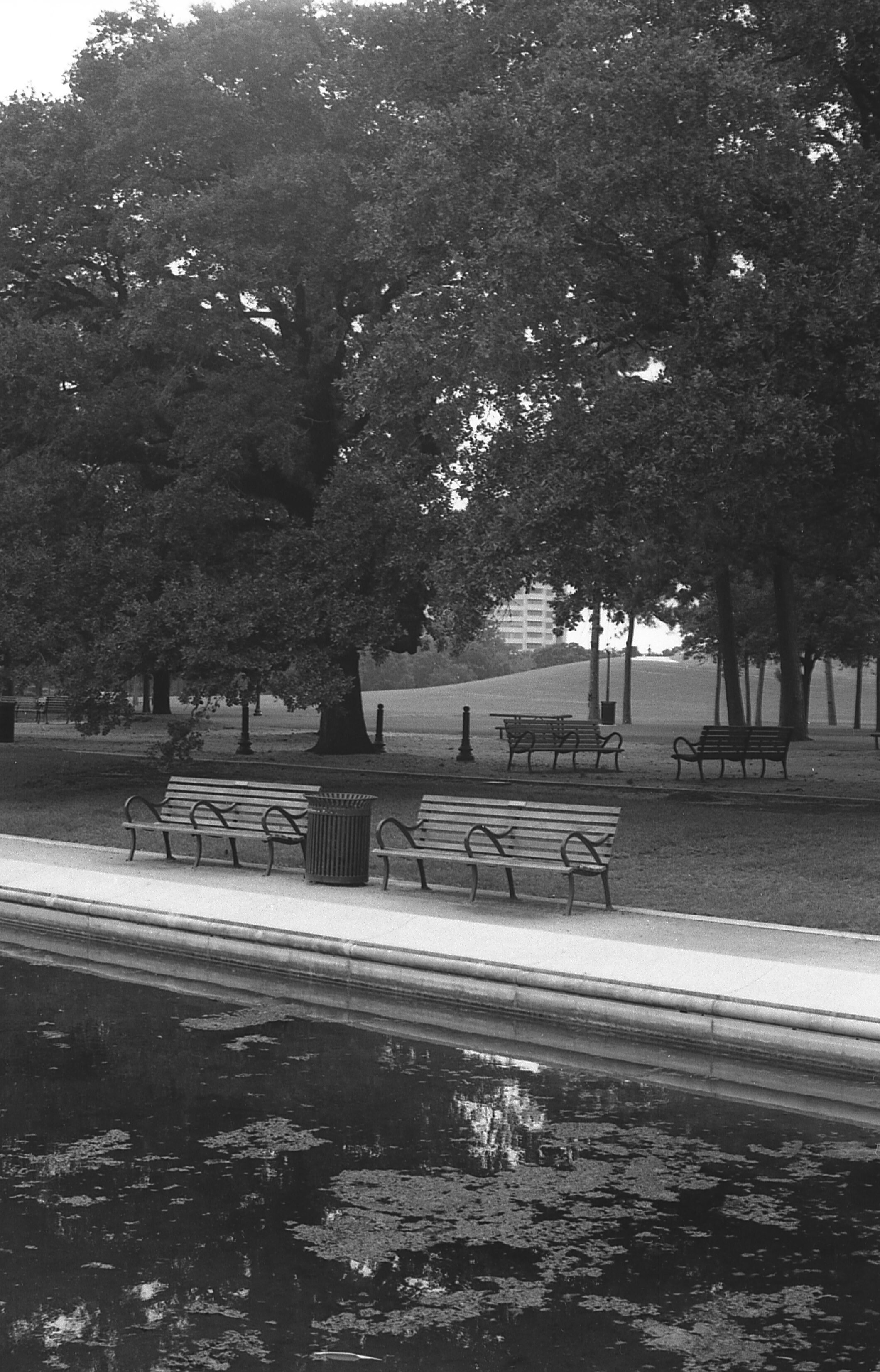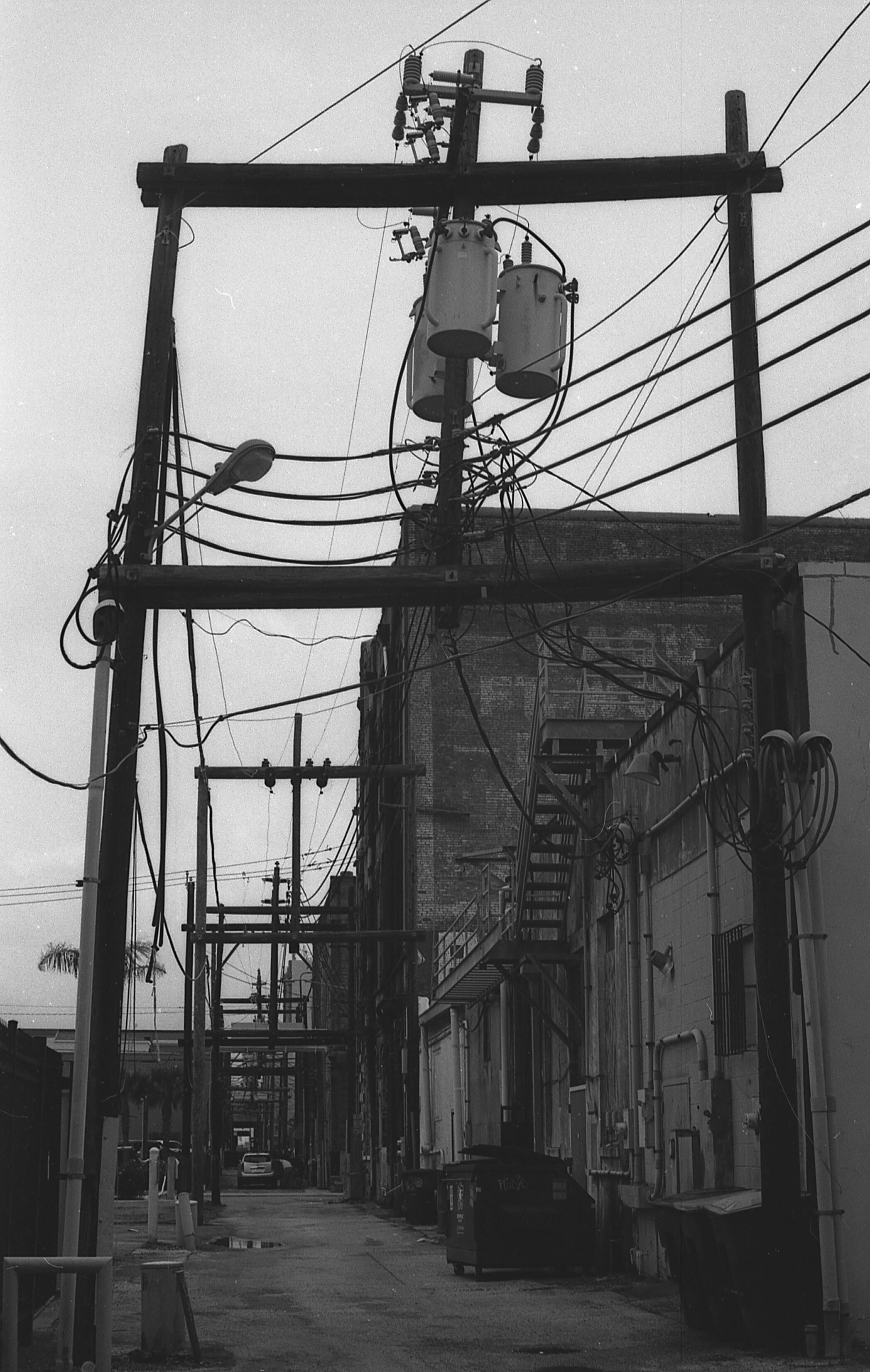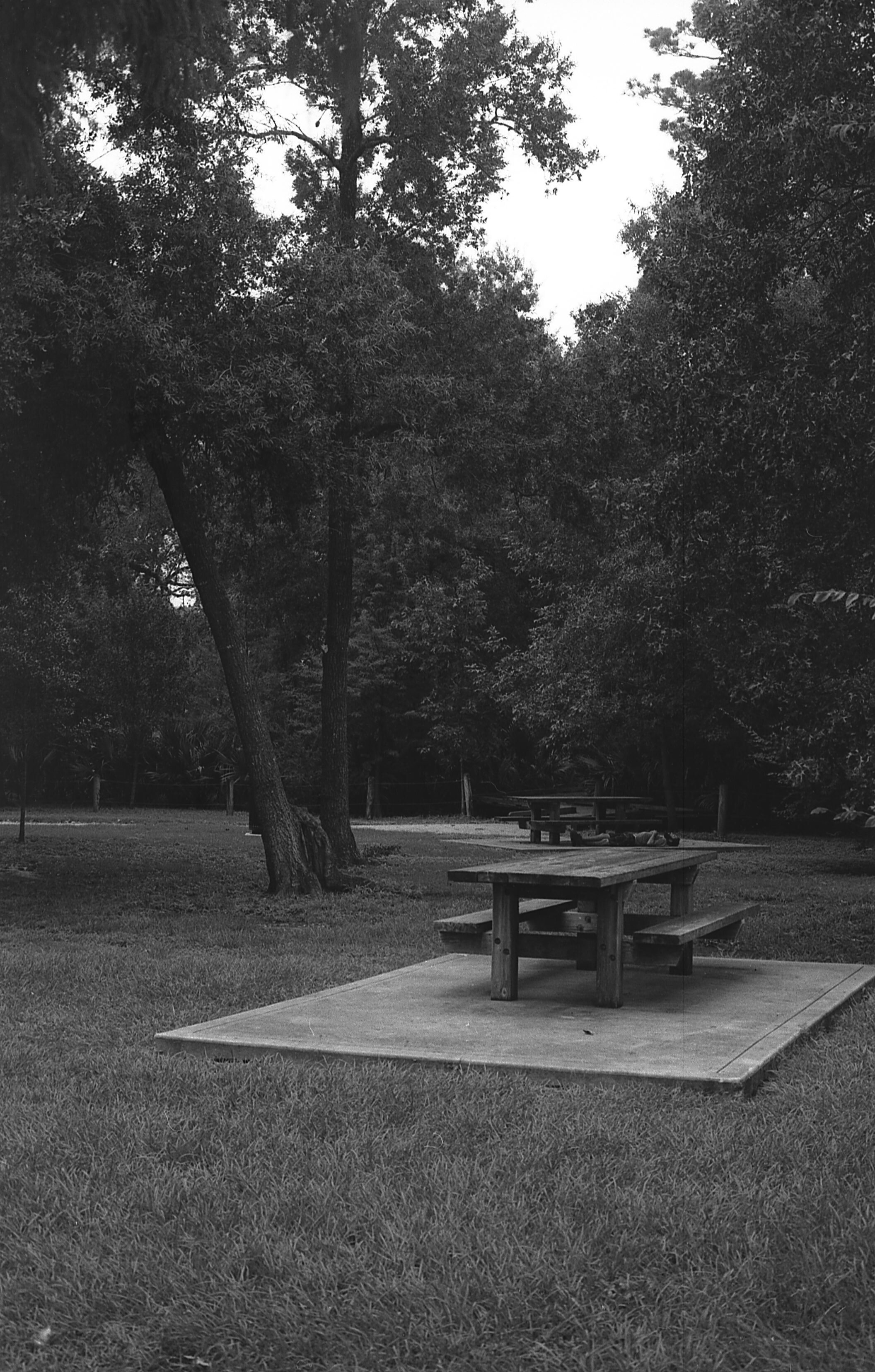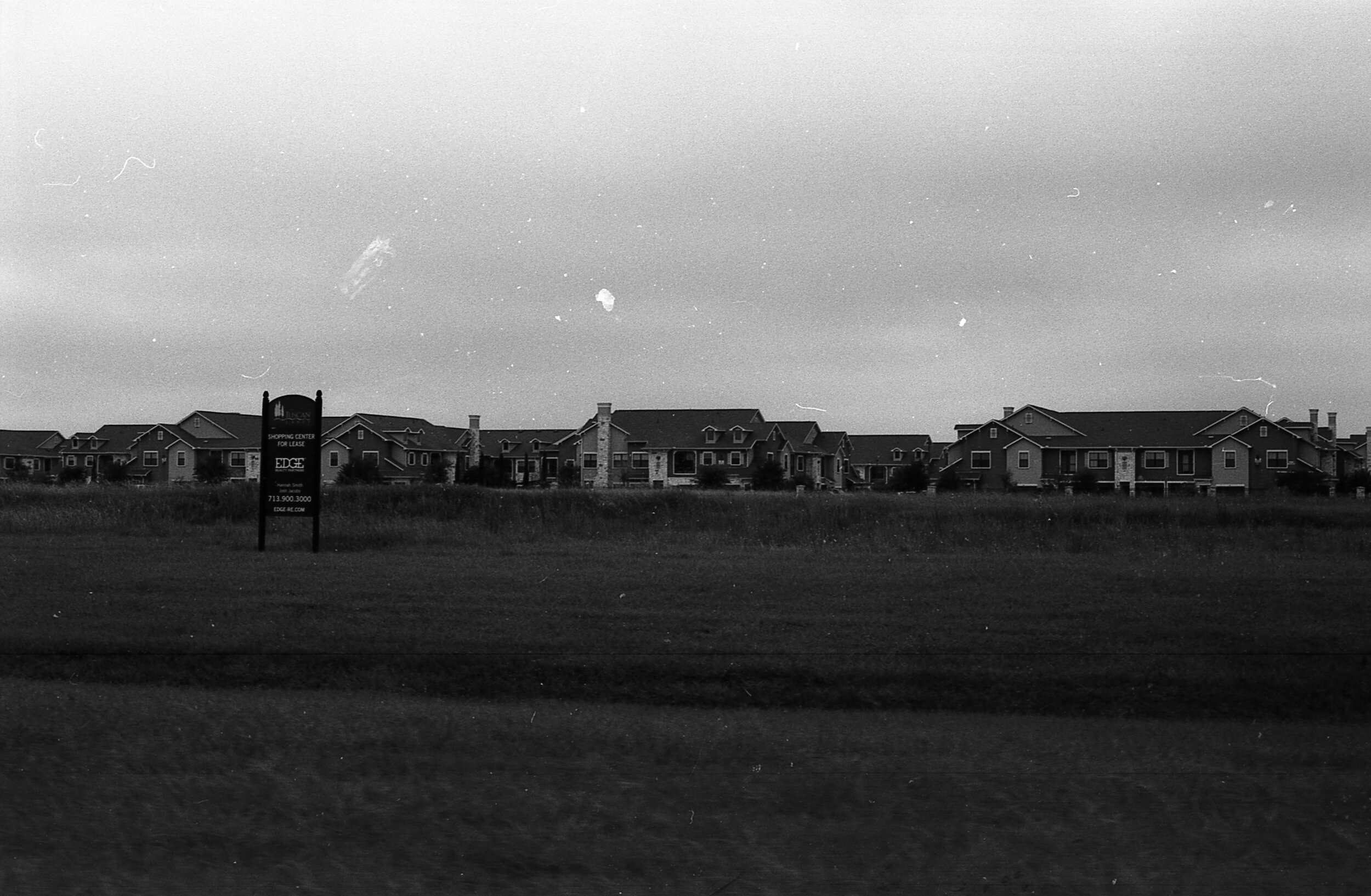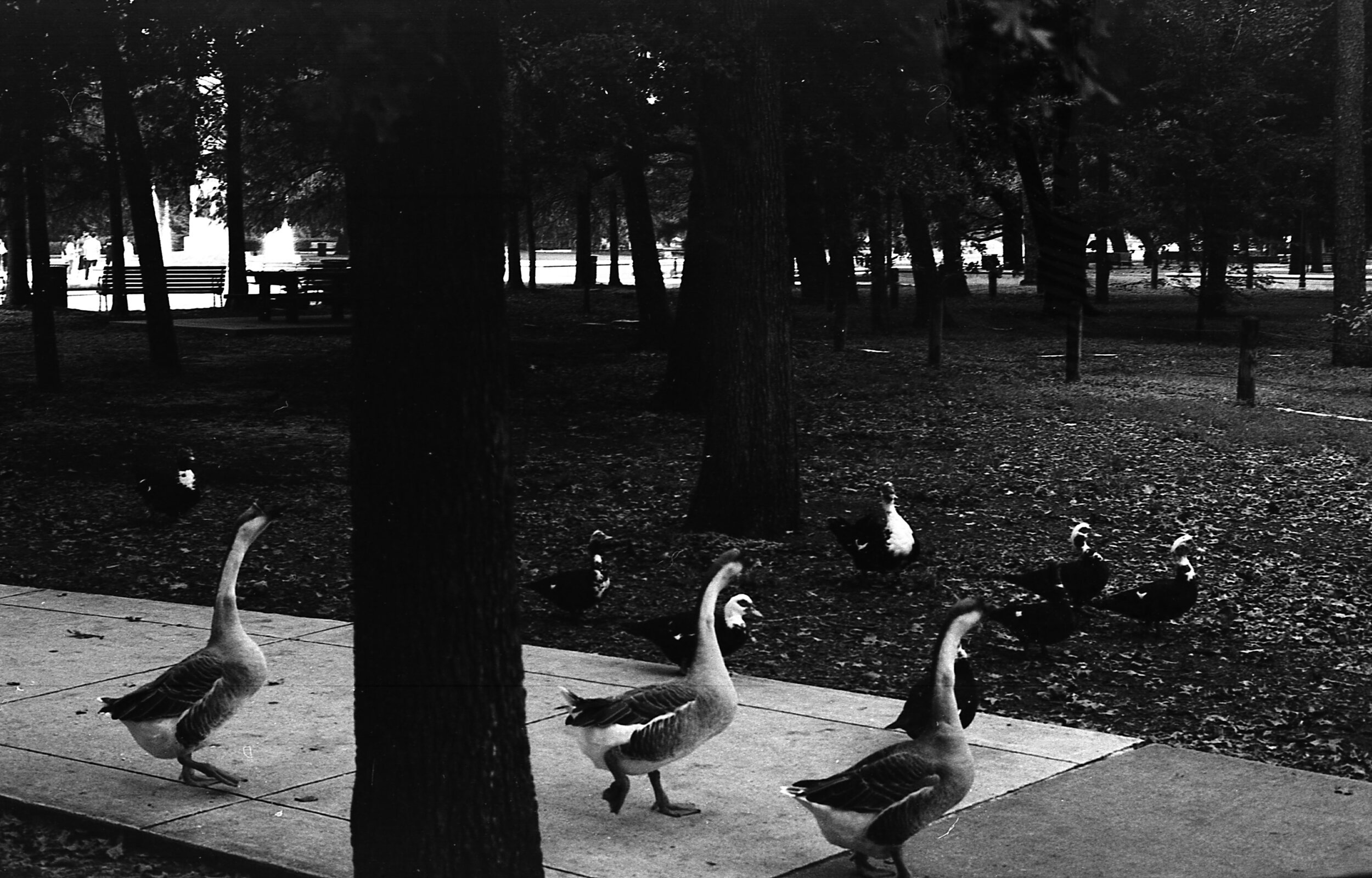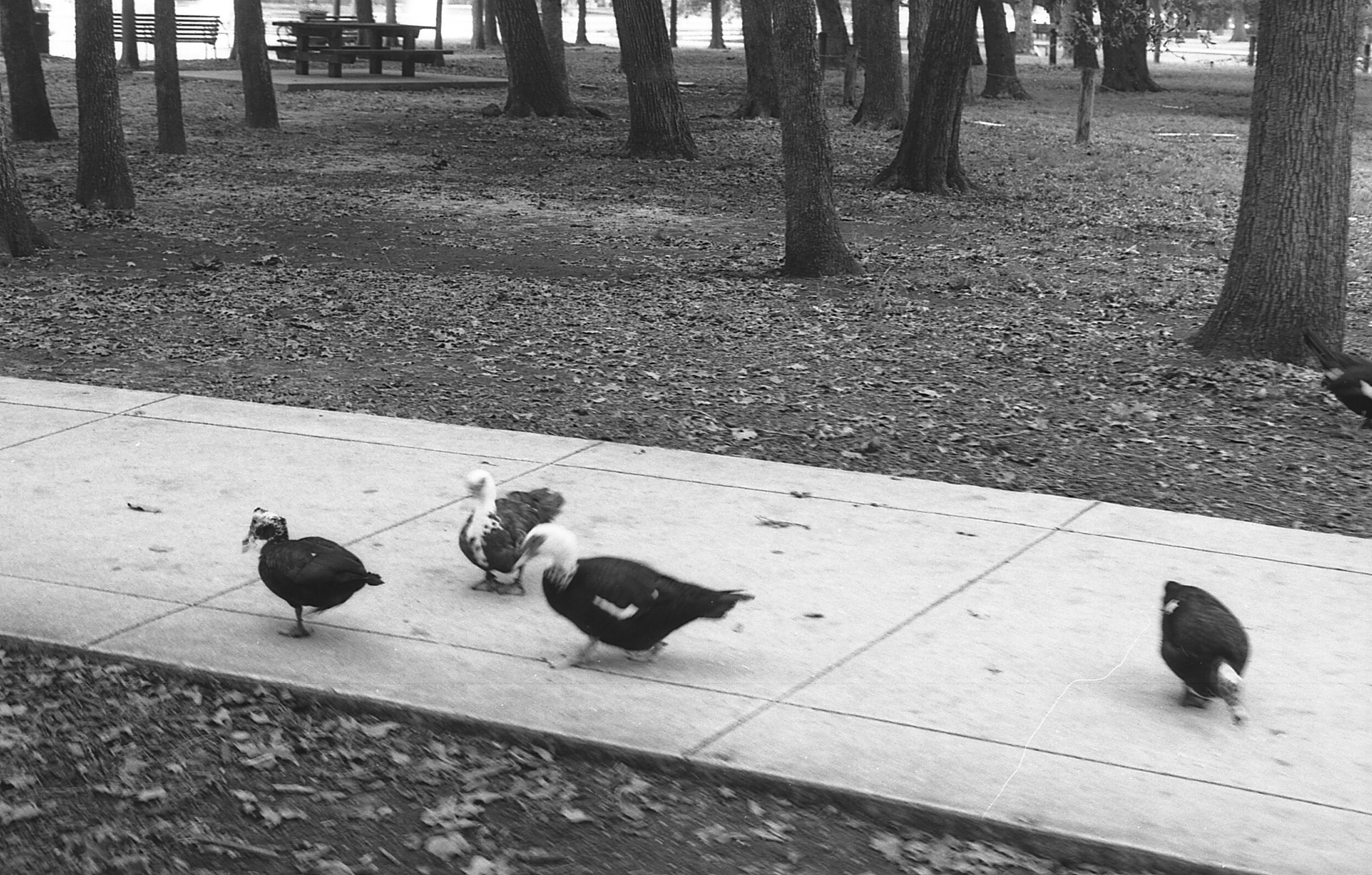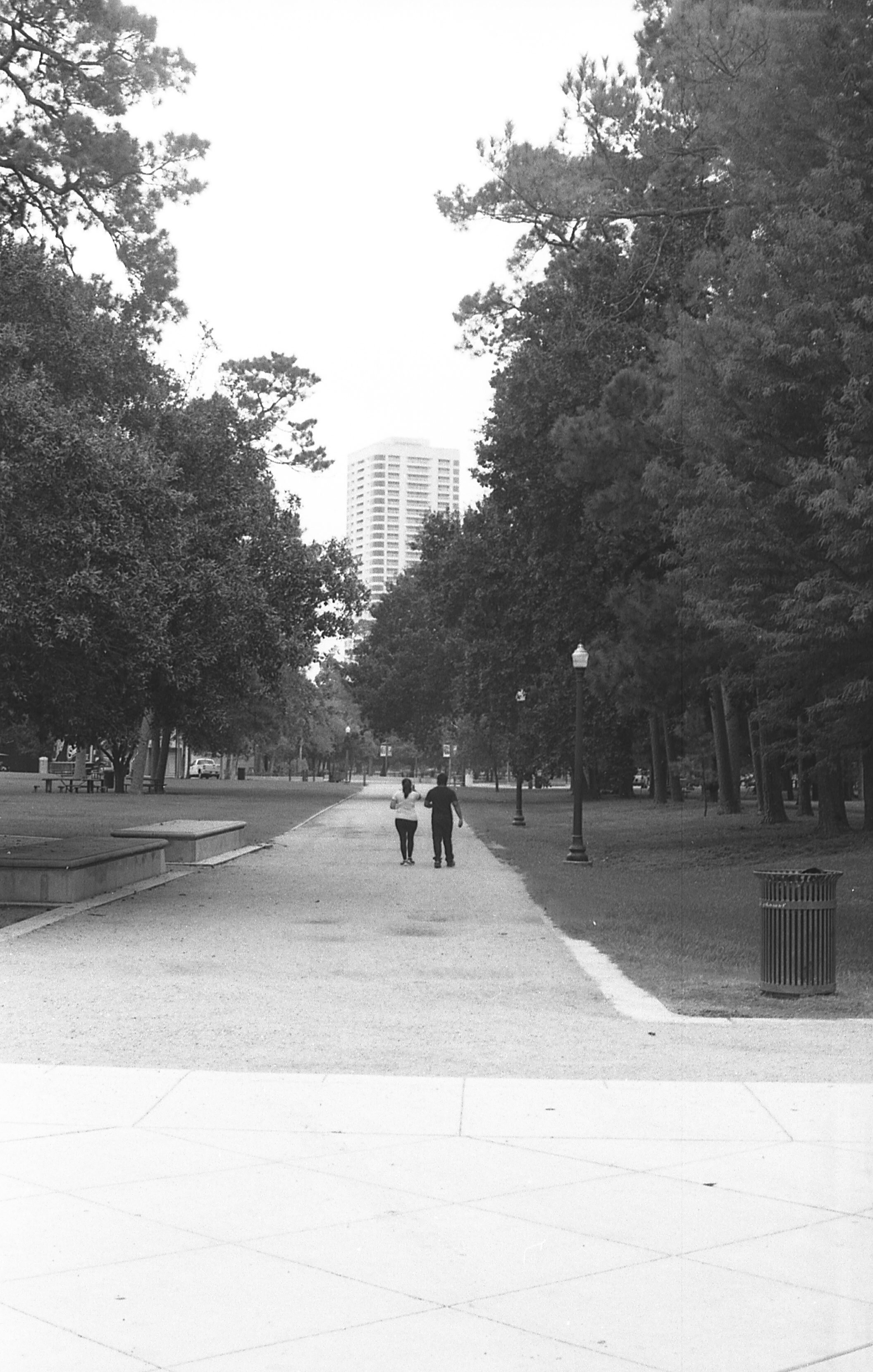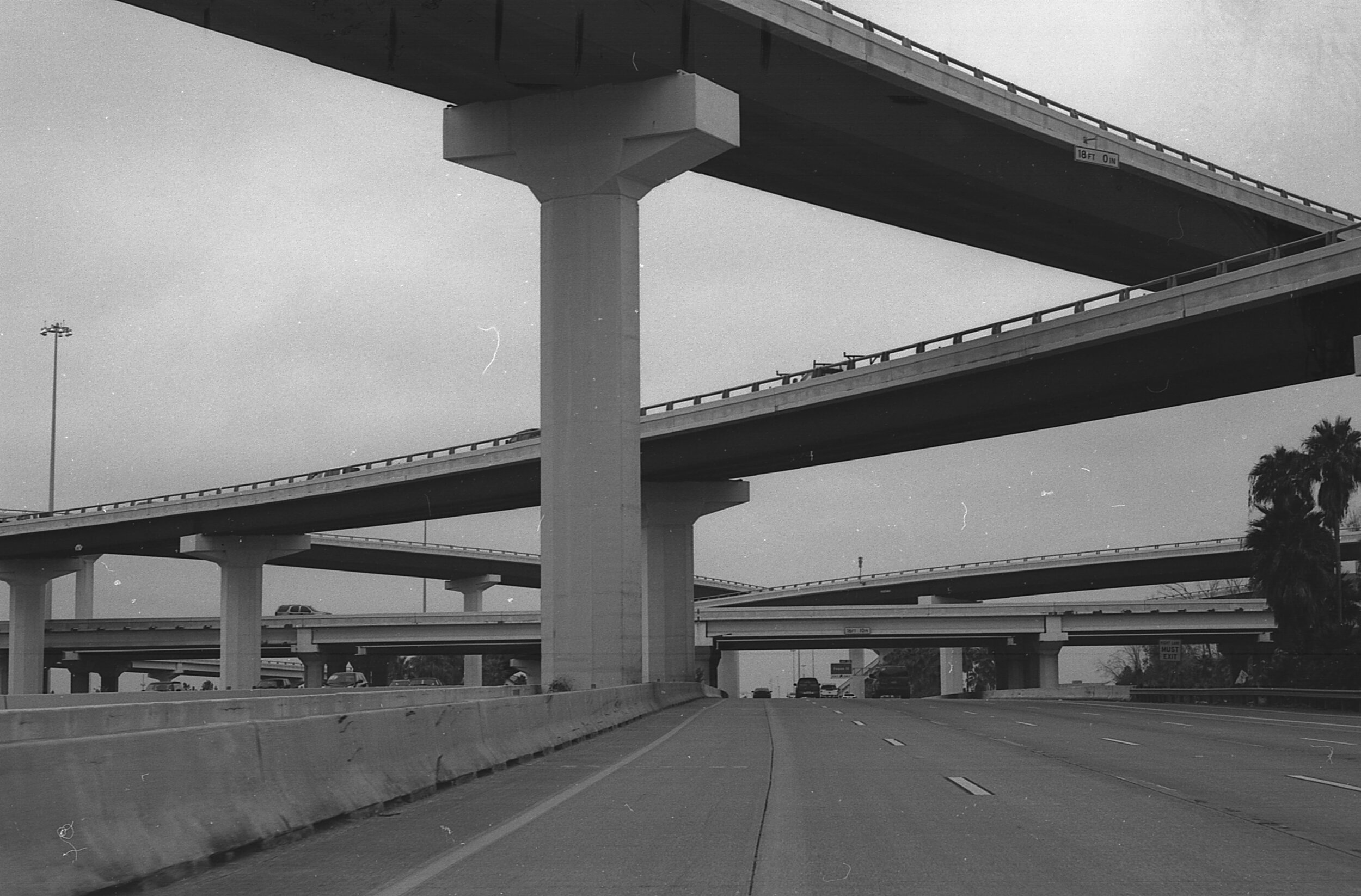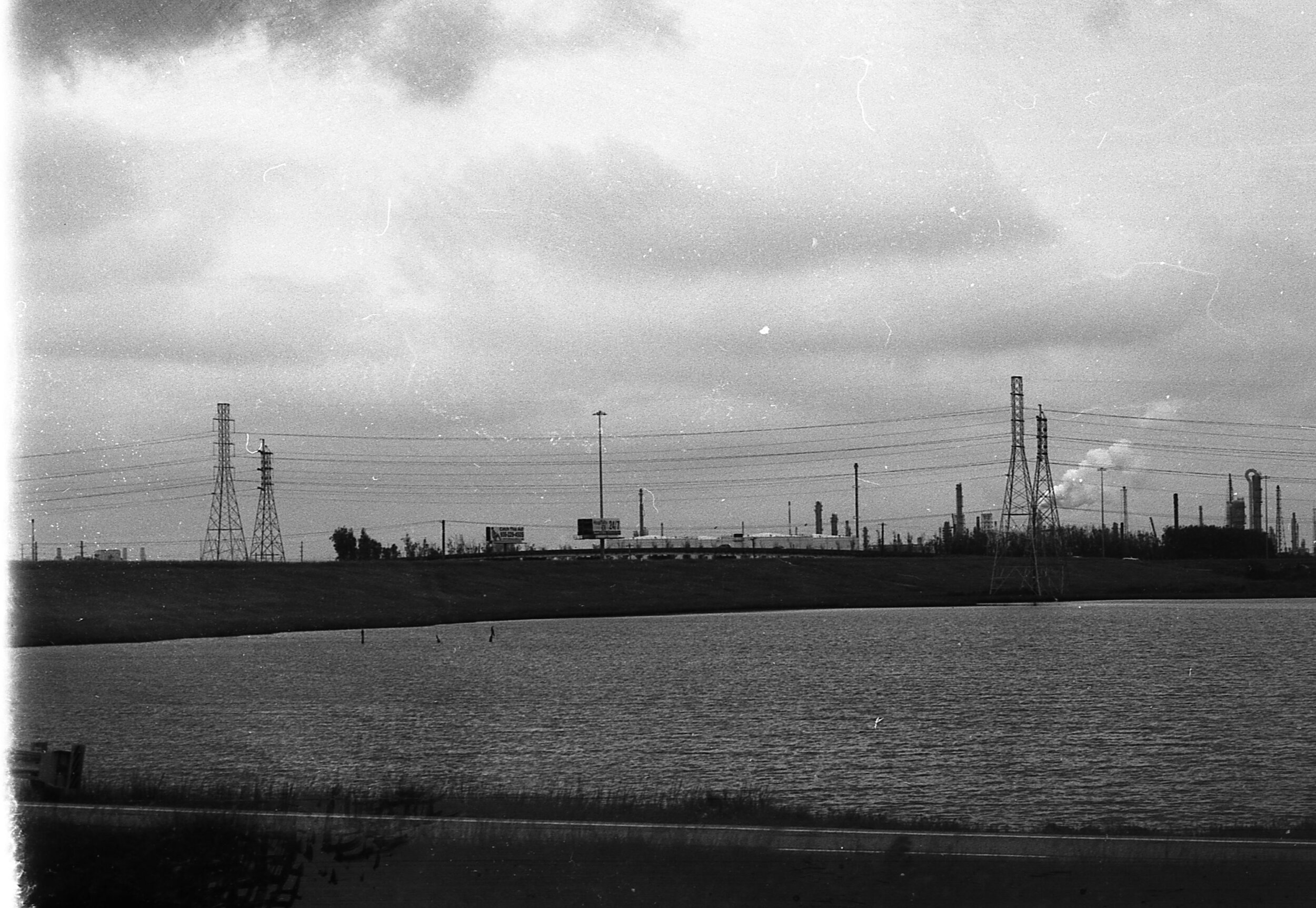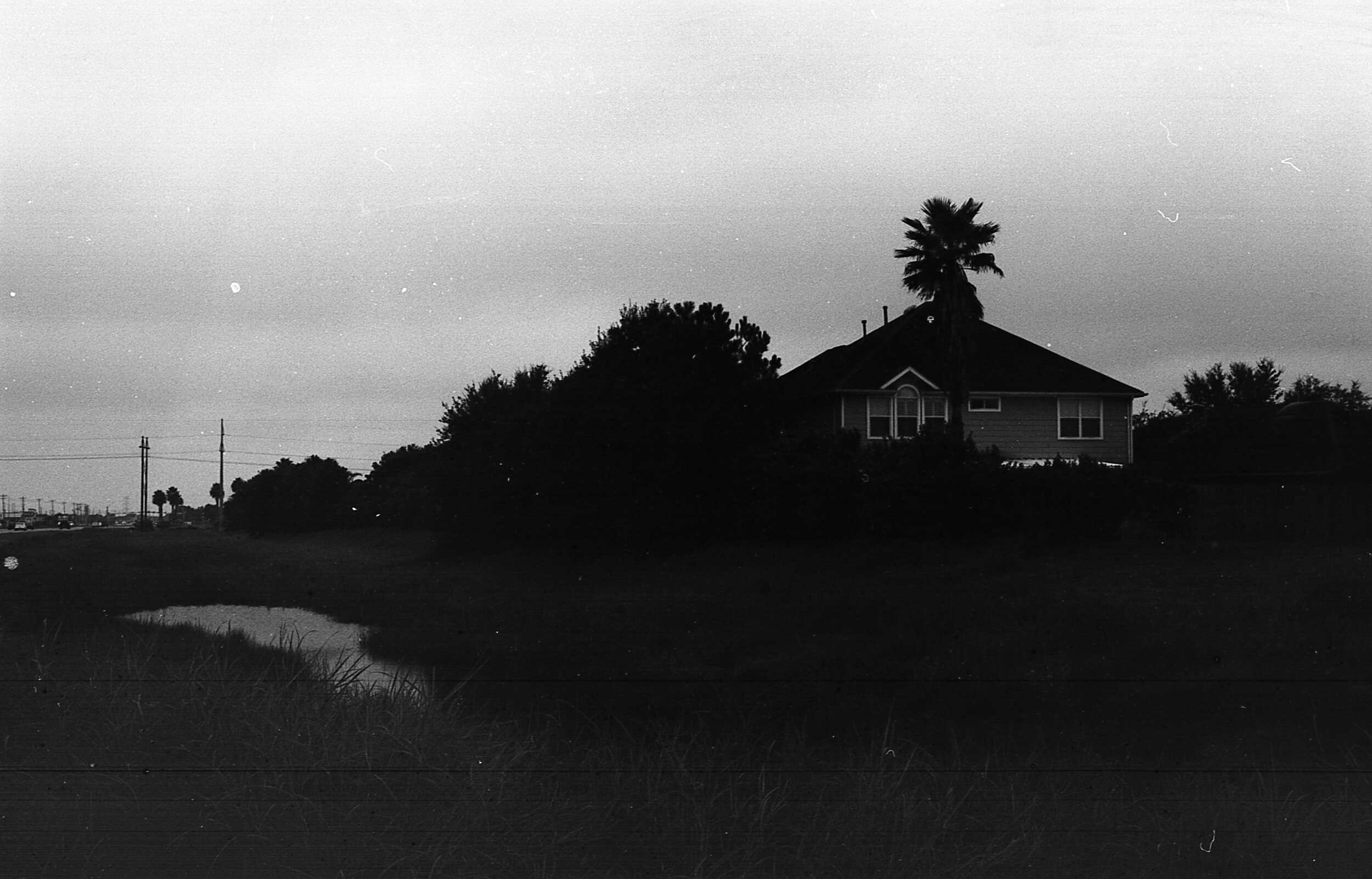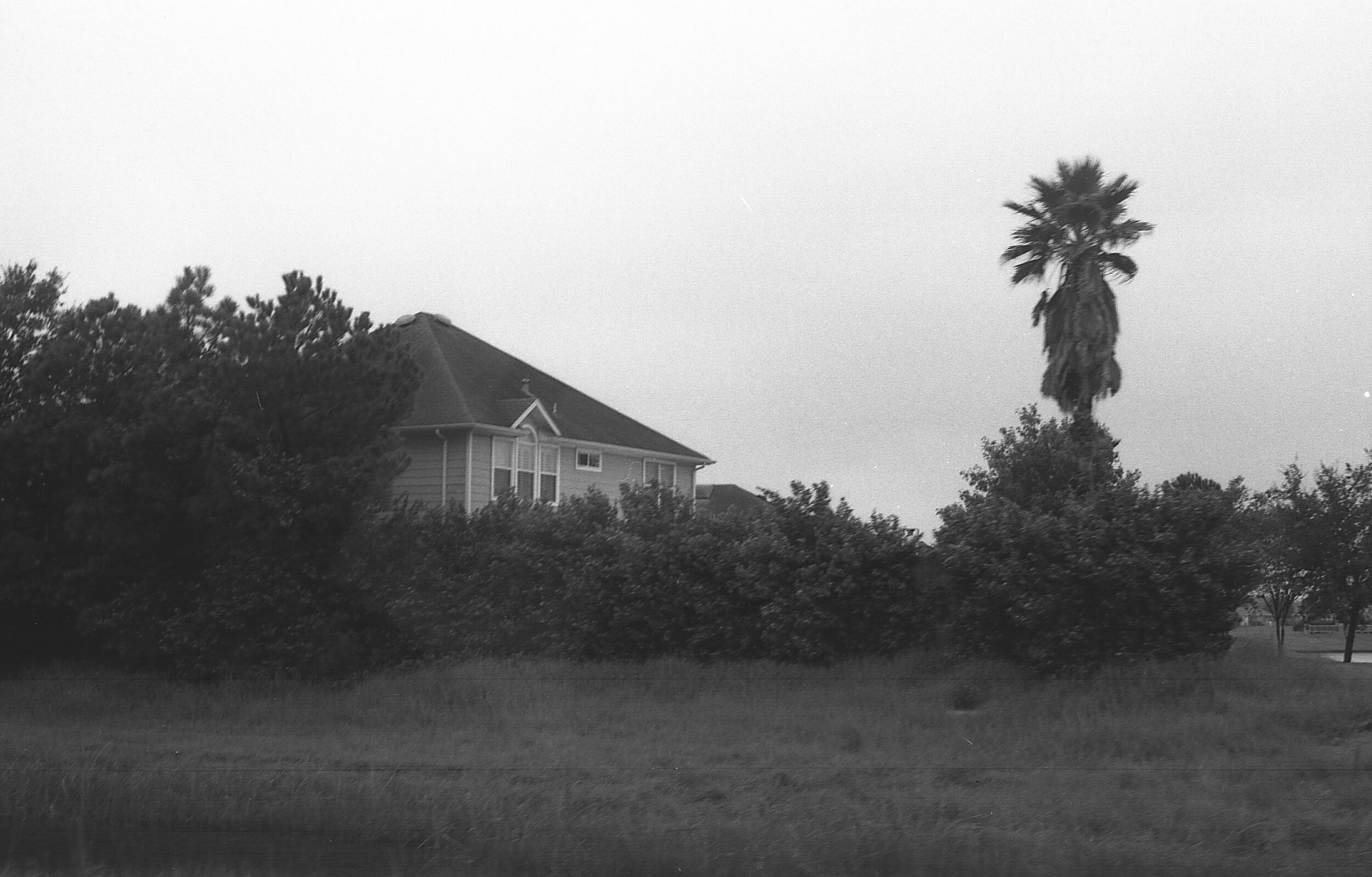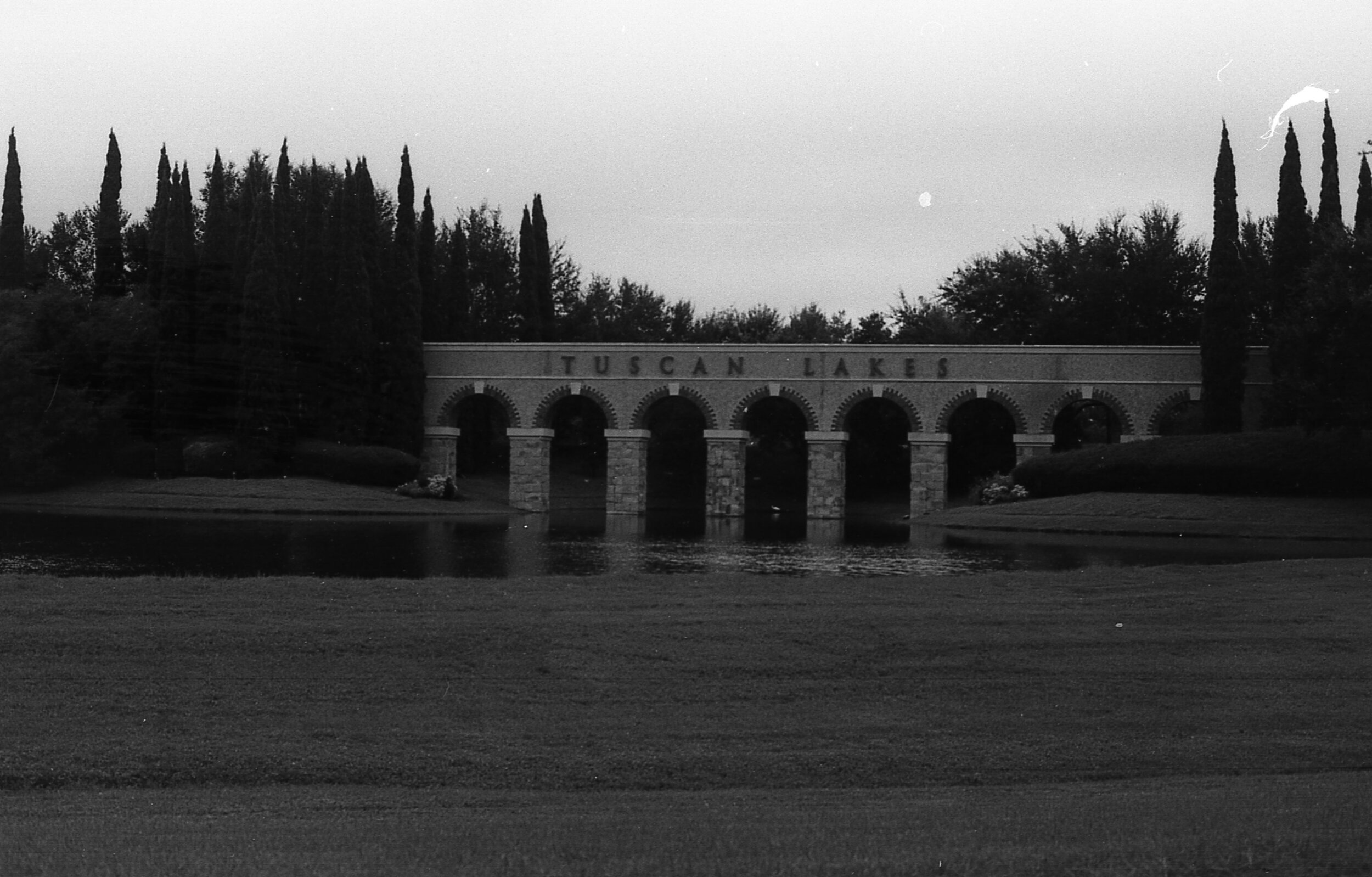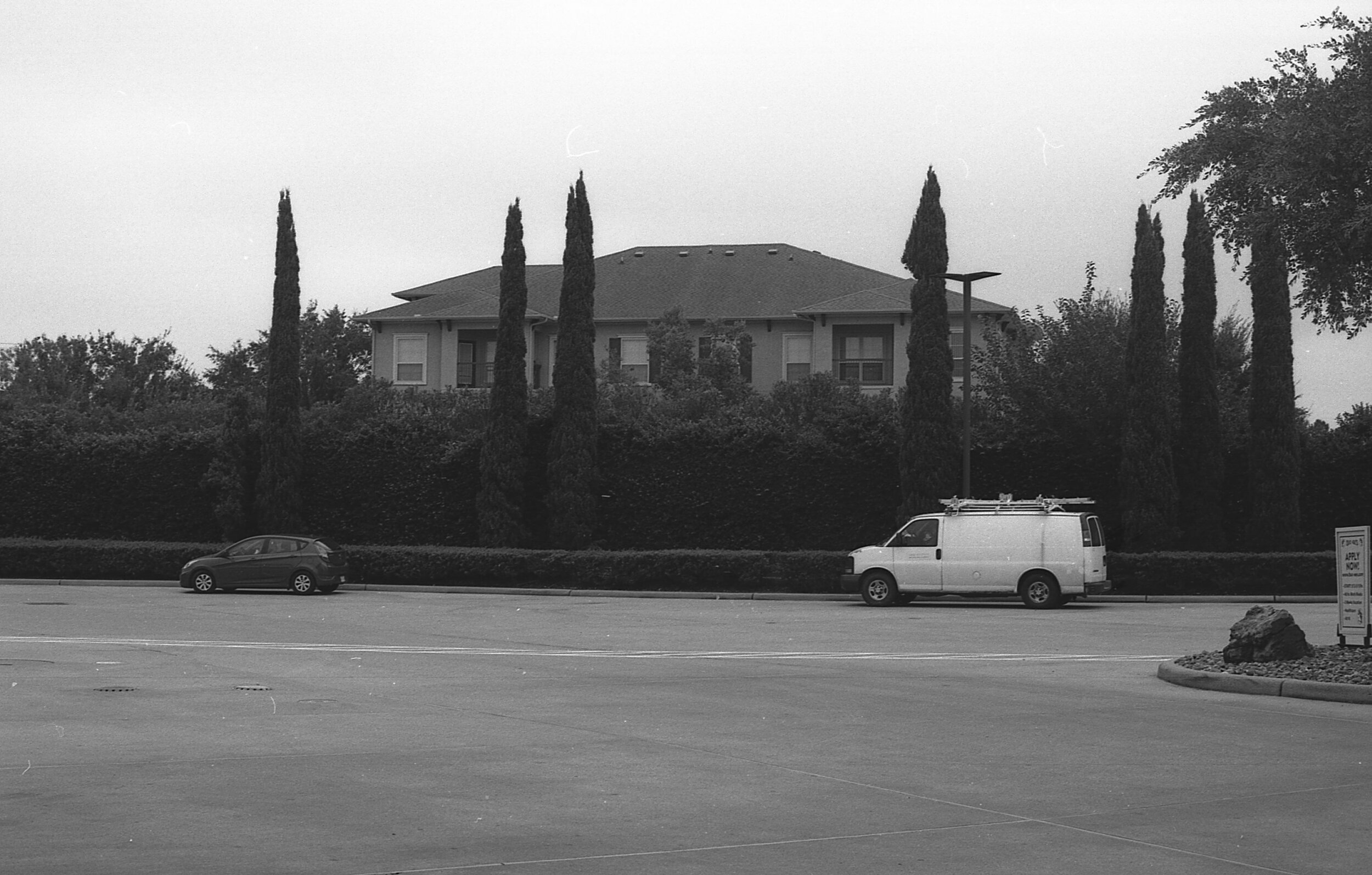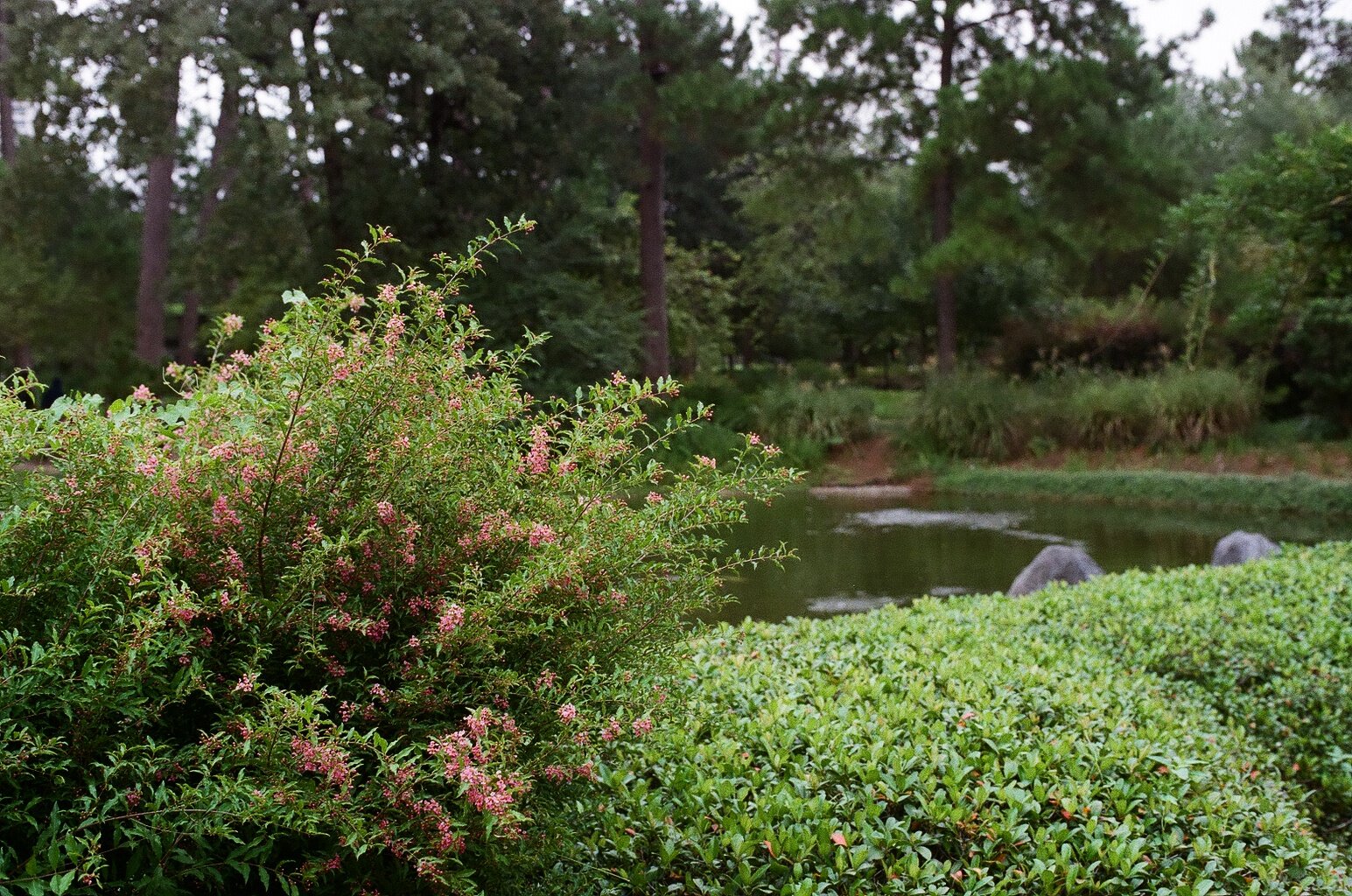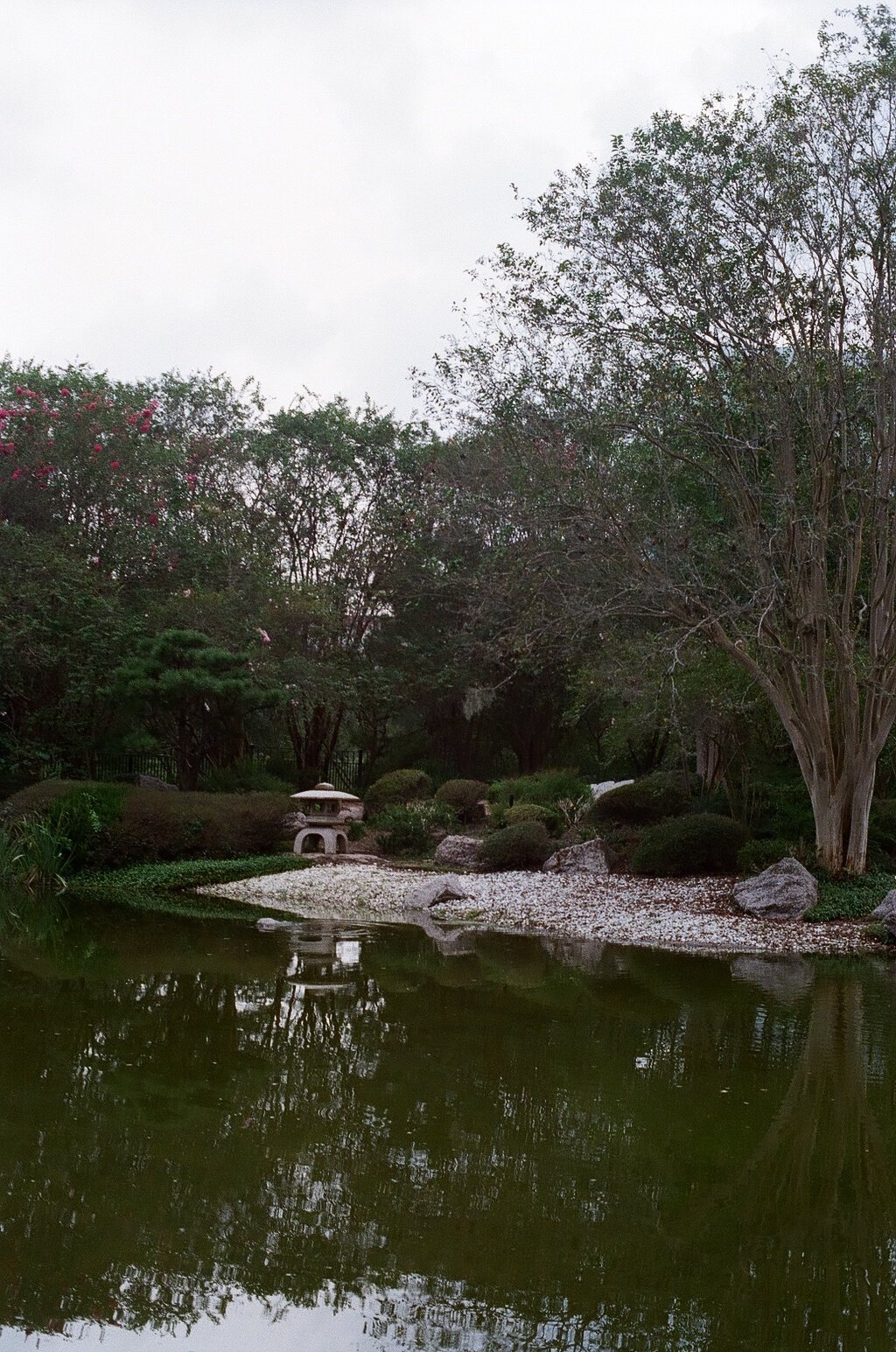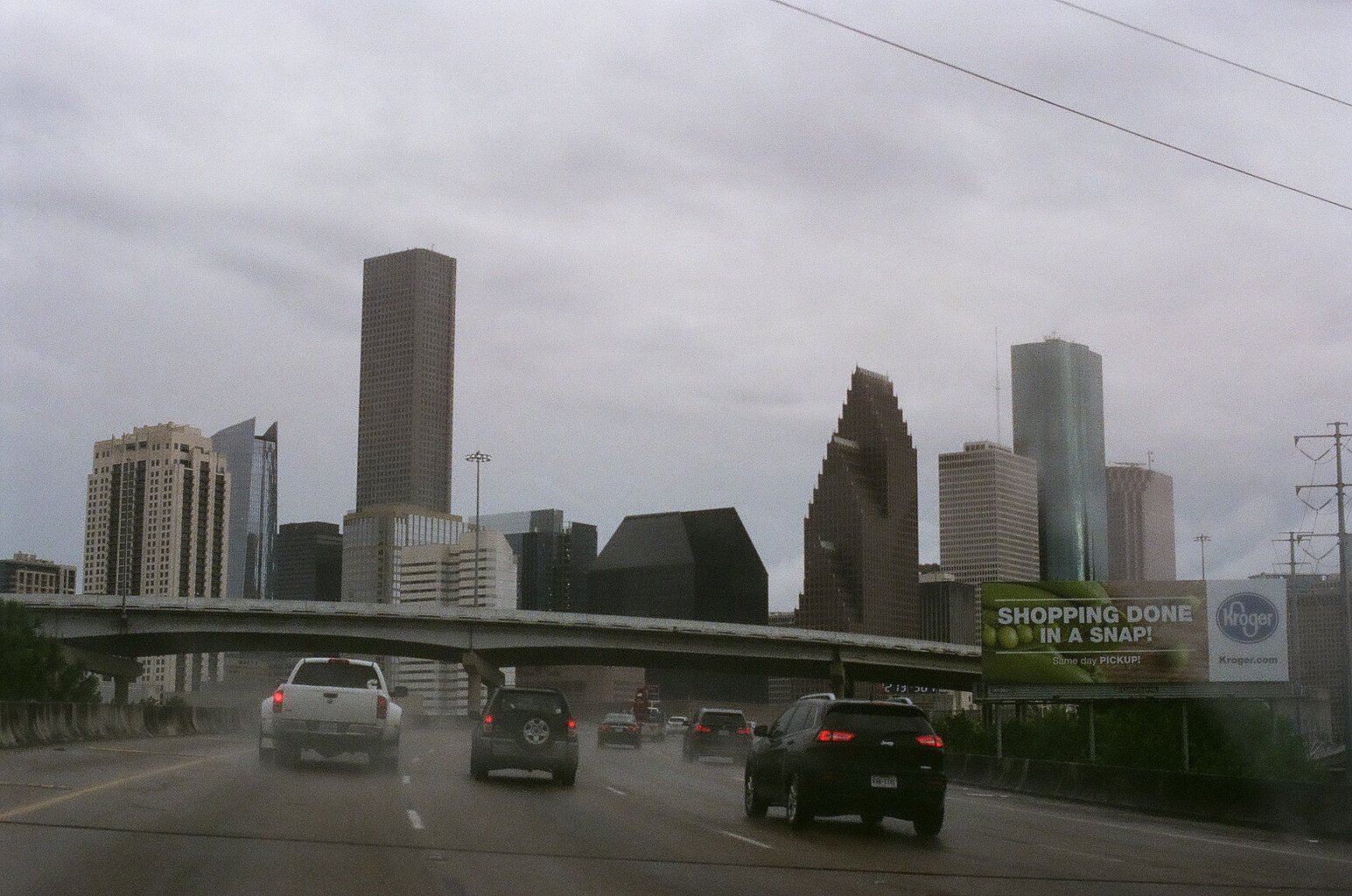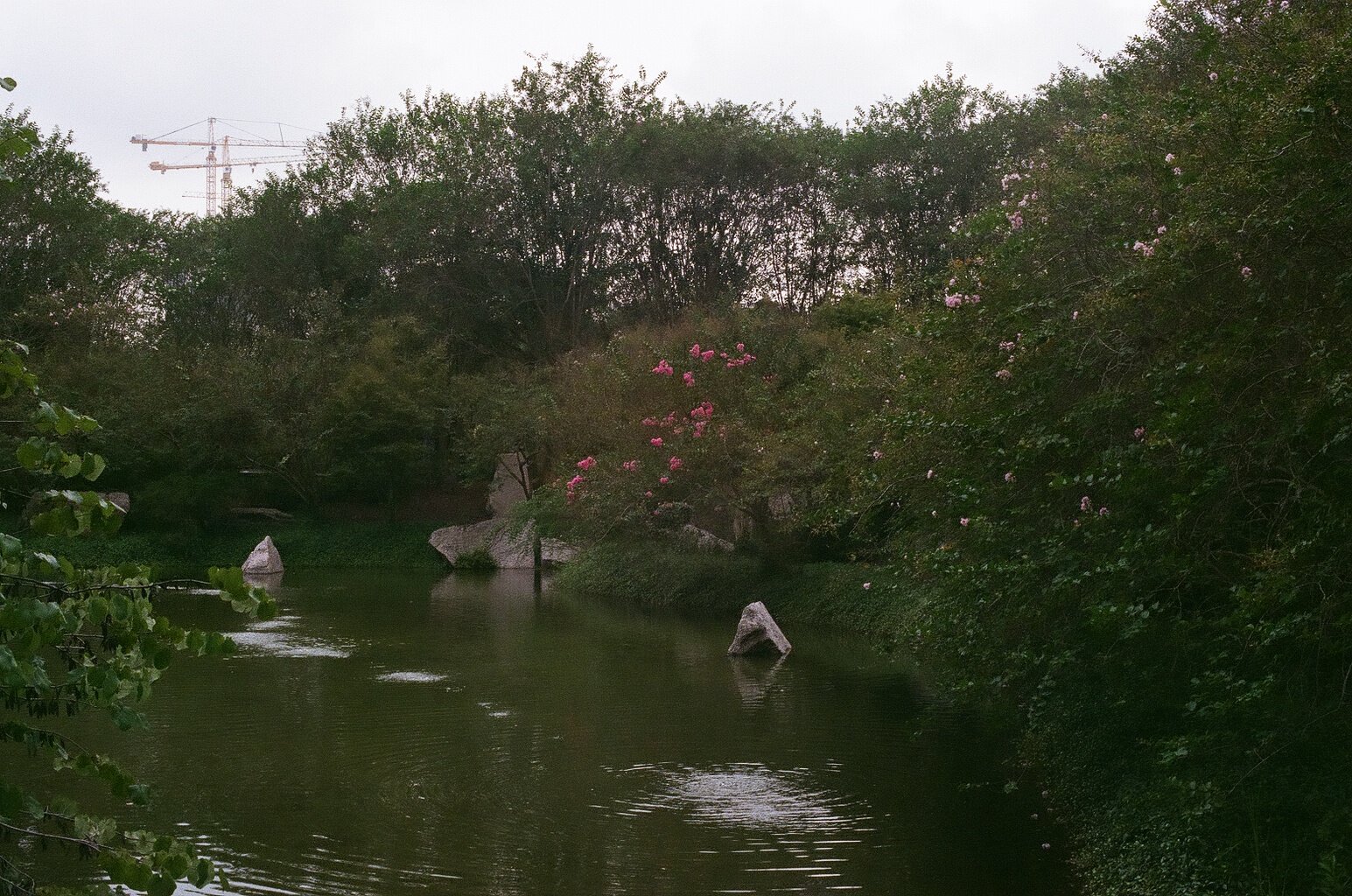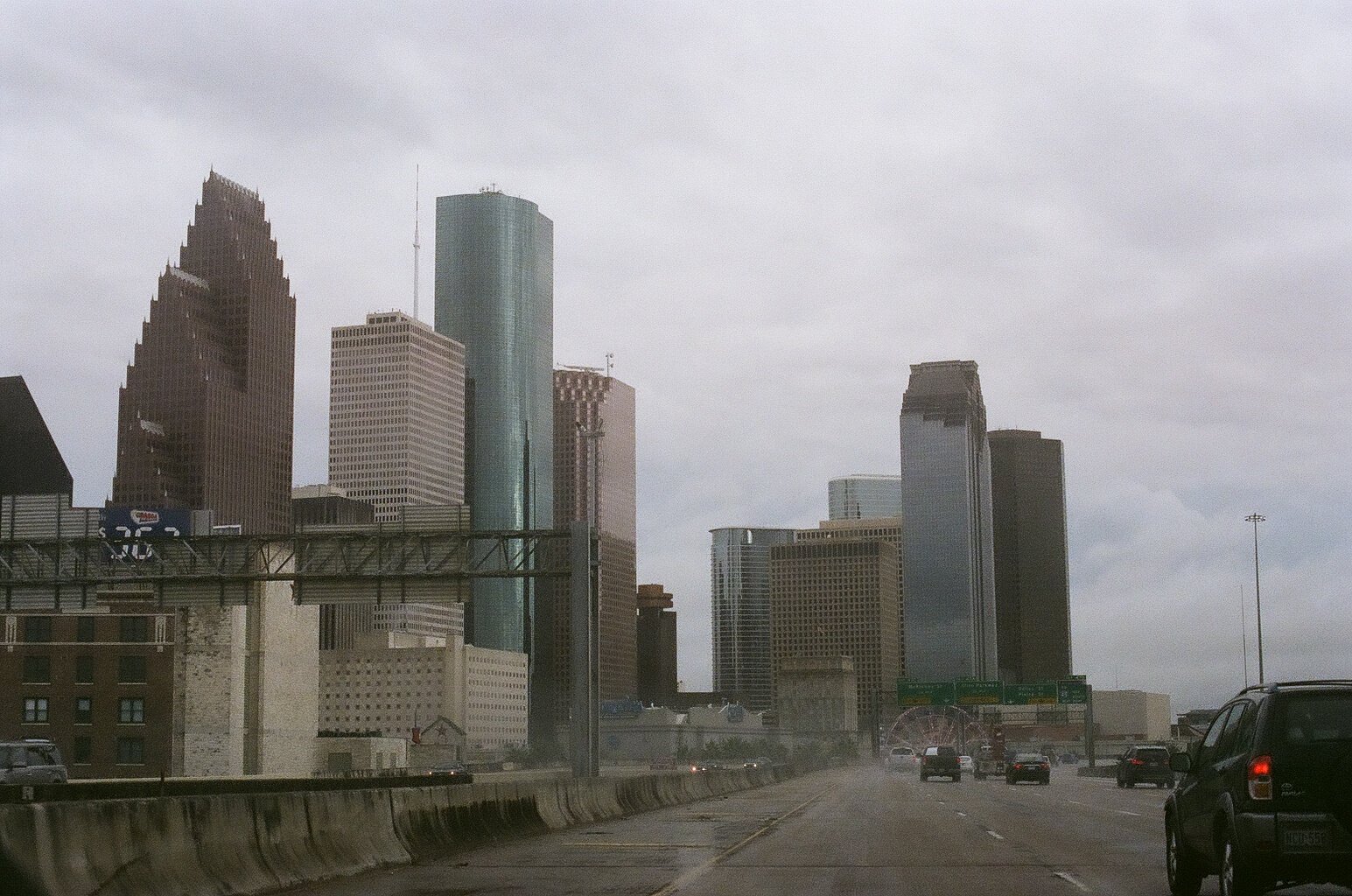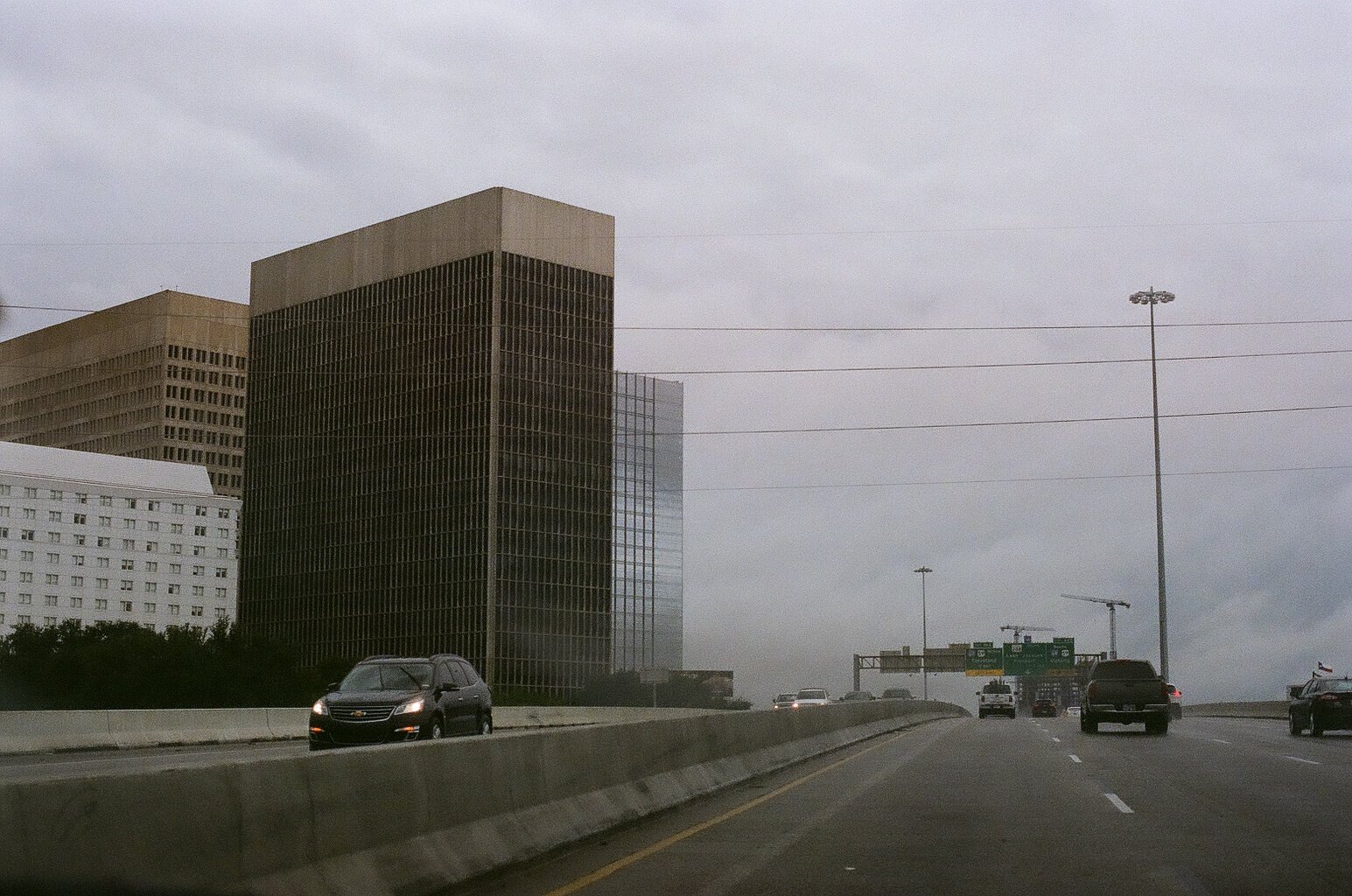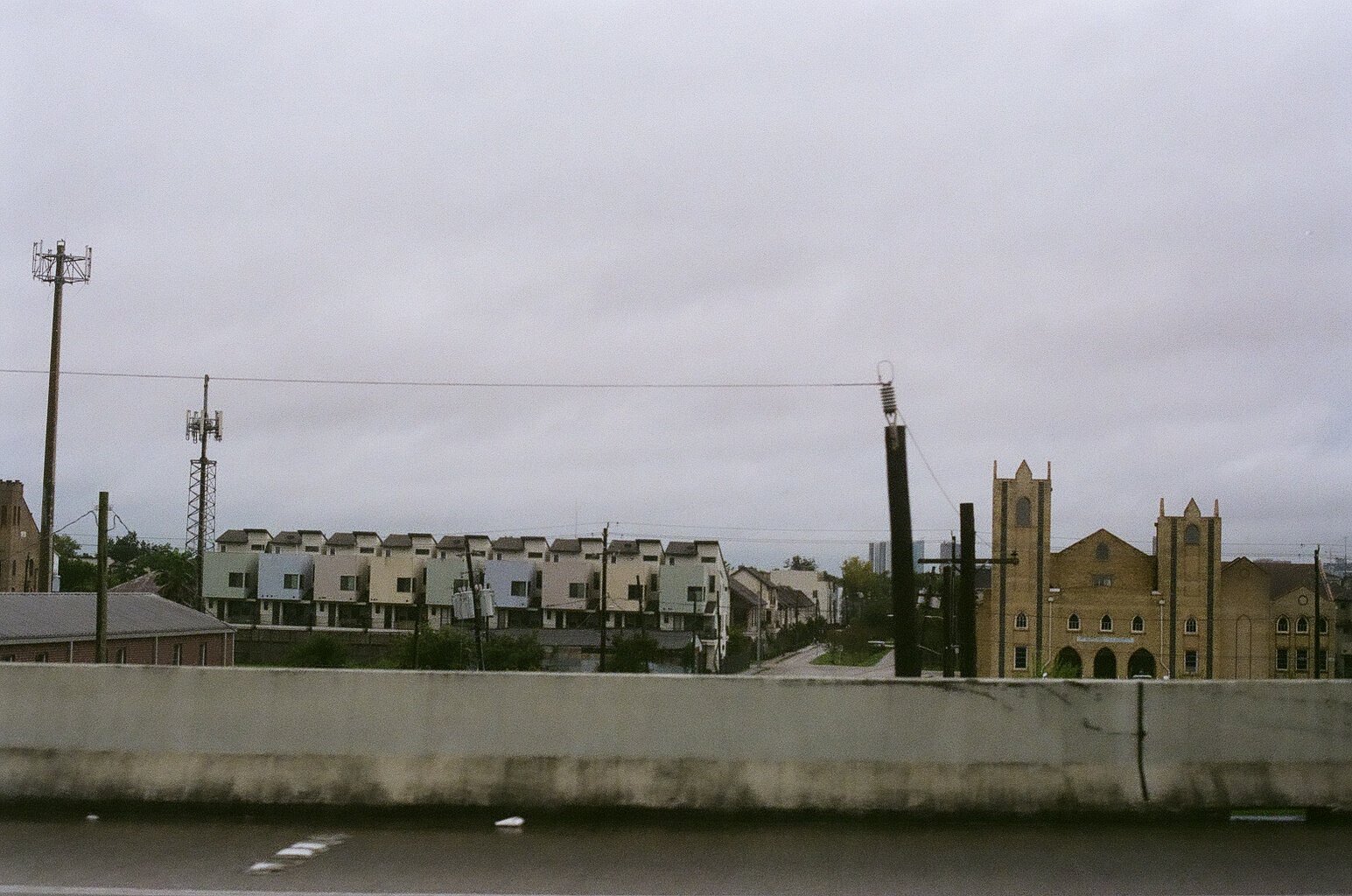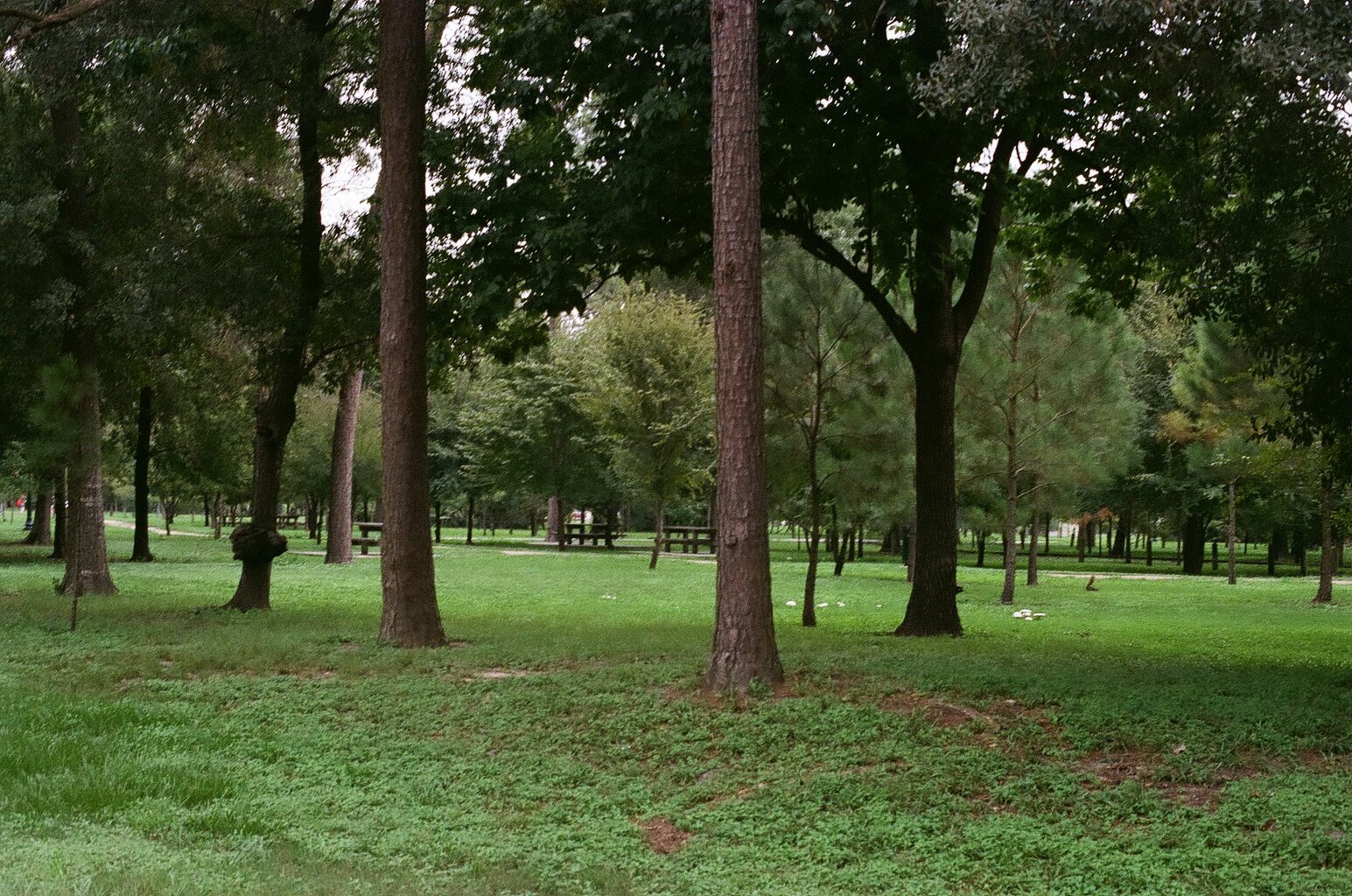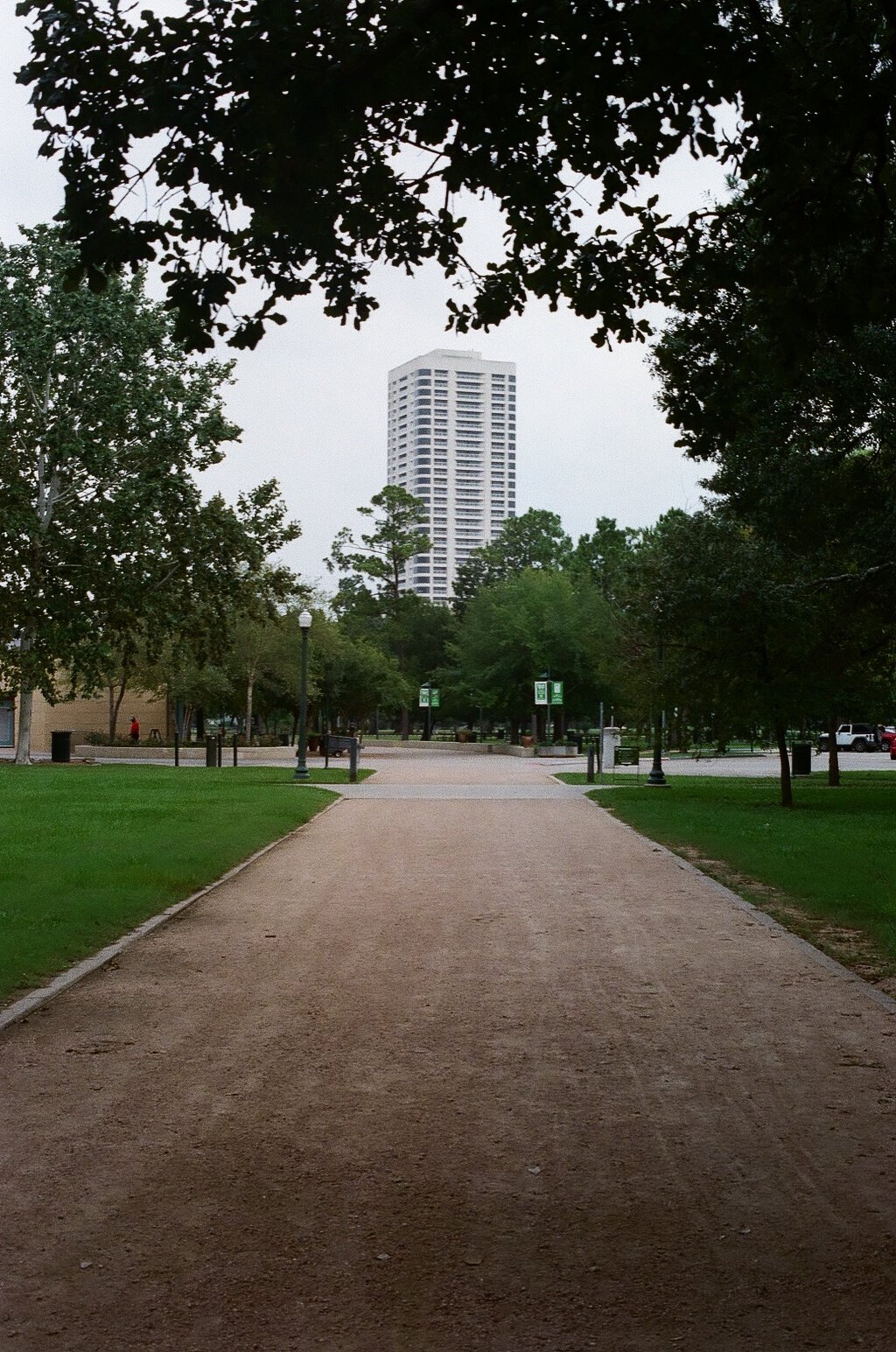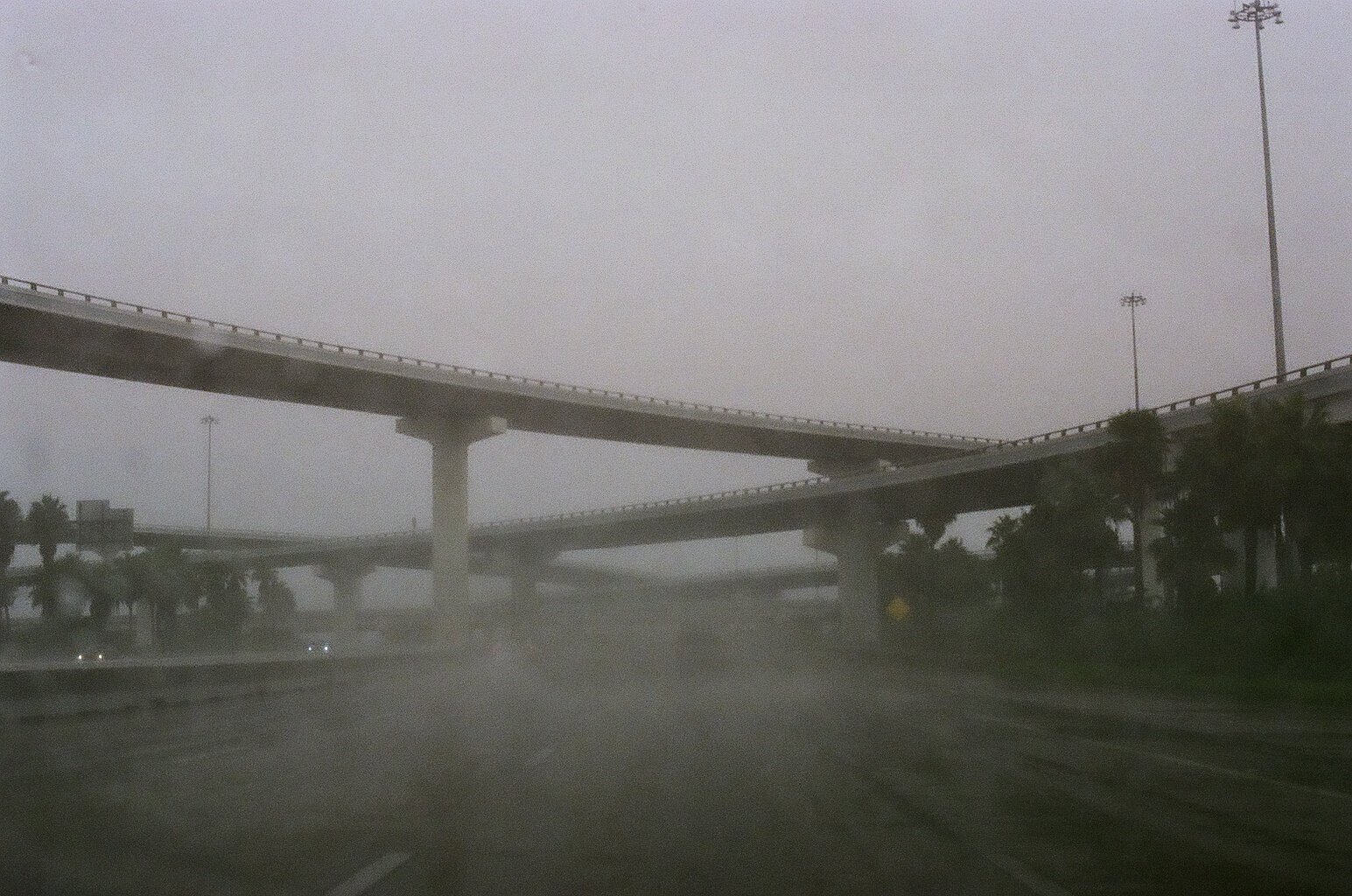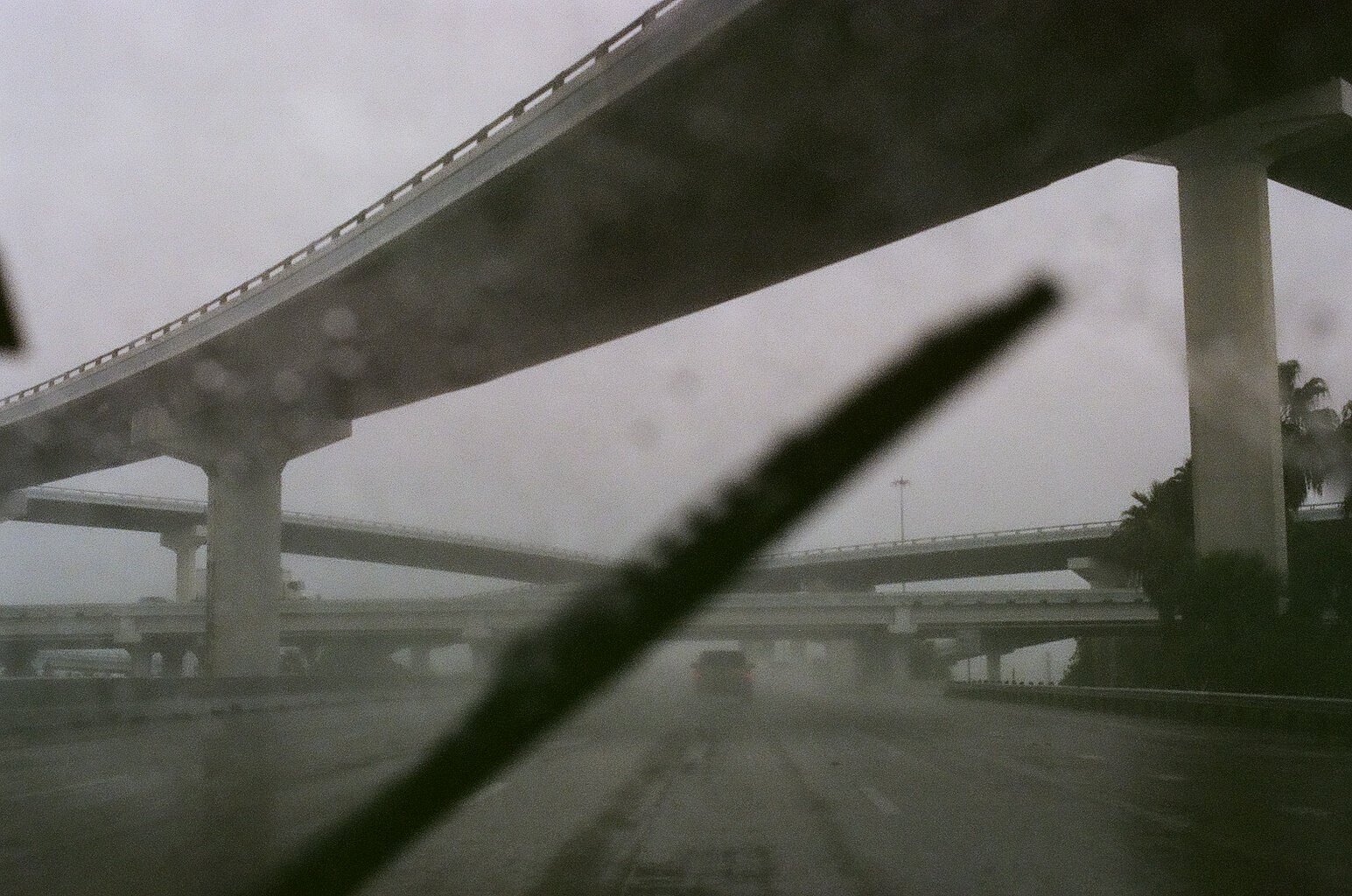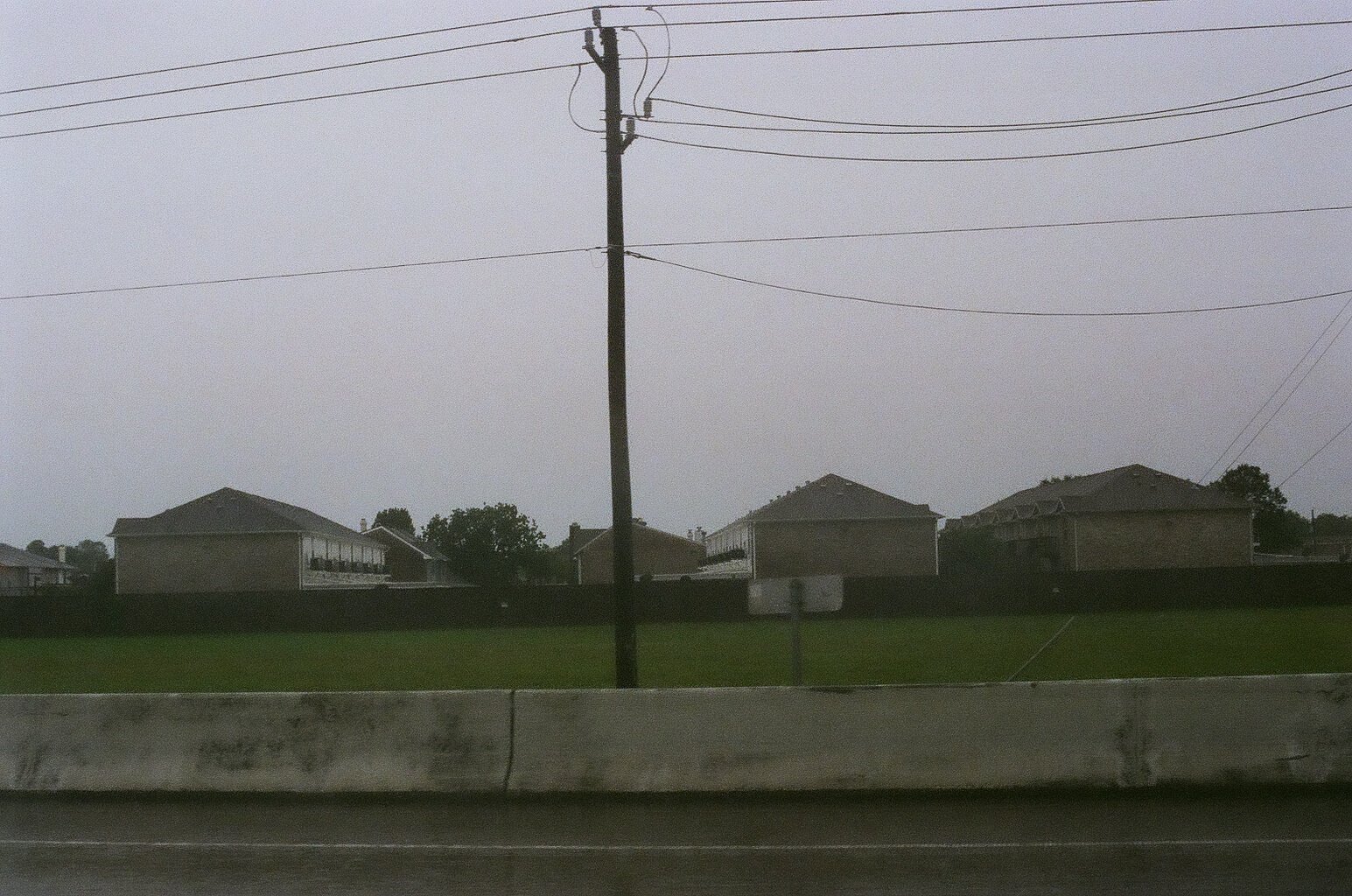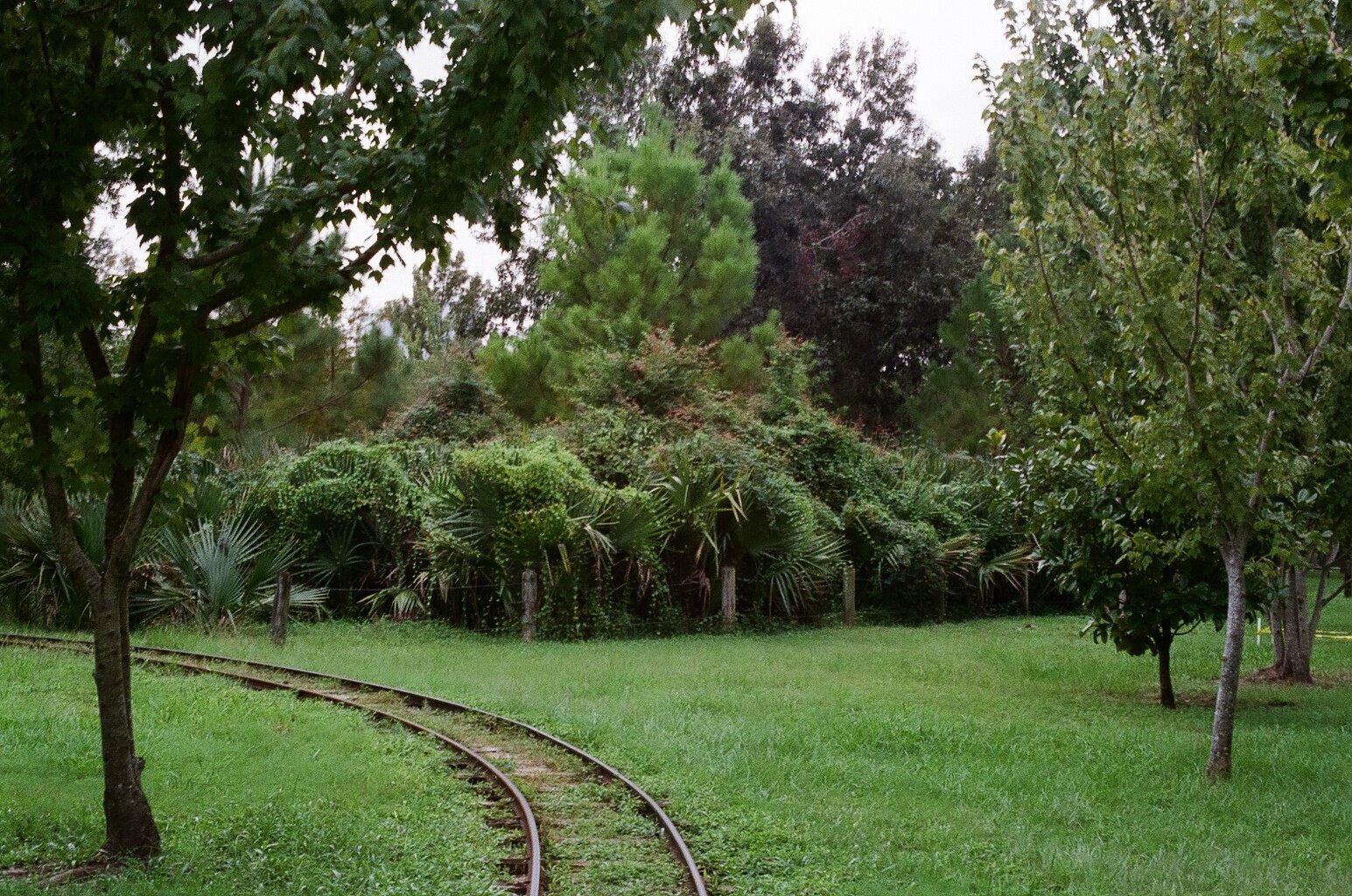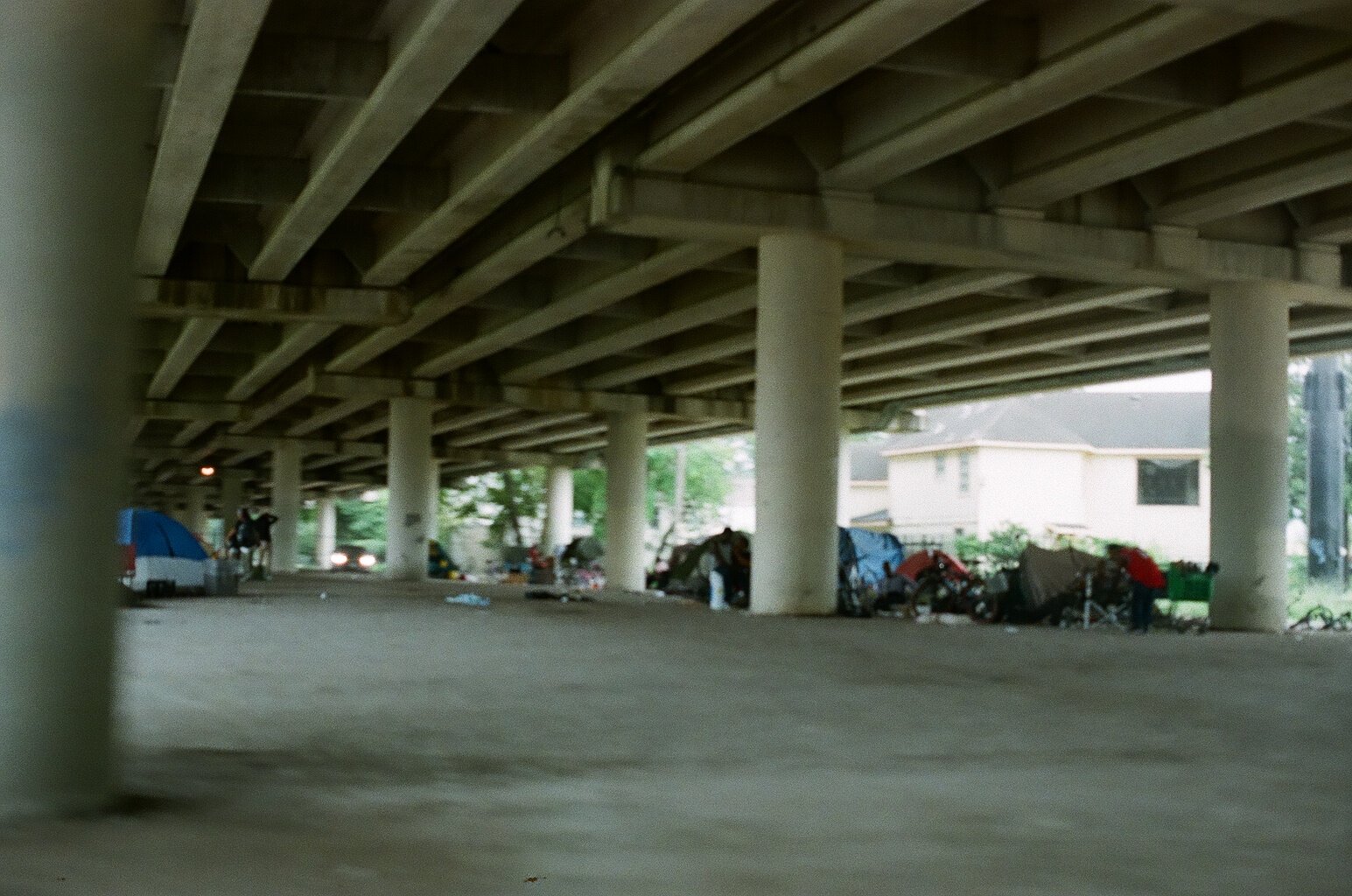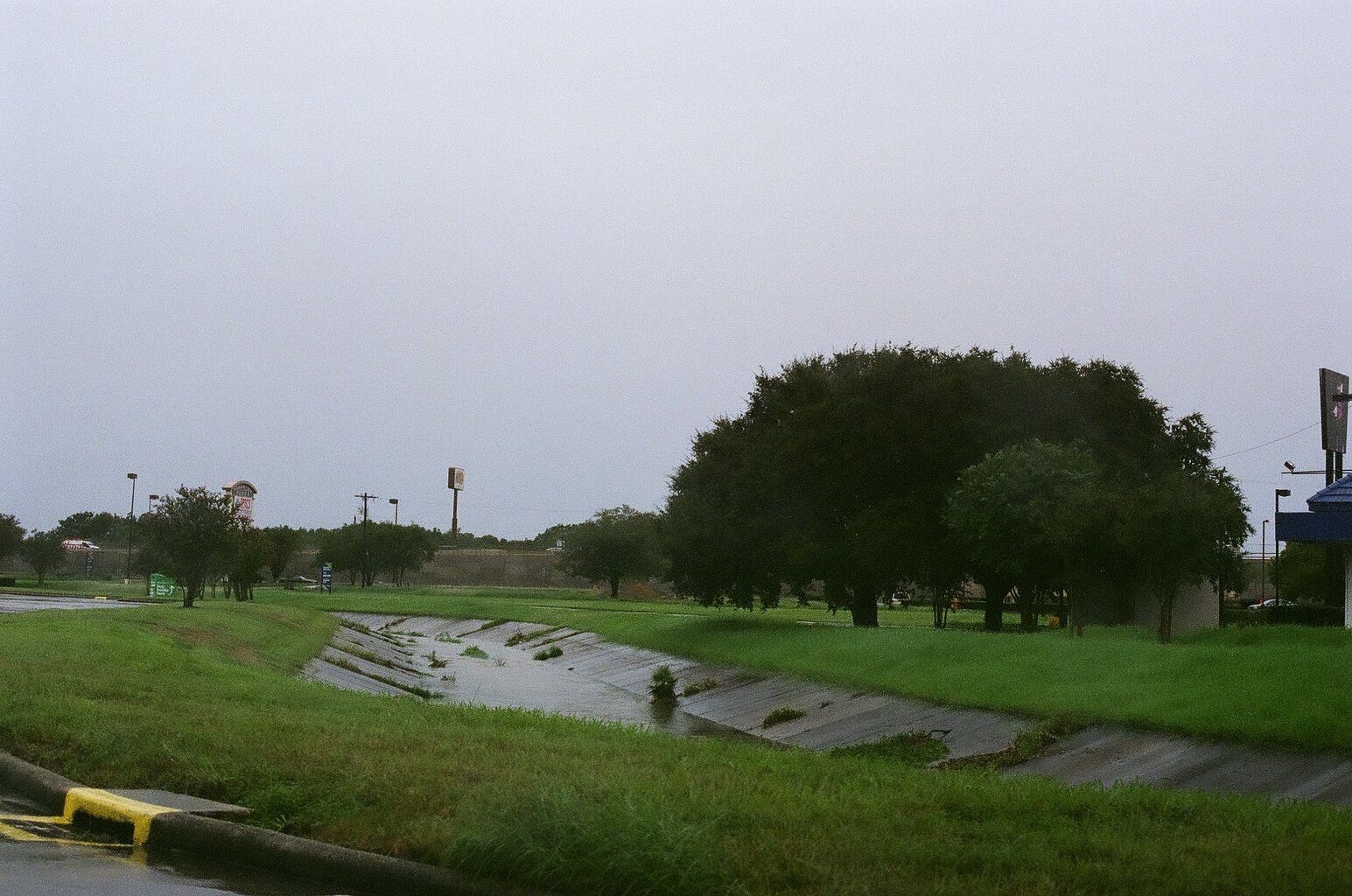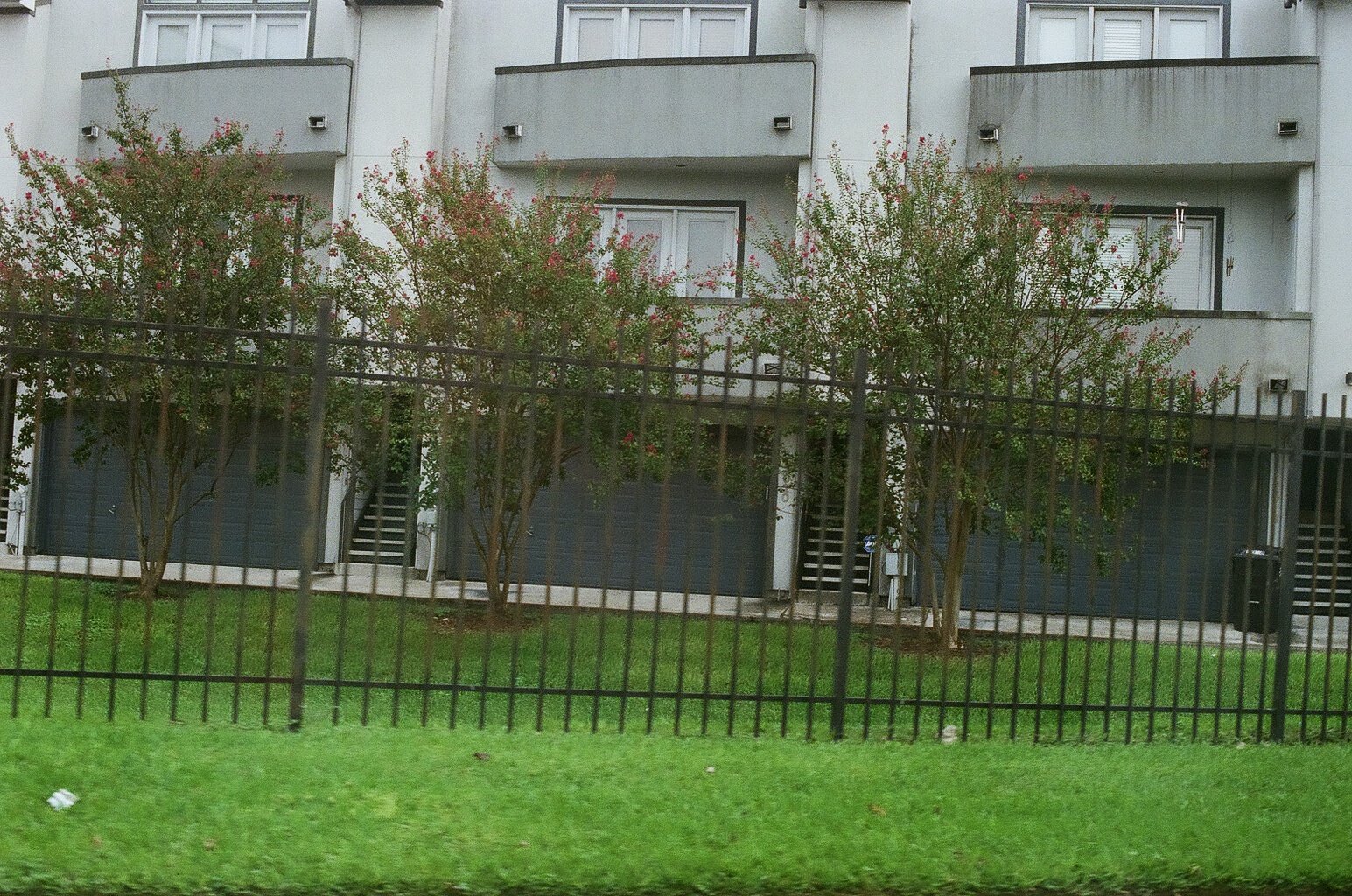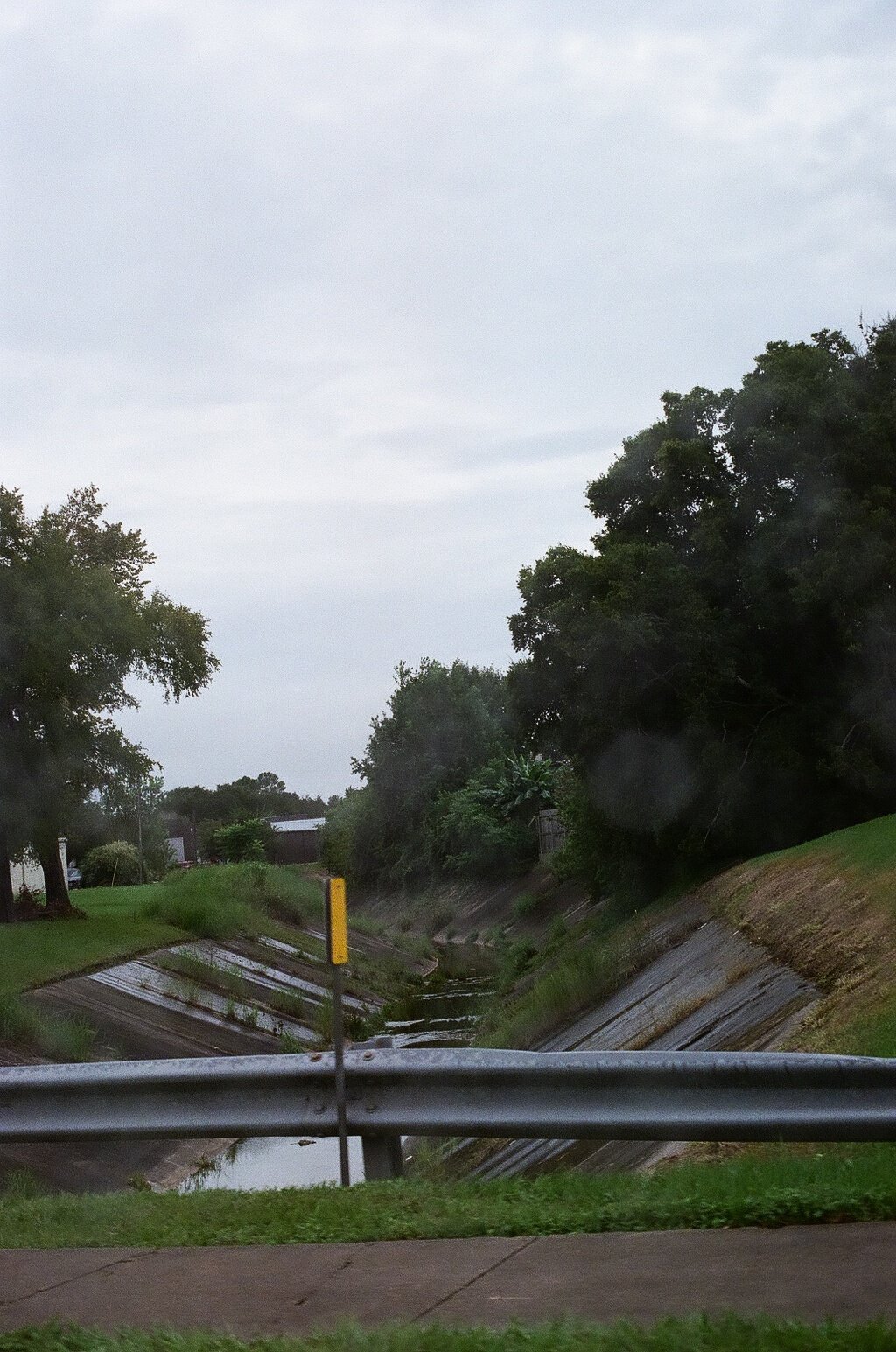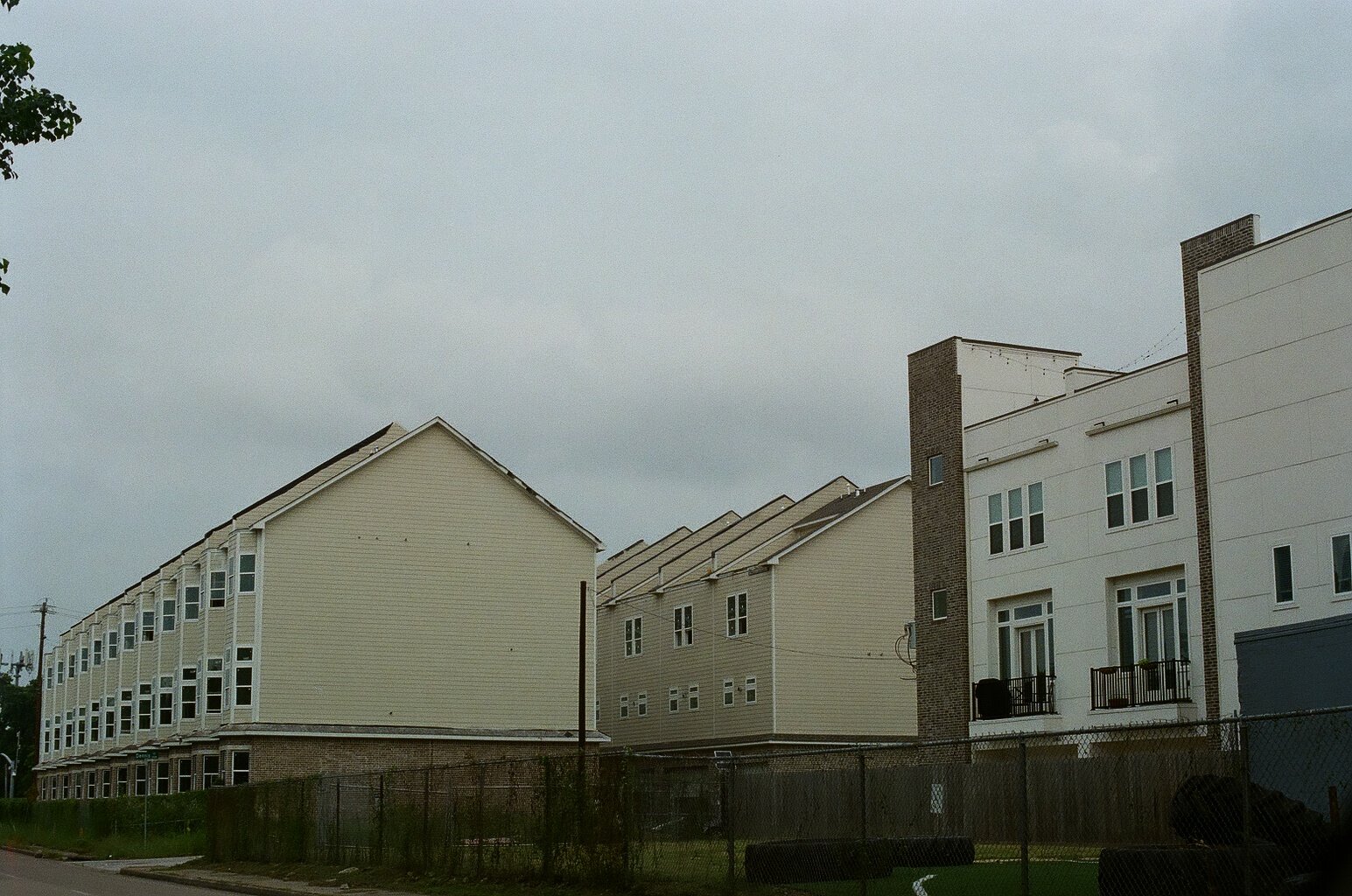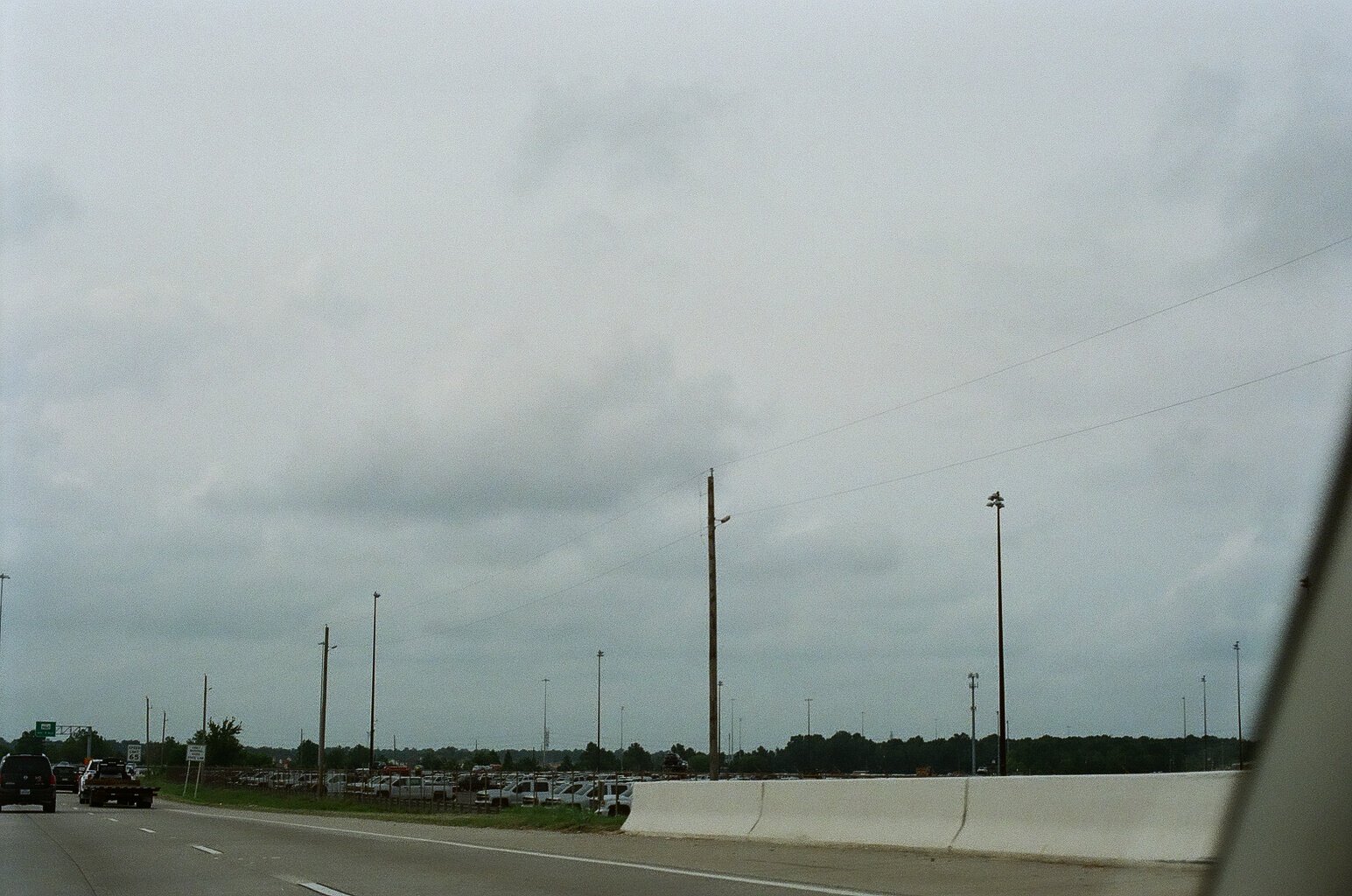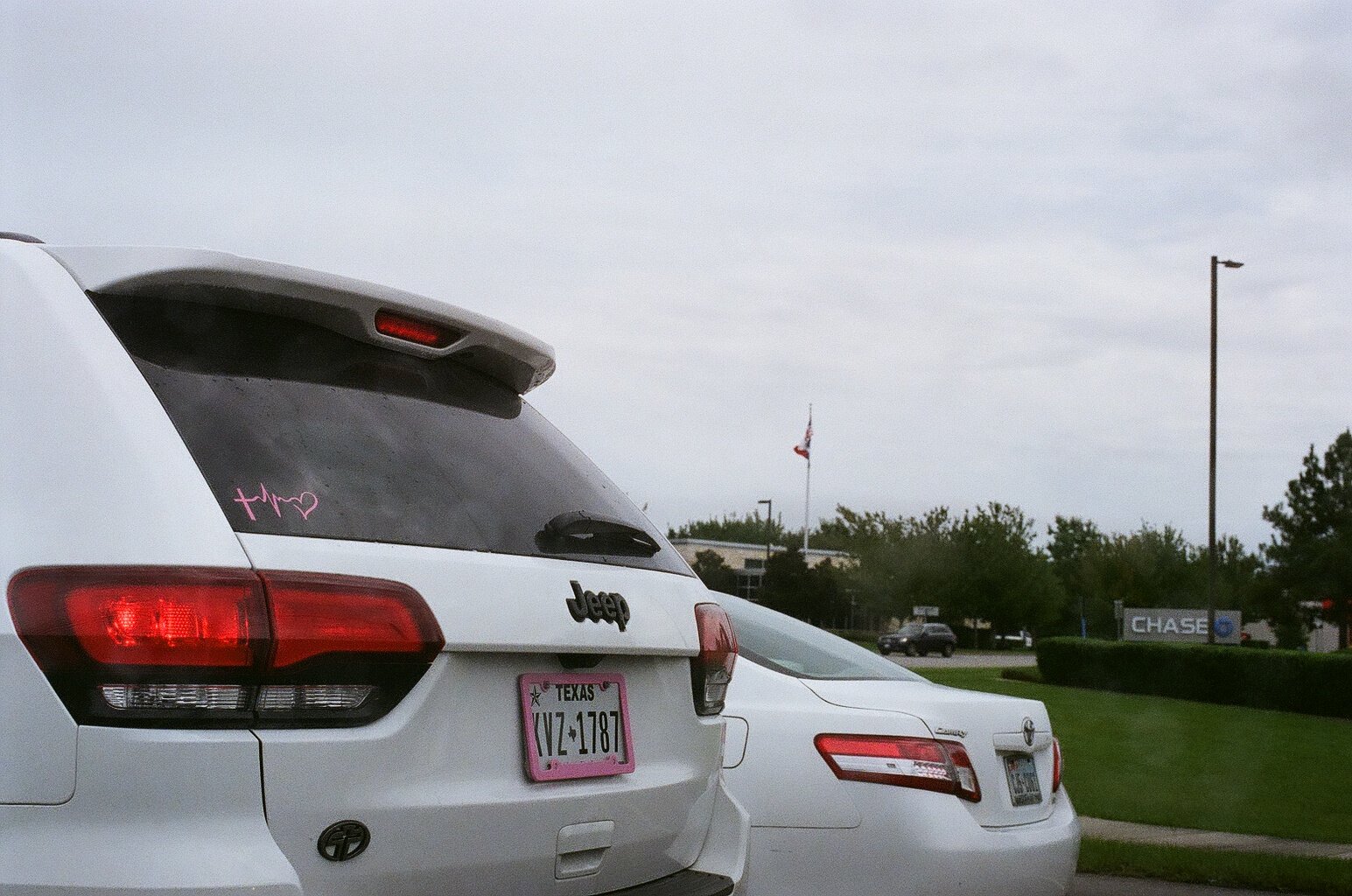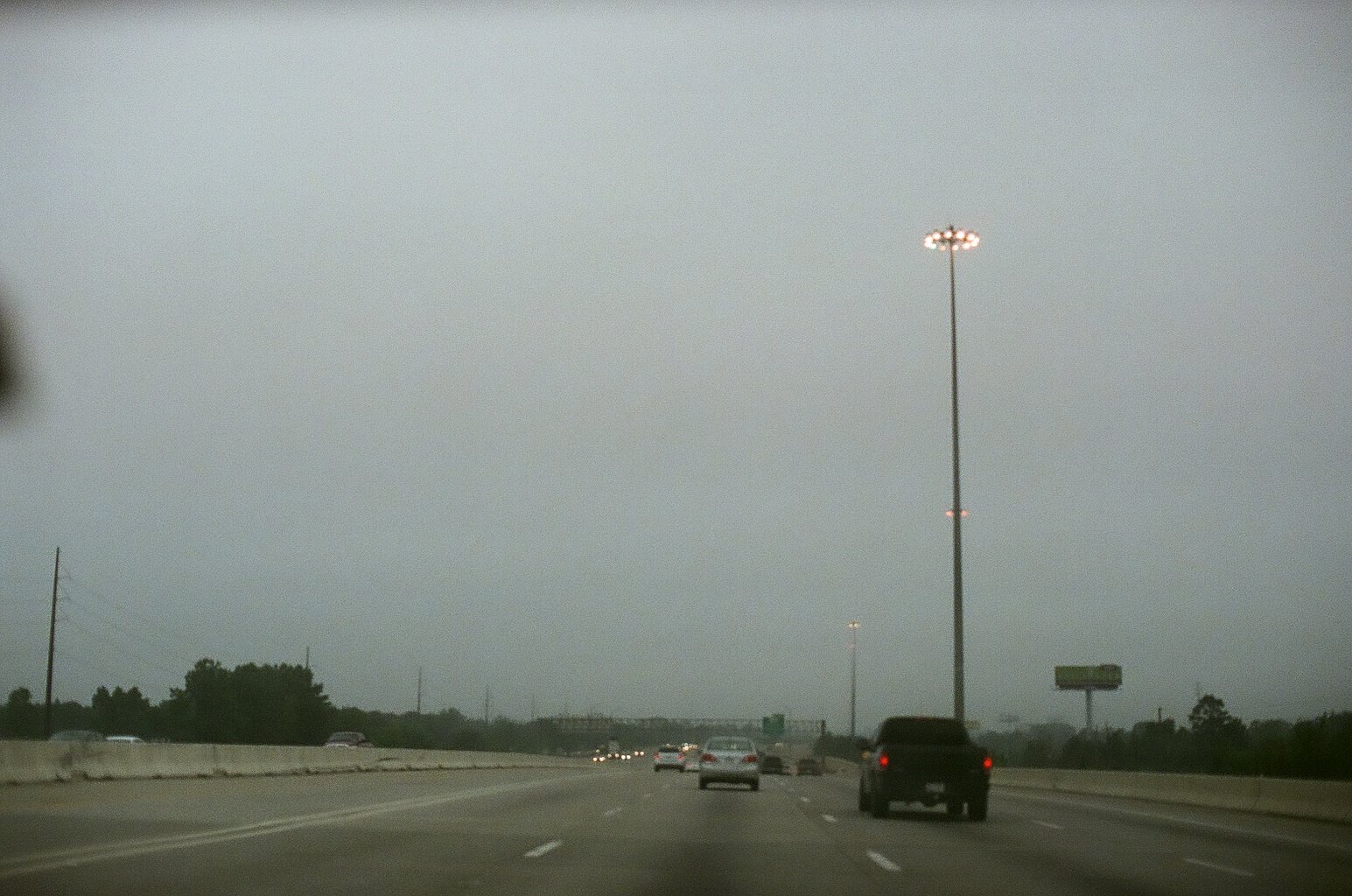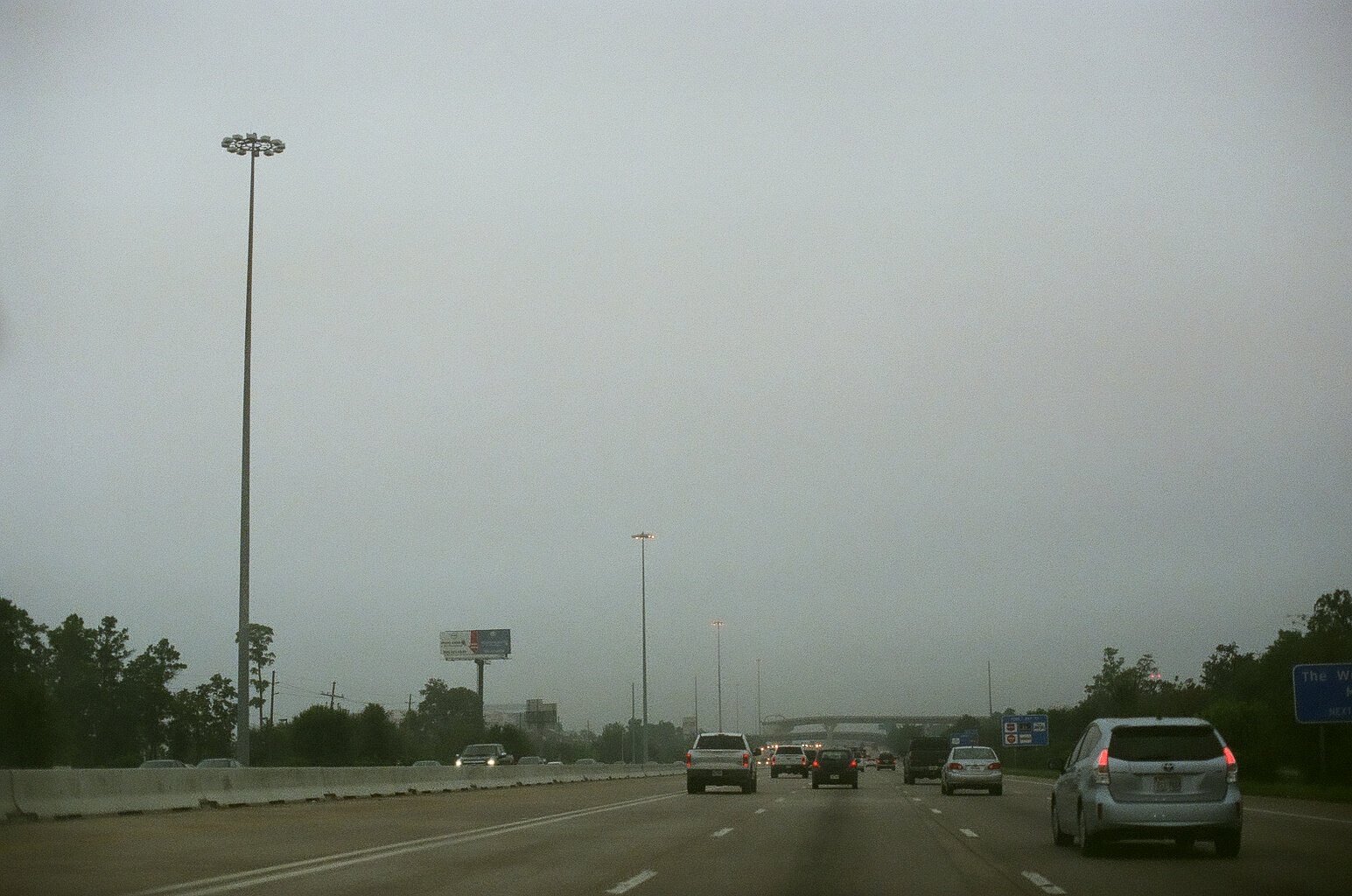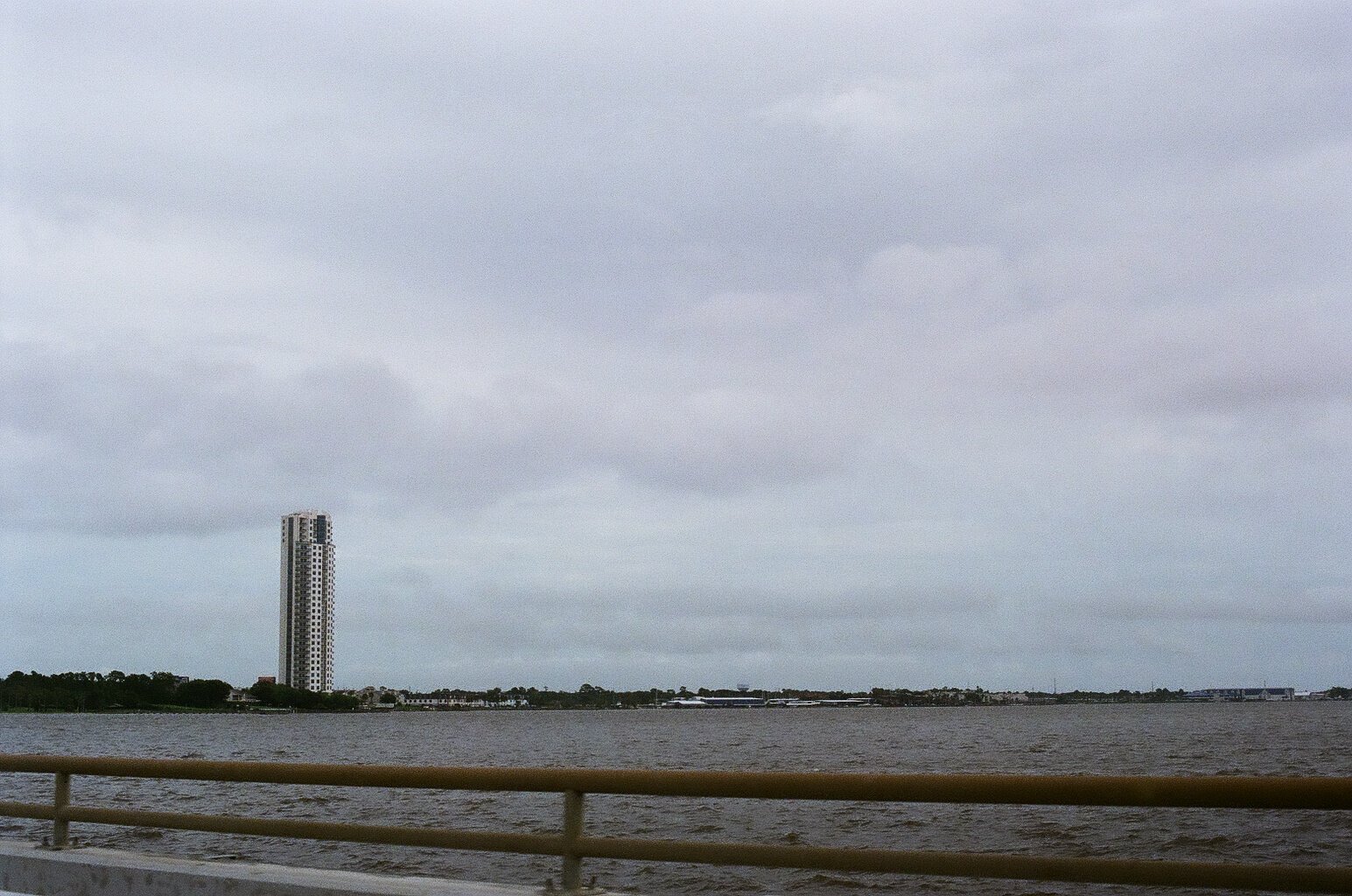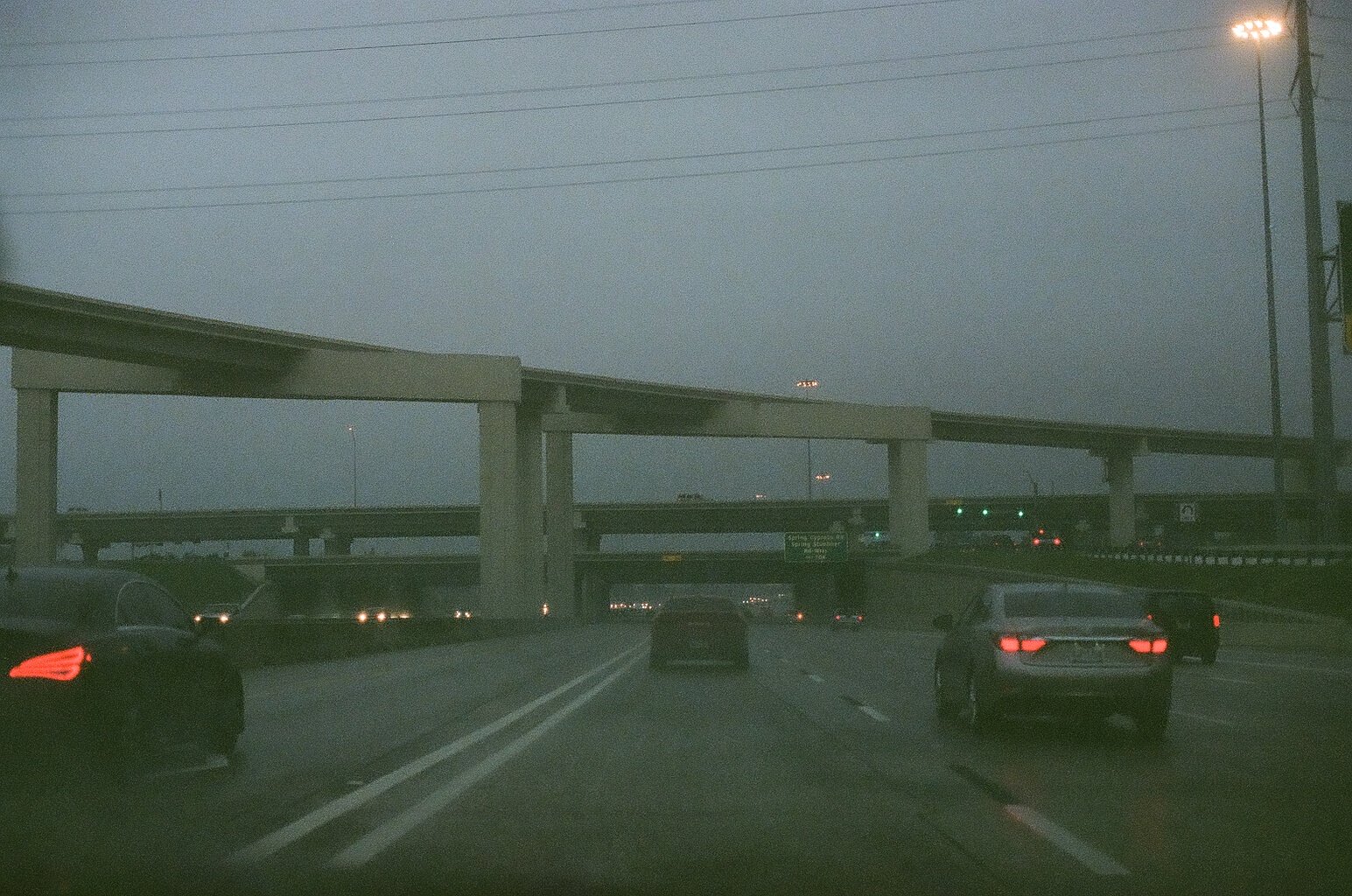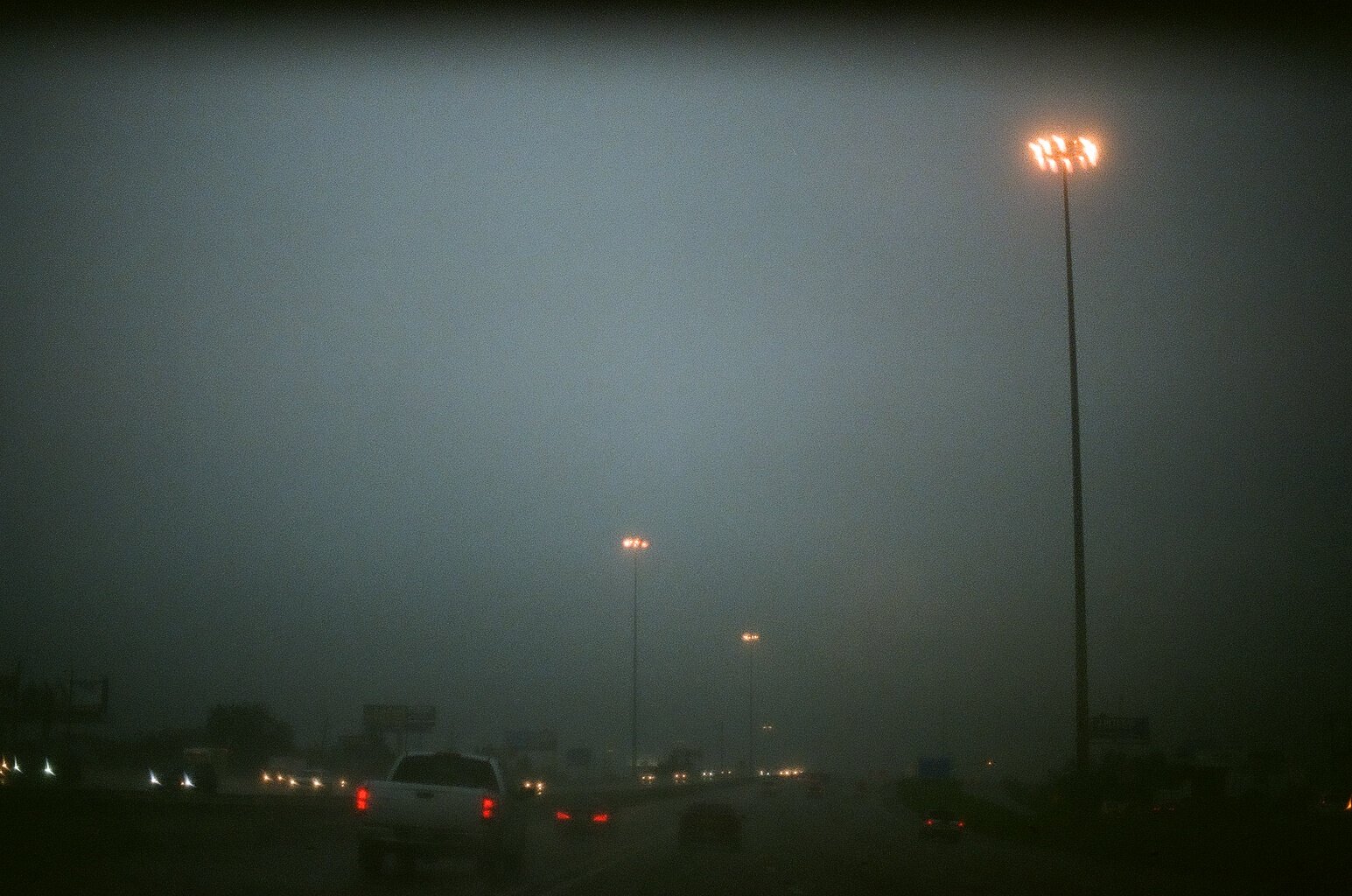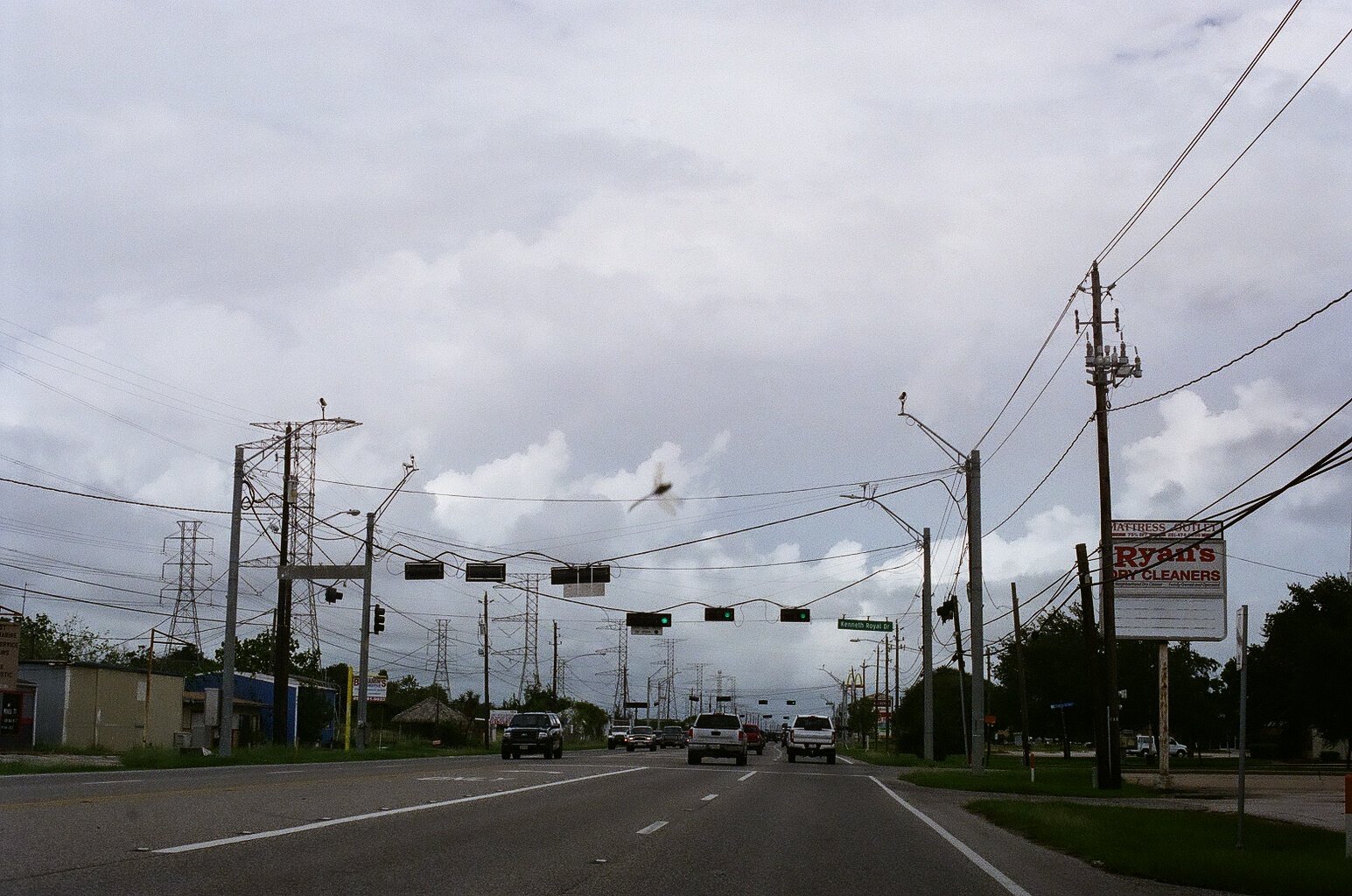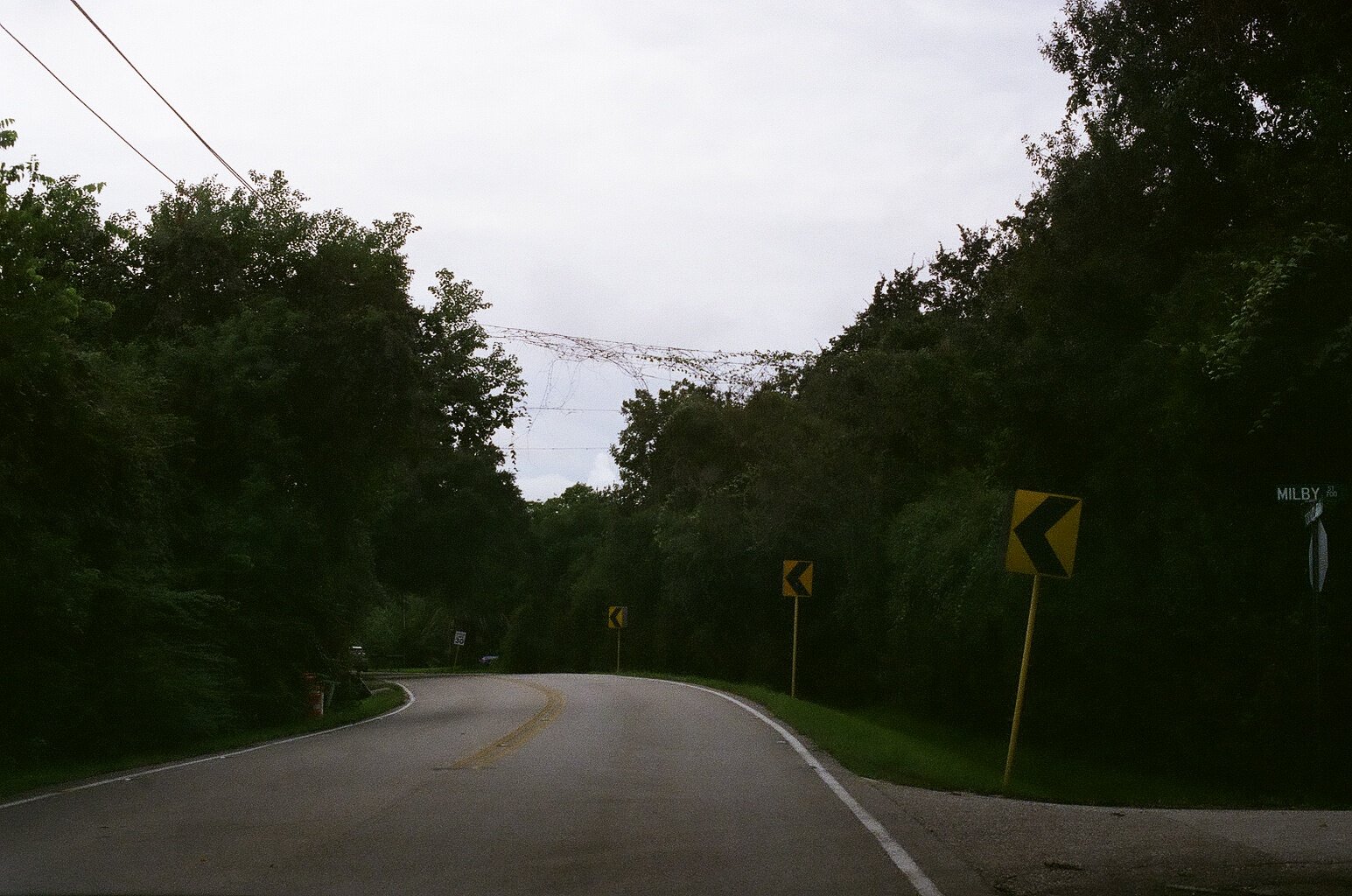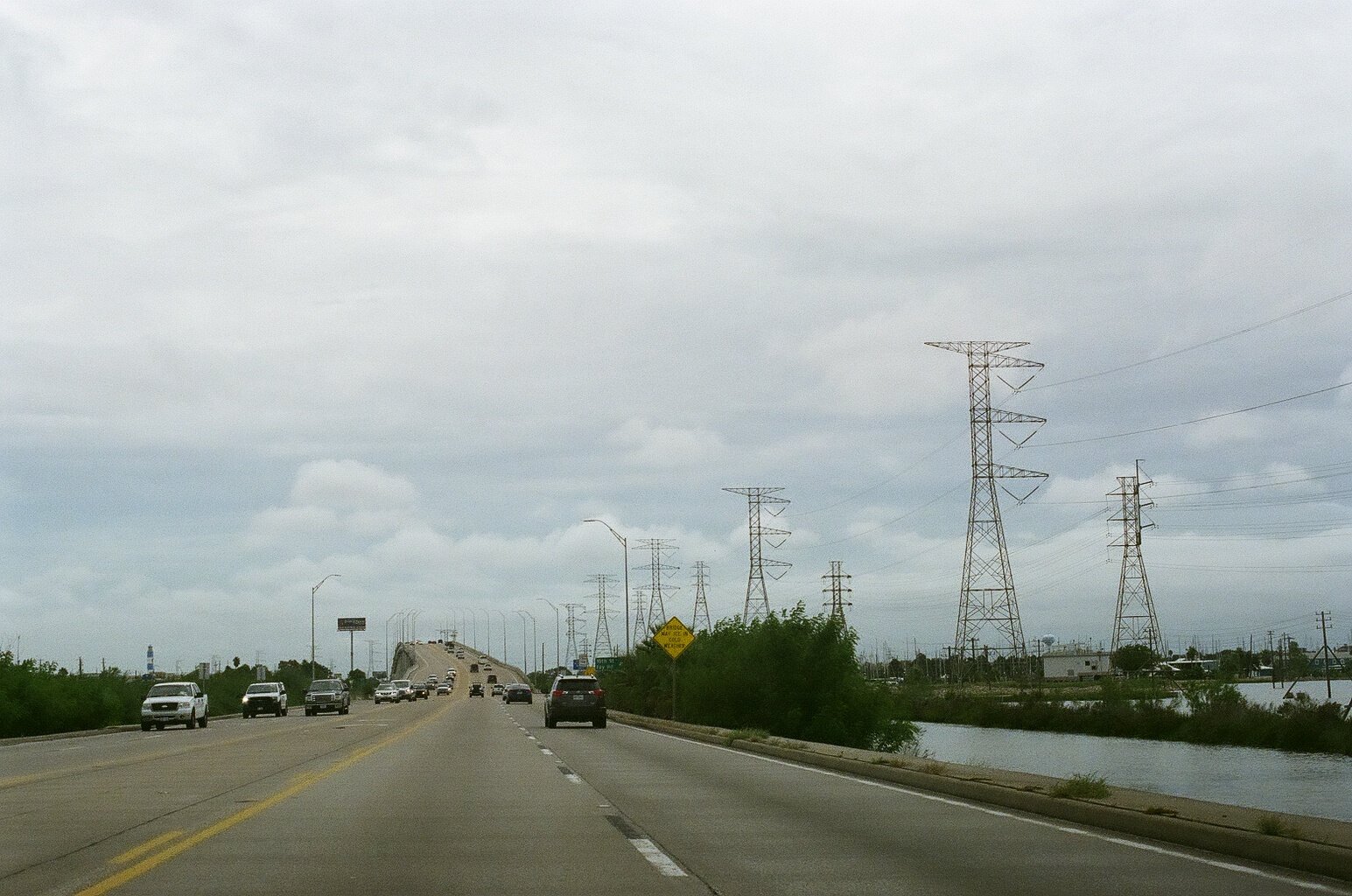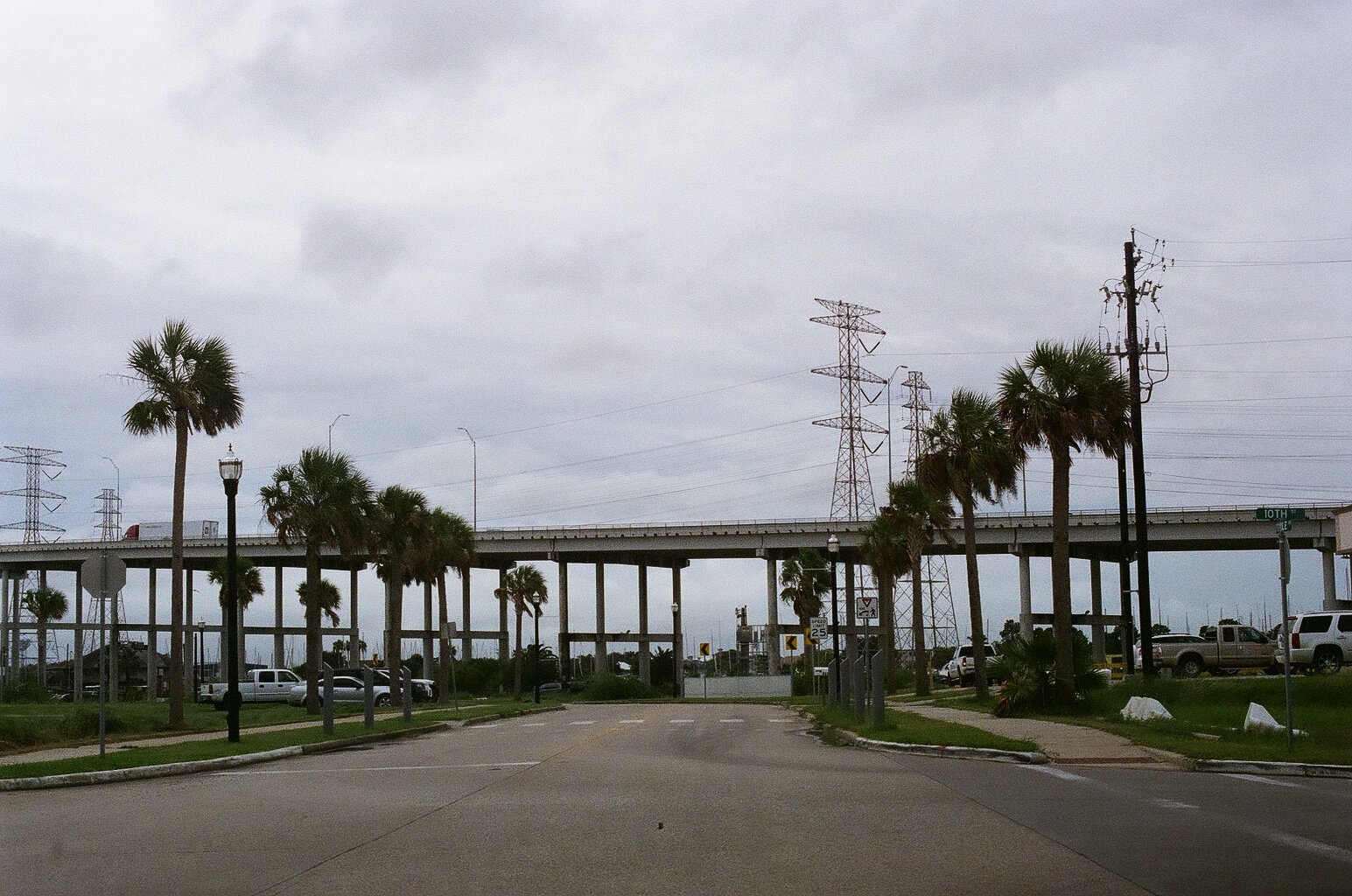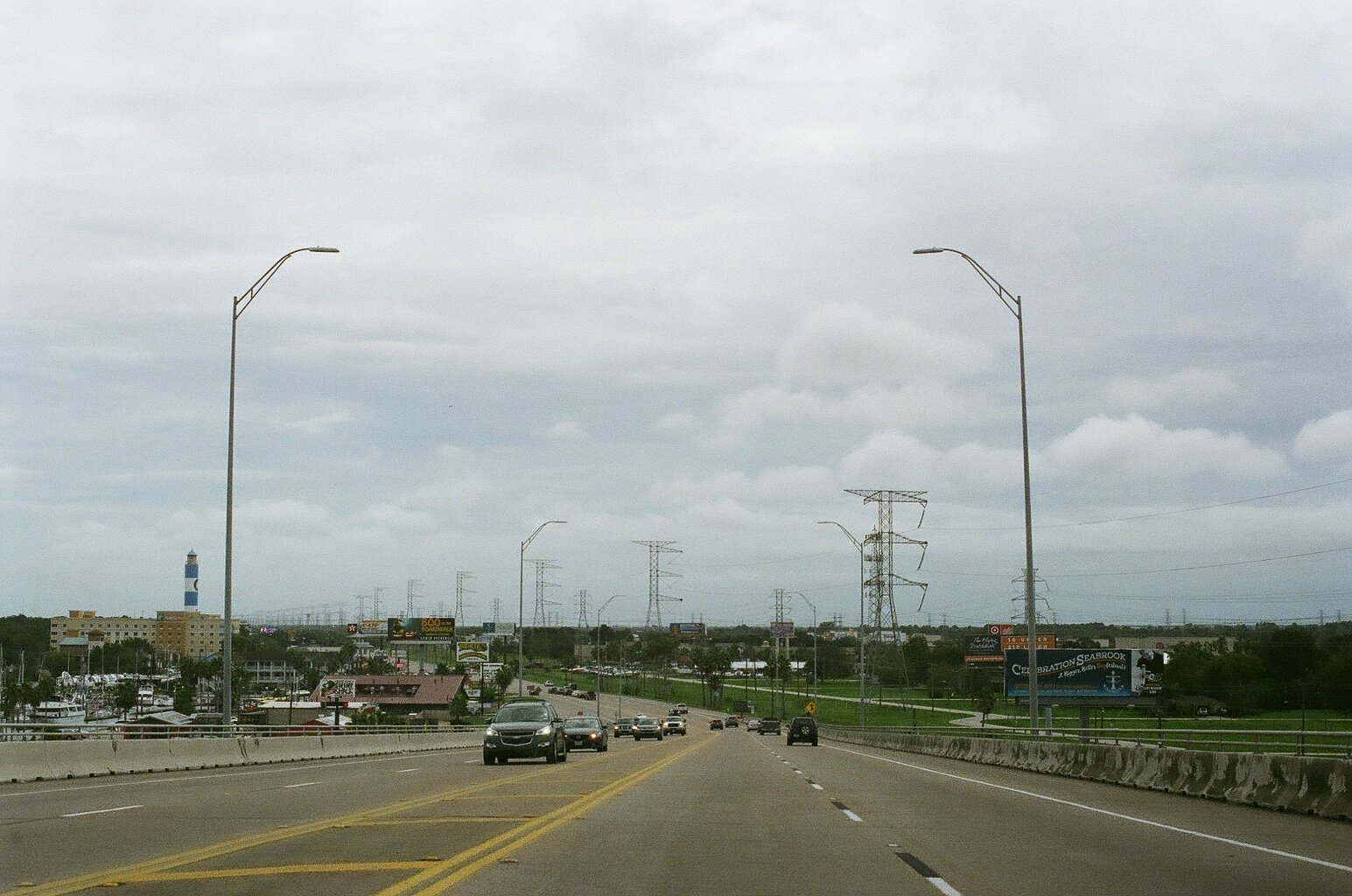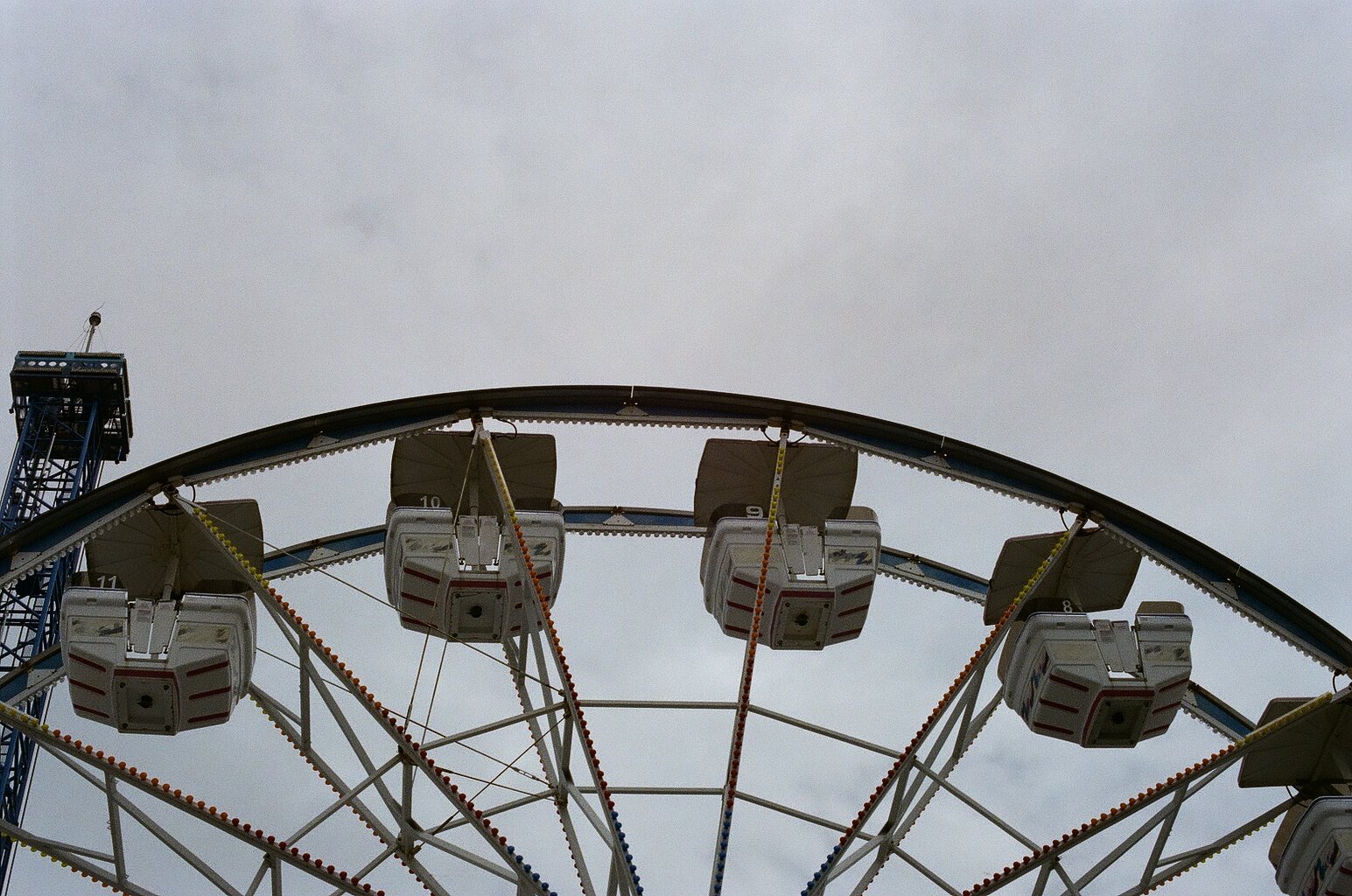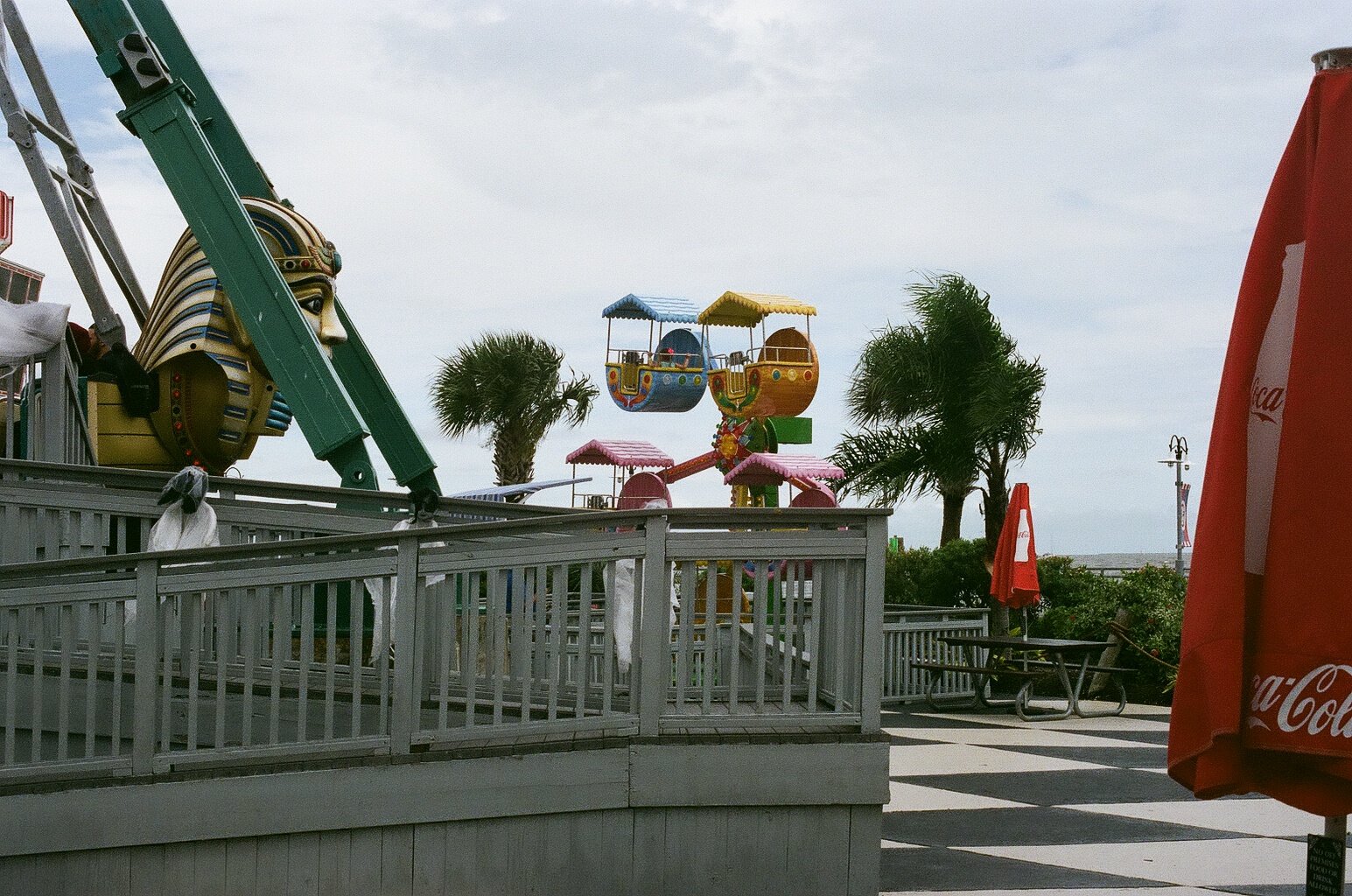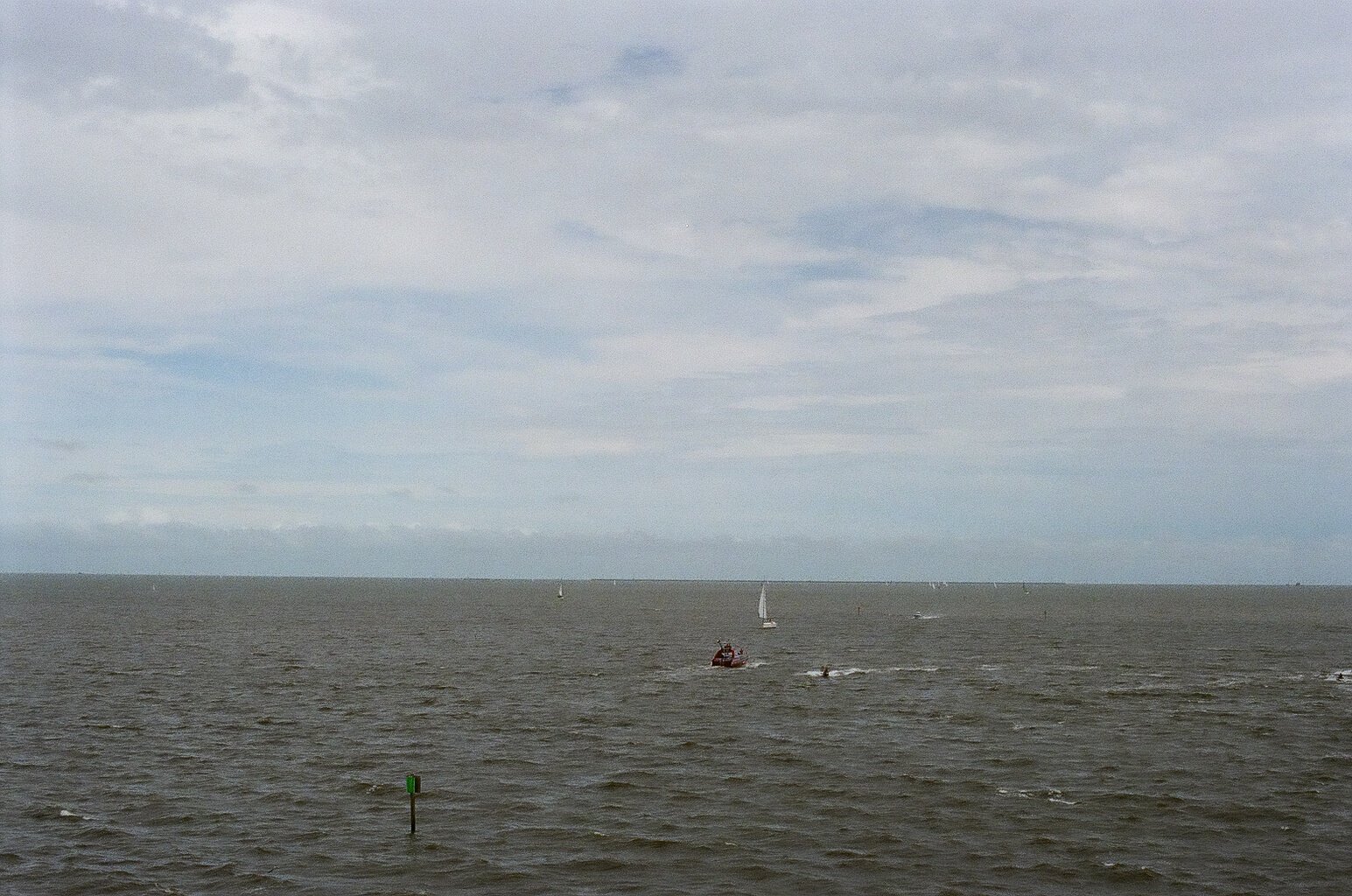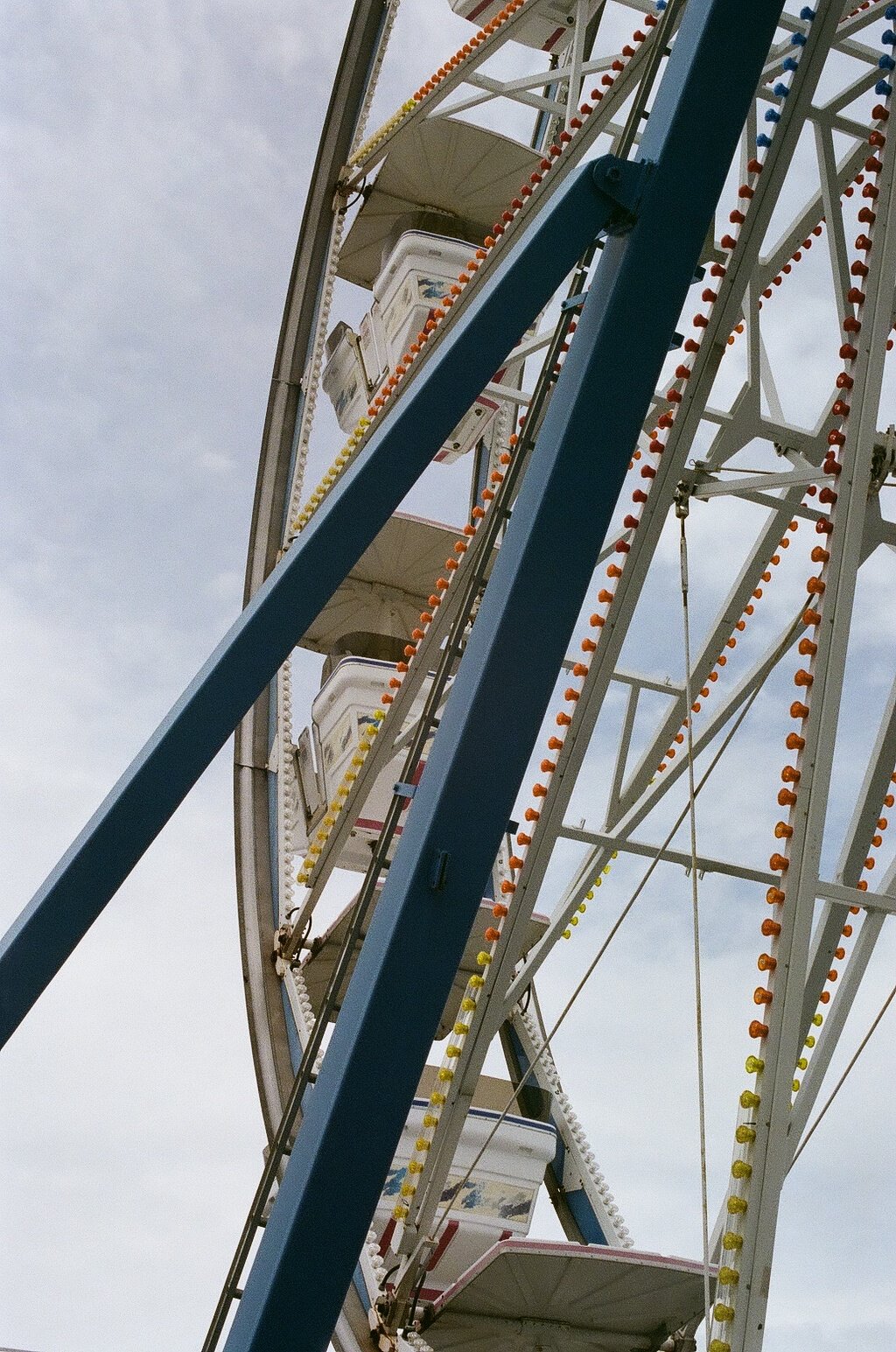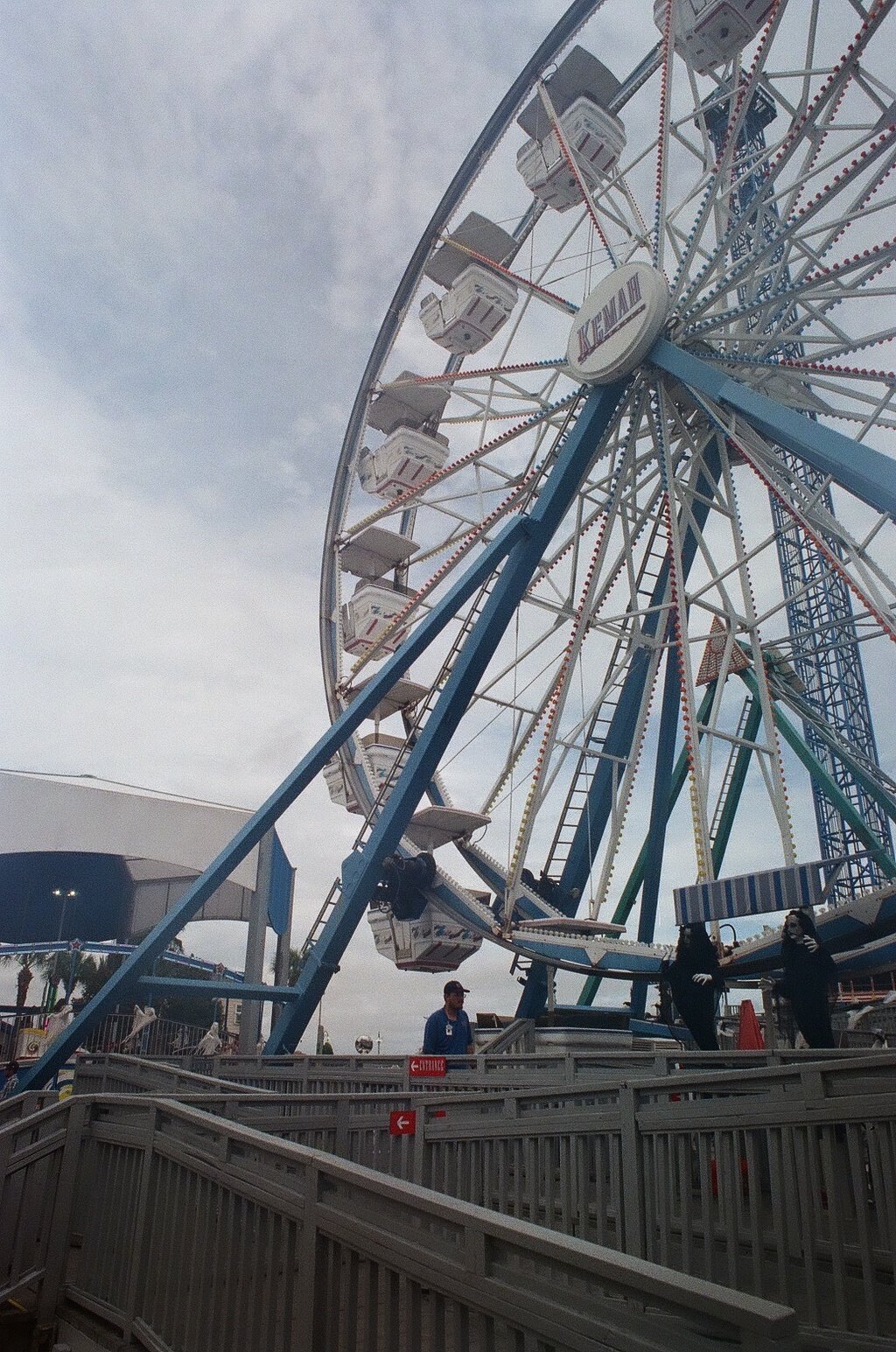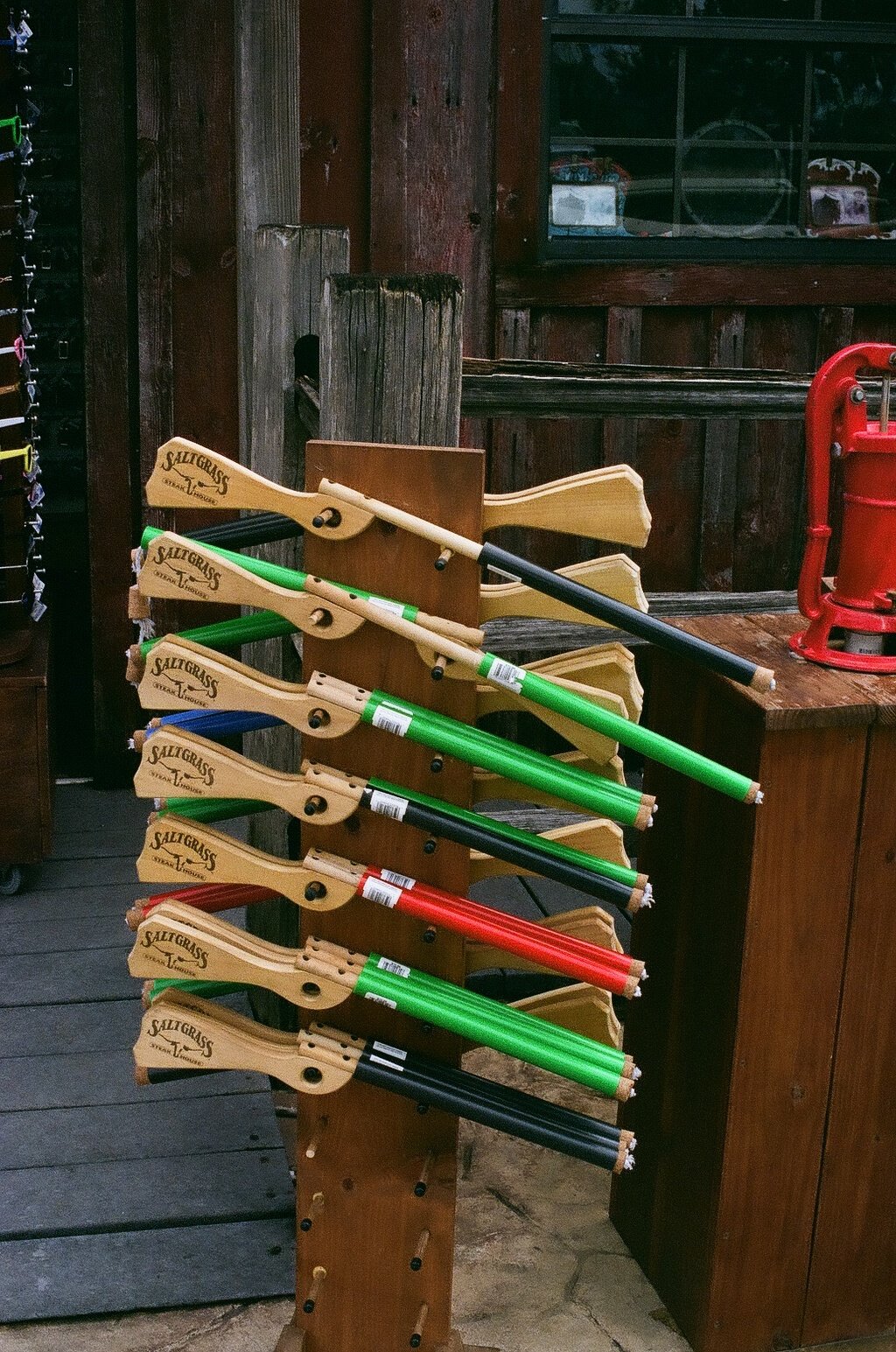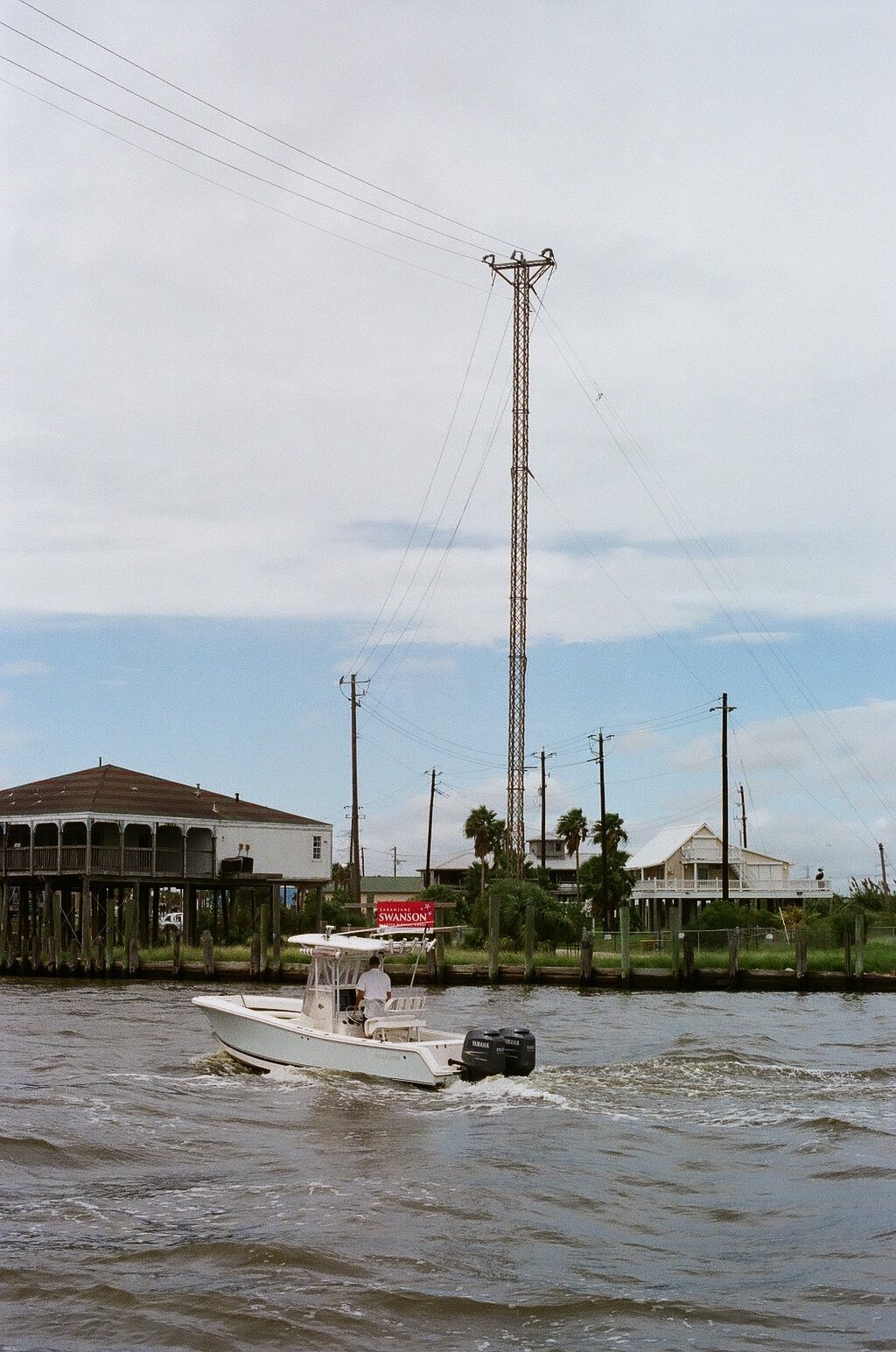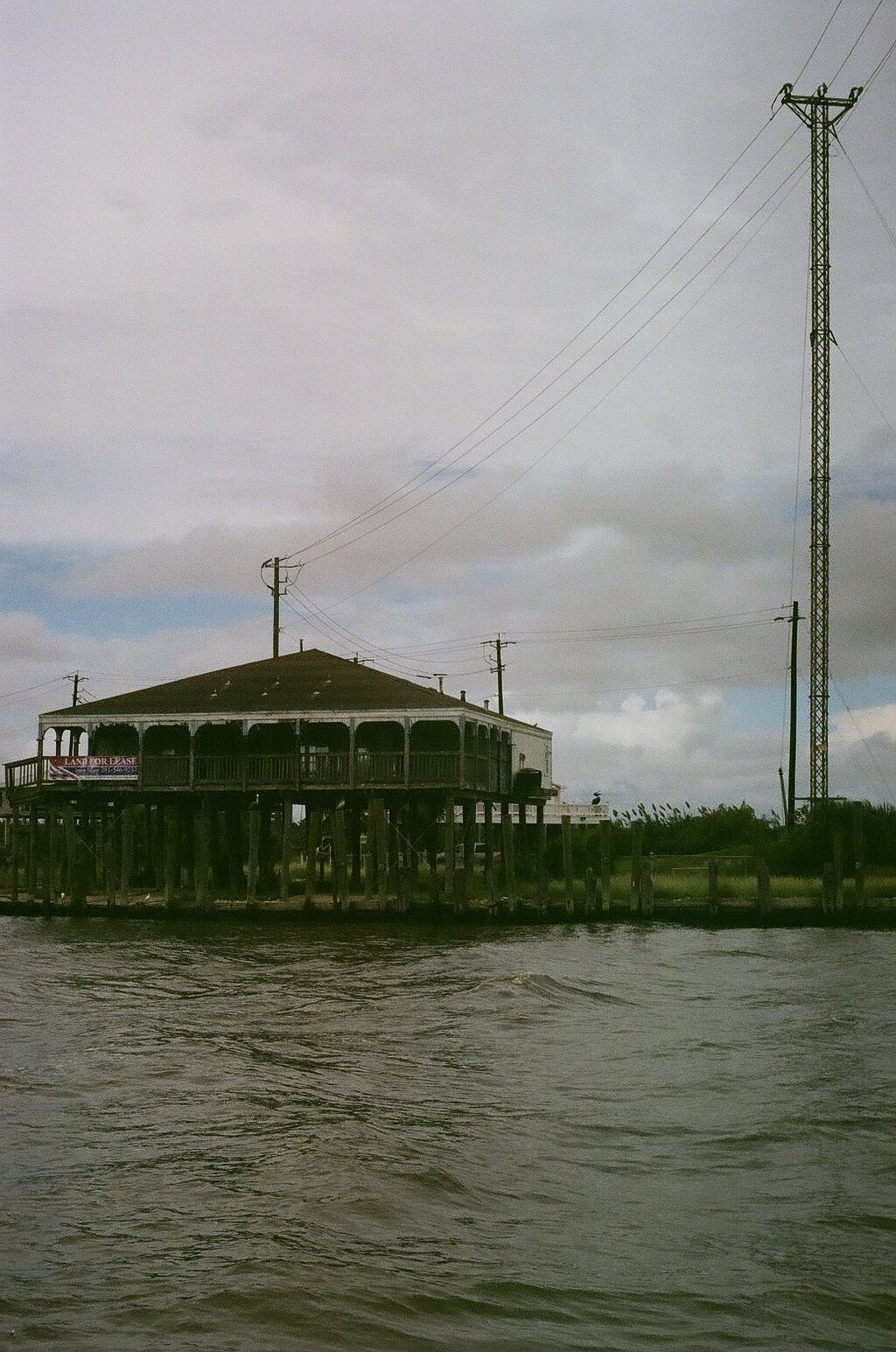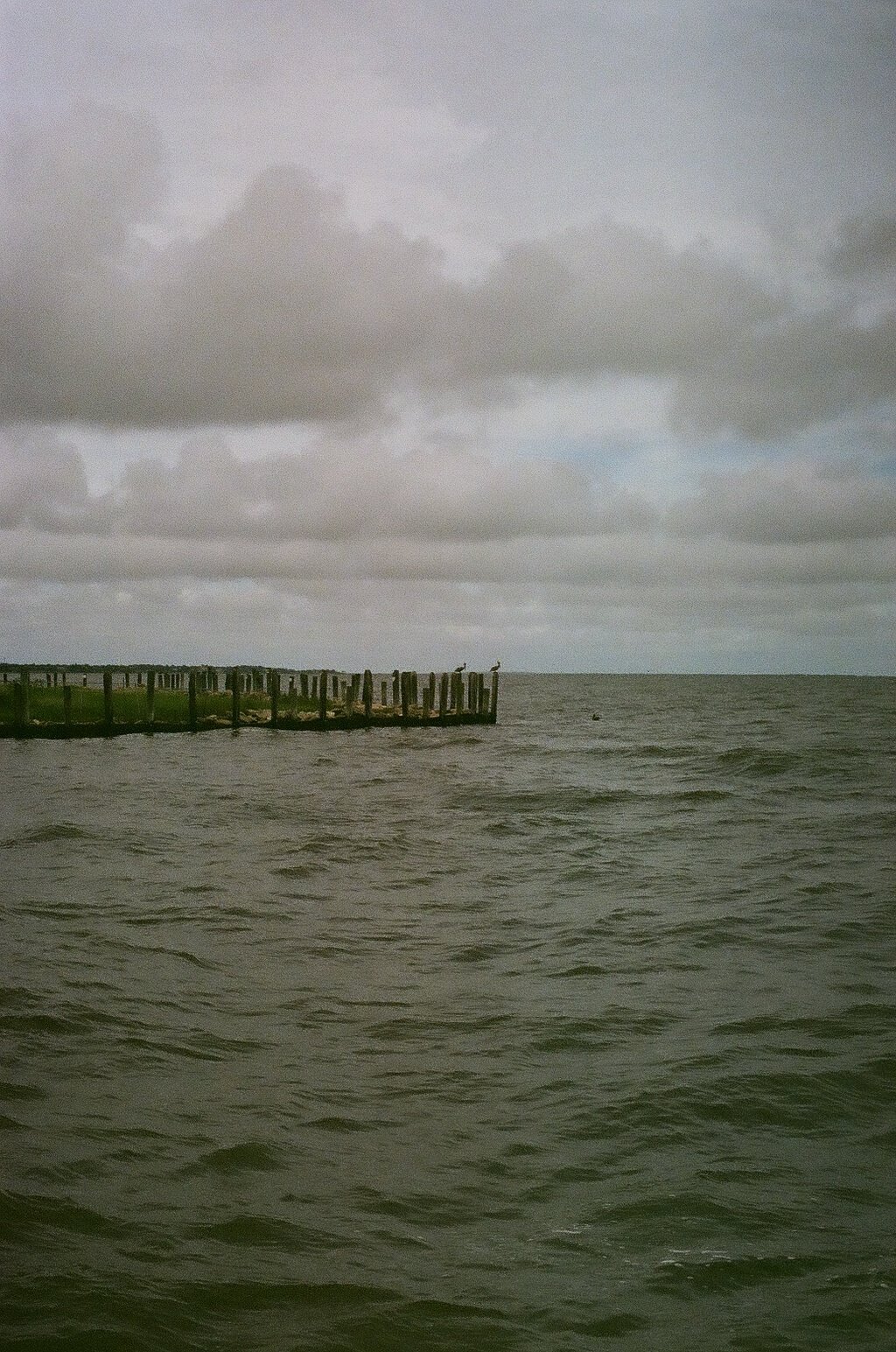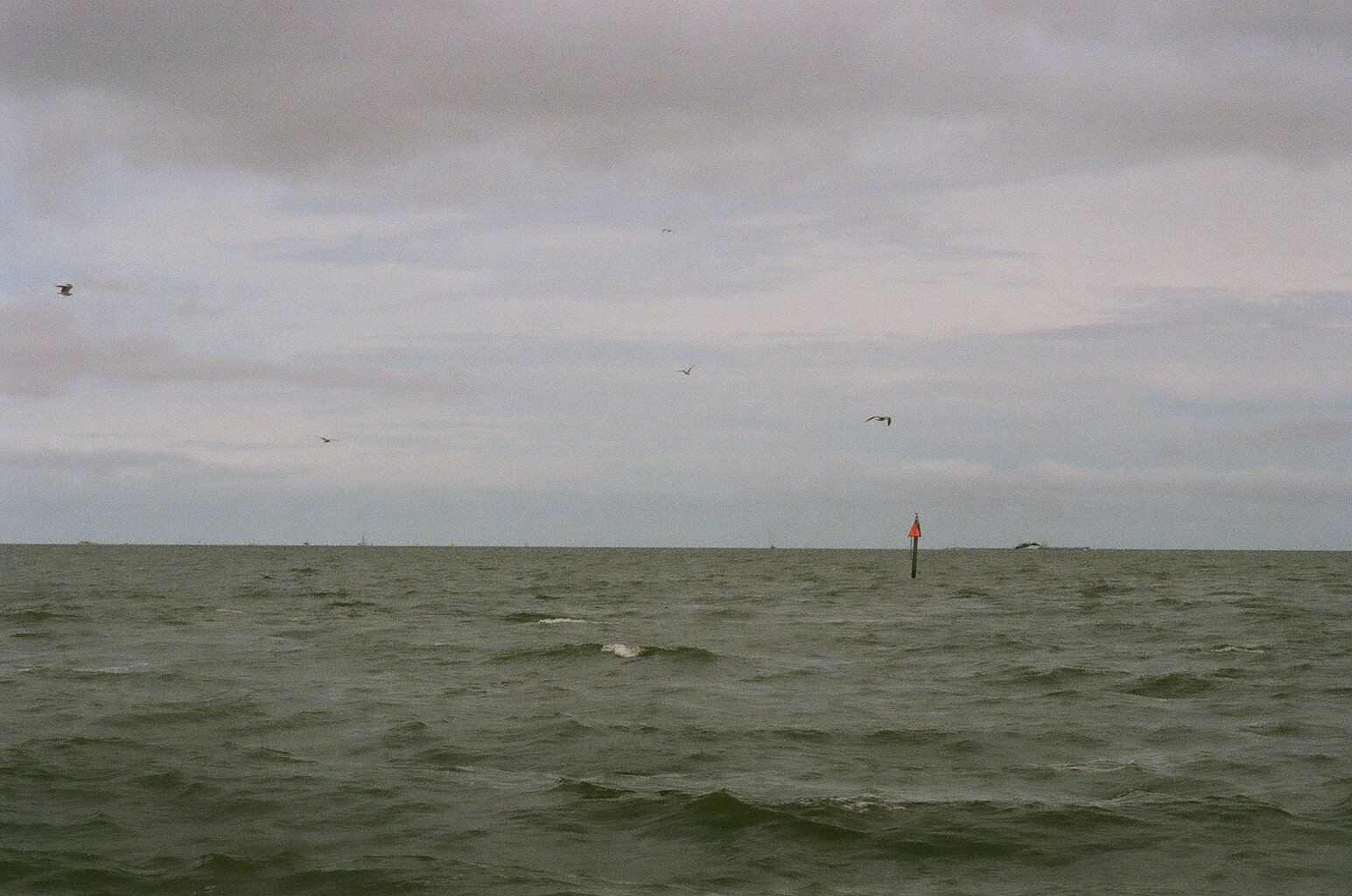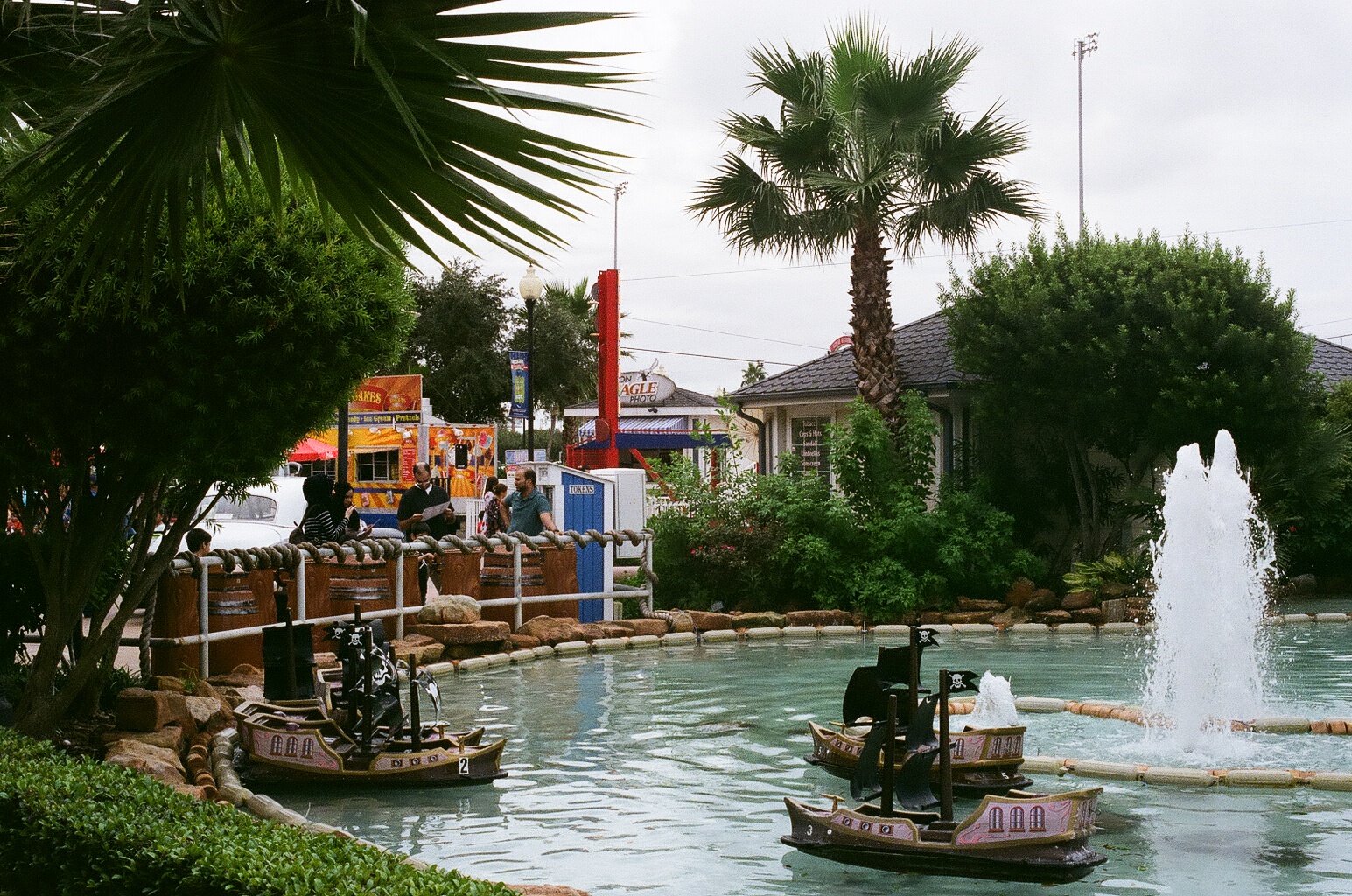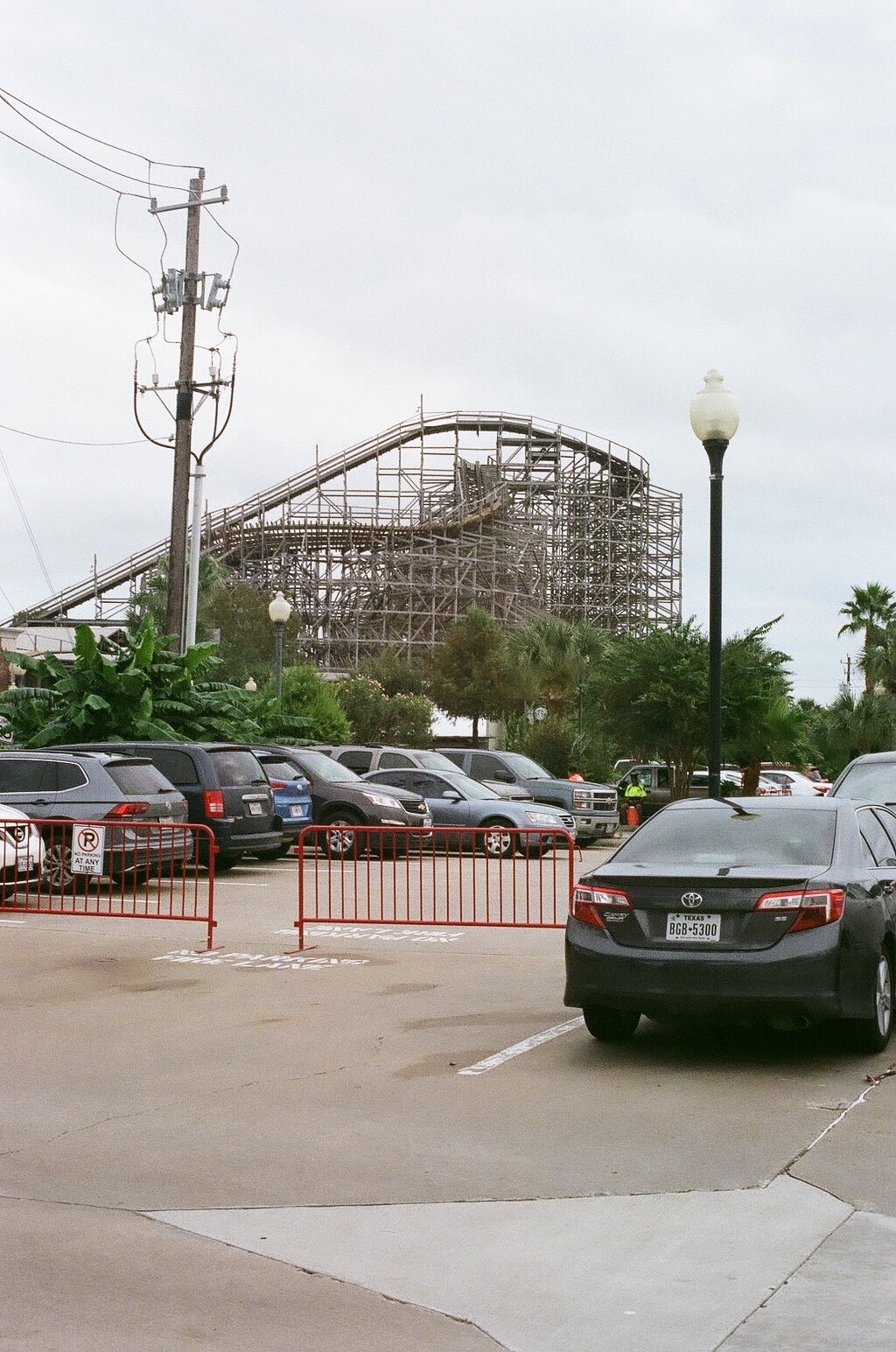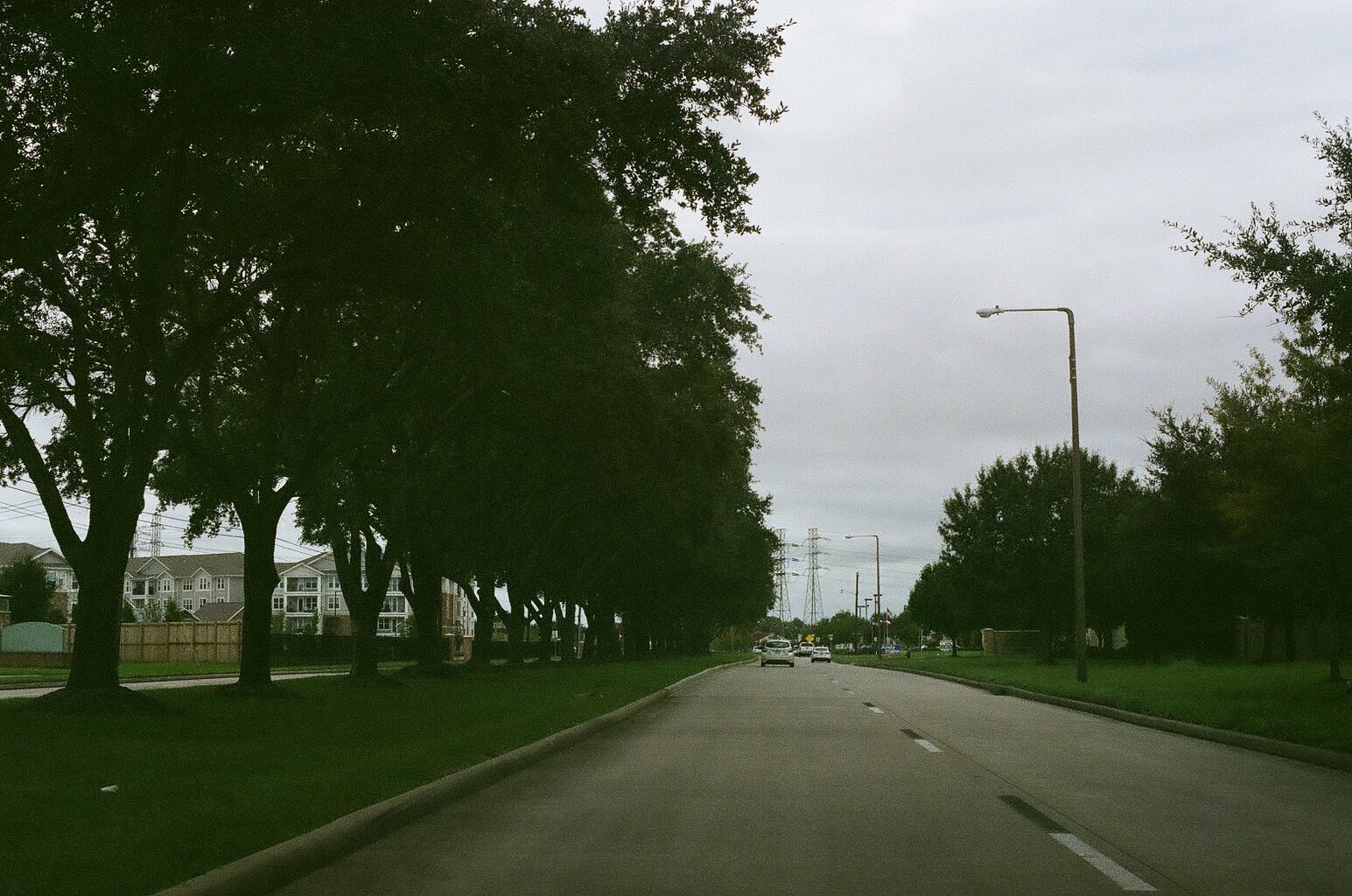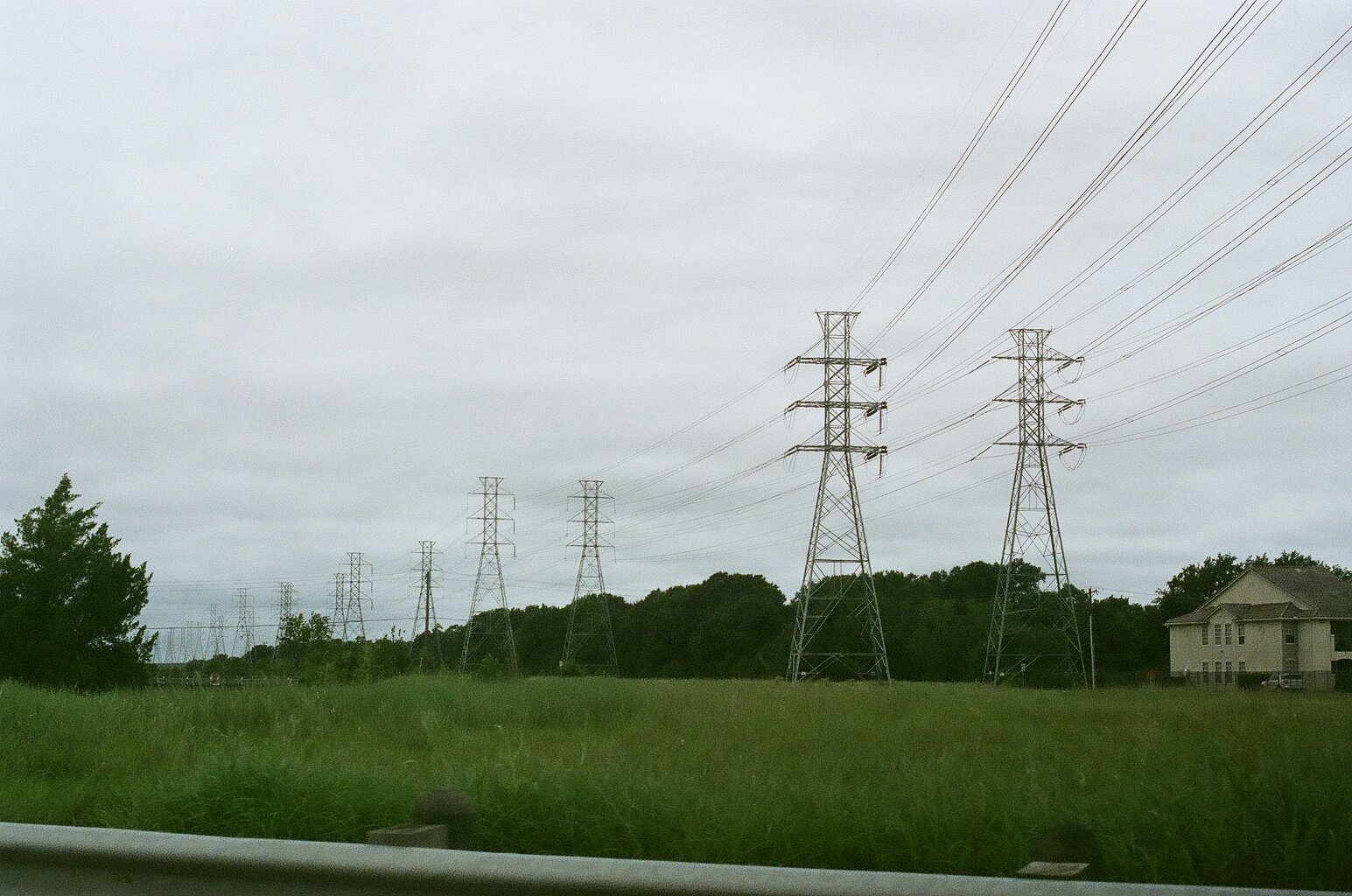High Speed Fujifilm: Fuji Superia 800, Fuji Superia 1600, Fuji Natura 1600
I’ve shot a fair amount of Fuji Superia 800 and Fuji Natura/Superia 1600 (it’s the same film in 1600). Those emulsions have a bit of a cult or have become a fetish item in the film community, especially the 1600 after it’s discontinuation. If you don’t believe me, ask around the resale groups, or take a gander over at ebay.
Now, all that accounted for, I might as well write a final sendoff review, or at the very least a warning to anyone that might be considering purchasing a roll, or god forbid multiple rolls of this “legacy” stock.
I had the opportunity to shoot one final roll of Natura 1600 that was well stored (enough for me to consider it “fresh”) for Run the Emulsions Vol. 2 thanks to Q/Mohammed/@filmstagram.
Also if you find this content useful, please pick up a zine in the shop.
Fuji Natura 1600 (Fresh or Well Stored):
Honestly, really great tones, pretty natural rendition, and it can even do some really odd low light stuff. It was pretty good fresh. I’m not shorting that, but once we get into the truly “degenerate” stuff in the next row, you’ll see what I mean.
Fuji Natura/Superia 1600 (Aged):
Like the images aren’t outright unusable, and in some cases they’re fine, but let’s be honest, they’re vastly inferior in terms of image quality (and not in a particularly endearing way) to the fresh examples. I’d probably also allege that they’re inferior in content on average, I did specifically shoot the fresh stuff to be exhibited.
Fuji Superia 800 (Fresh, but home scanned):
(for more Superia 800 examples with actual Lab-scan examples, please scroll/cycle down to my Houston Travelogue/”Going Places” — I’m including a handful of examples below for argument)
Fuji Superia 800 (Lab Scanned):
It’s alright but on average it looks kinda “mushy” to me. — The home scan was probably fresher, so that might account for some resolution difference but jesus does home scanning on color suck.
What I learned (or already knew):
High-speed film ages like shit, especially when you’re getting out to that 1600 range -- Doubly so if it’s C41 film. 800 speed film also ages poorly, but significantly less so because it’s way way less rich in easily degradable dyes and emulsion. So, my rolls that I bought and shot fresh look pretty good, because they hadn’t gone off and were freezer/fridge stored. I scared up four odd Superia 1600 rolls that had essentially been sitting out since forever, back in May and I gotta say, the film looks rough. I shot most of it at 800 thinking it’d be enough over exposure to cut through some of the warpy/ugliness that can show up in expired color film, but I’d wager about half of the photos are unusable due to the grain. I like grain, but this looks like rot.
Anyway, at its optimum, the film has a really nice look in both 1600 and 800, can shoot in the dark. It renders green well, and while the grain can get kinda mushy, it’s overall pretty okay.
Repeat after me: rarity does not mean quality. Rarity does not mean something sought after will age well.
Legacy or older emulsions often don’t scan super well at home -- they weren’t really ever designed to be used in a hybrid scan system, unless you have a lab scanner. I didn’t scan my own Fuji 1600 (Superia or Reala), but I did scan all of the 800 in the last couple batches myself (I don’t think of the “going places” examples as being particularly recent, at over a year old). I’m happyish with my results scanning at home, but overall the casts, etc, just aren’t quite right, and it looks a little silly.
For RTE I did actually learn or teach myself C-Printing, (like that other article on the website talks about -- read Jack’s summary here) and Natura actually physically prints really nicely, or at least much more nicely than my scans scanned, which makes sense given the age of the emulsion.
TL;DR, for this whole article: In my opinion, Superia 800/1600 was overrated. Lomo 800 is the best option on the market, but there are other options, if that’s not your bag.
At any rate, you’re probably kinda bummed by this less than ecstatic review, and probably pretty discouraged. So here are my projected alternatives to Fuji Superia/Natura 800/1600 (for shooting color, handheld at night), in rank order (per my opinion):
Lomo 800. Honestly, this is for the money, and maybe even over all, my favorite high speed color film. It has nice saturation, good color palate, and it prints (RA-4) really well. It also scans well. Honestly, I like it better than I like Fuji 800 (when fresh, and lab scanned) for the most part. I like it better than the 1600 too (even against fresh 1600). 3 rolls for like 20 bucks puts it well beneath Portra 800 for cost, along with Portra 400, and Pro 400h, and my personal bugbear, Cinestill 800T. Go buy Lomo 800. Buy a lot of it. I want to keep shooting it as long as humanly possible, and films only stay alive so long as we keep purchasing them.
Portra 400 -- I know this is a shocker over Portra 800, but I think, or I swear I read somewhere that the technical marvel known as Vision 3 era “new” Portra 400 actually has the same dynamic range as Portra 800. Or better. At any rate, Portra 400 seems to be able to survive most of what you can throw at it, and it corrects really easily, in fact before they launched Cinestill, the Brothers Wright even wrote a whole blogpost about how easy use/correct and versatile new Portra 400 is, or like how similar you can you make it to Vision 500T -- which is the film that Cinestill 800T is made from. The versatility and scanability makes a lot of sense -- the Vision 3 films are designed for a hybrid or scanning based workflow.
Pro400h/Portra800: They’re previous generation films with incredible latitude, but not to the extent of new Portra 400. I’ve heard some reviews that Portra 800 really likes to be shot at 200, not super encouraging if you’re trying to shoot handheld at night. I’ve had some luck doing flat out stupid shit with Pro400h at night and taking advantage of it’s long tonal curve, but I haven’t tested it extensively enough to recommend. Carmencita film lab actually put out a good guide to EI in portra 400 and Pro400h -- I’d really recommend giving that article a look over.
Vision 3 500T -- this is the stuff they make Cinestill out of. It isn’t really made for still cameras. You can respool it from 400’ rolls, and it should work, but it requires special chemicals (ECN-2 -- you can certainly also develop it in C-41 at home, or through a select set of labs, but expect some color shifts) so it’s a bit hard to send out for cheap development at most labs, and getting it in 100’ lengths is also difficult. Breaking it down into usable short ends is also a difficult. However, if you work out most of the big issues with the film, (ie spooling, and developing) it’s dirt cheap, and a great film, with great latitude for pushing and playing games with. Unlike Cinestill it also still has it’s anti halation layer in tact, so you don’t get weird/stupid halos. You can buy the film pre-rolled, and a few places even order packages of it with development included, but it’s significantly more expensive. The only other caveat that I’d throw on is that because 500T is a cinema film, it’s going to look odd right out of the box, and you’re likely going to need to do some heavy color grading on it. It’s fine because the film was made for that kind of custom color grading, but if you hate sitting there and working on your stuff on a computer (like me), it’s not going to be “right” straight off the scanner/out of the box.
Cinestill 800T: I guess if you hate money and love intentionally handicapped products you can shoot this. The film looks weird, I hate the lack of anti-halation layer. I hate the fact that they’re not super forthright with the fact that 800T is an ECN-2 film, which gives it a color cast/shift when it’s developed in C-41. If you love Cinestill that’s fine, I just think there are at least four easily available products that are better for most uses that are cheaper, too. I also think that Vision 500T is a good or better option if you’re willing to figure out some solutions. I mean, for the price of 3 rolls of 800T you could get two boxes of Lomo 800 (3 36 exposure rolls vs. 6), or if you’re willing to cut up the 400’ roll of Vision 500T, you’re looking at about $6 a roll on that front too.
If you’ve found this content useful, please pick up a zine in the shop! it helps keep the lights on here.

